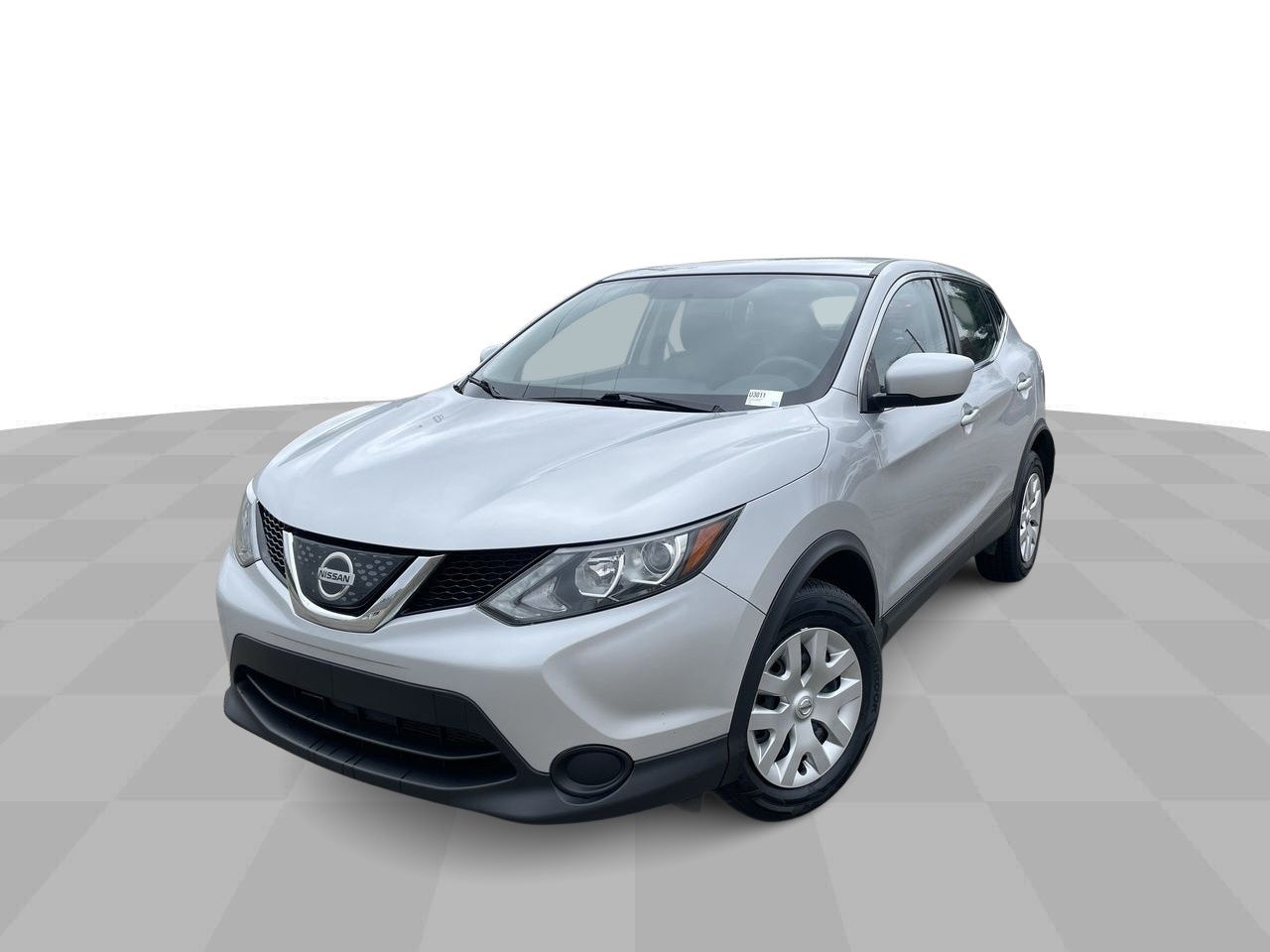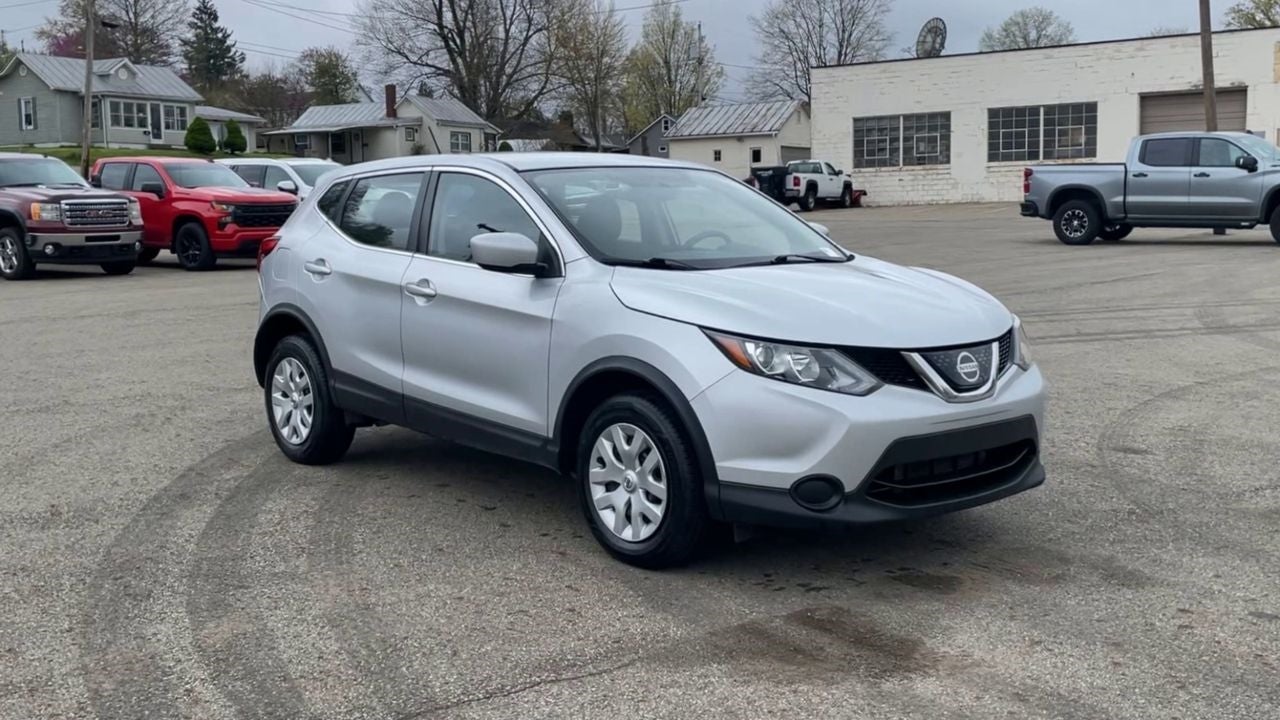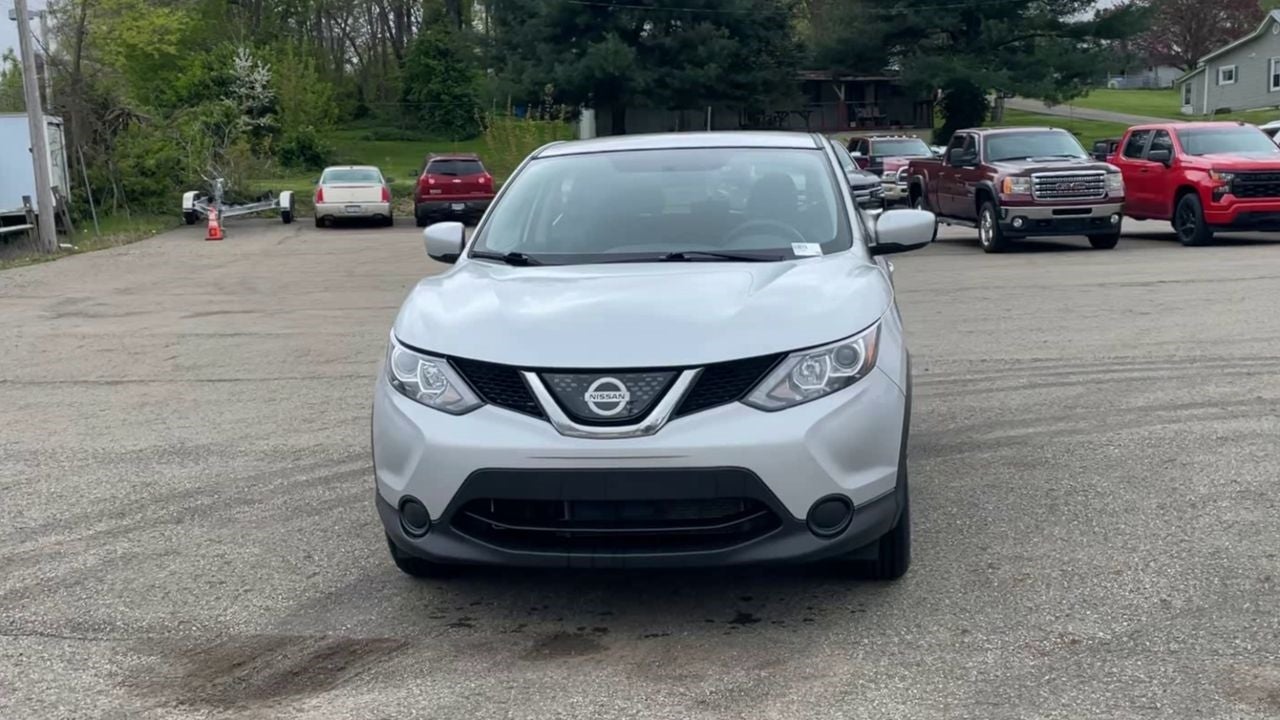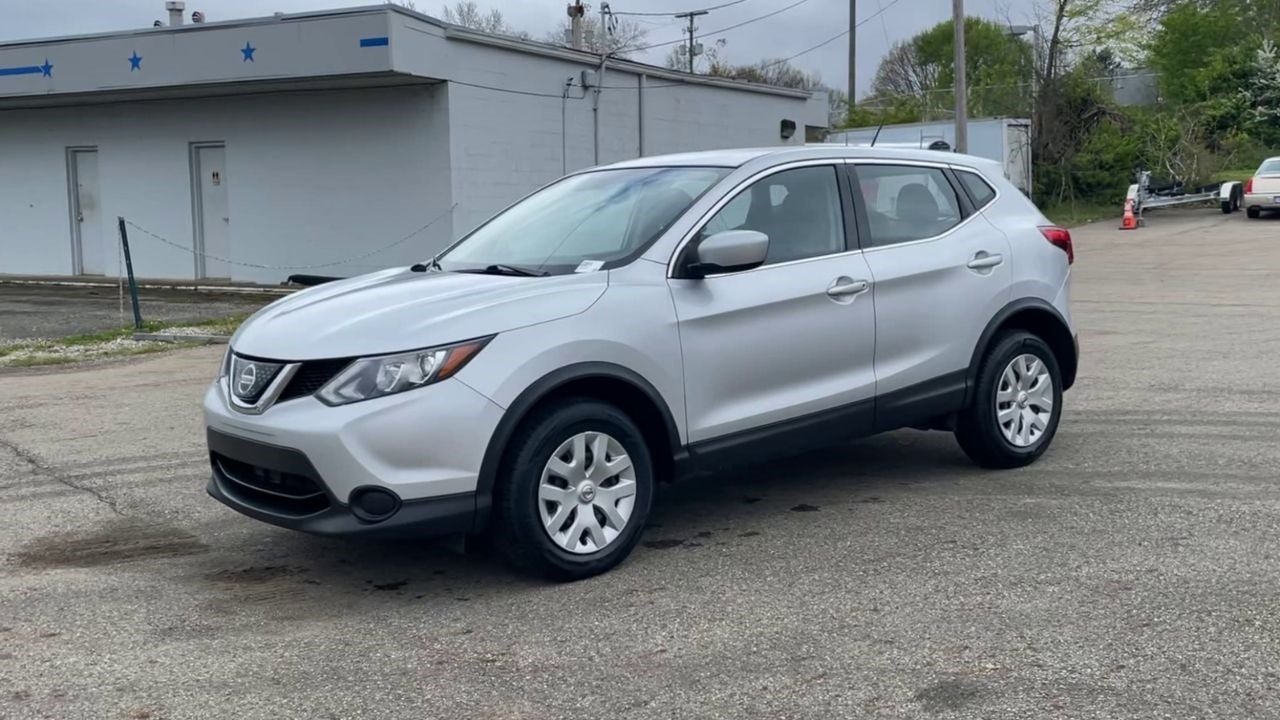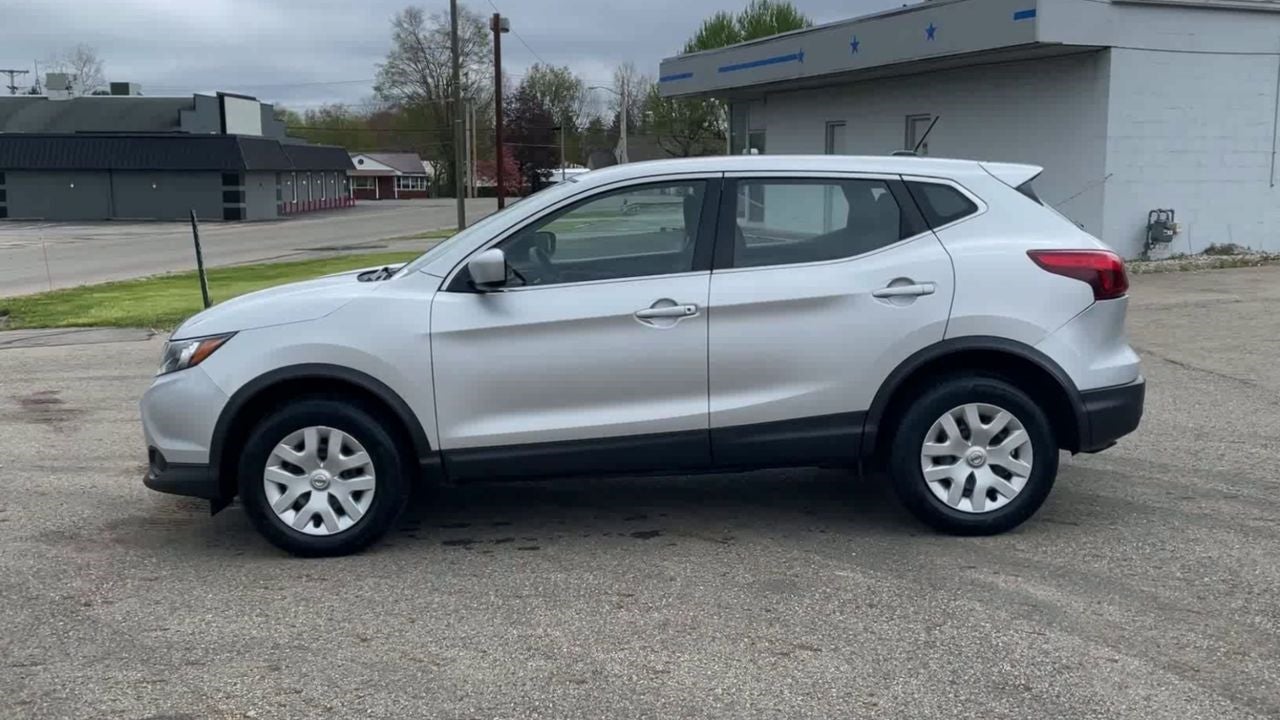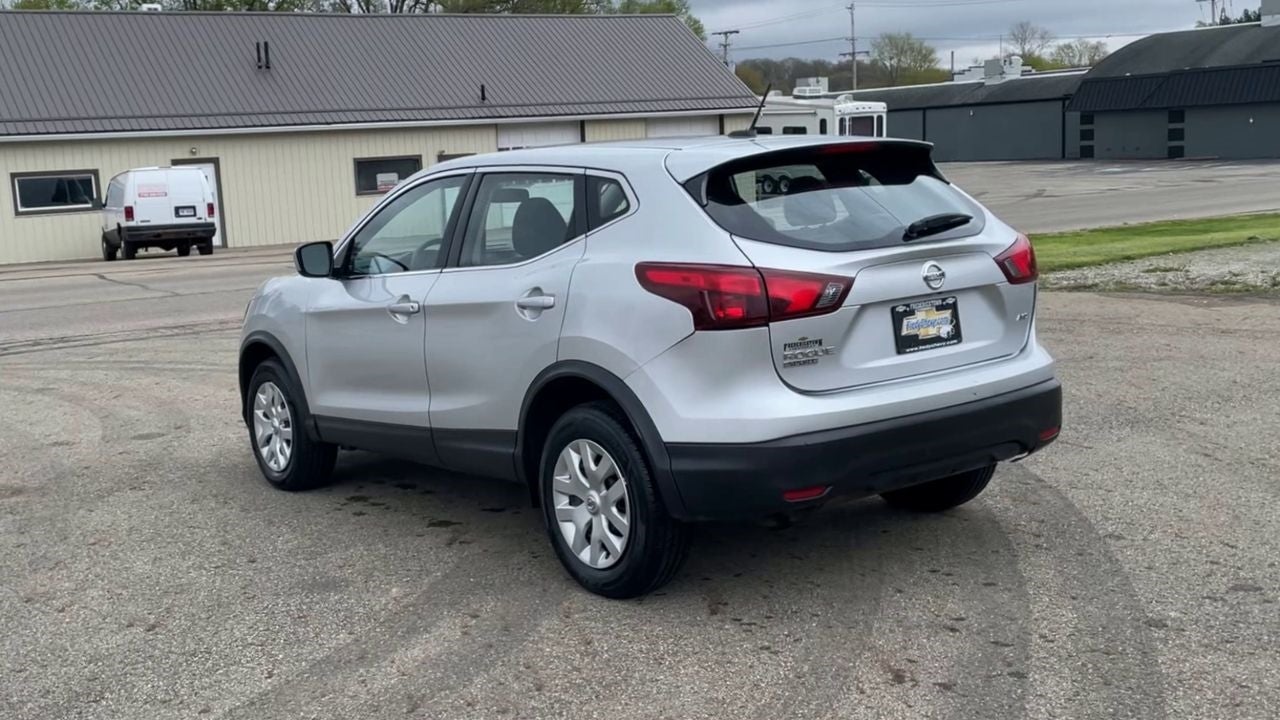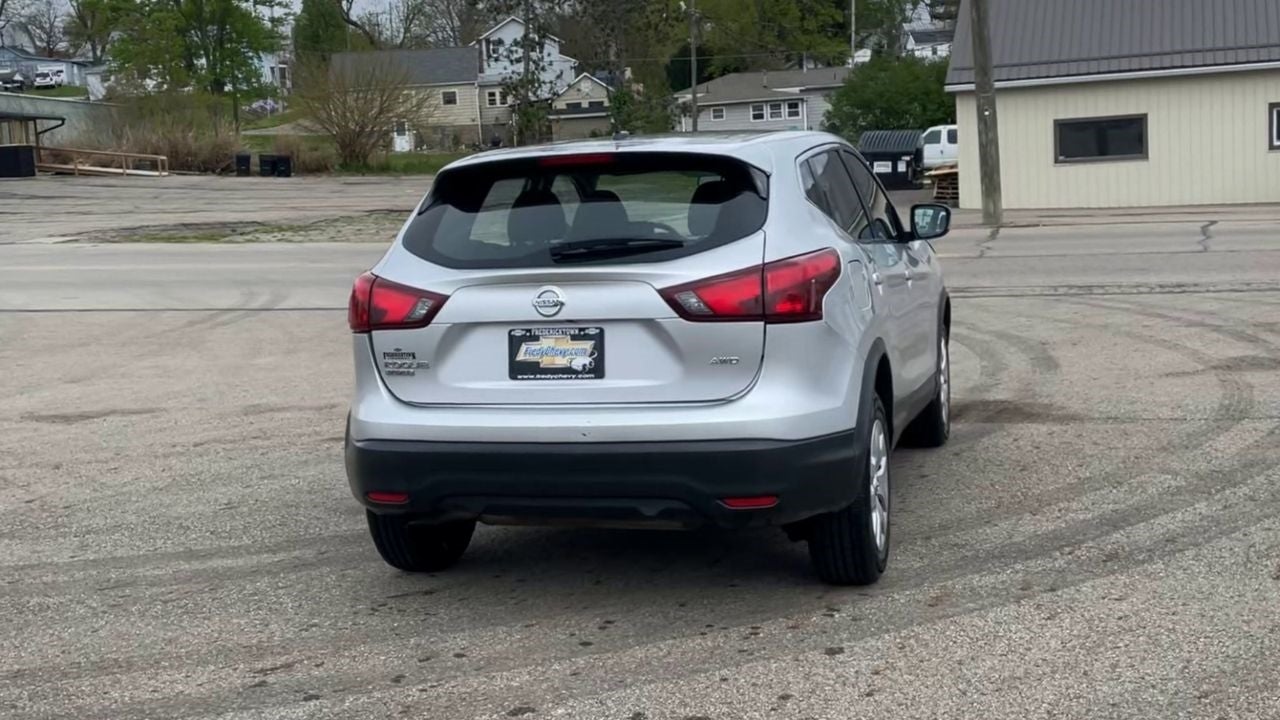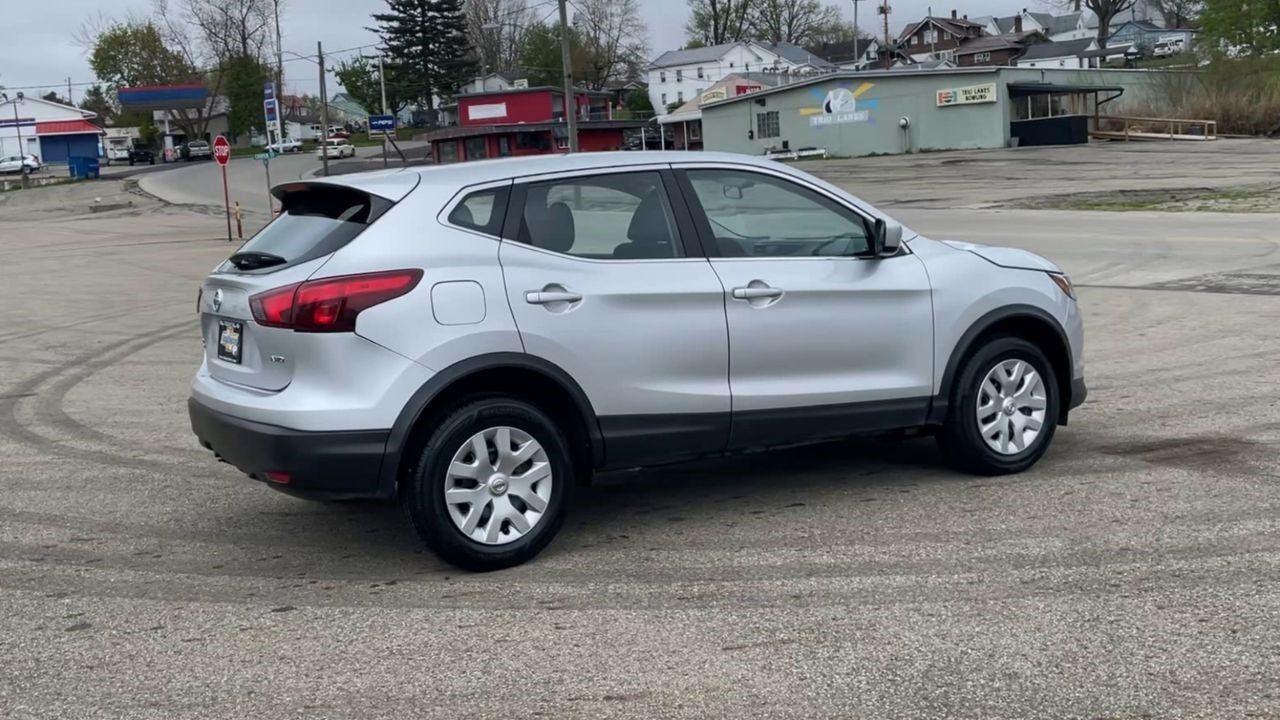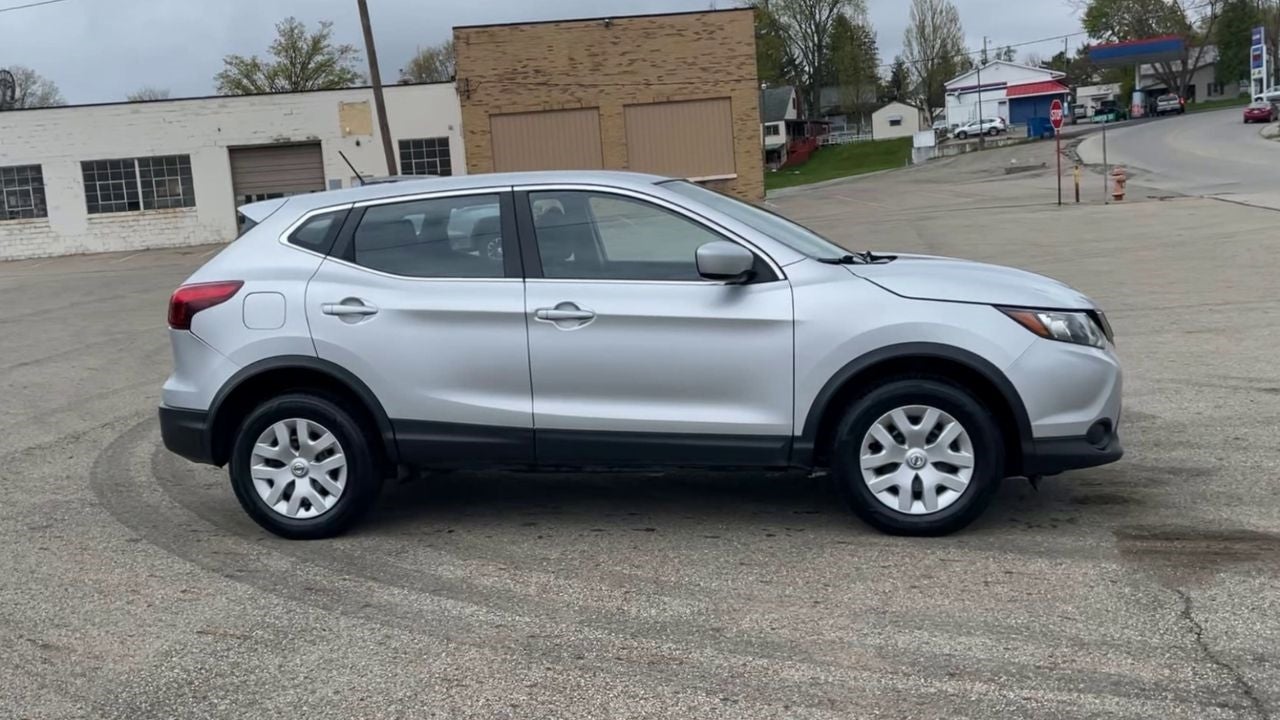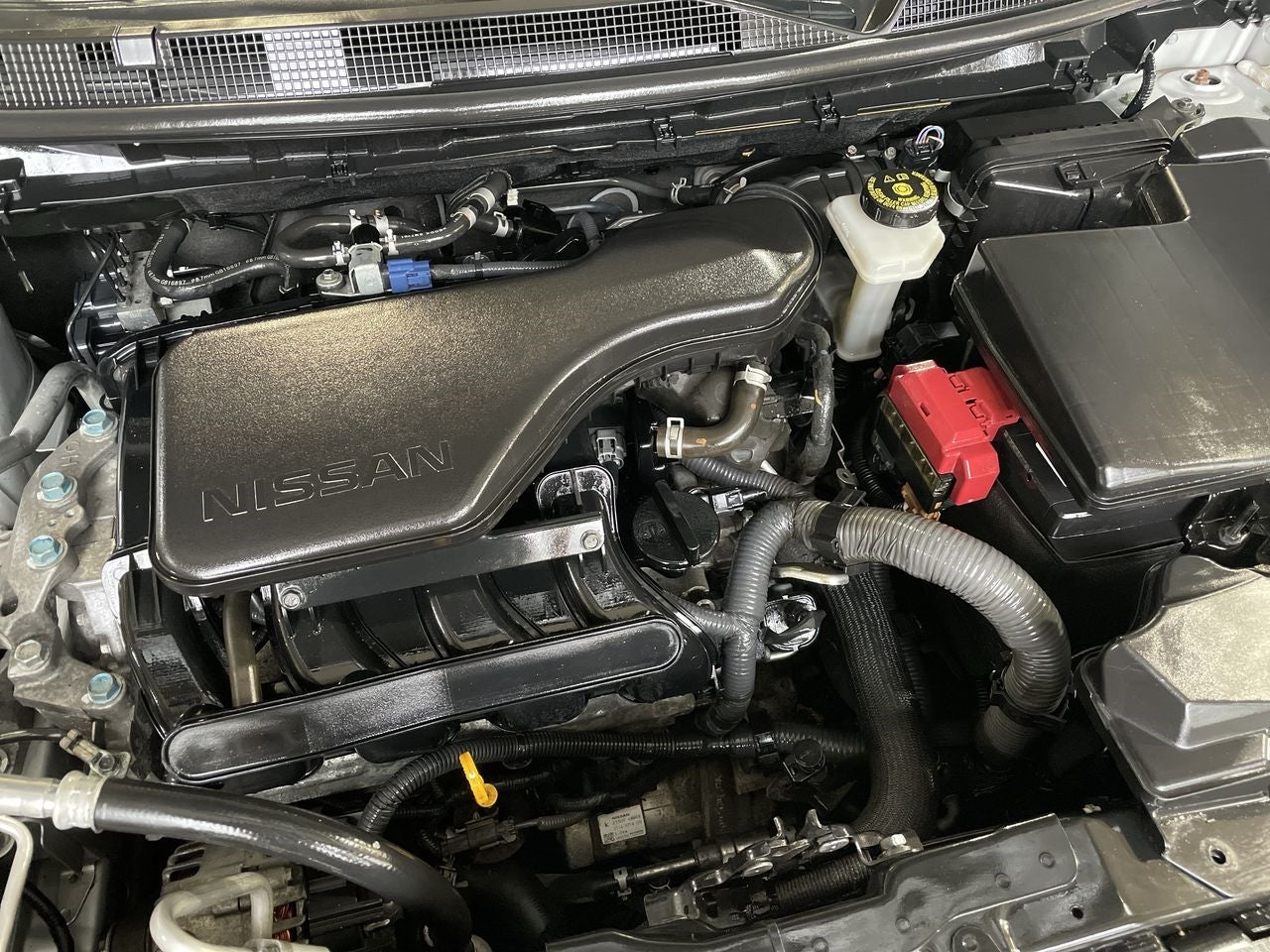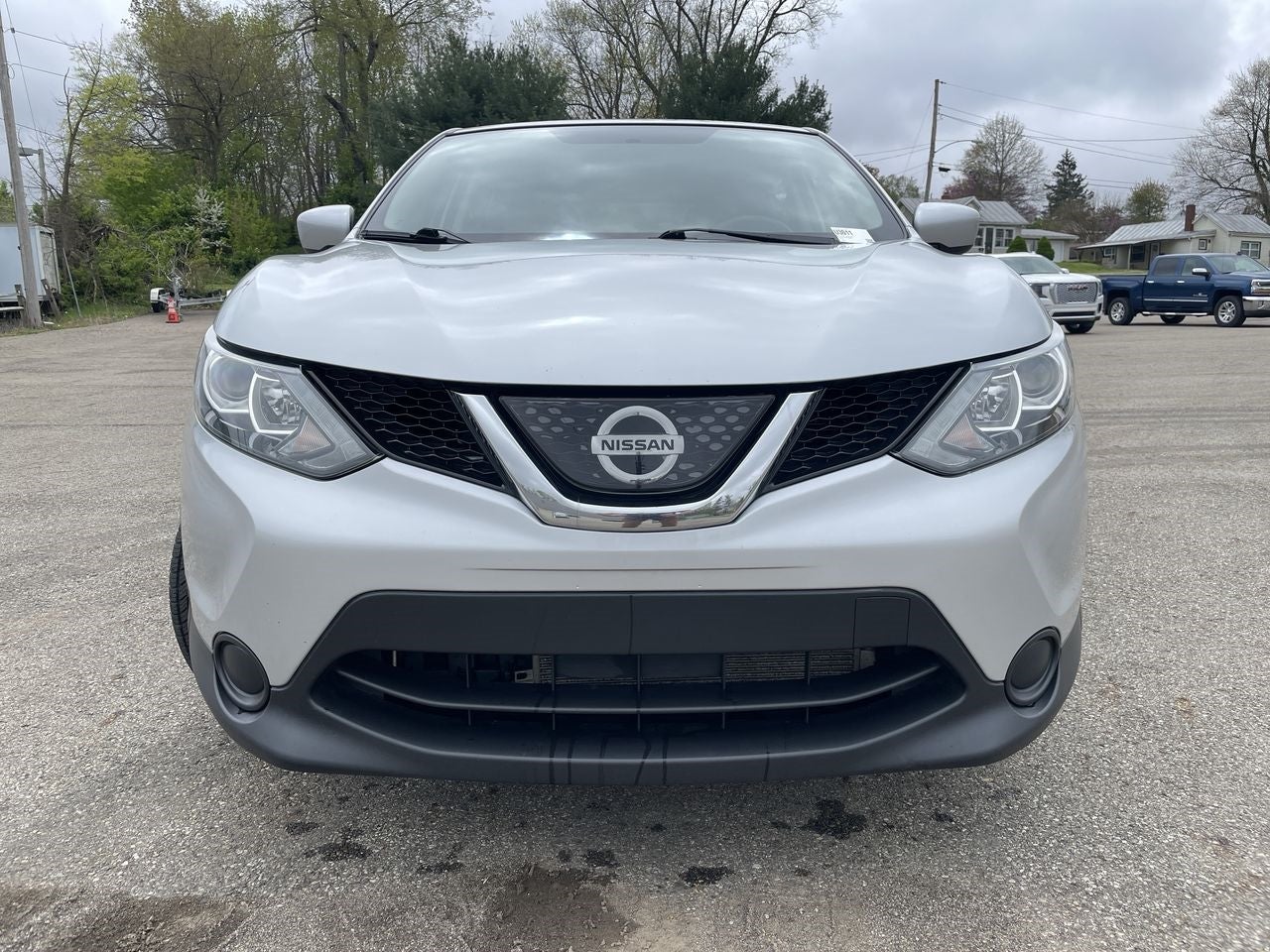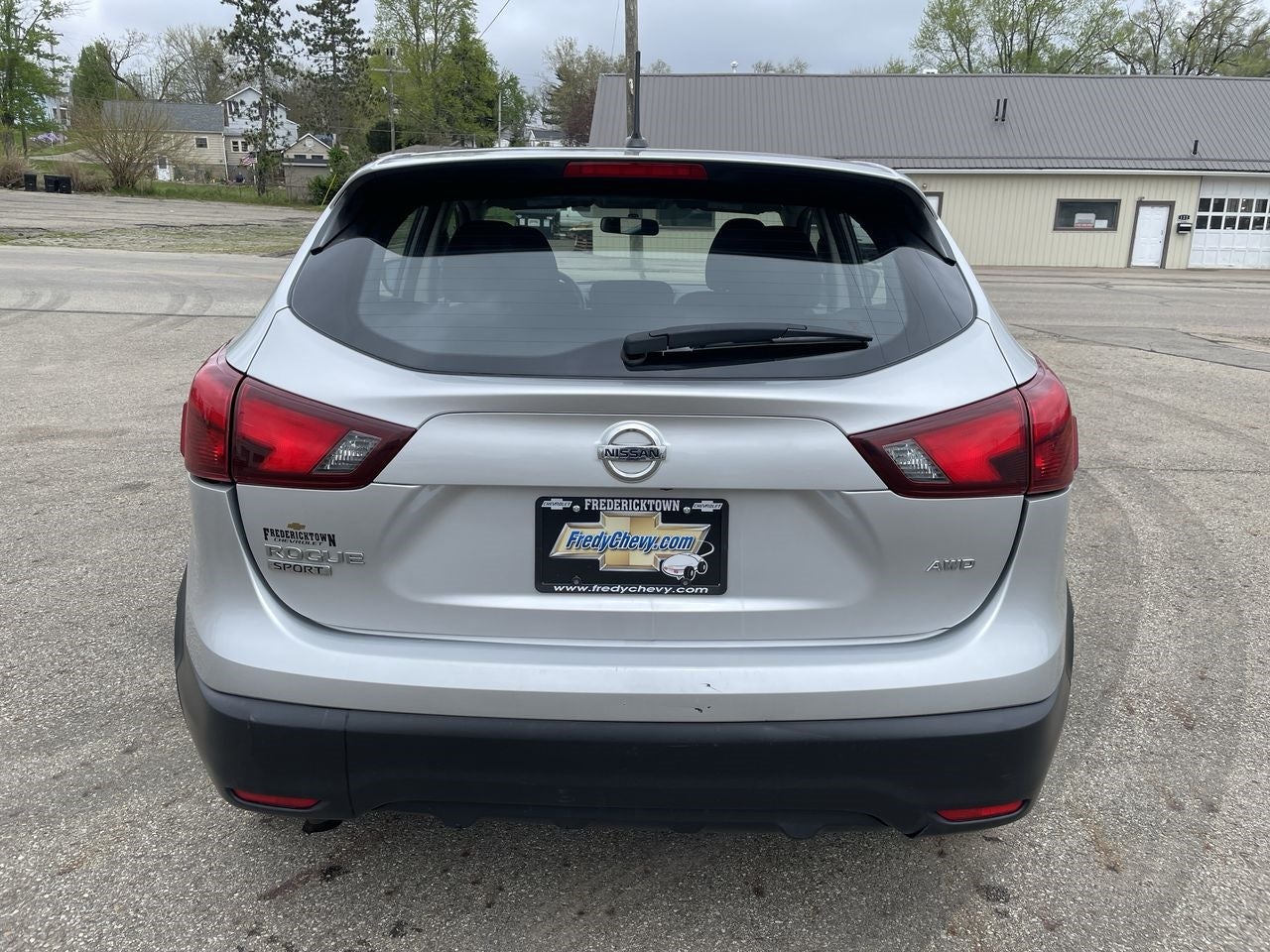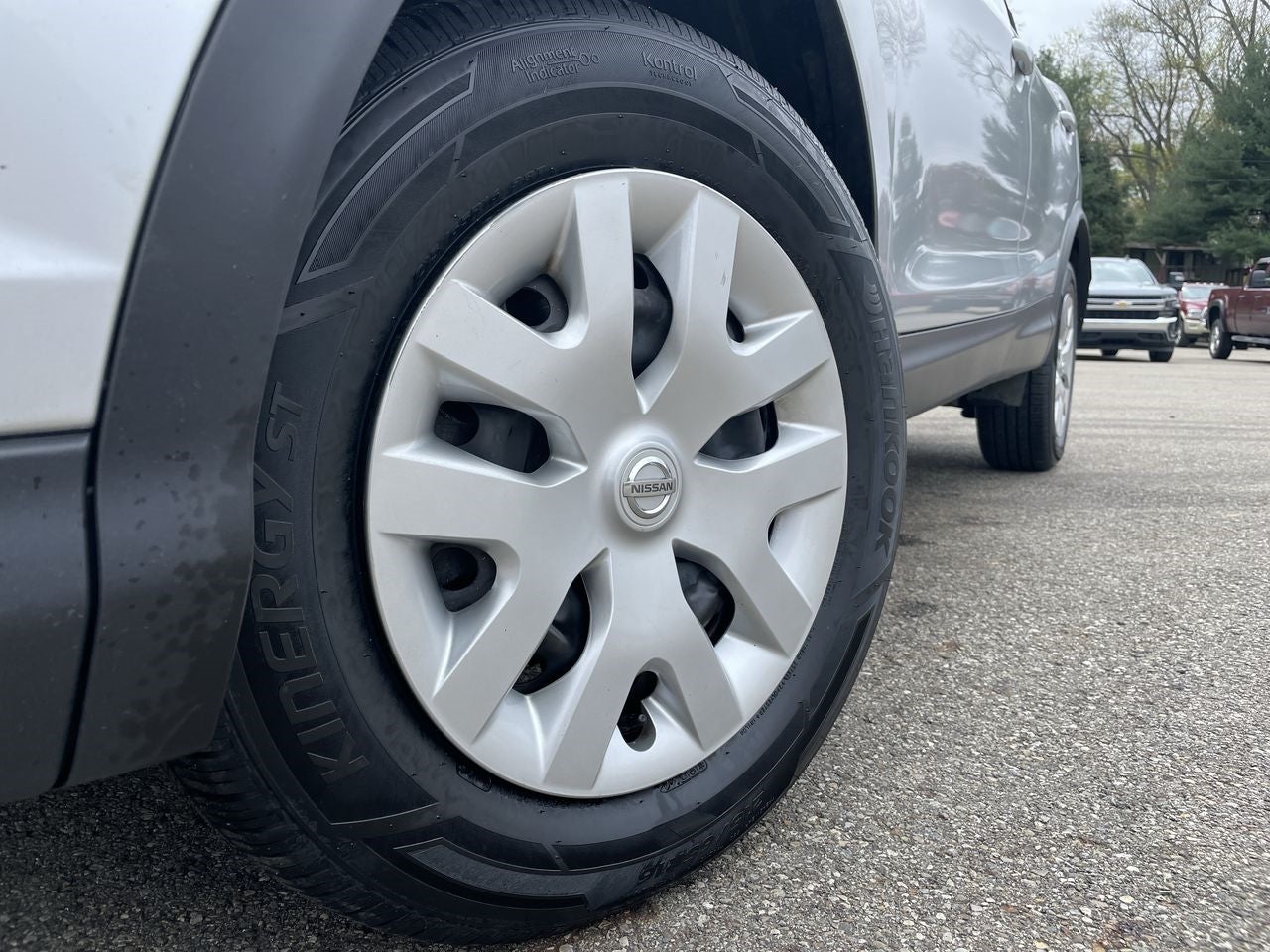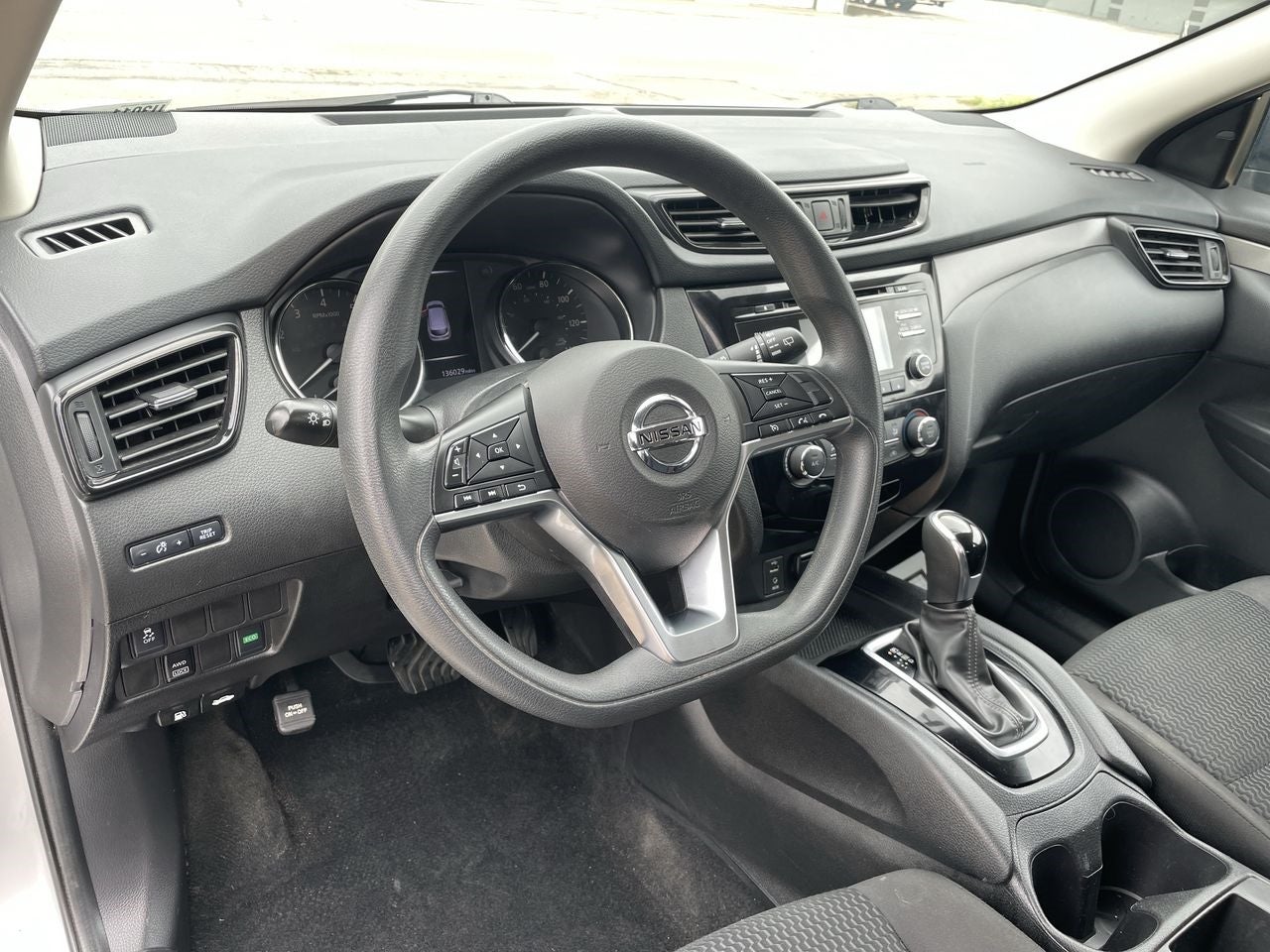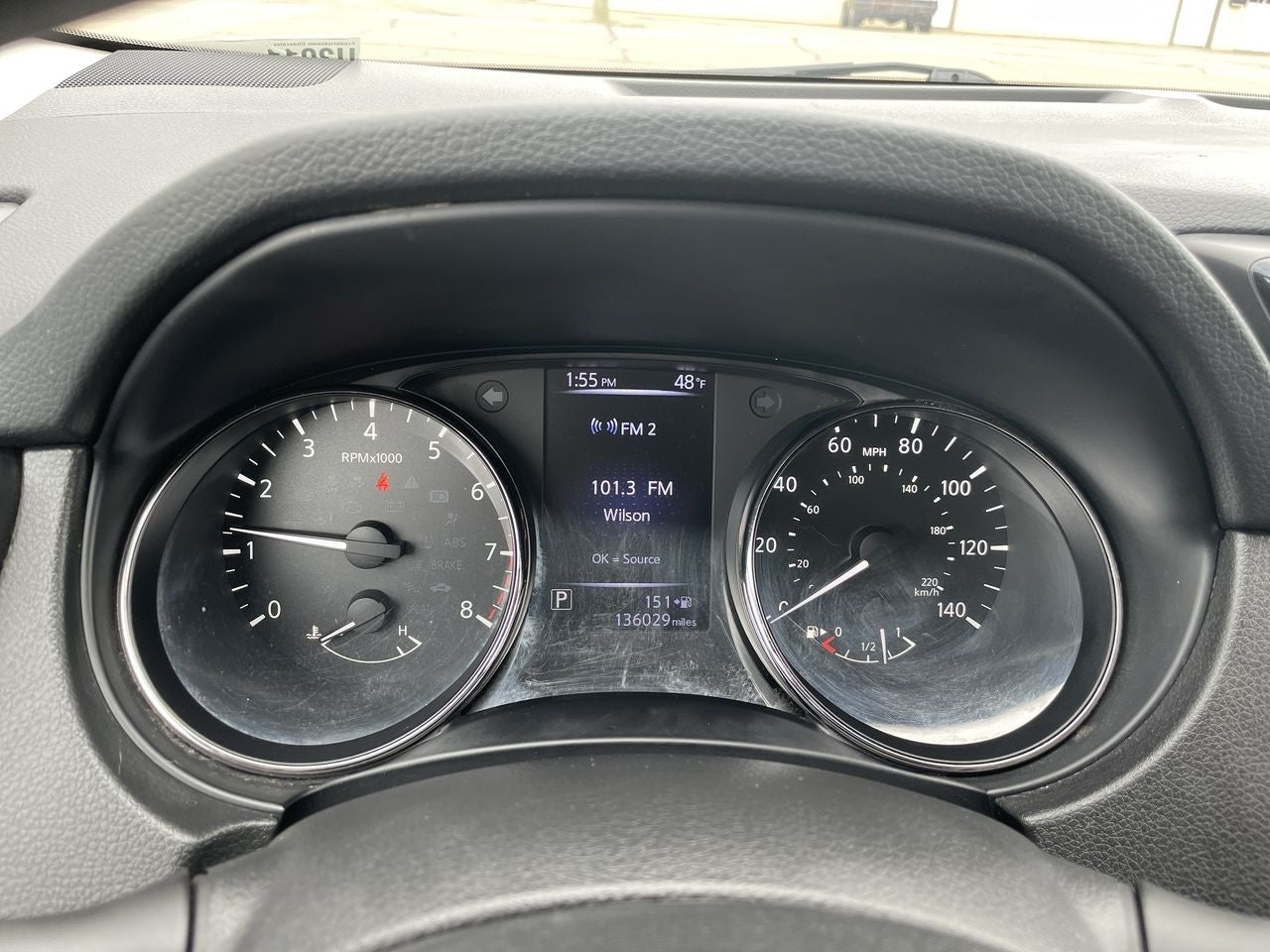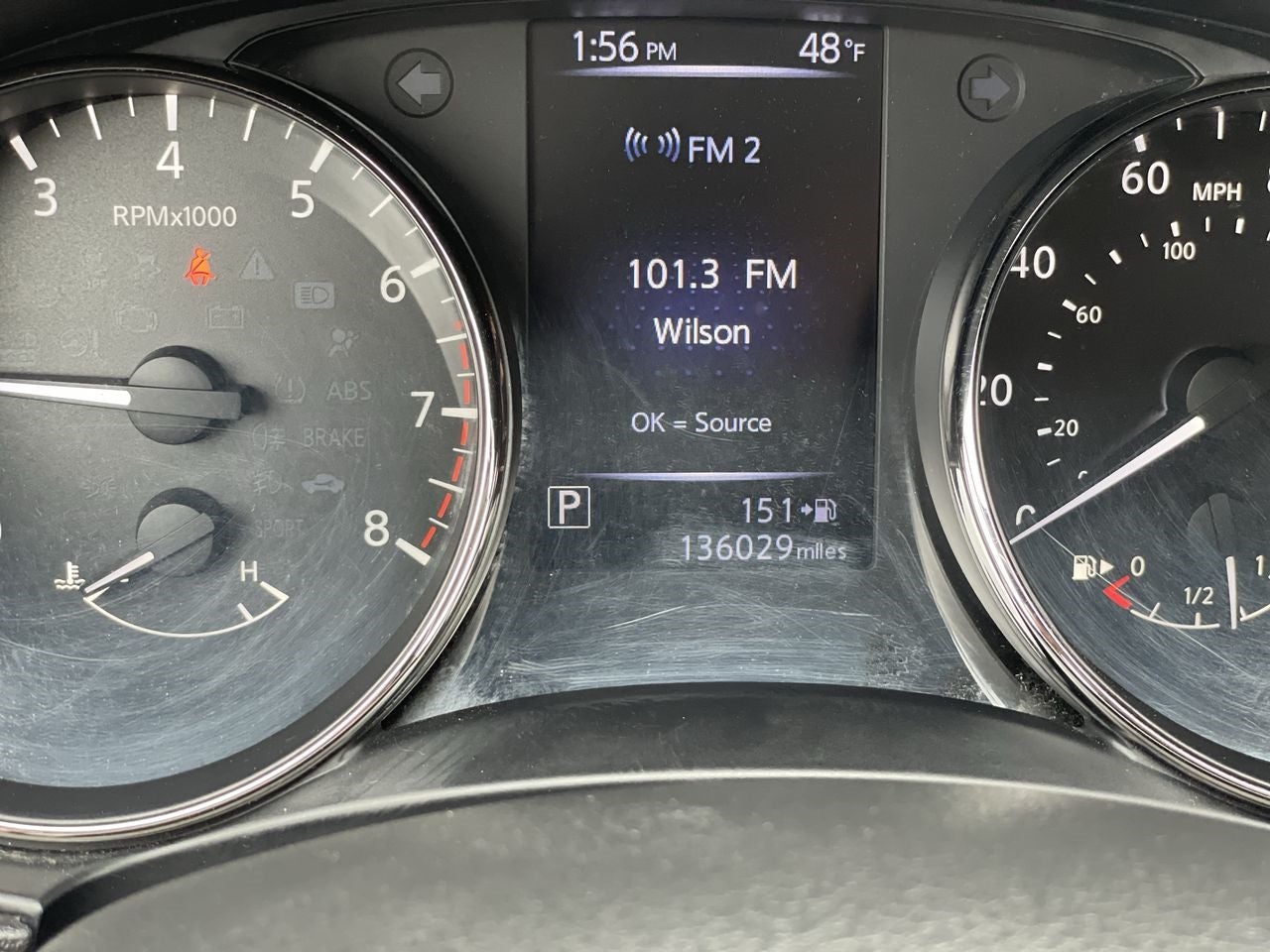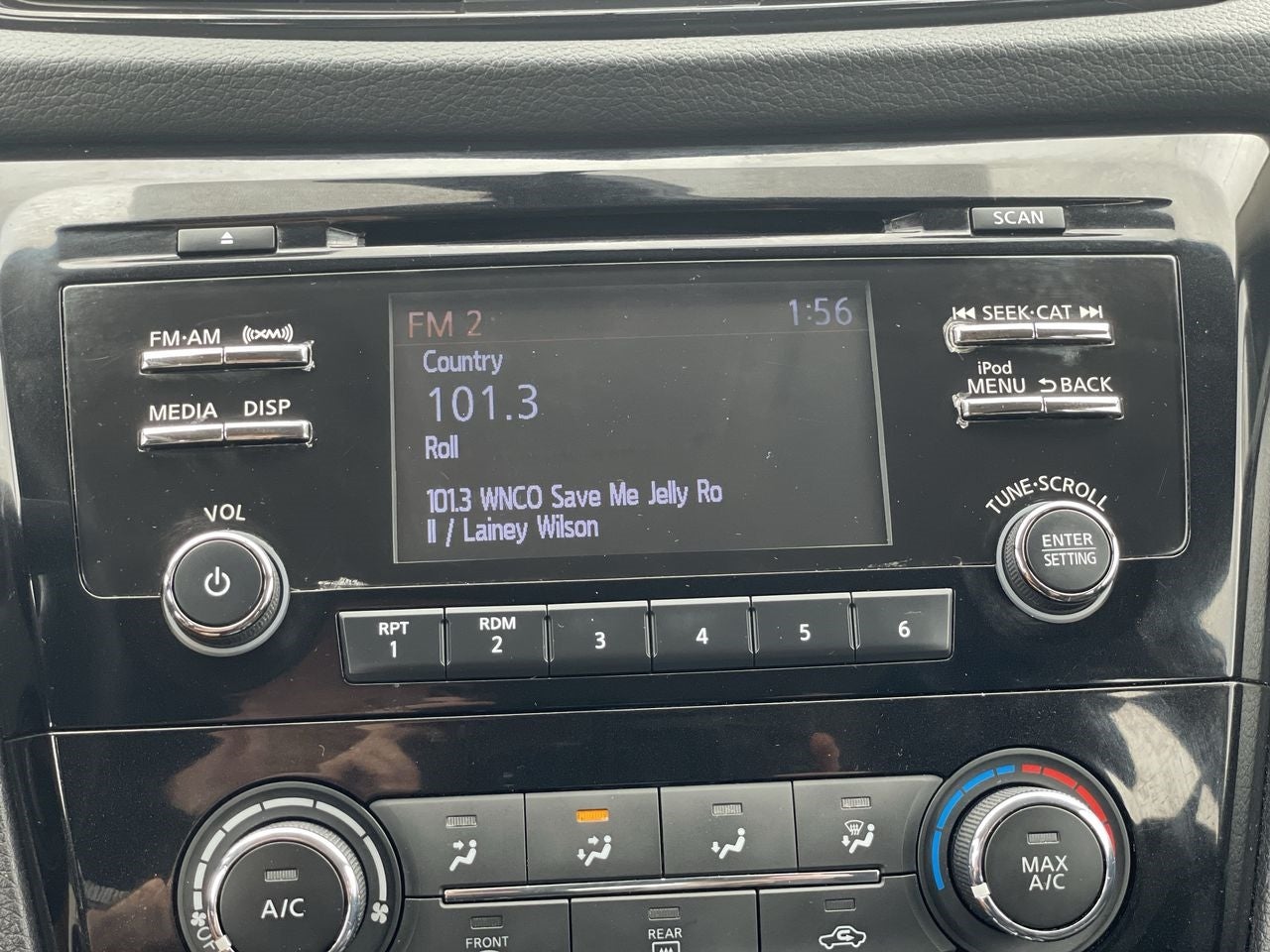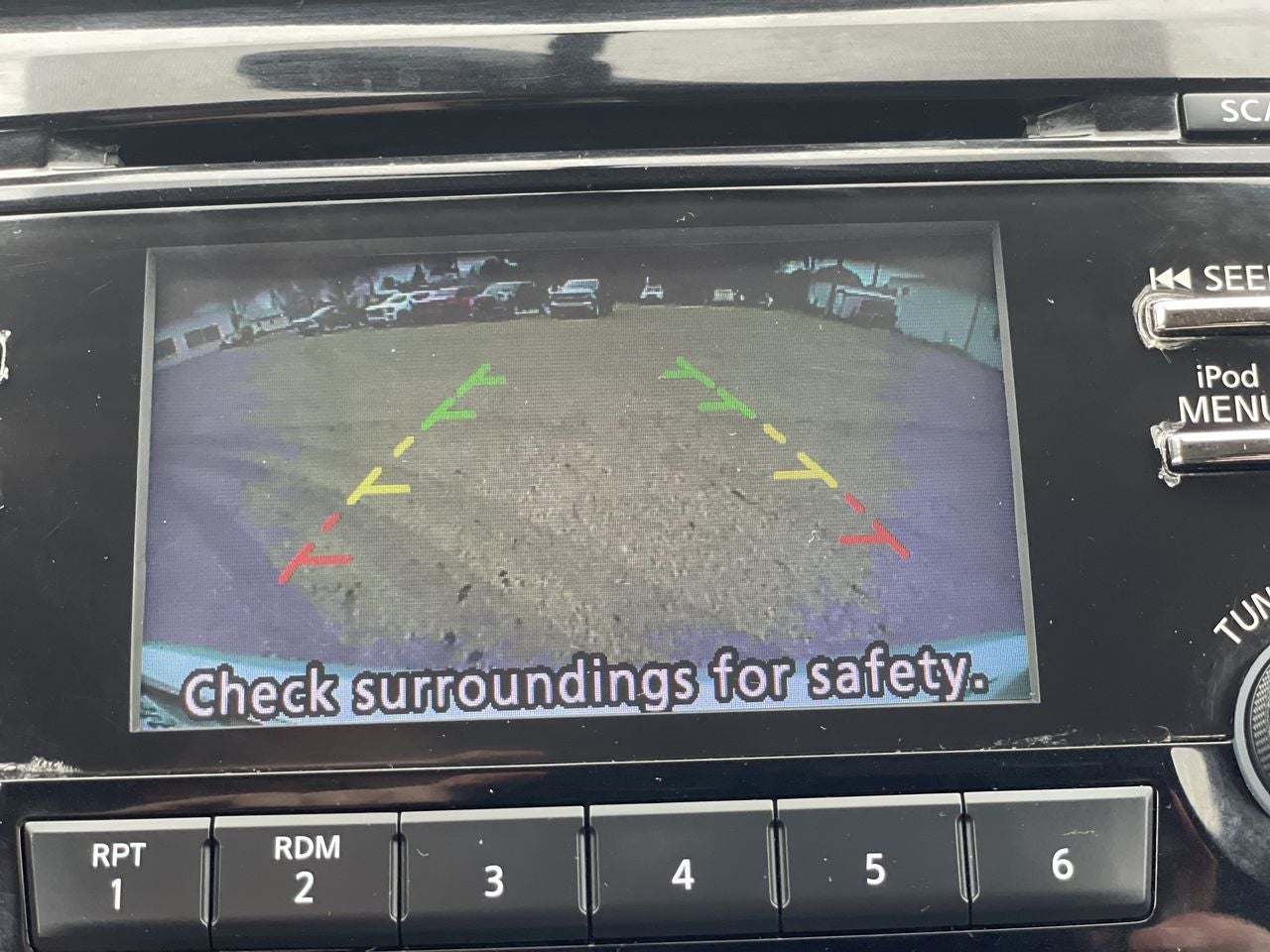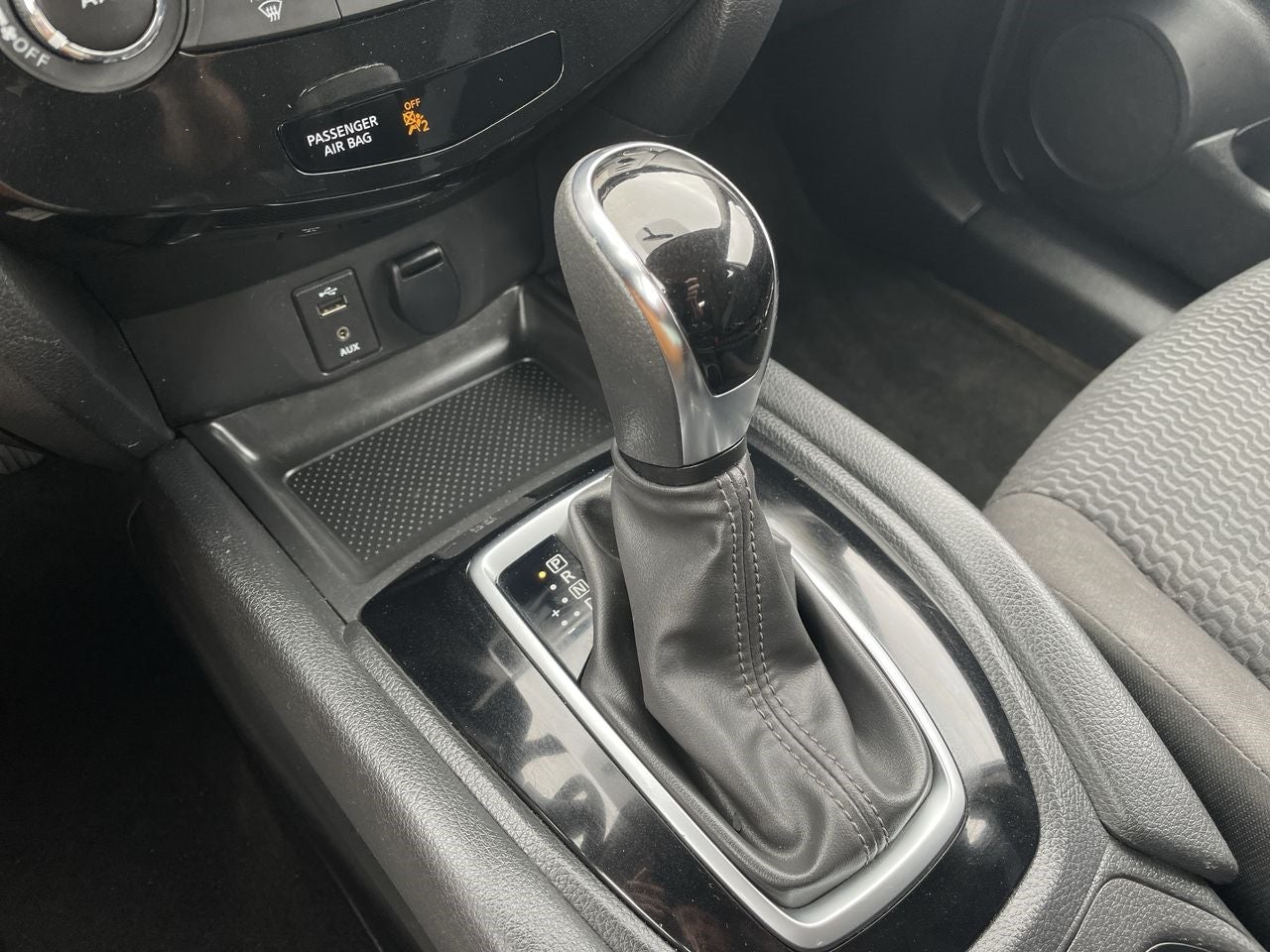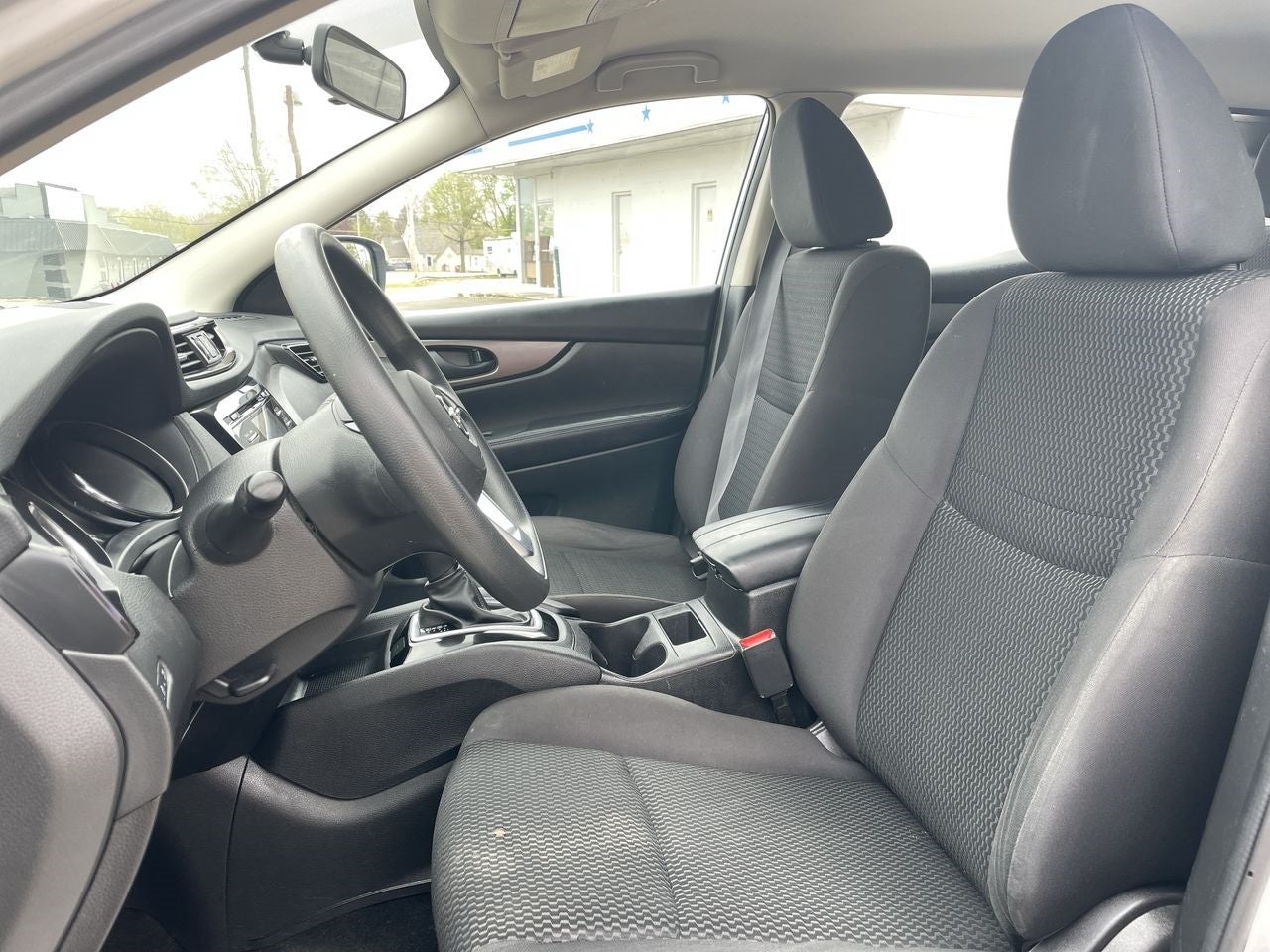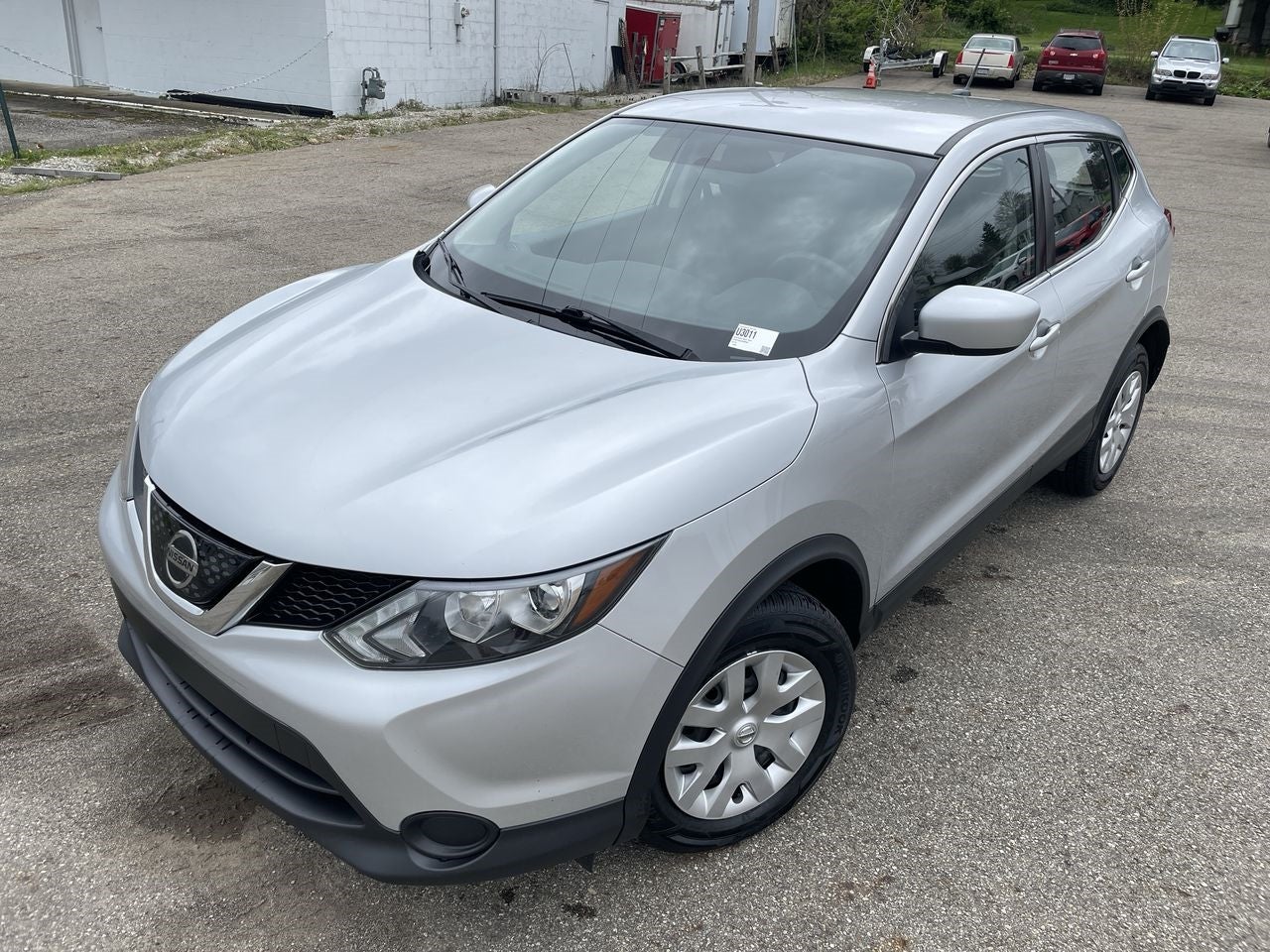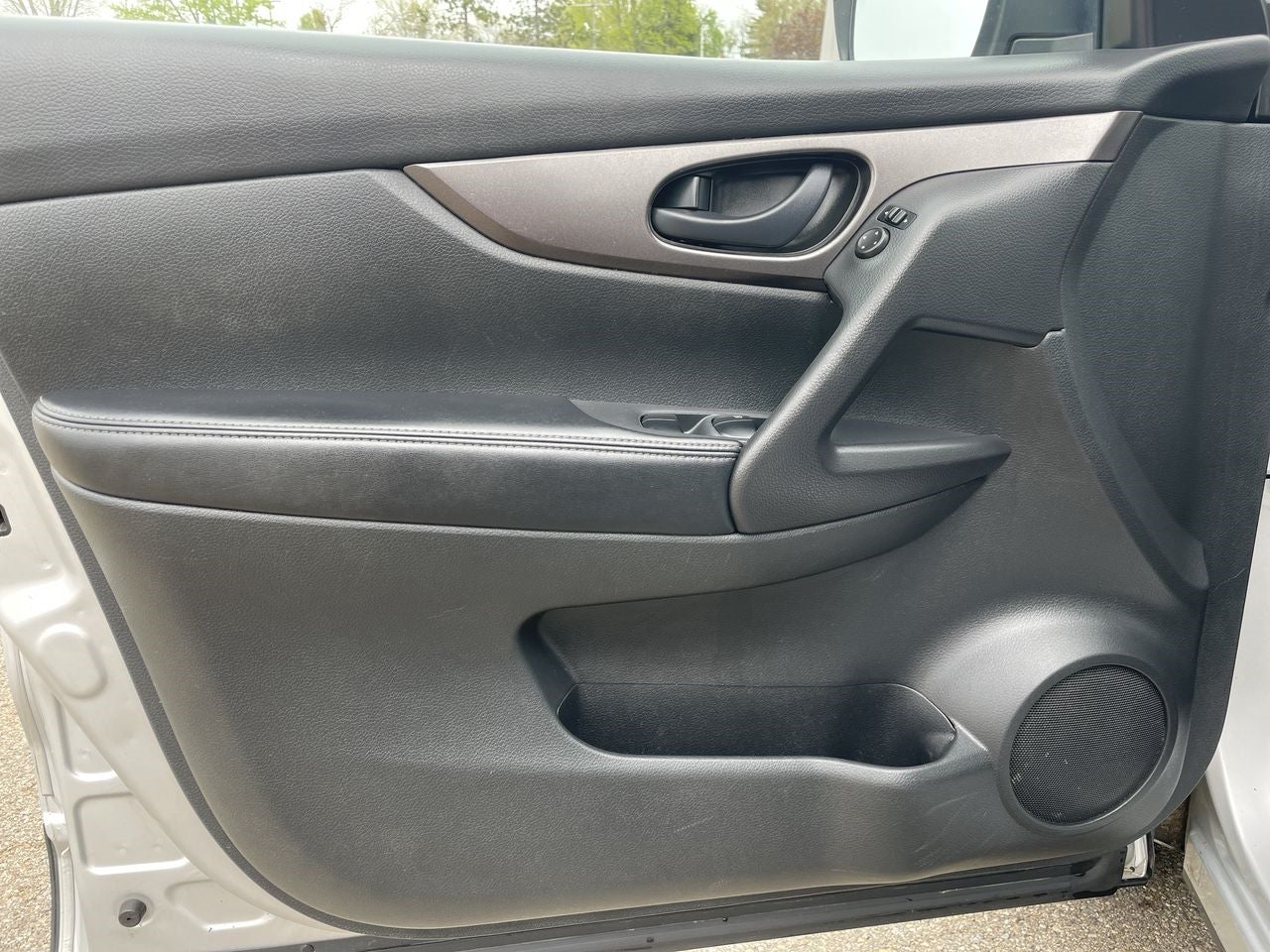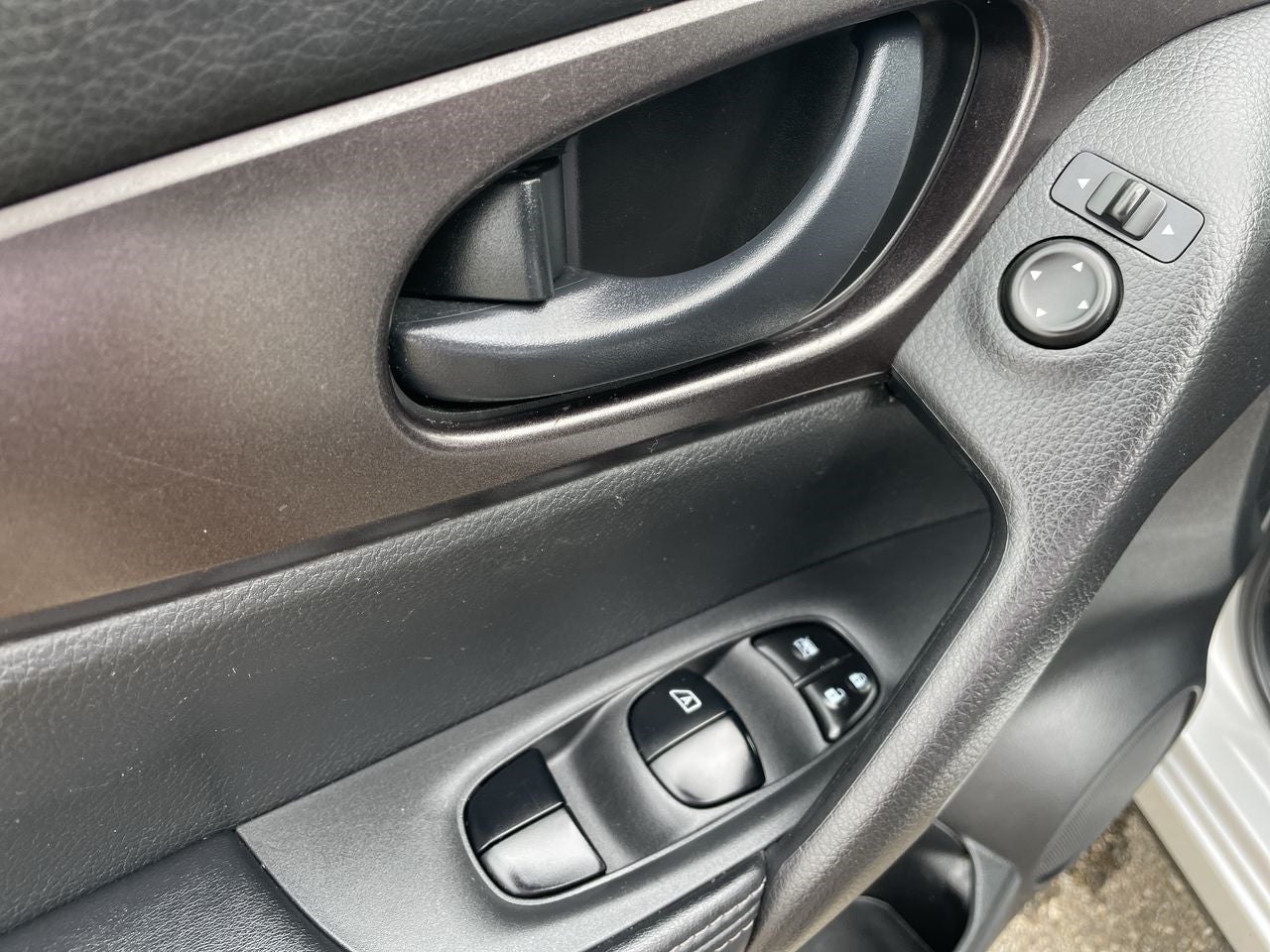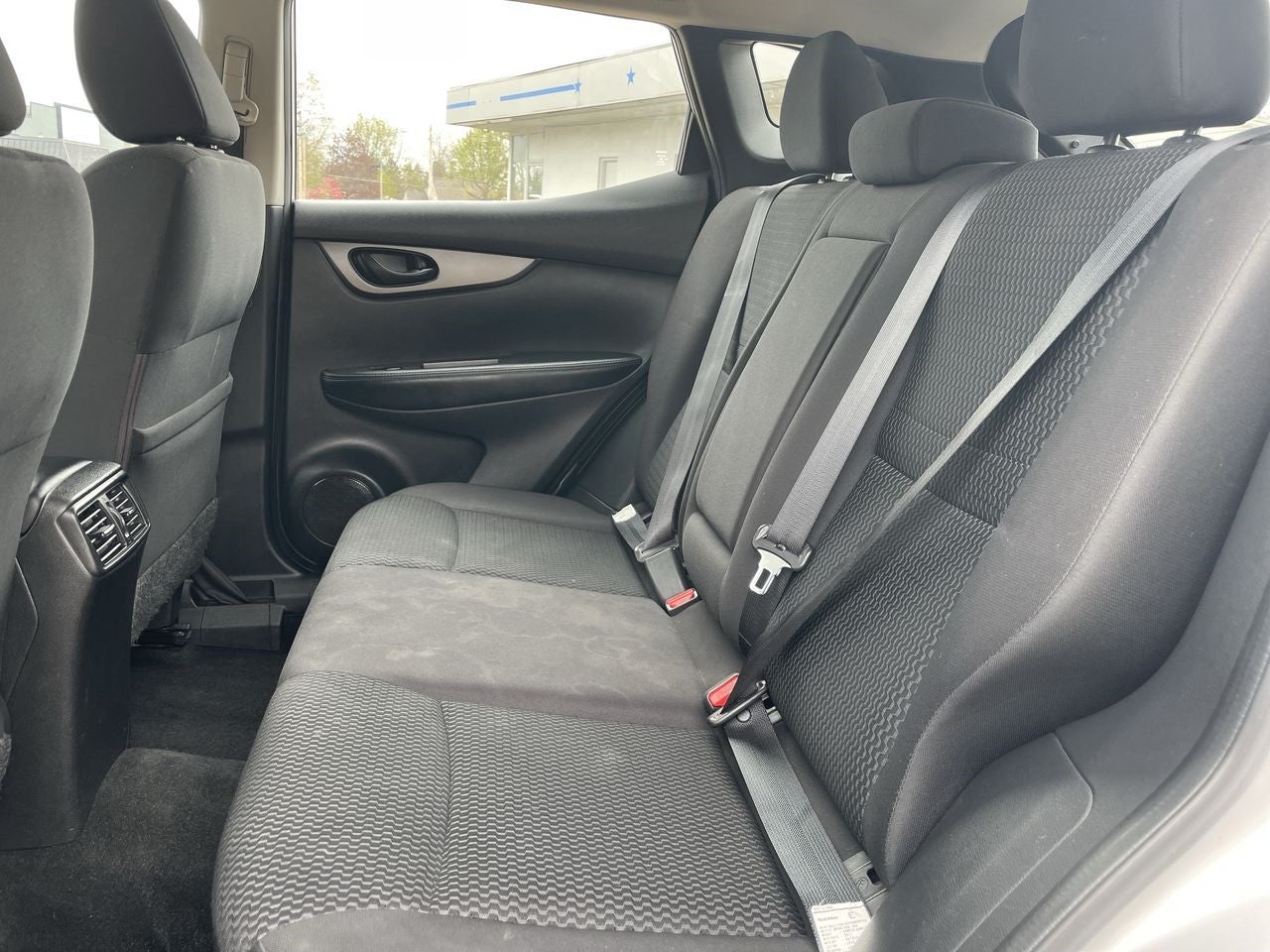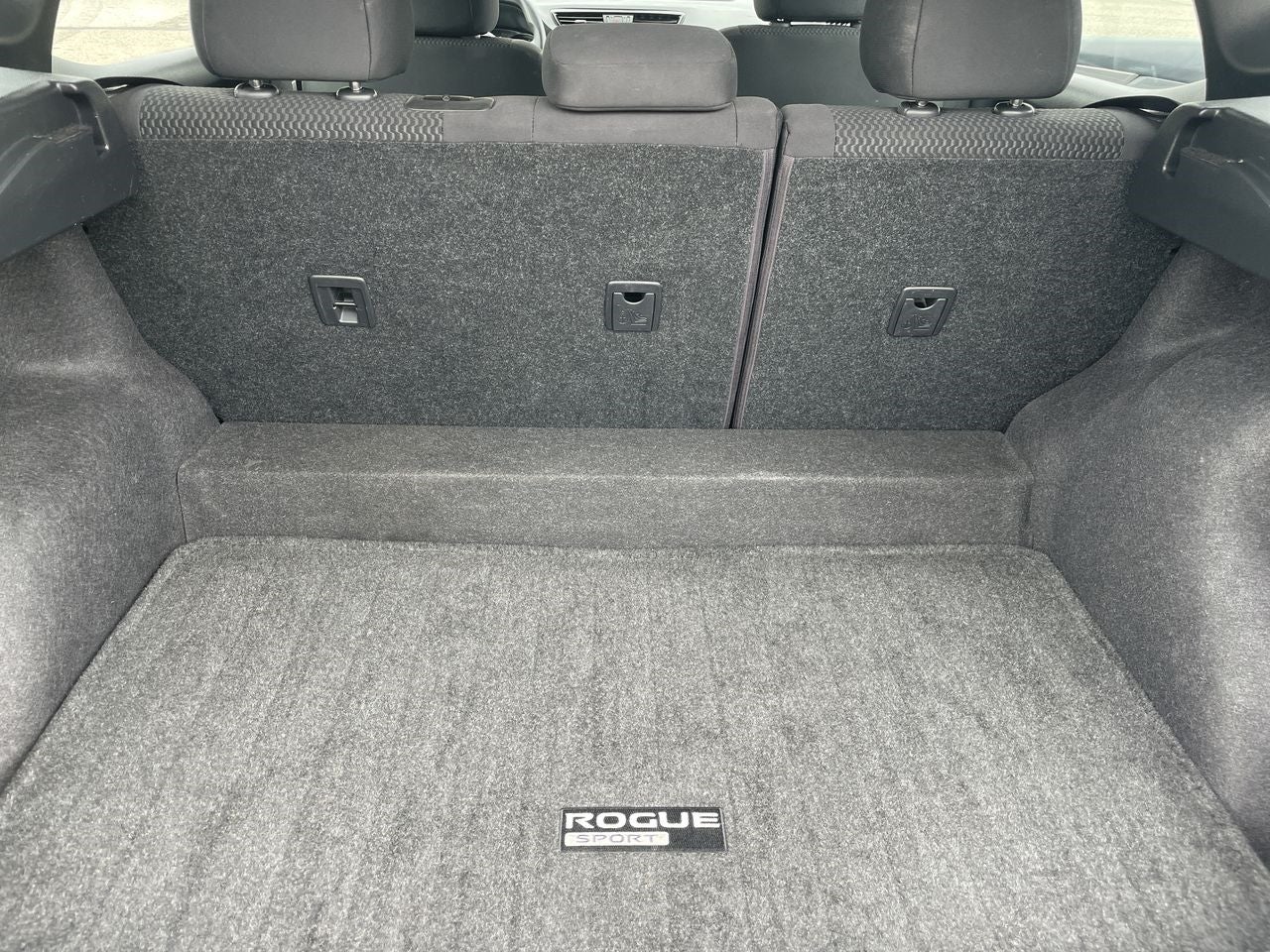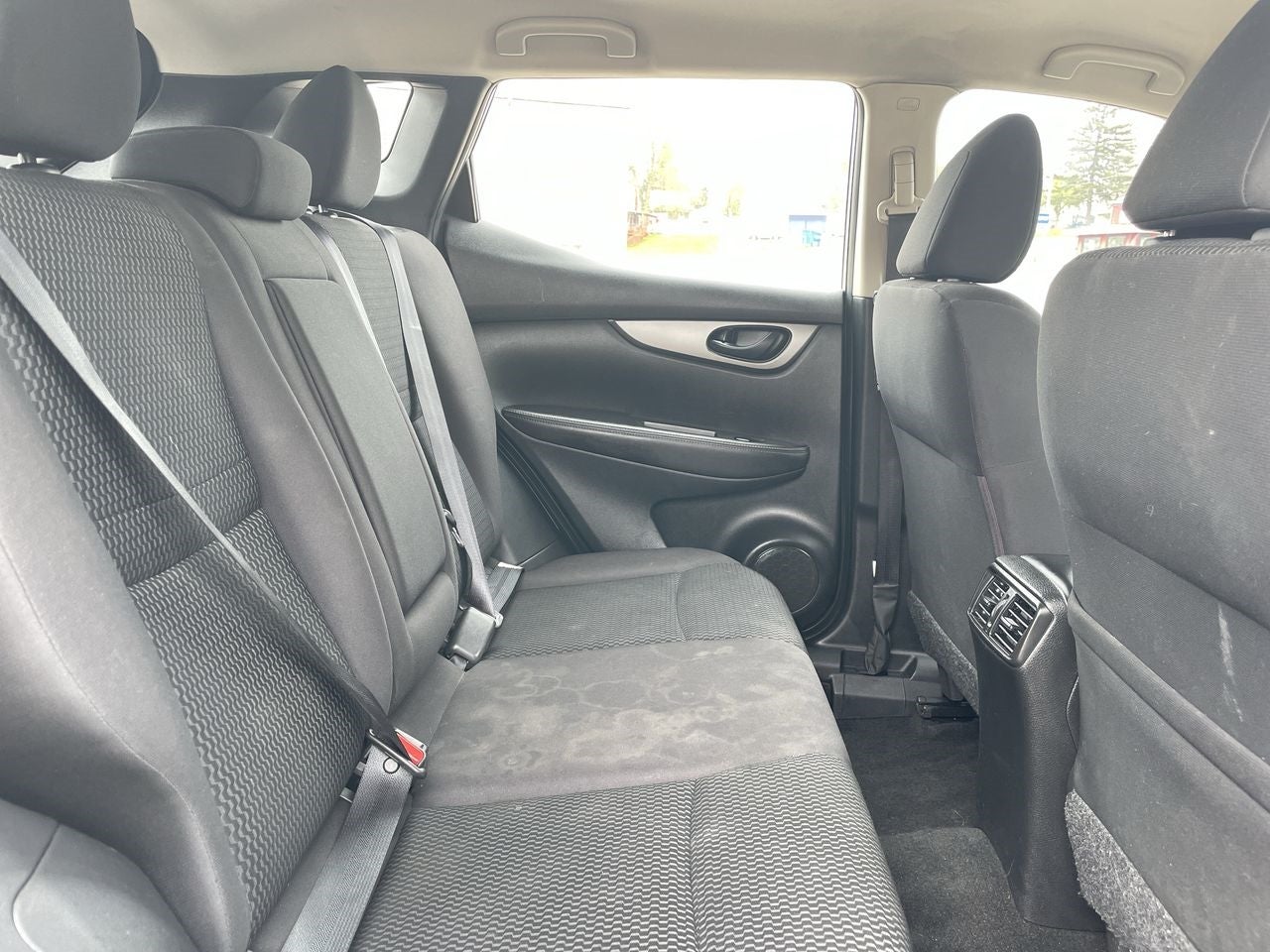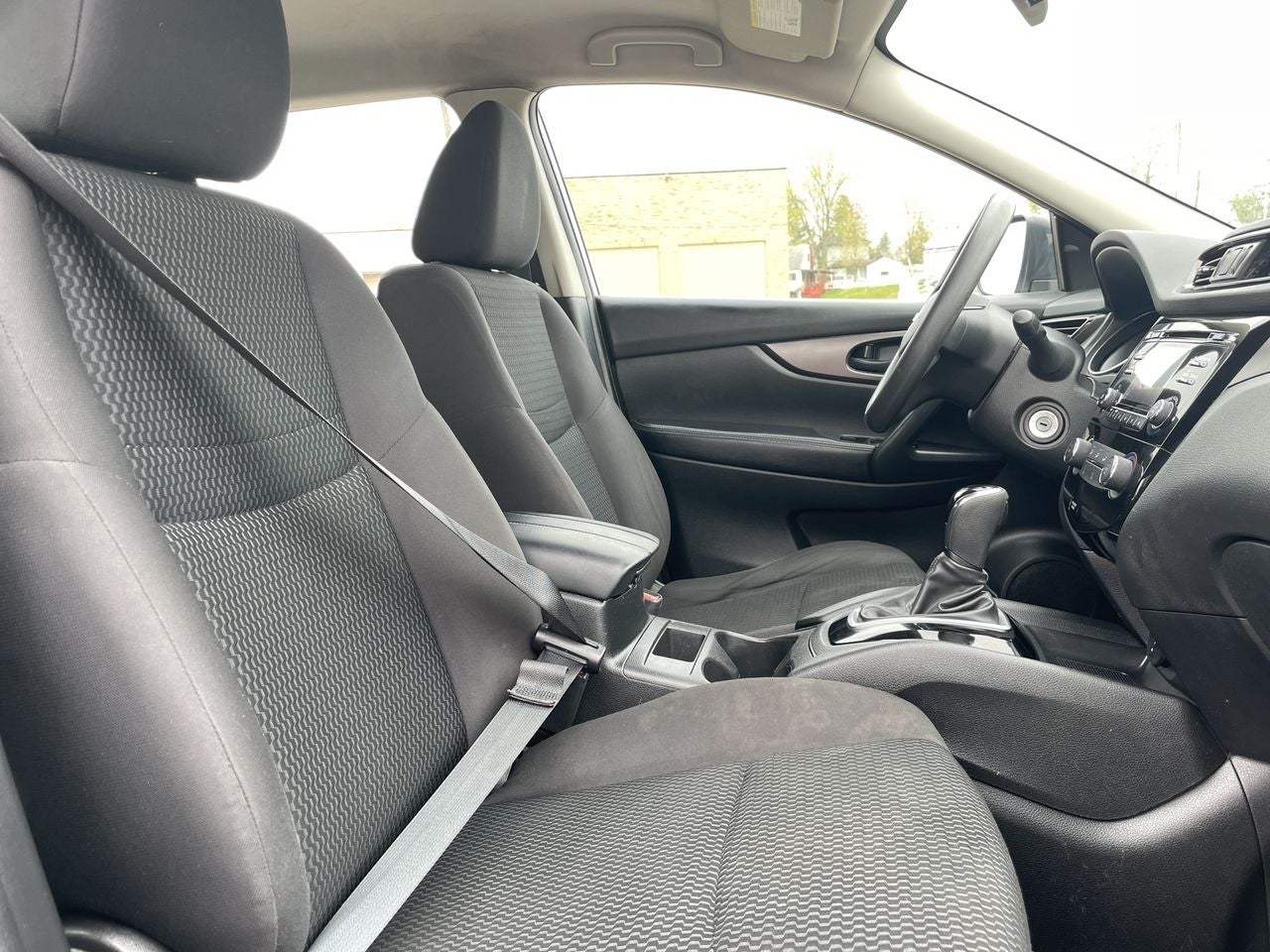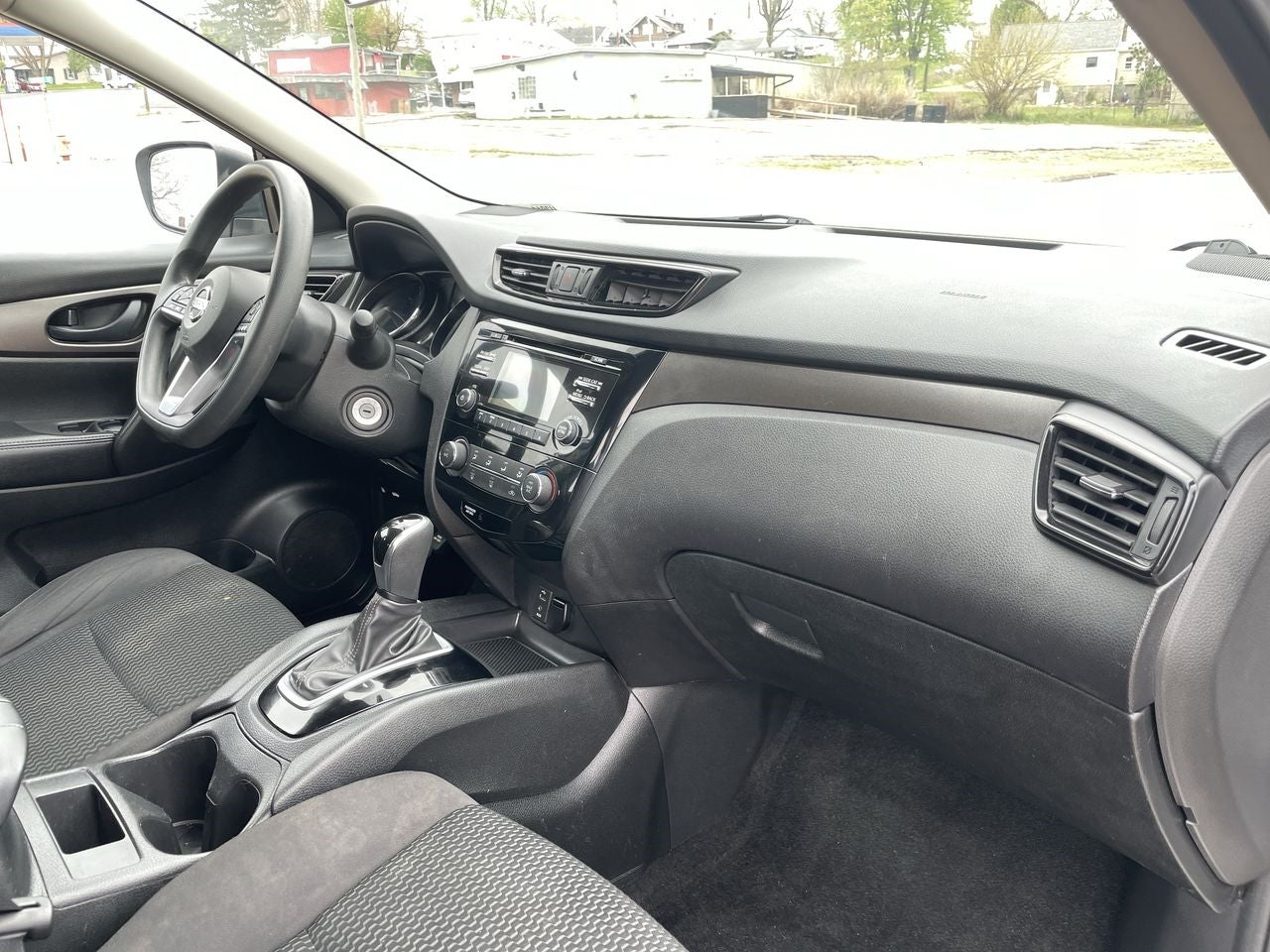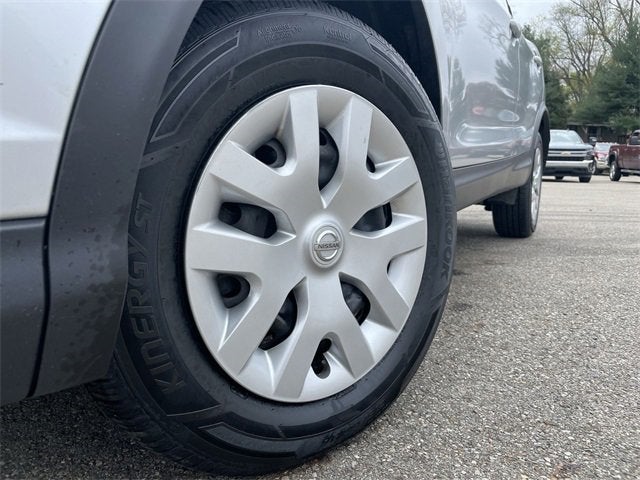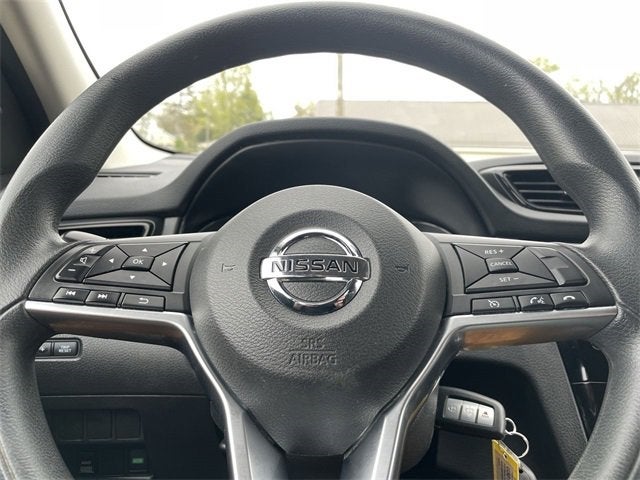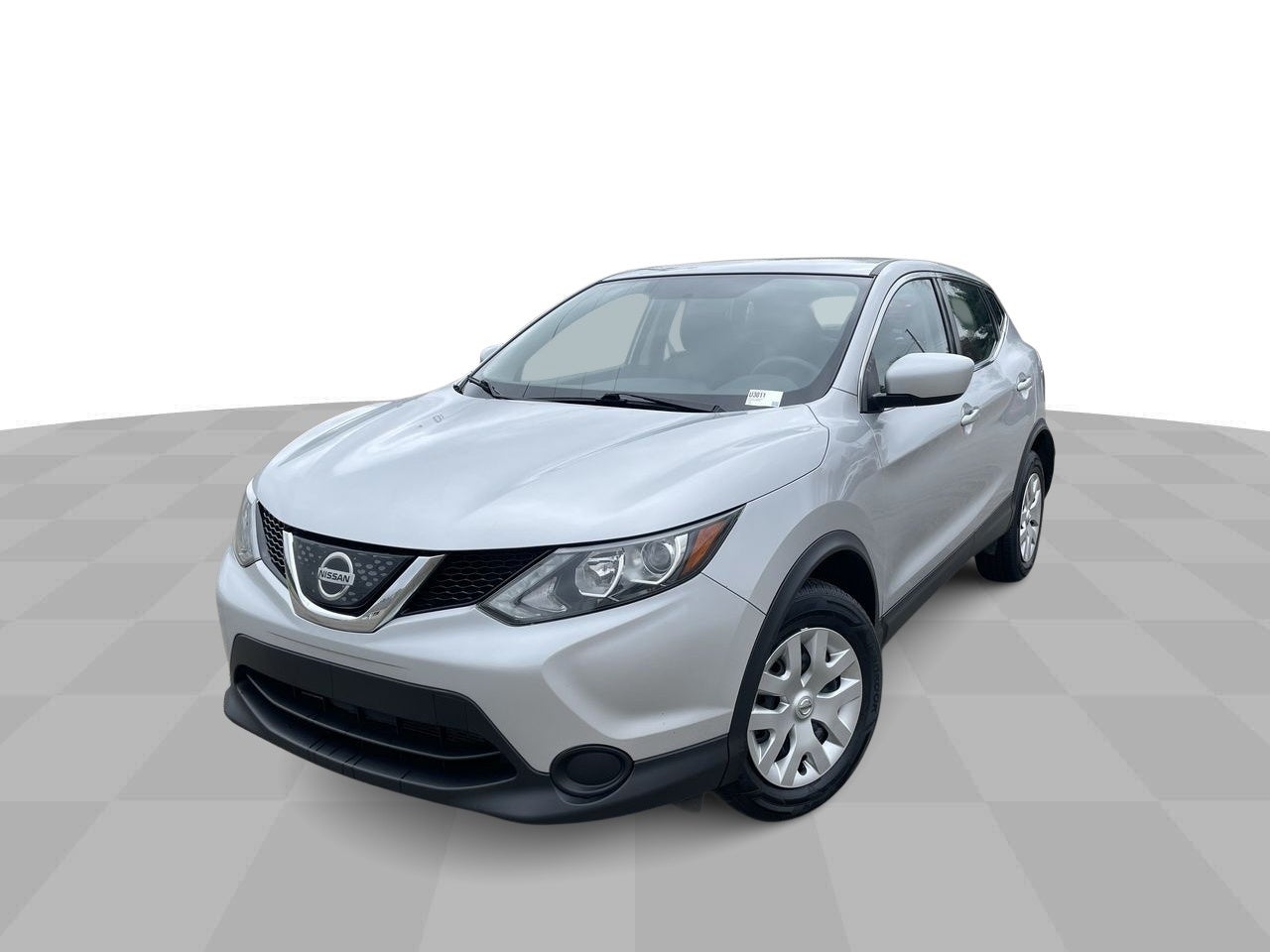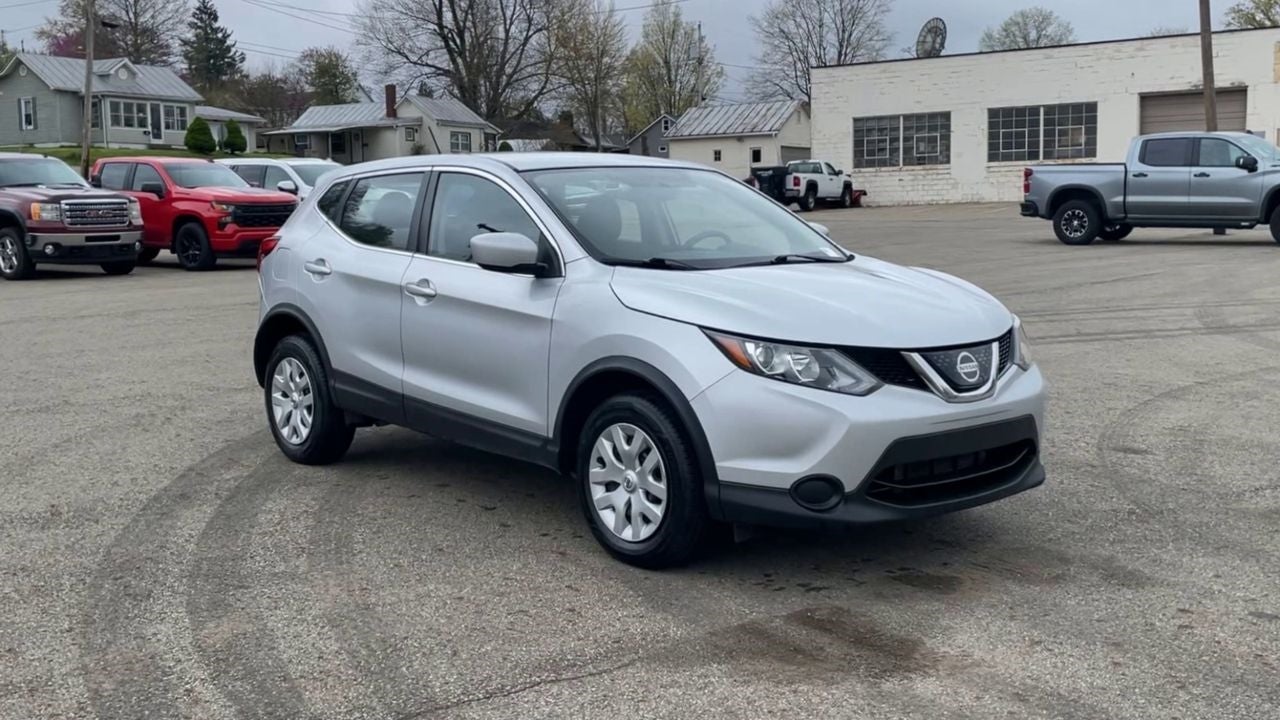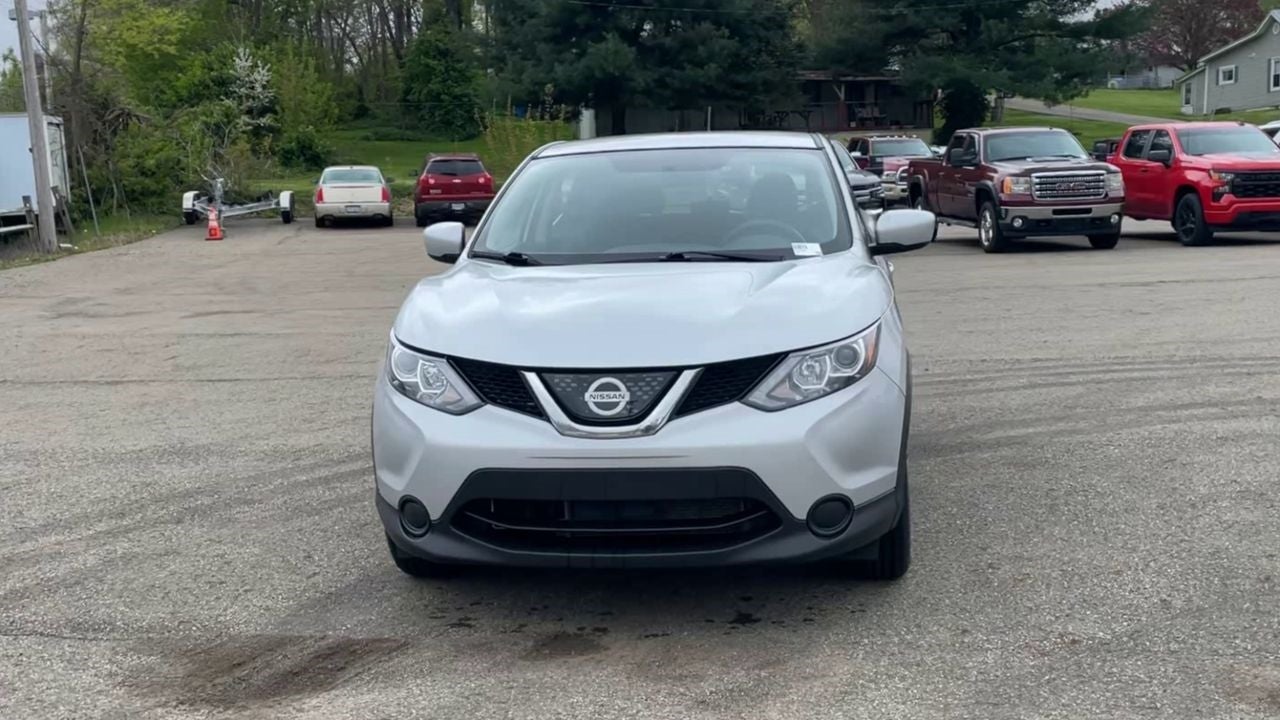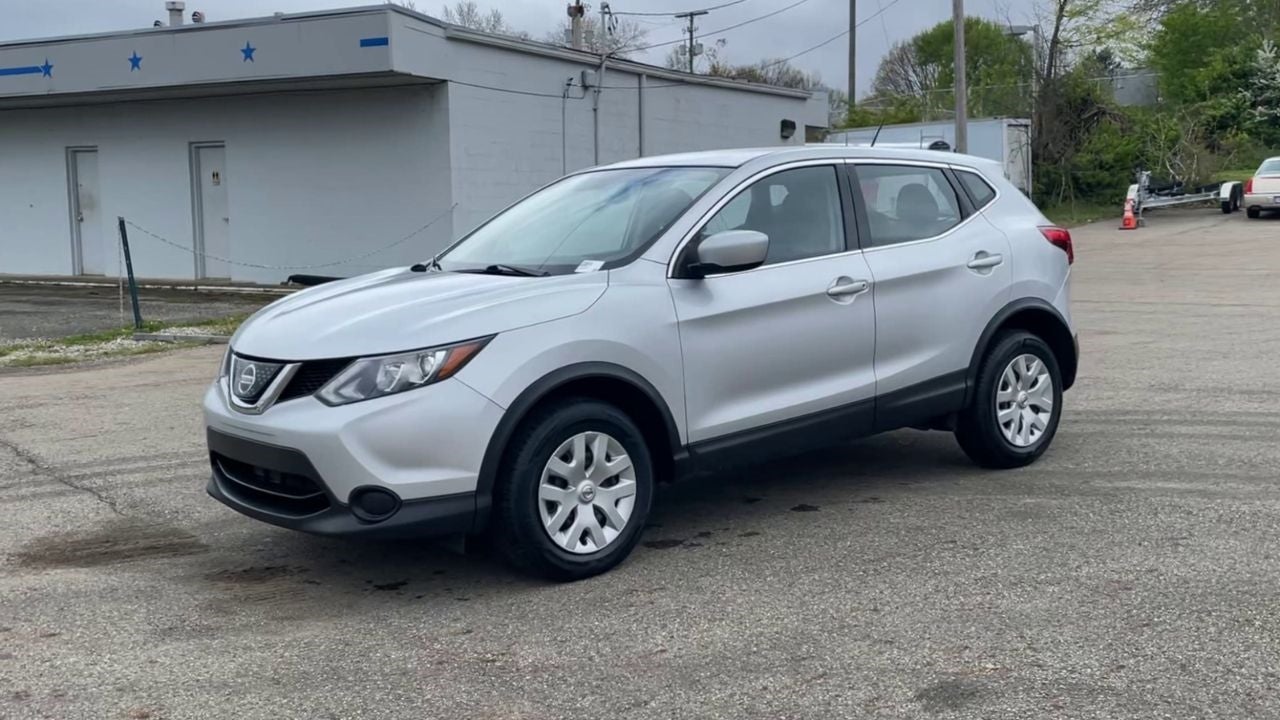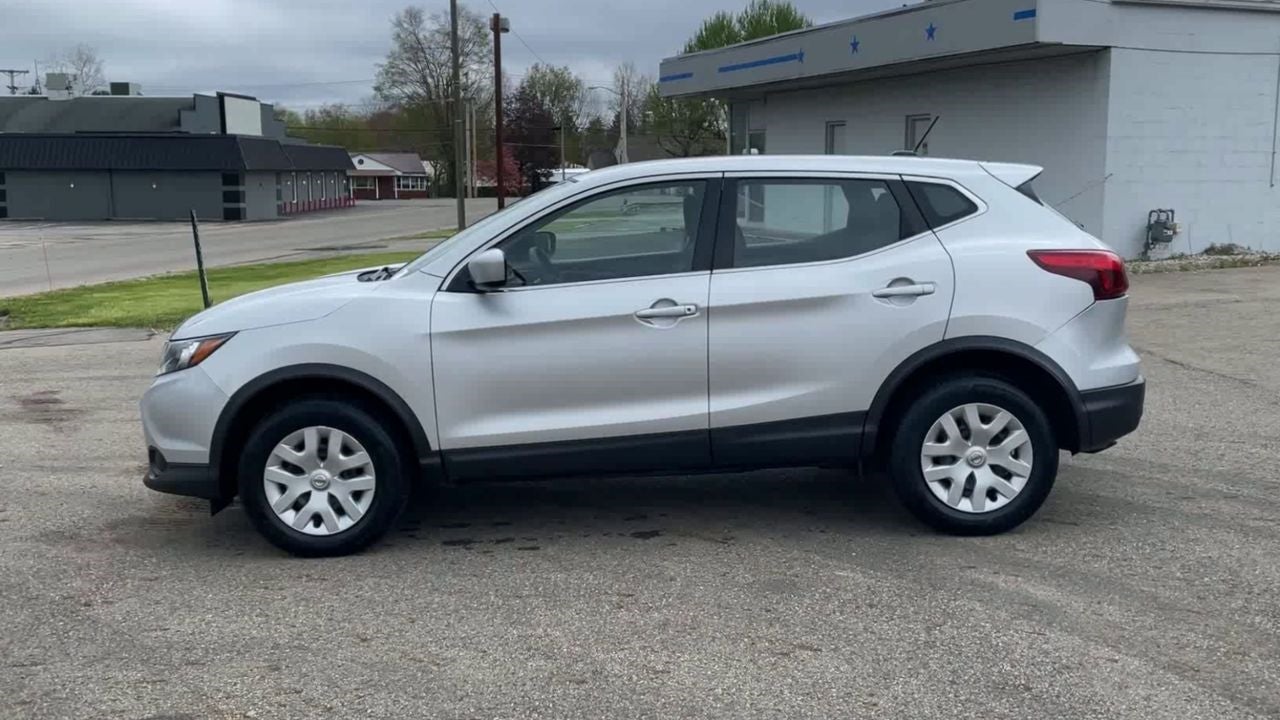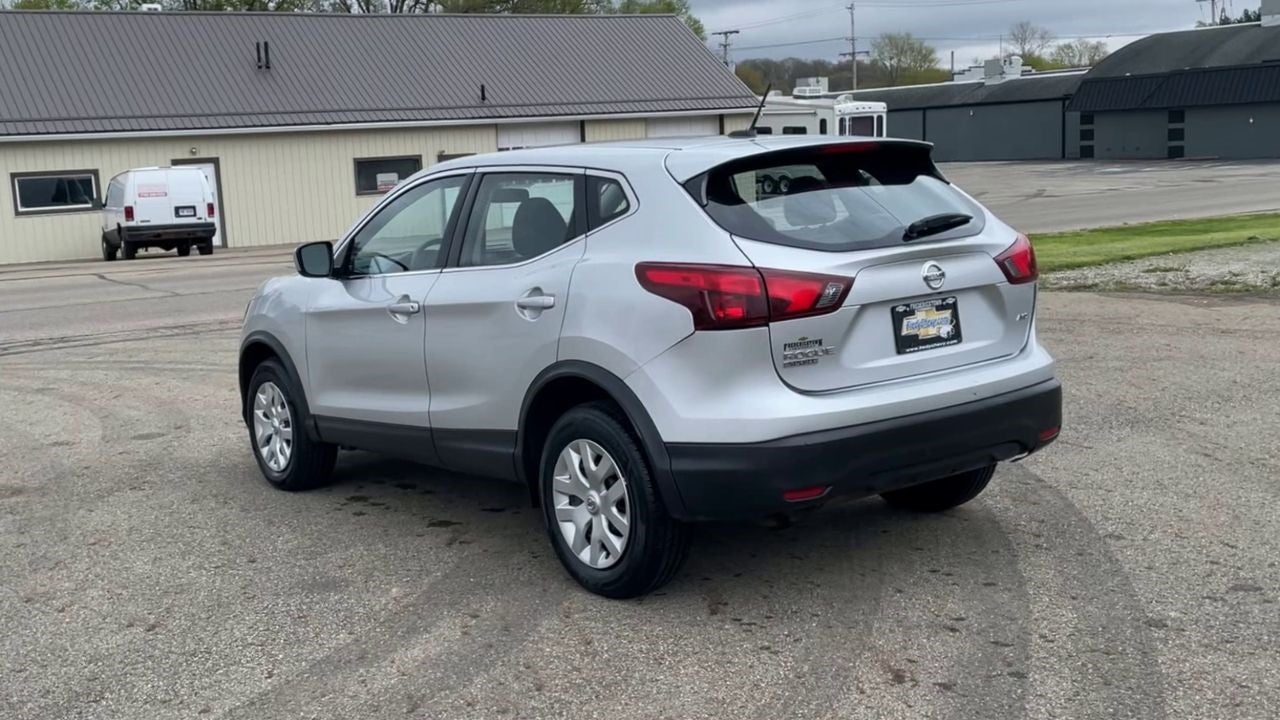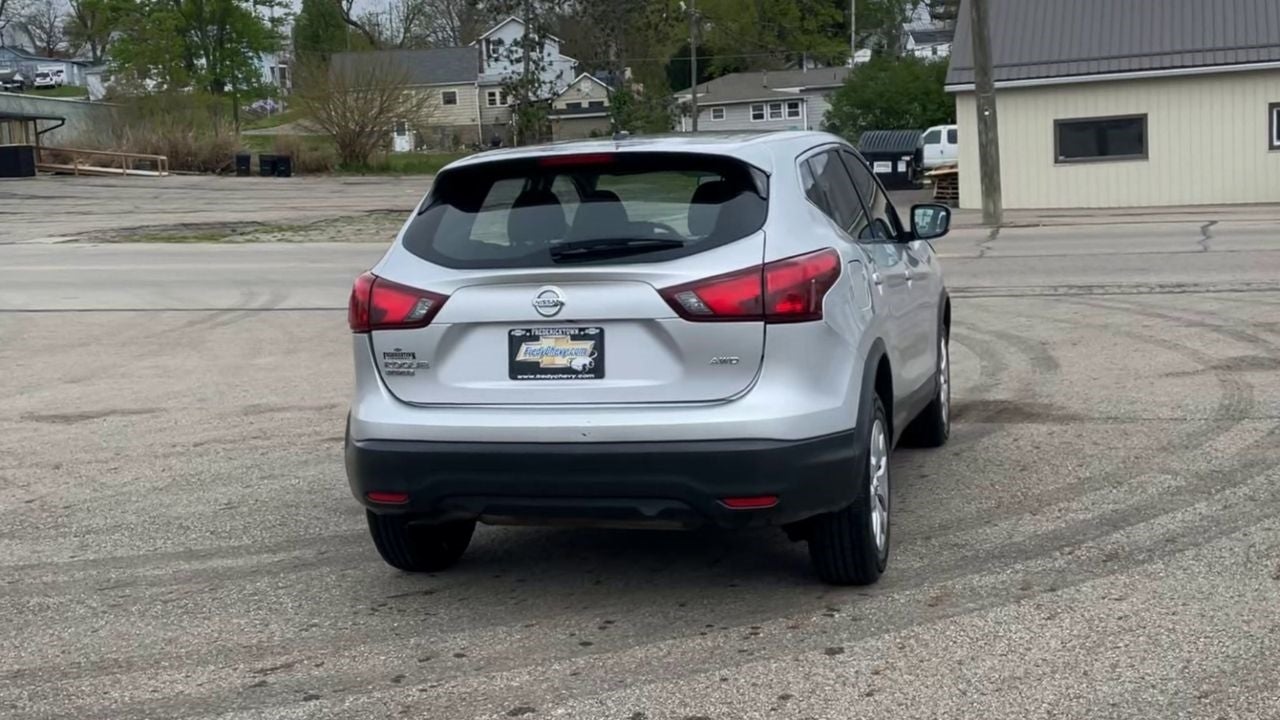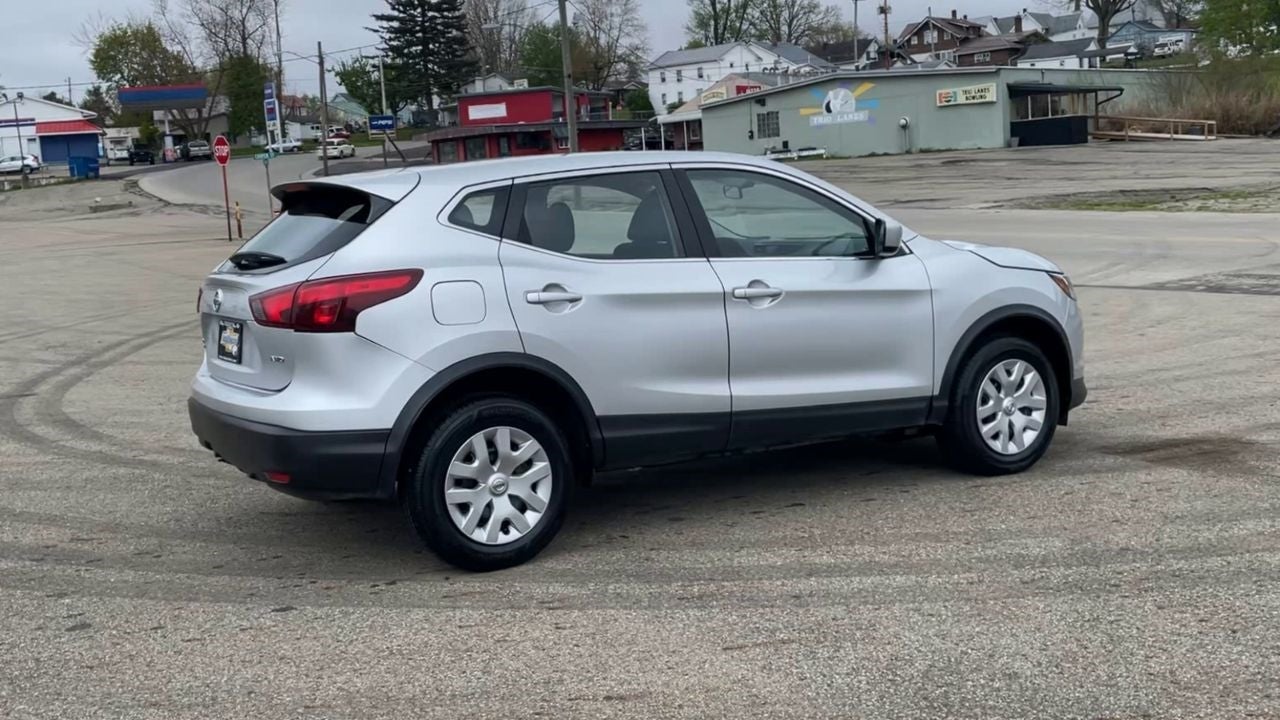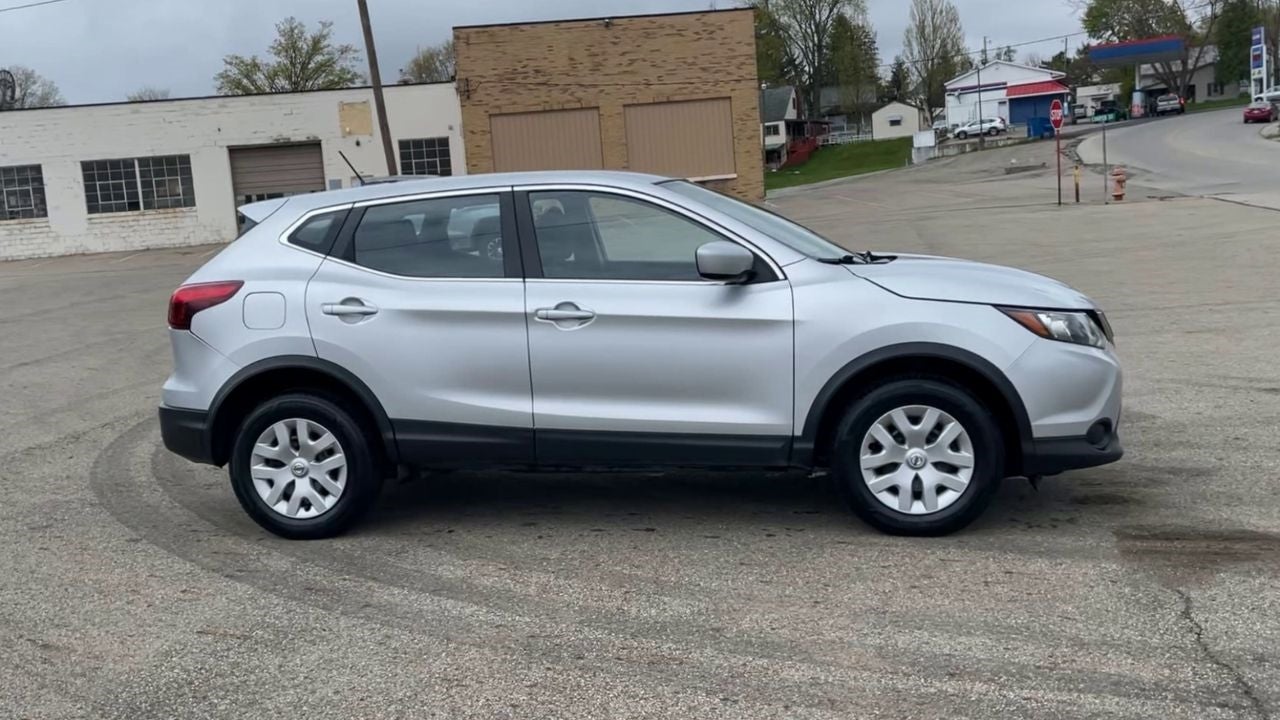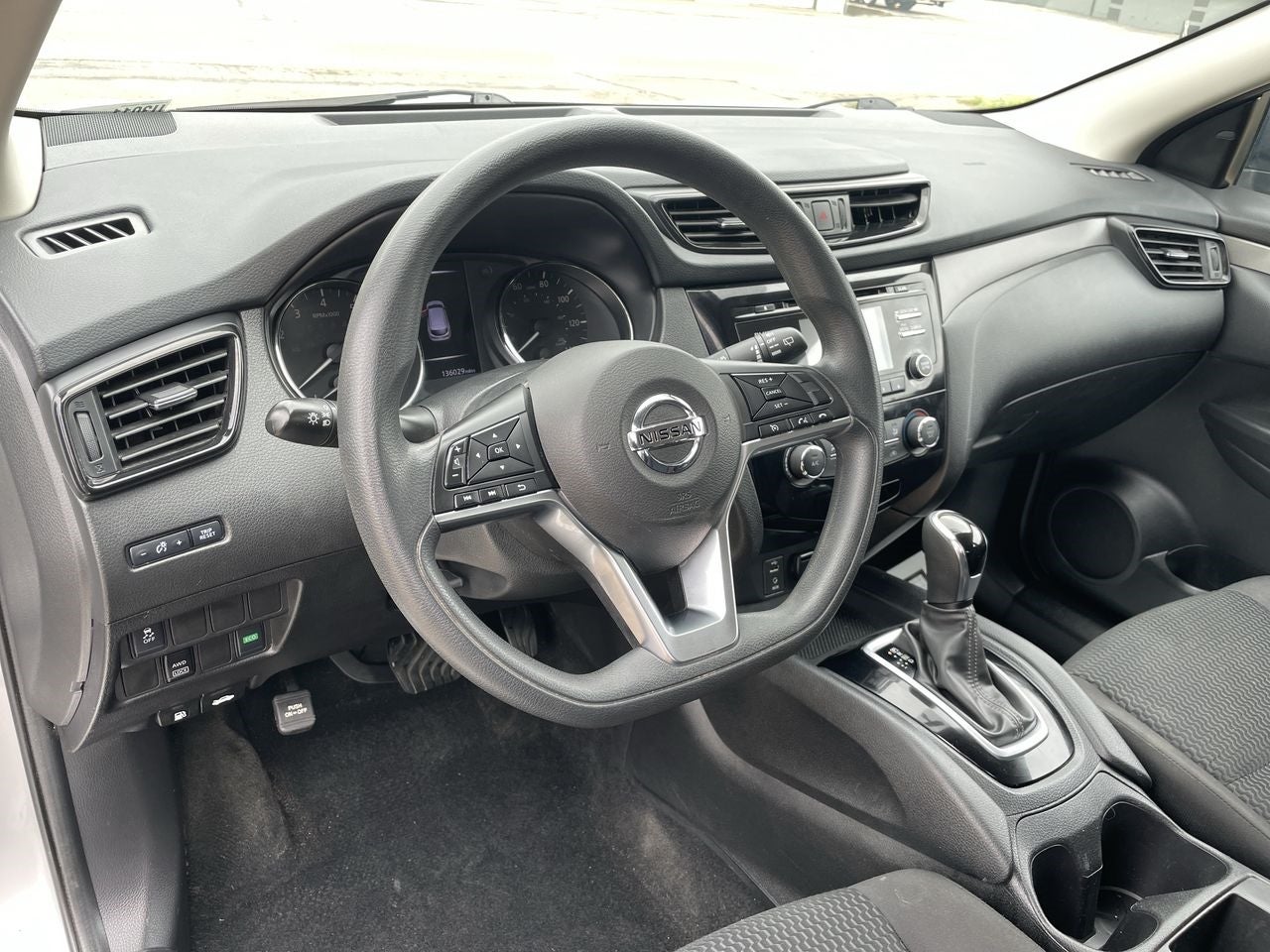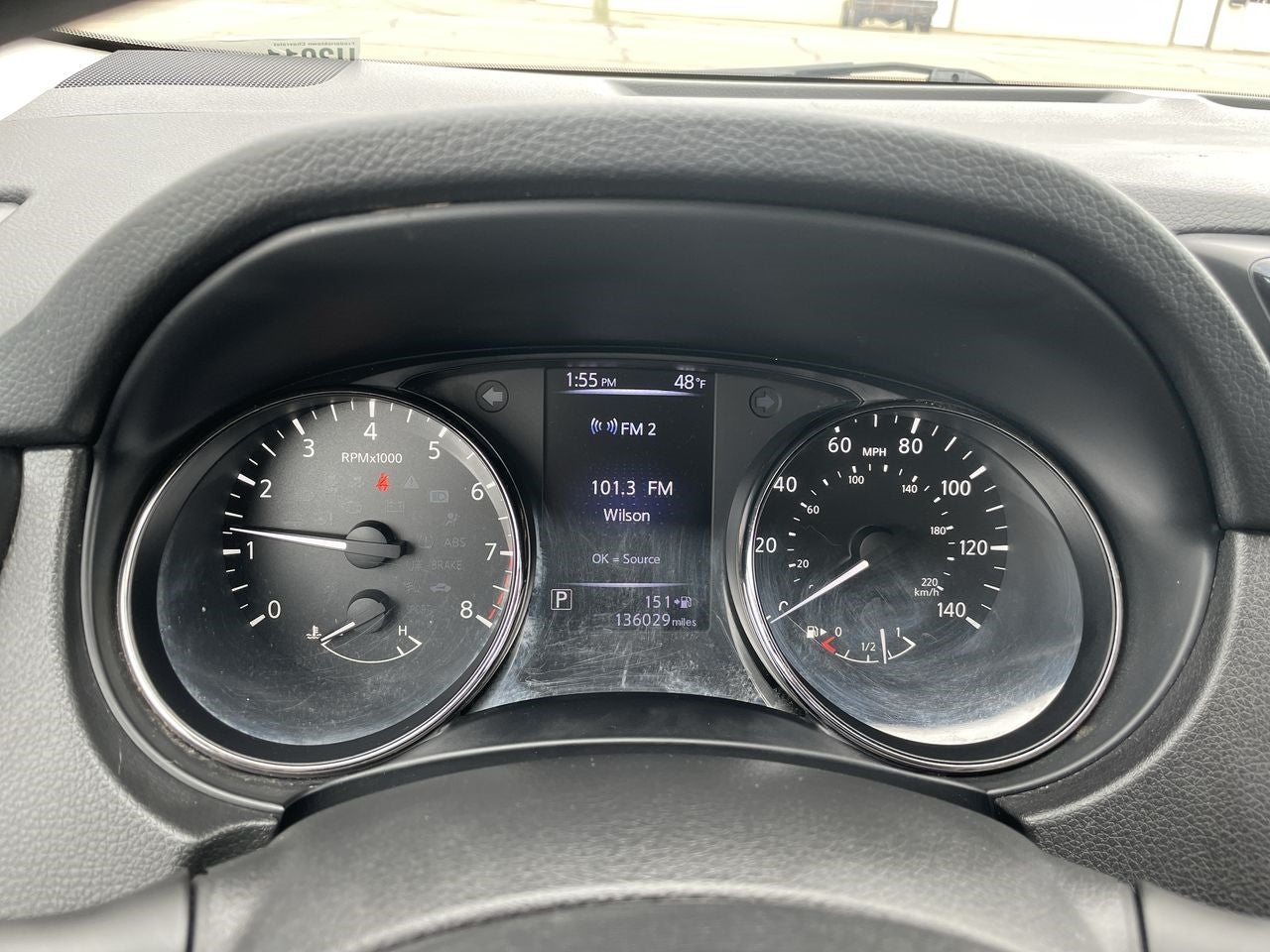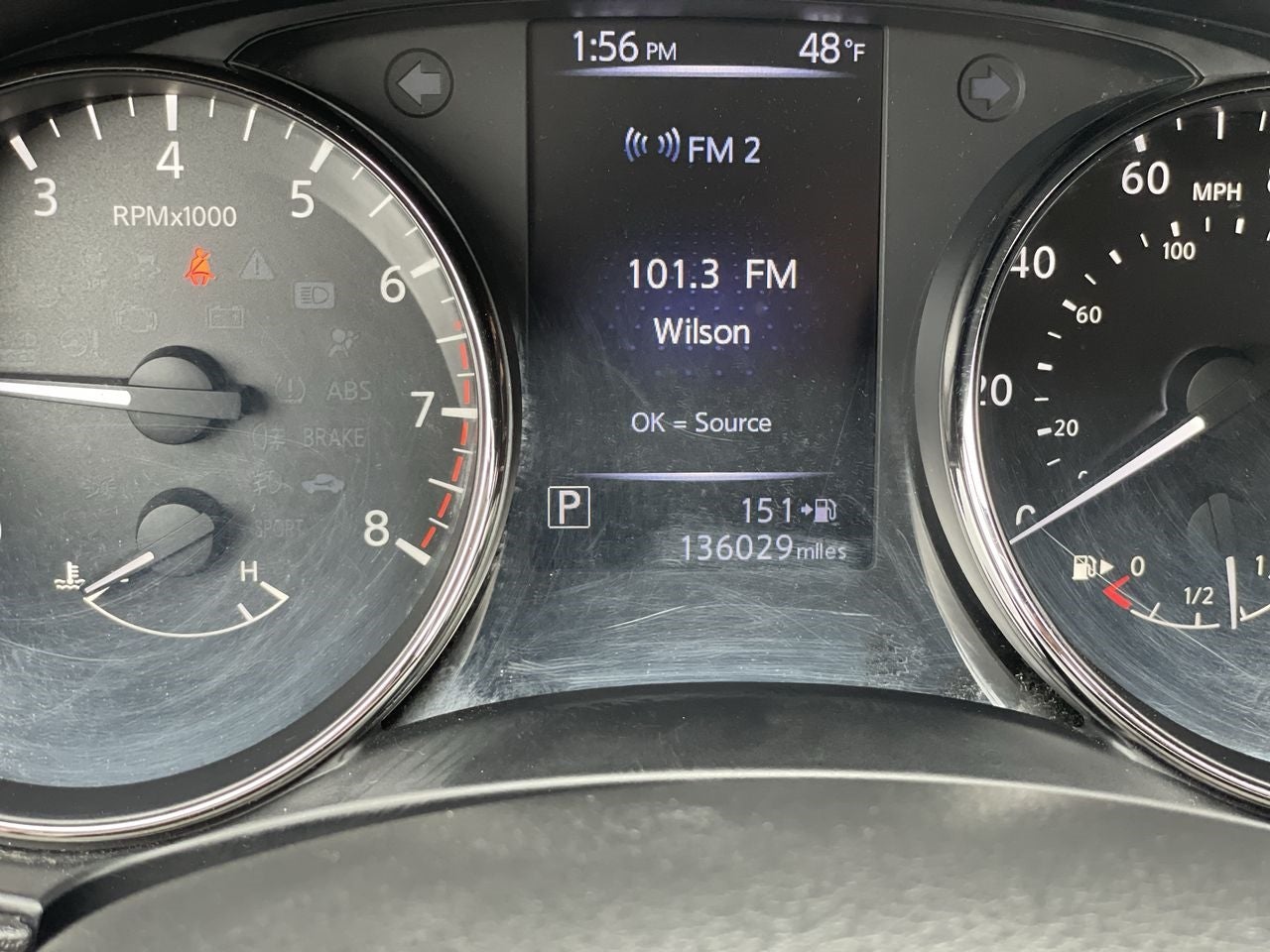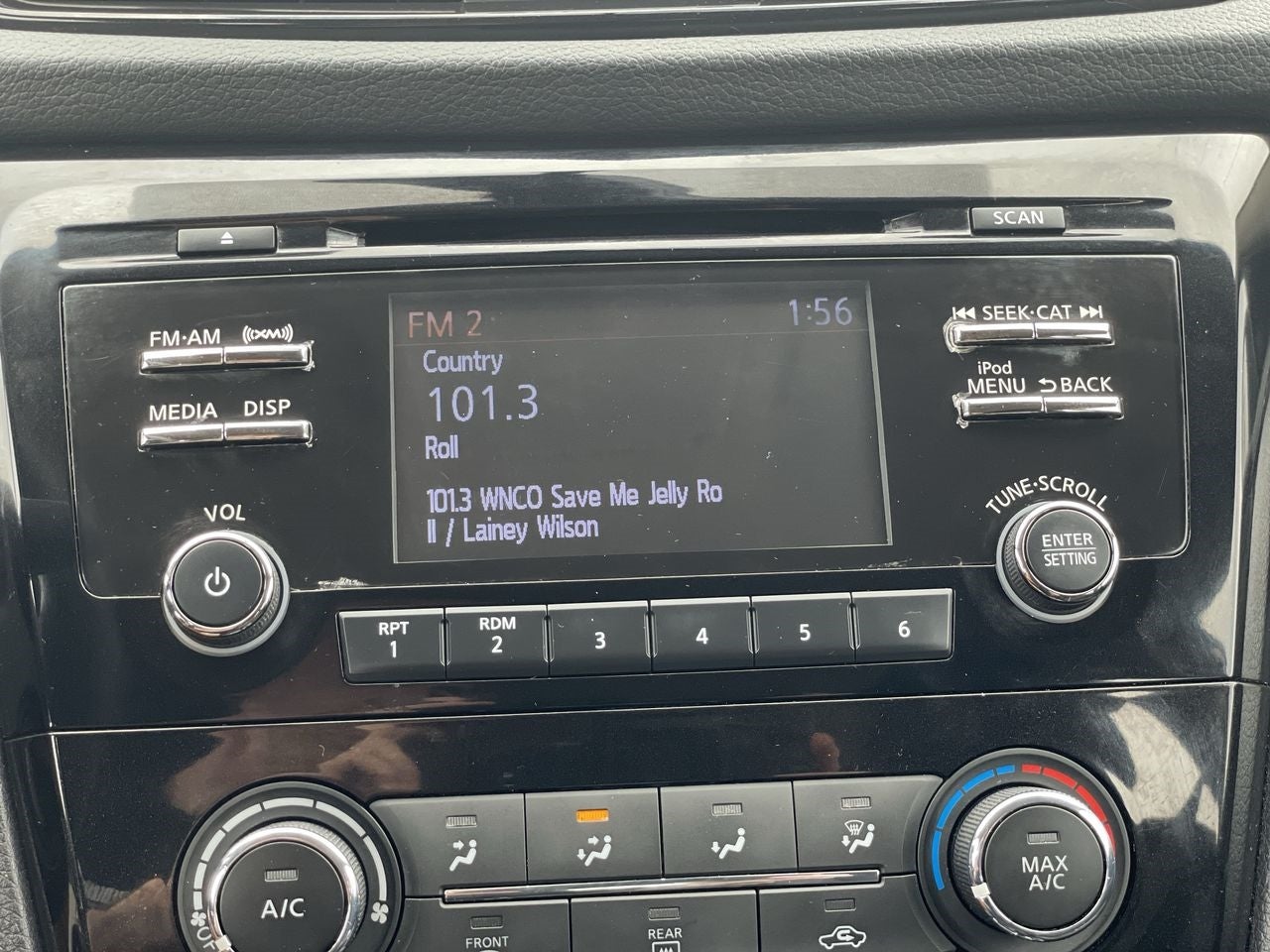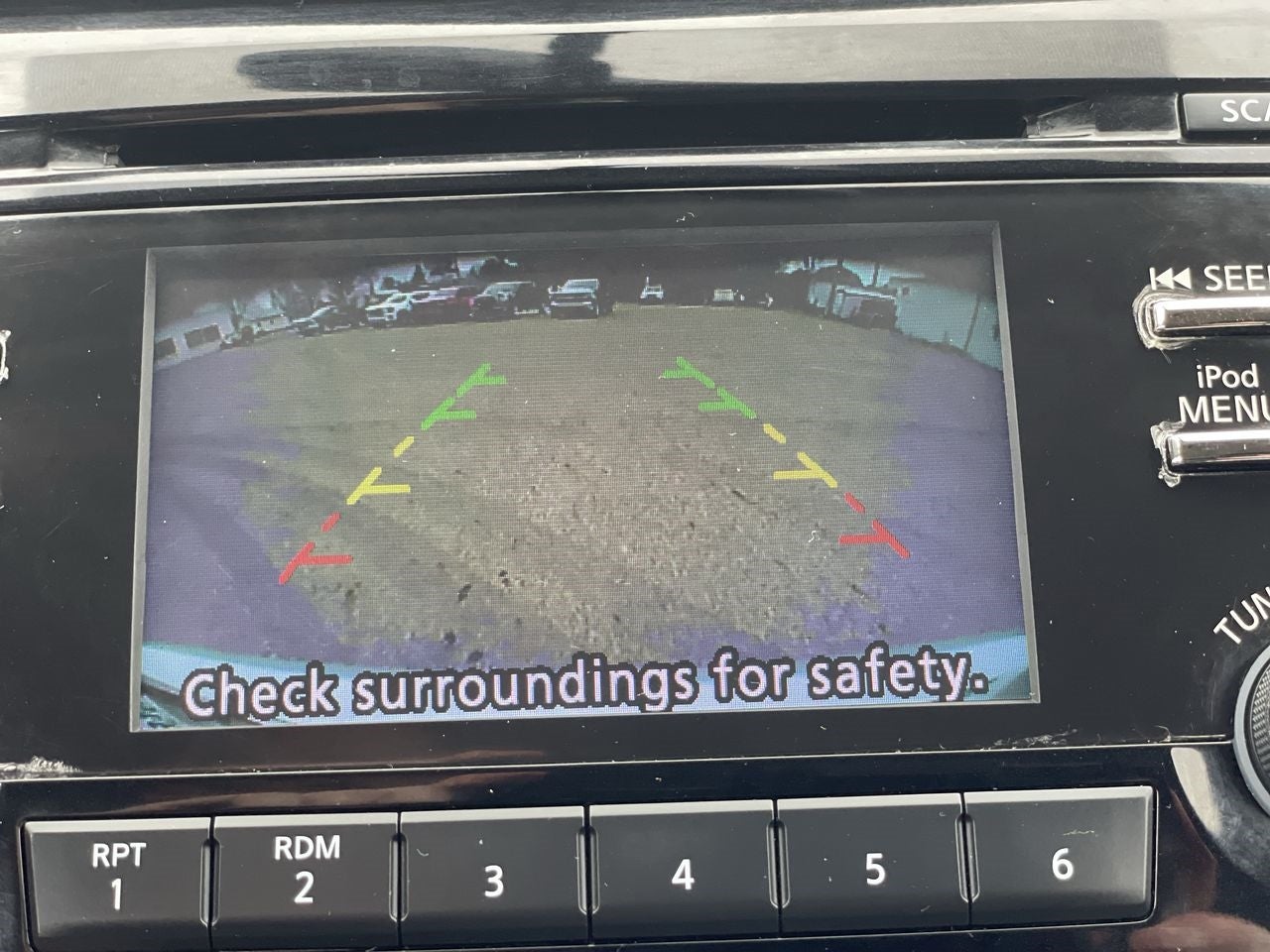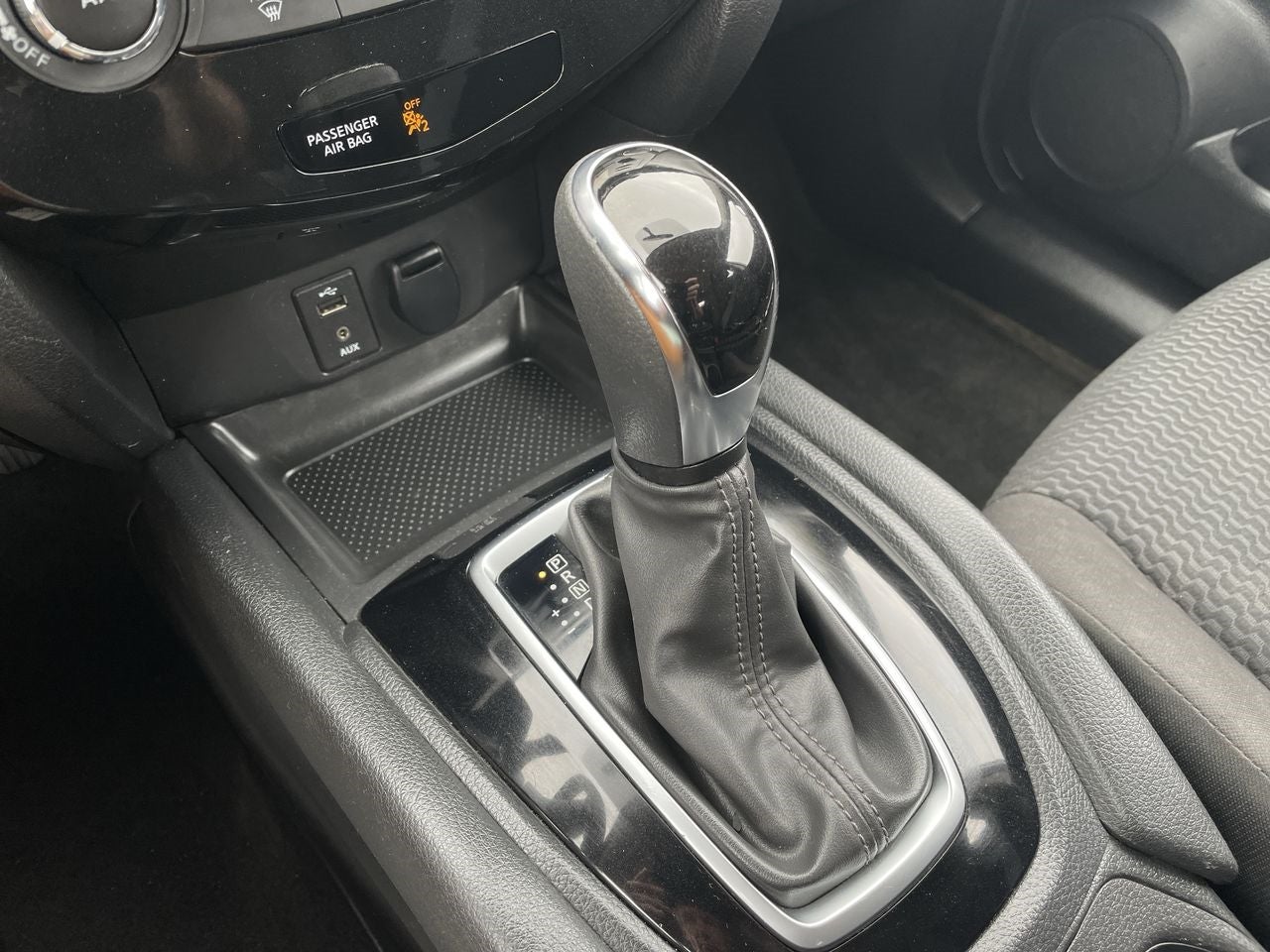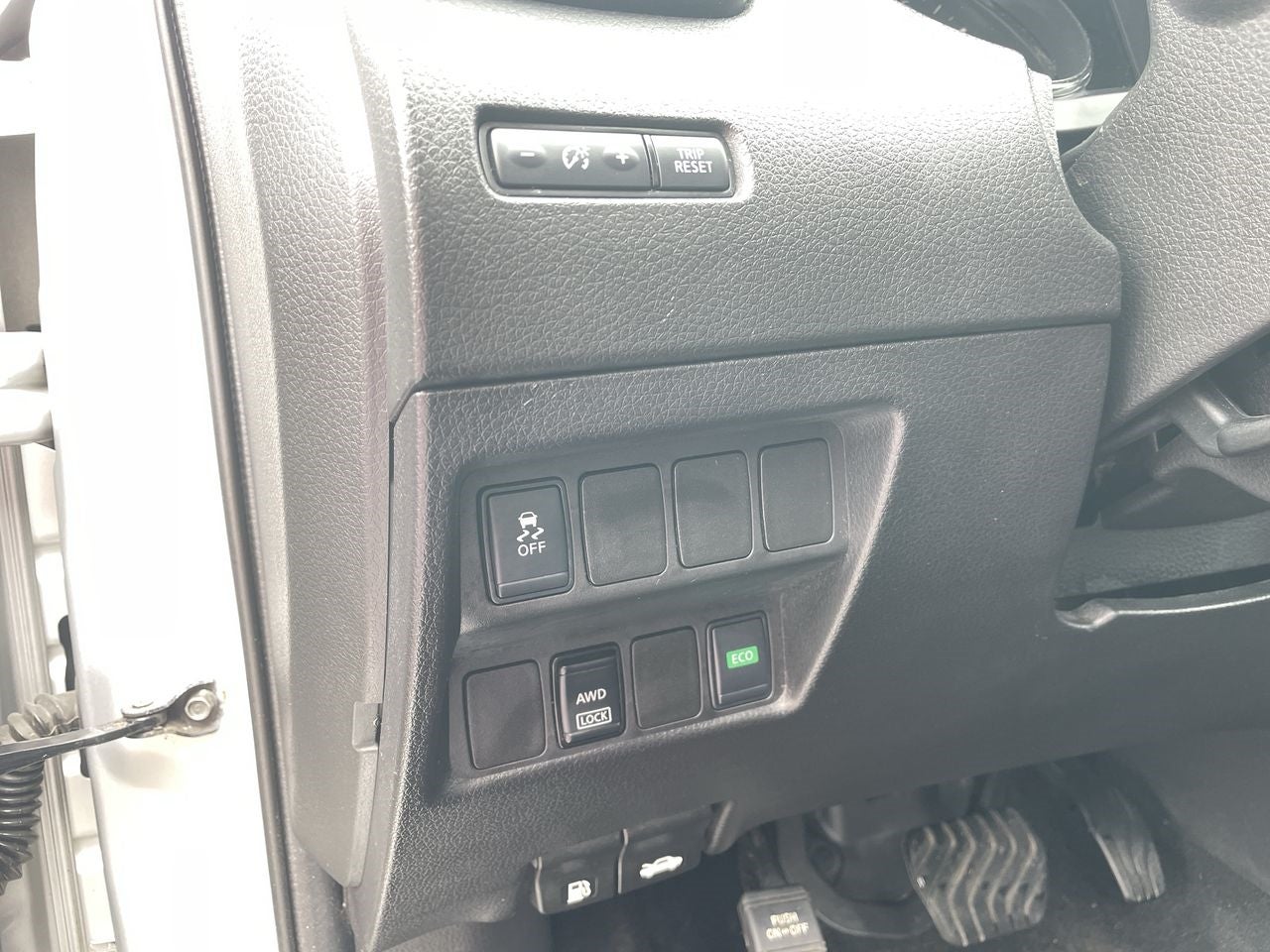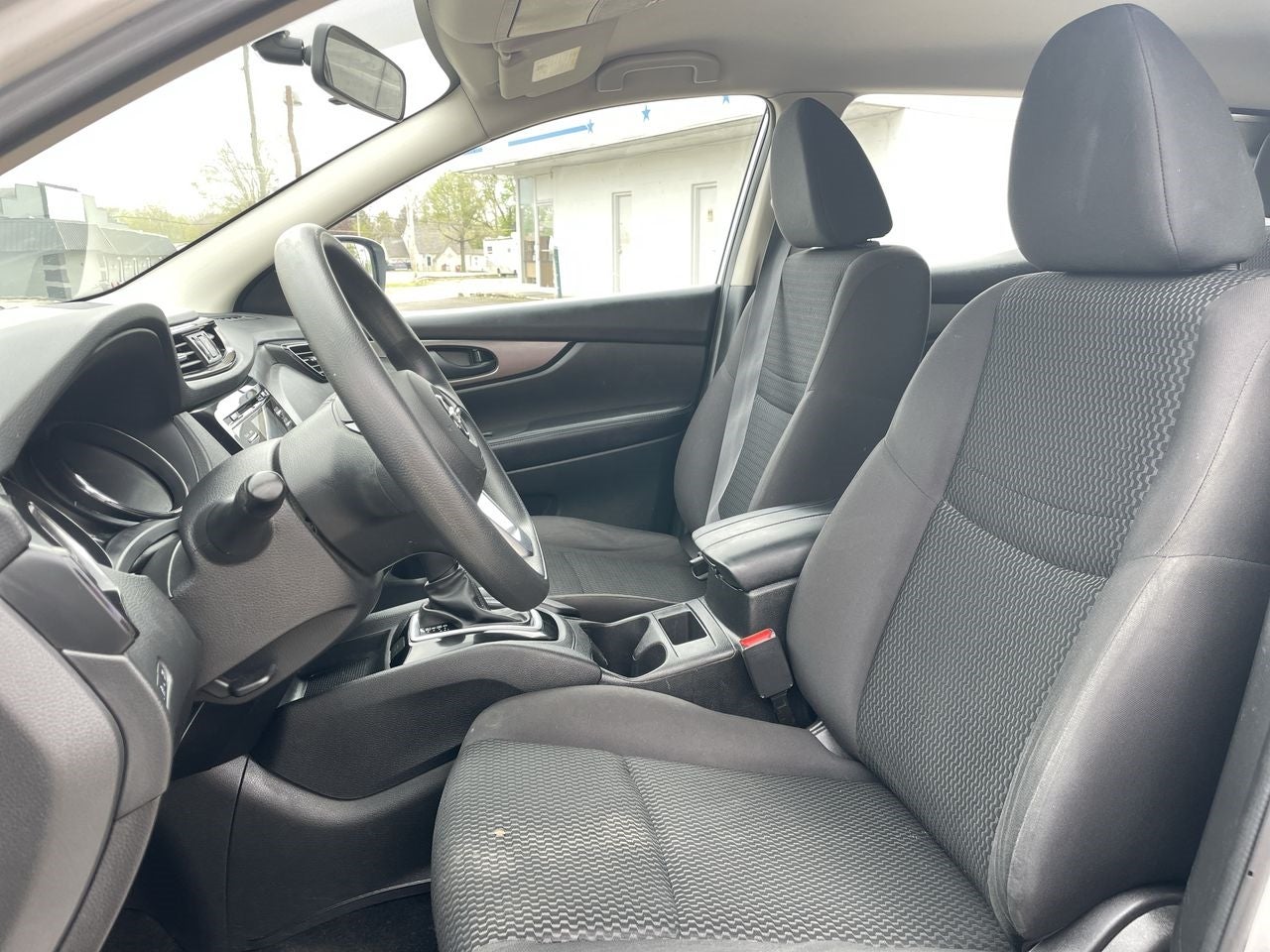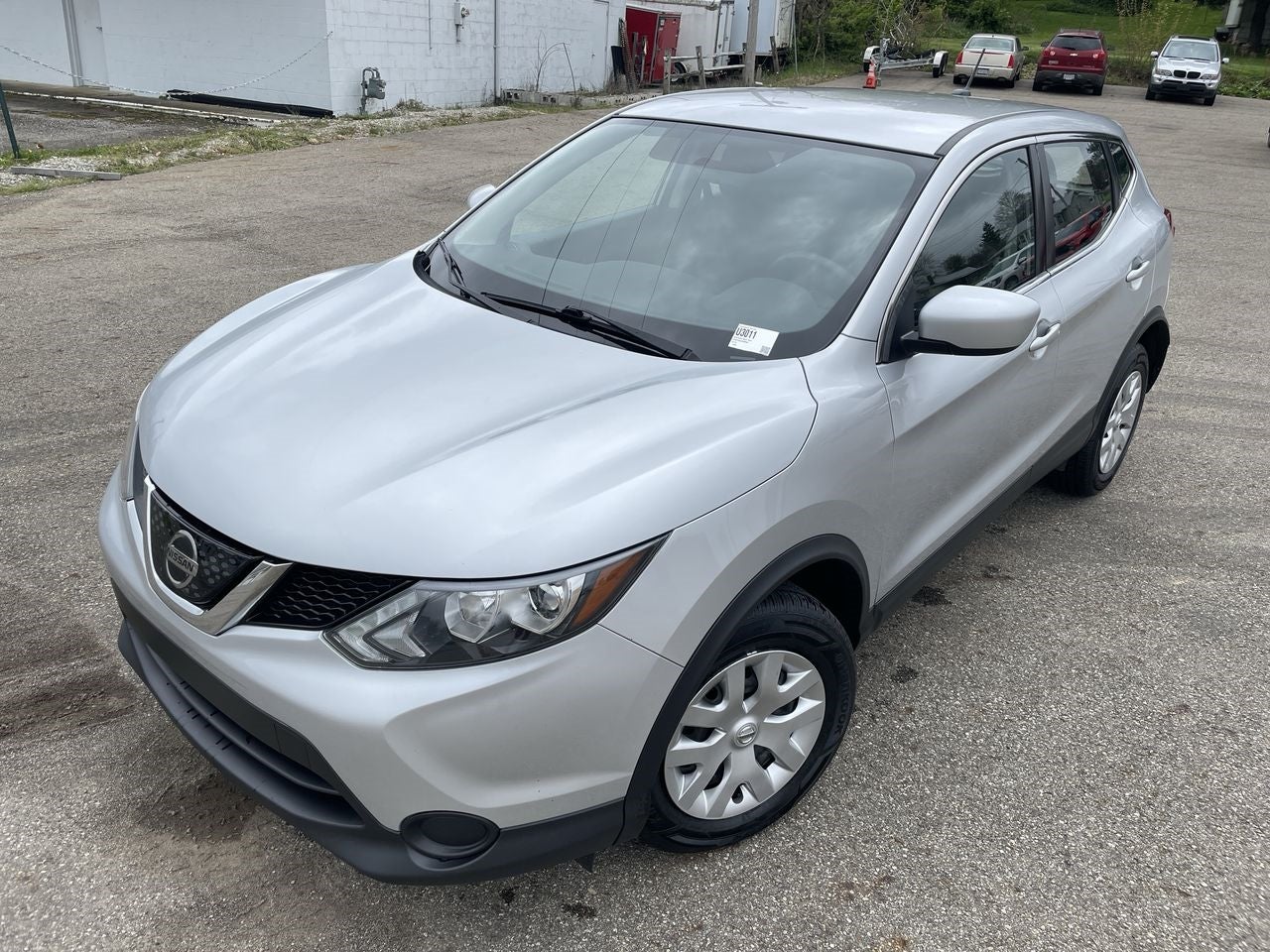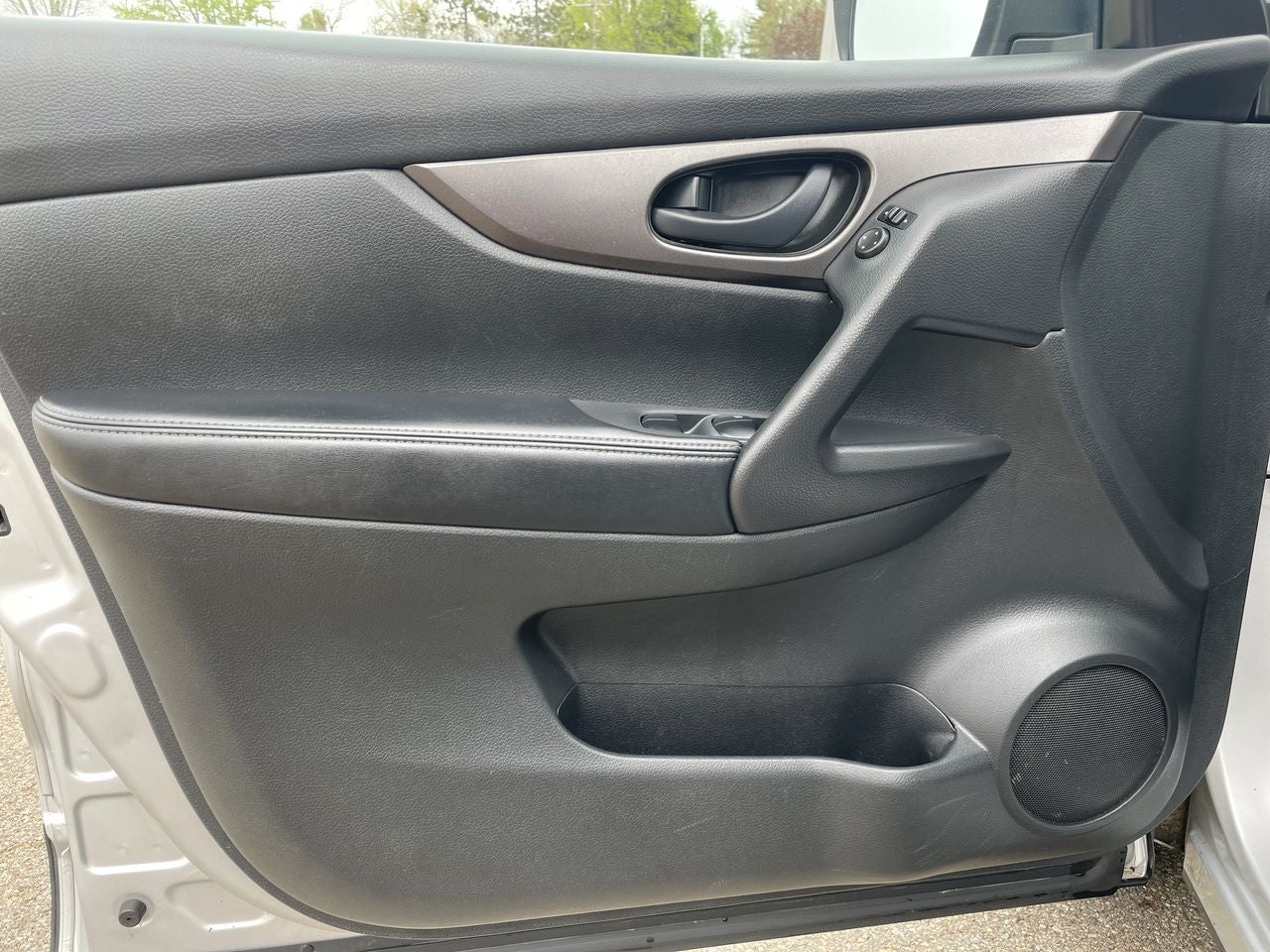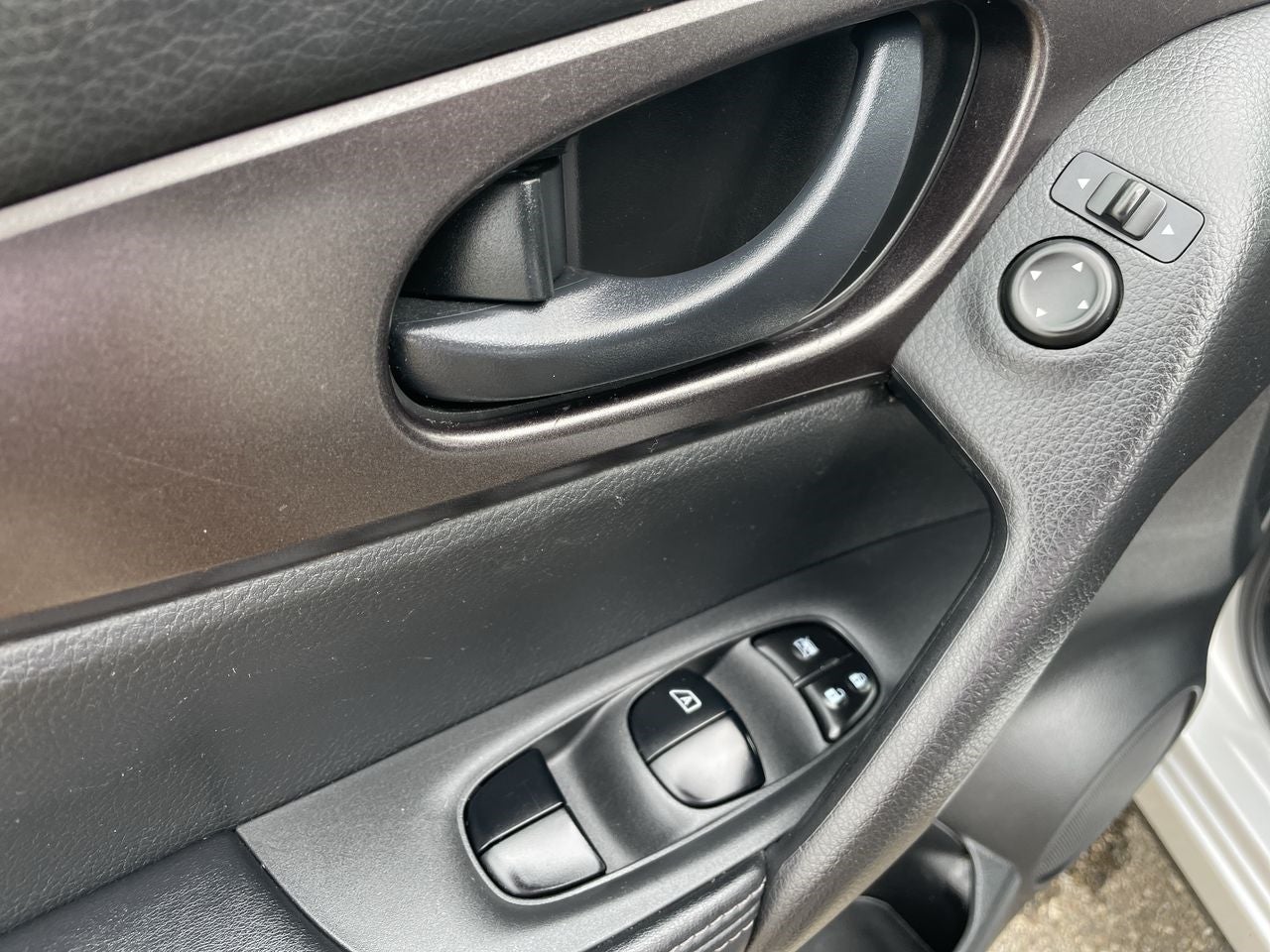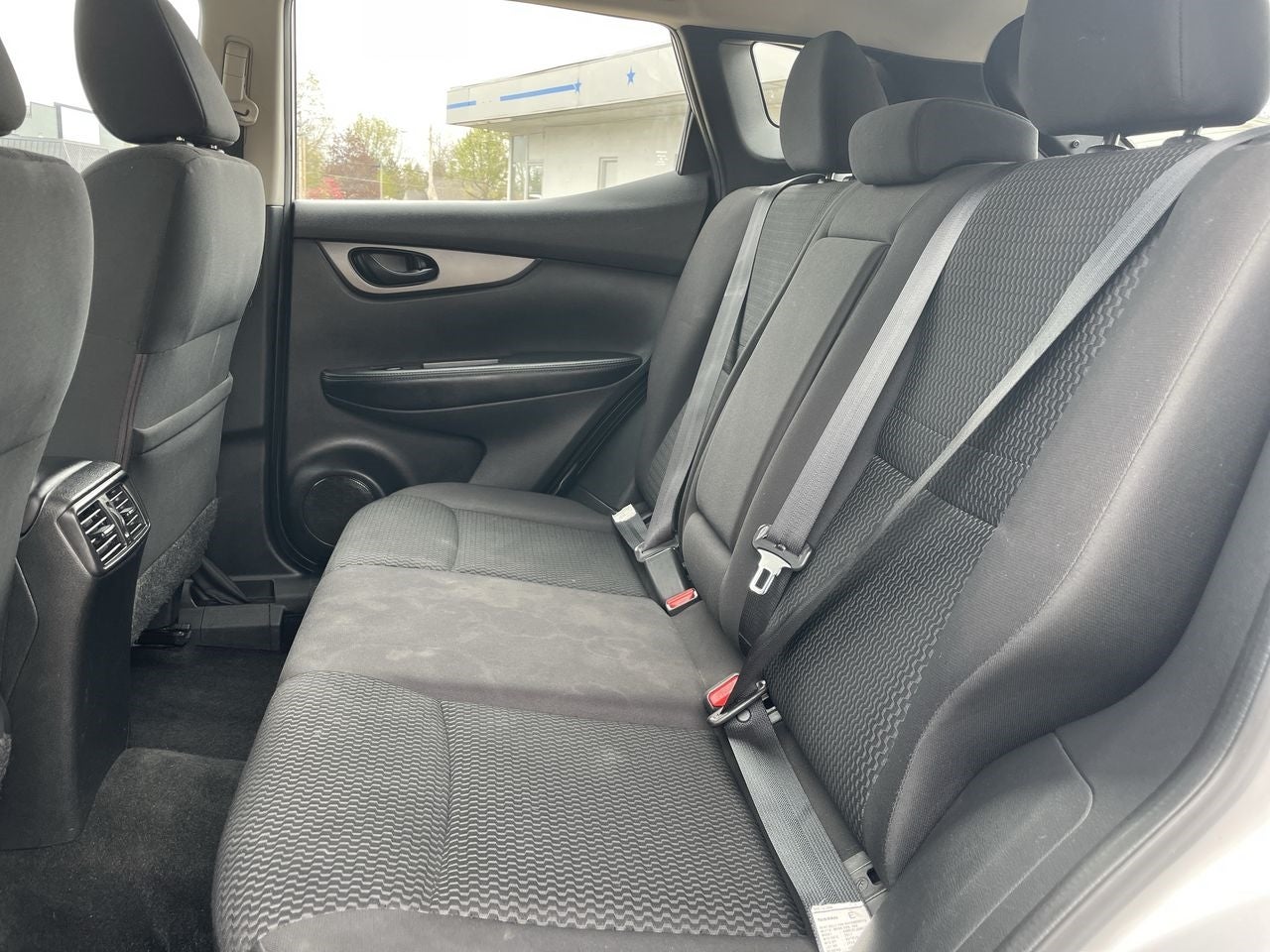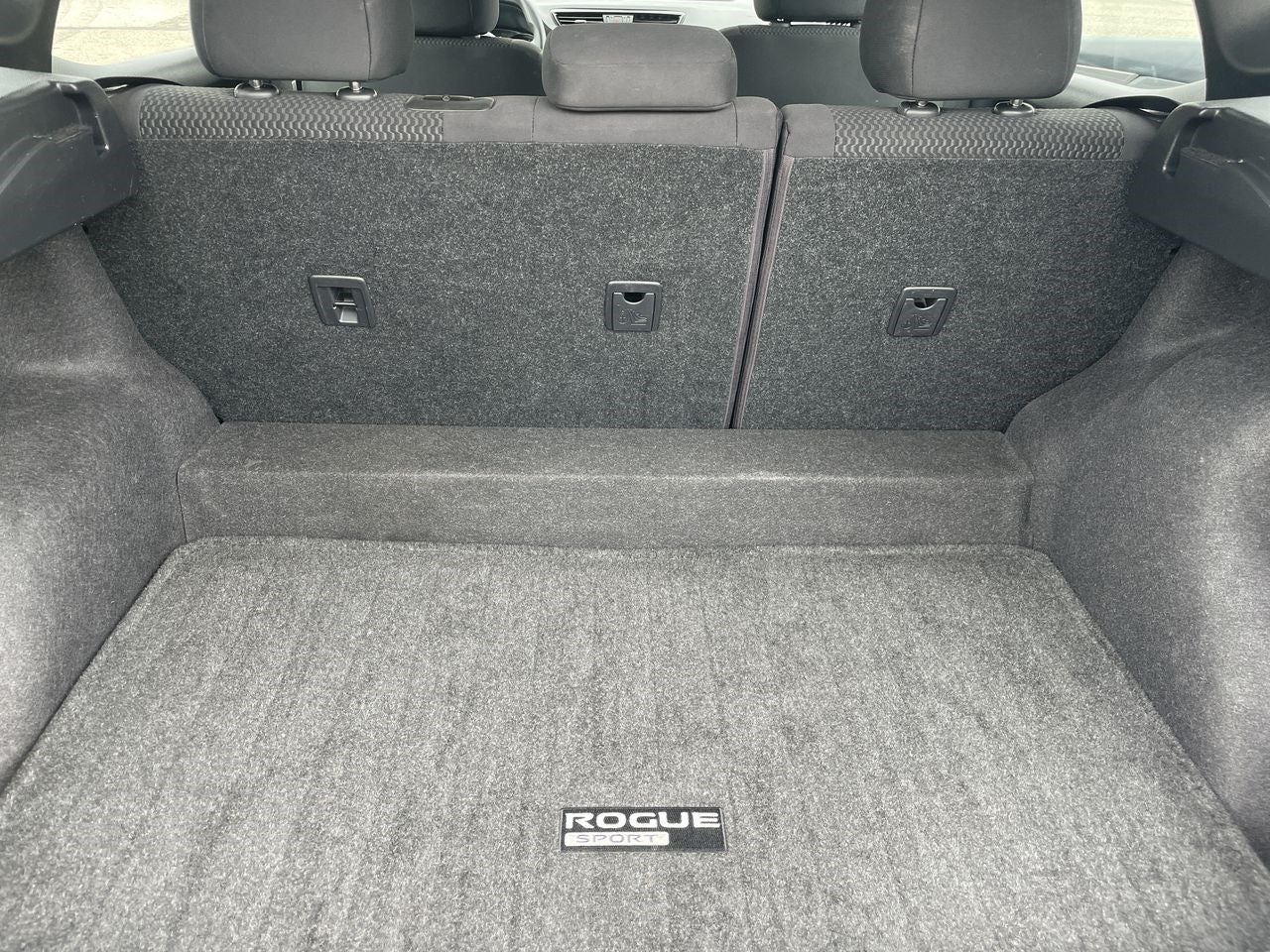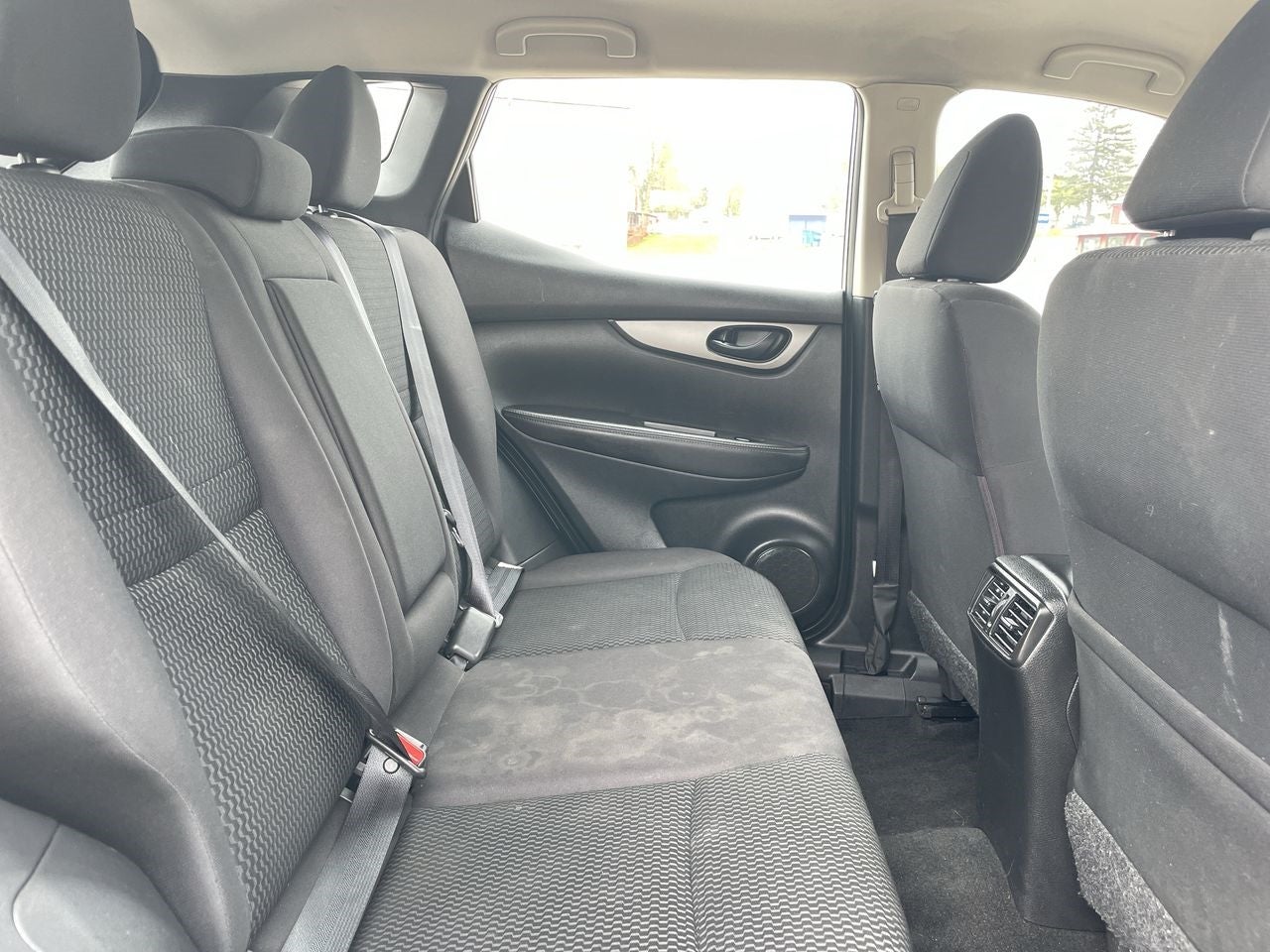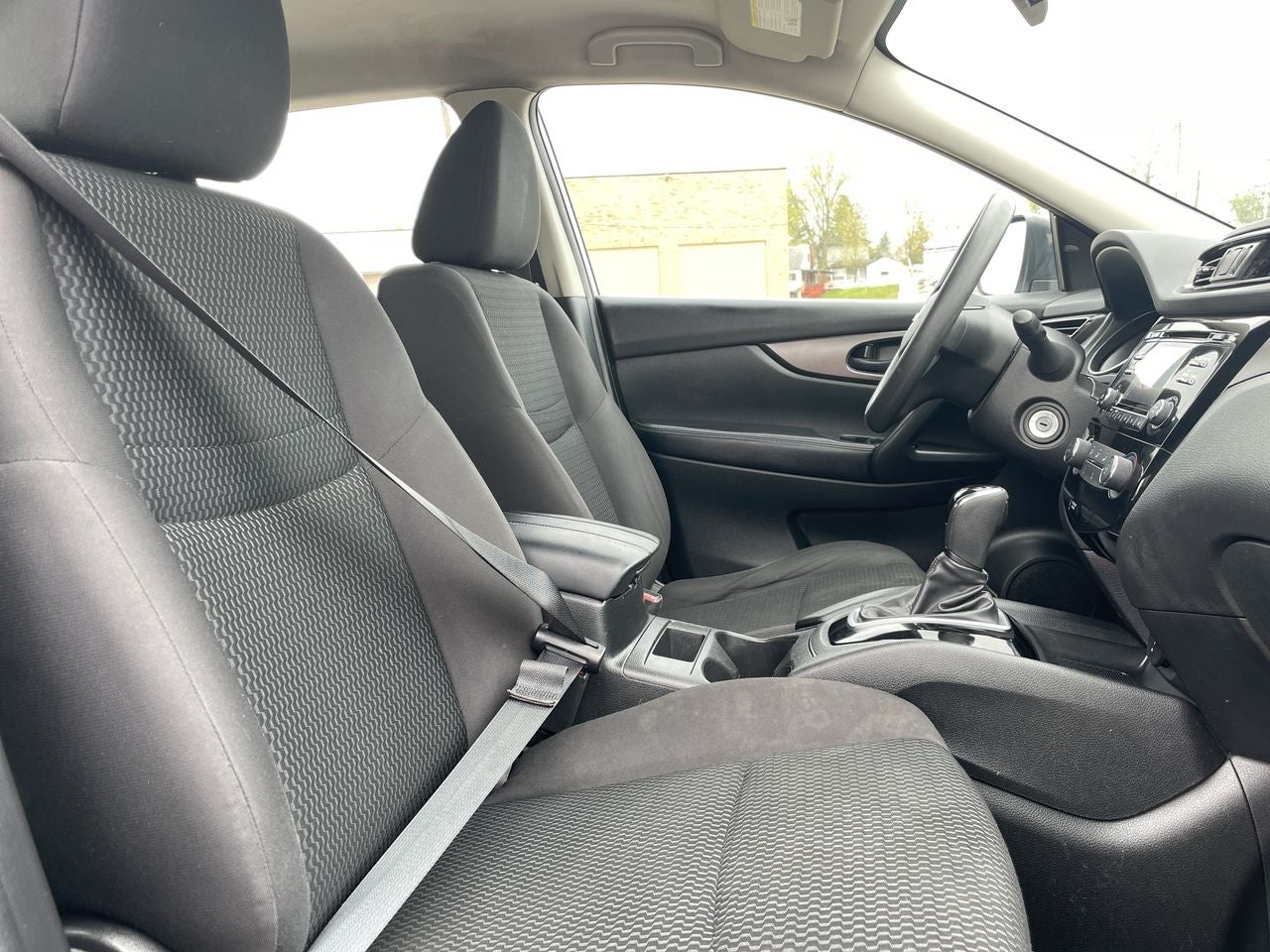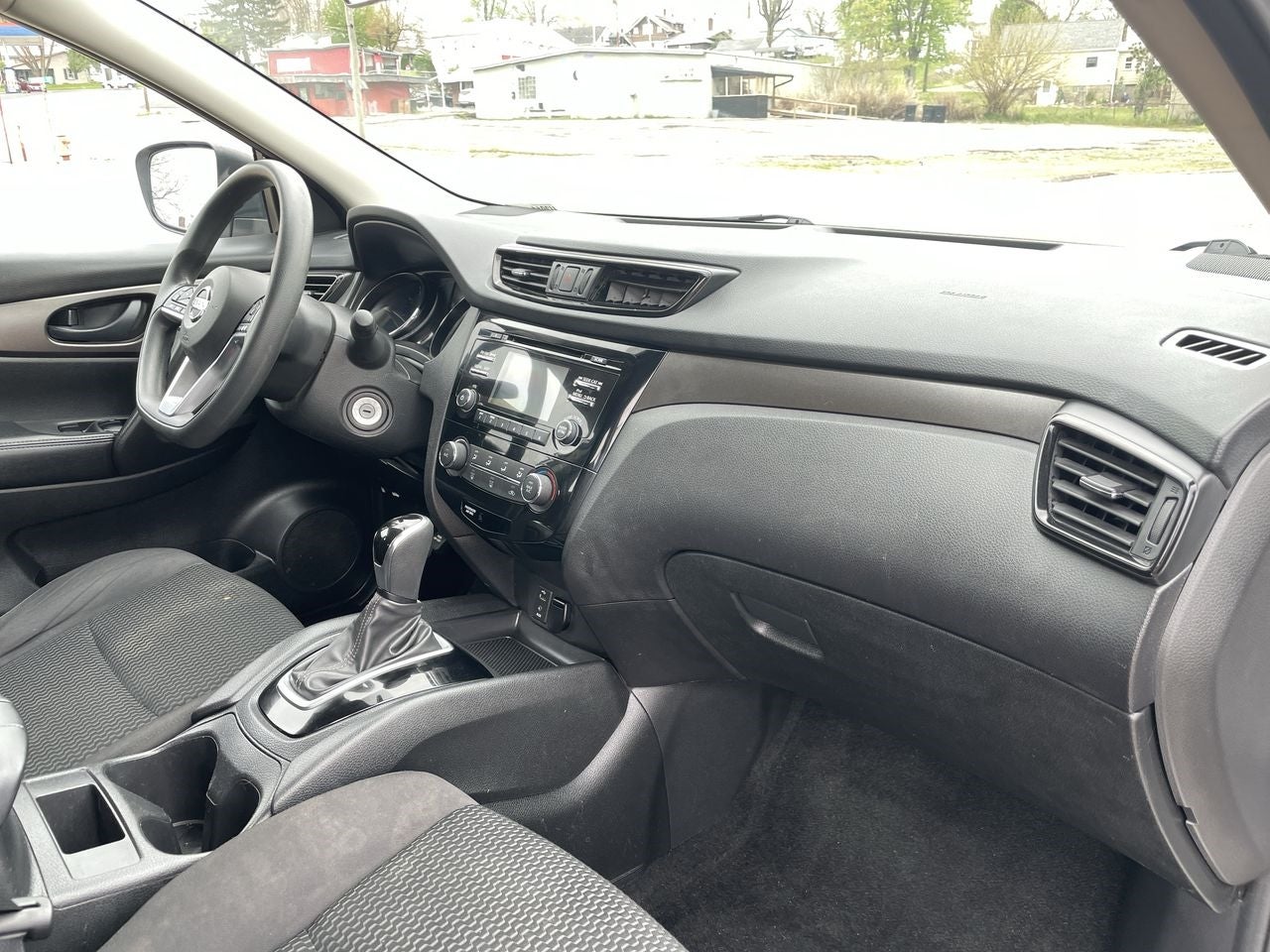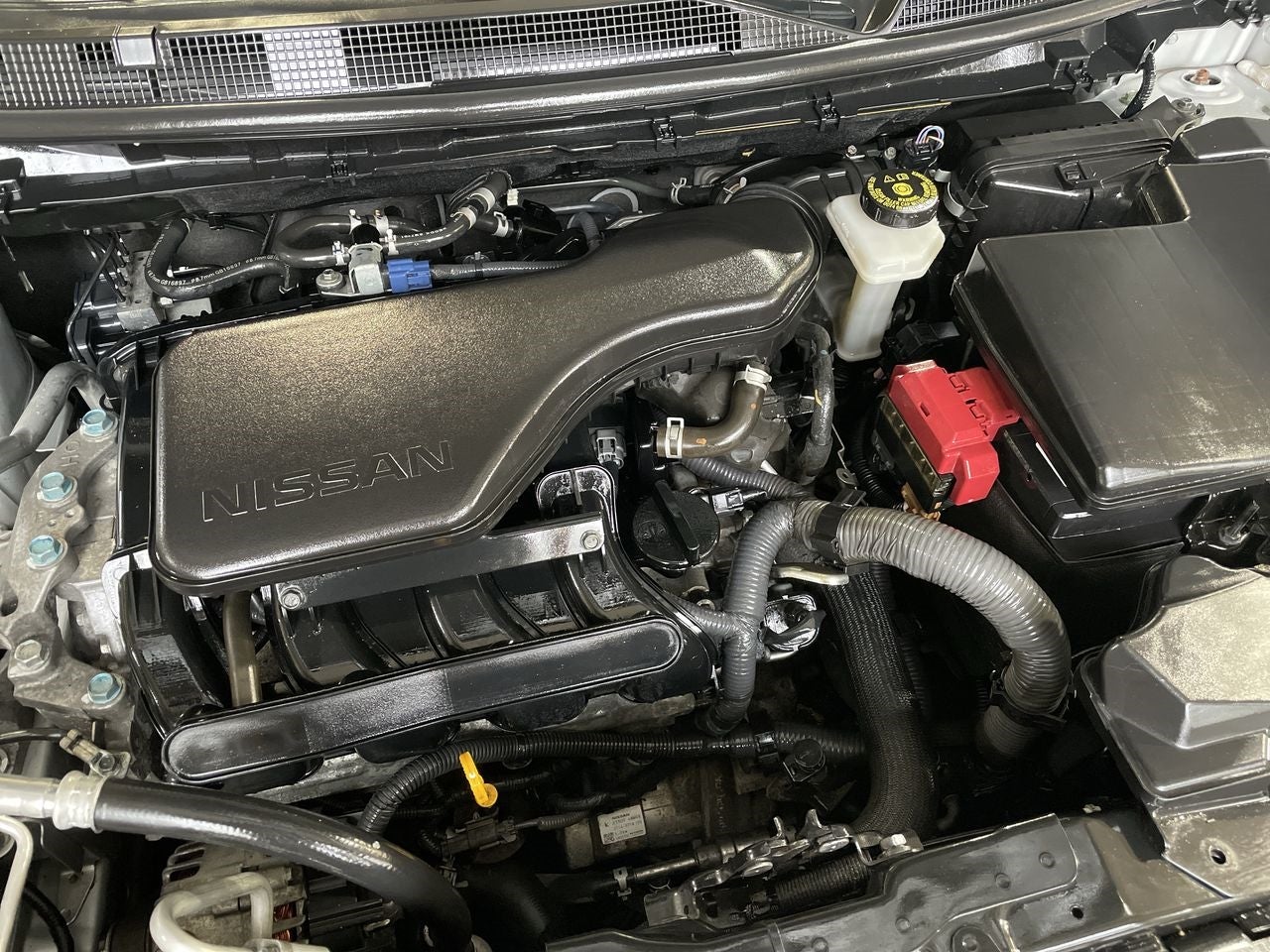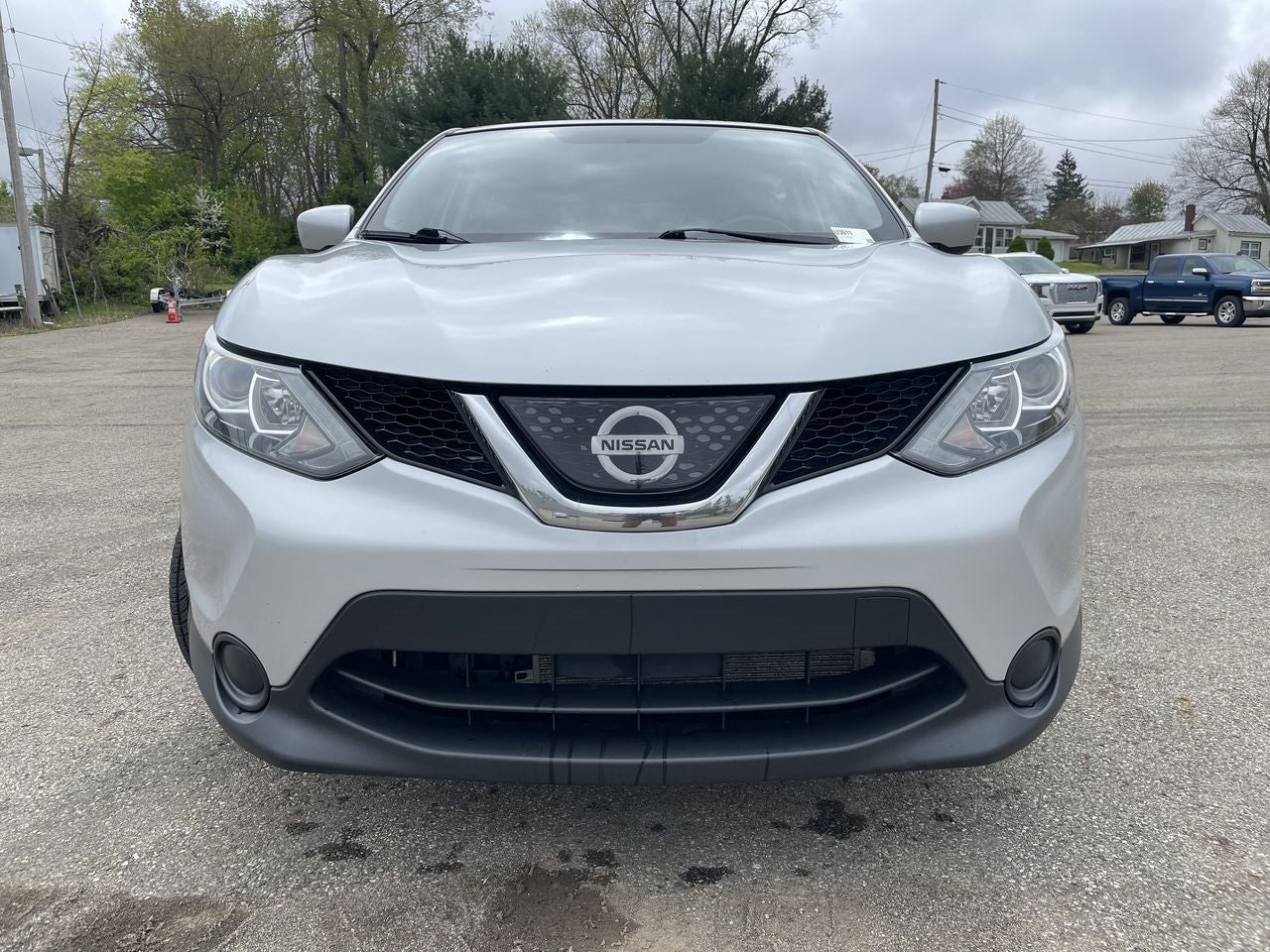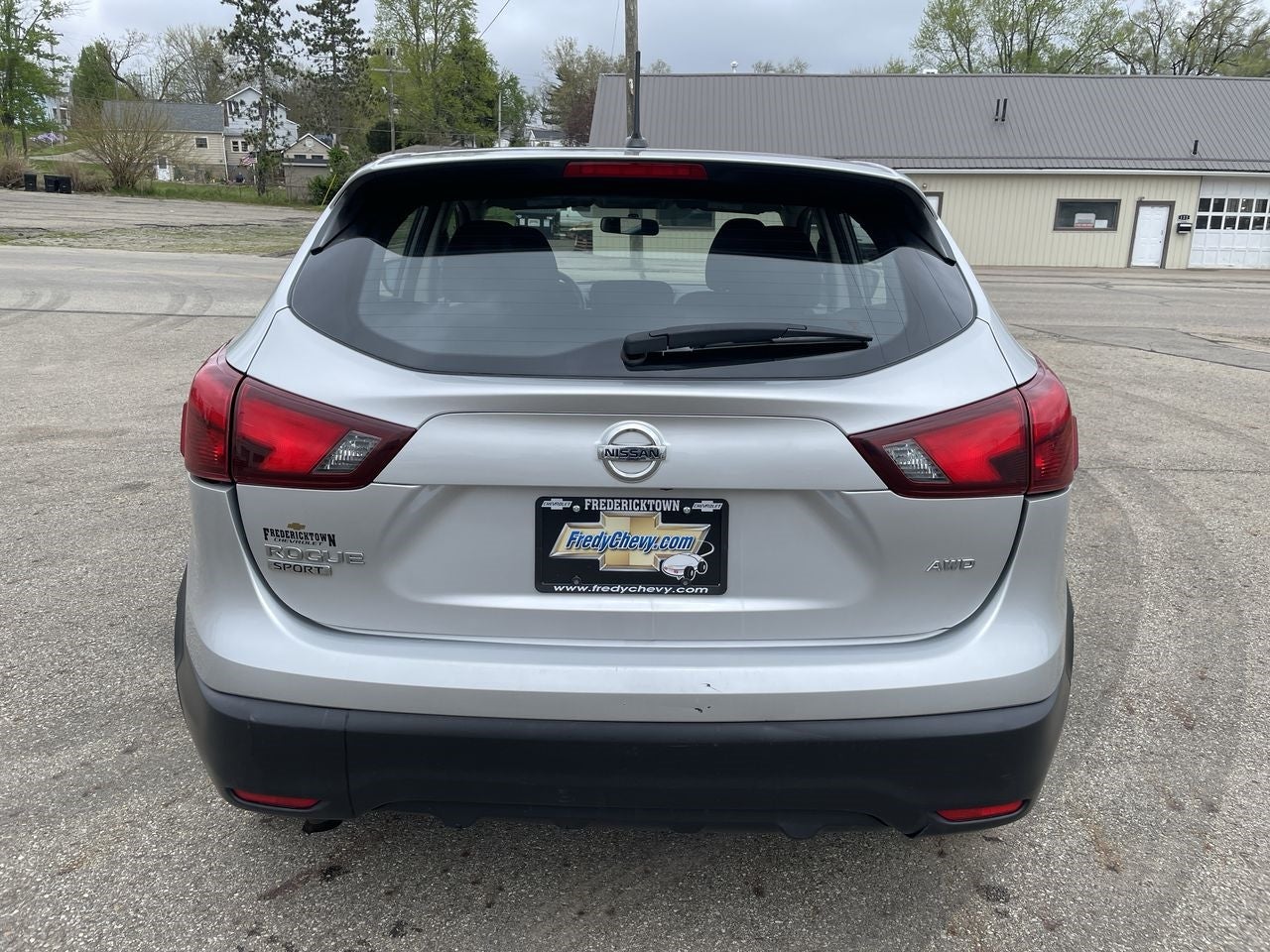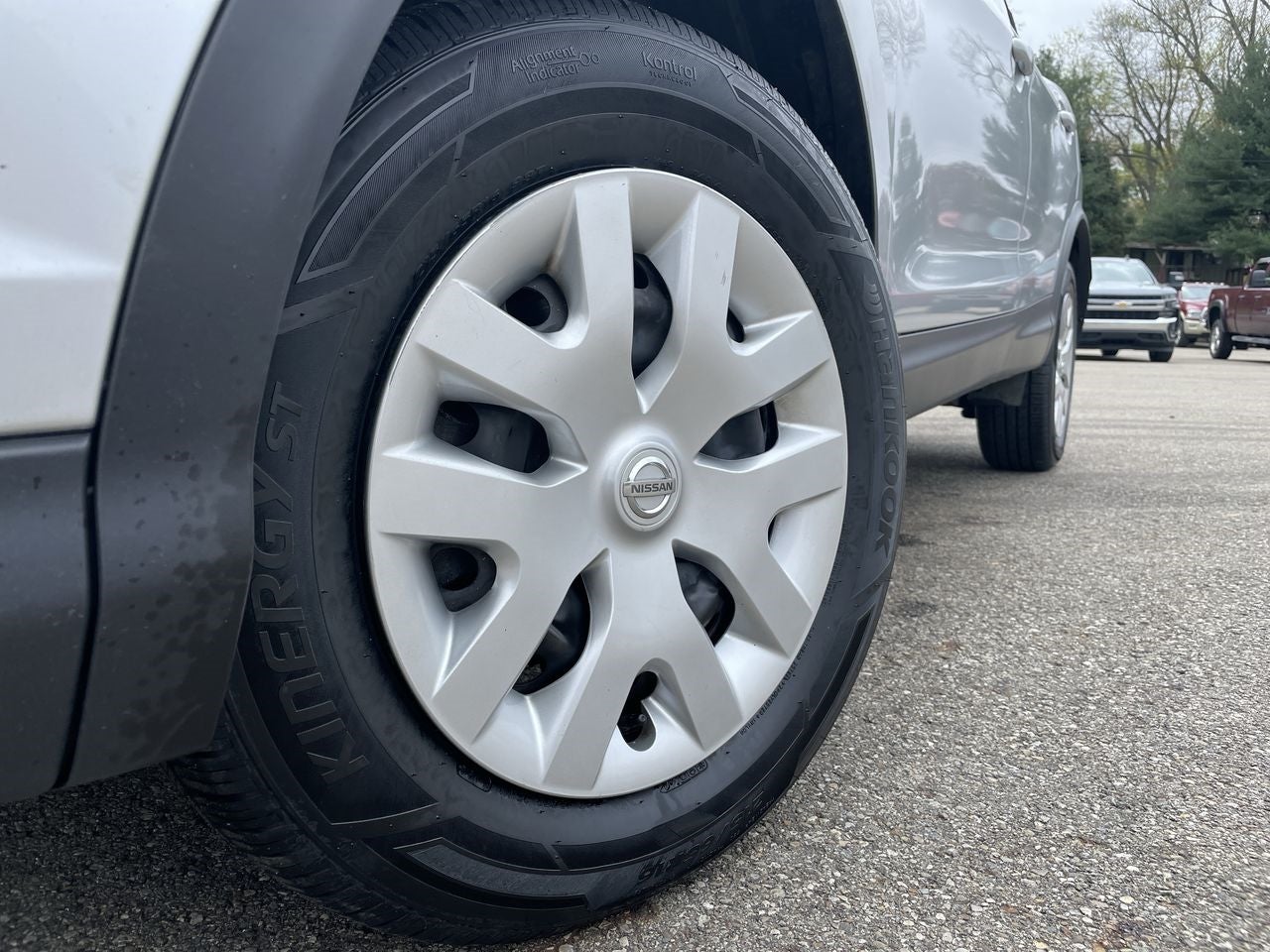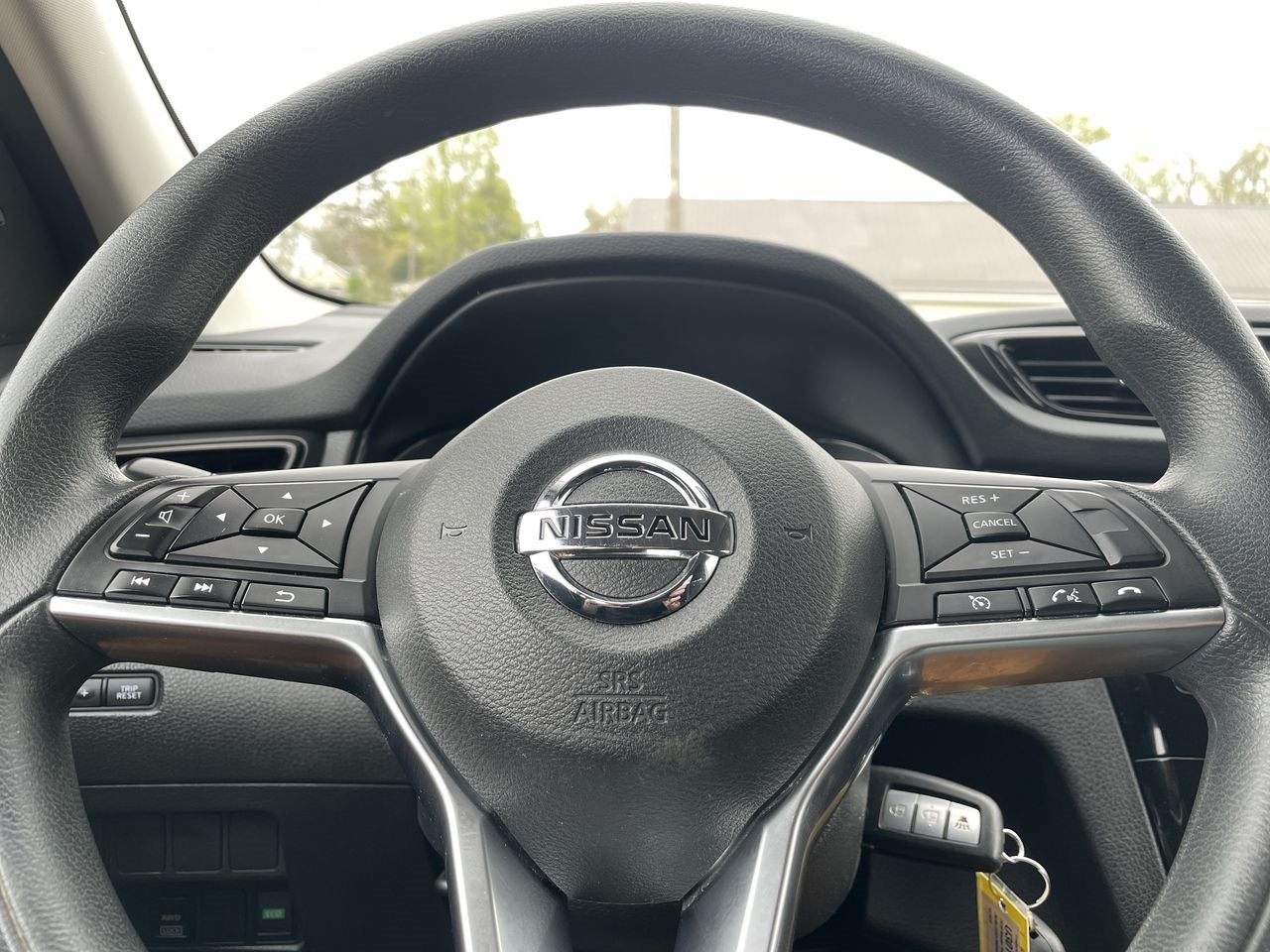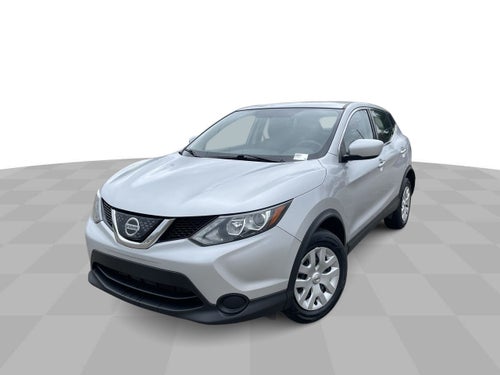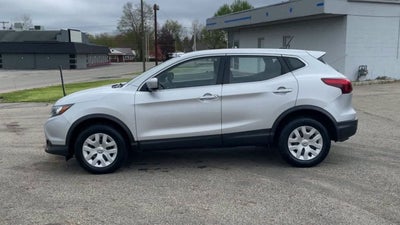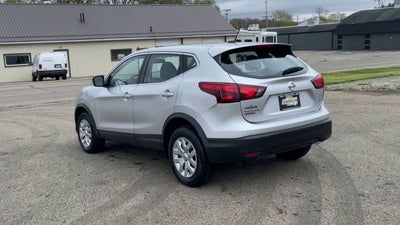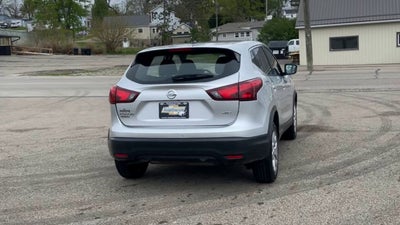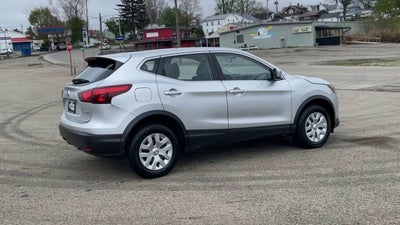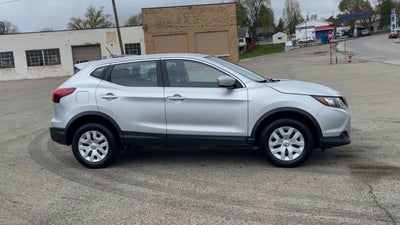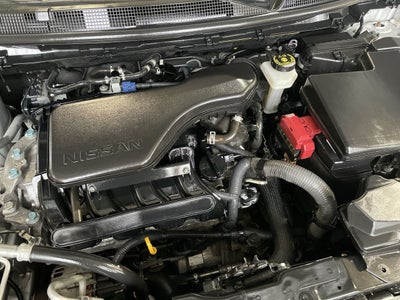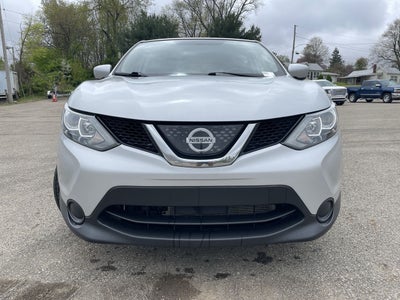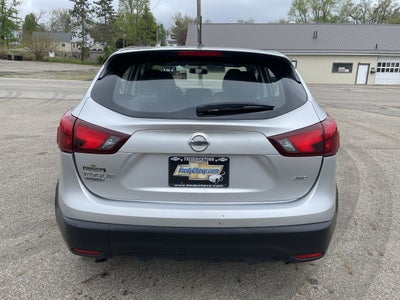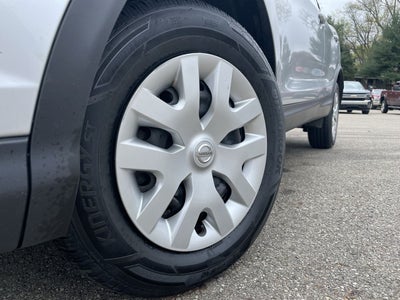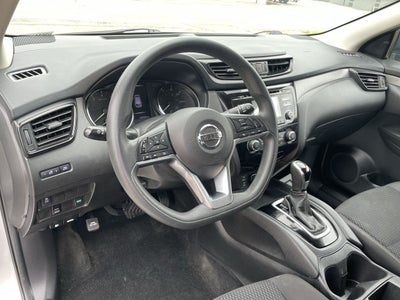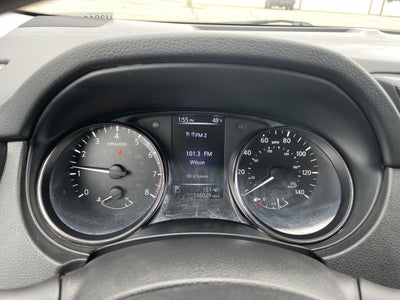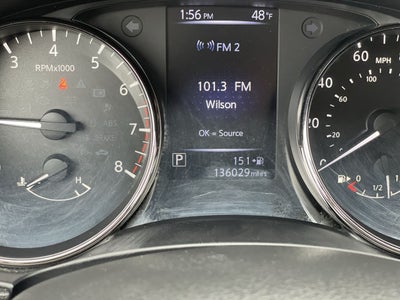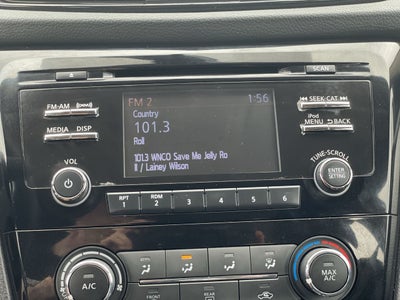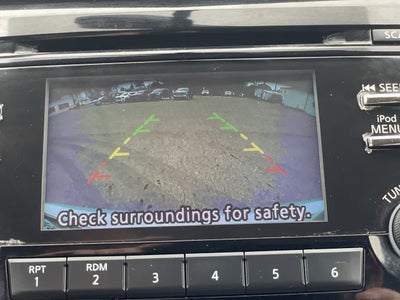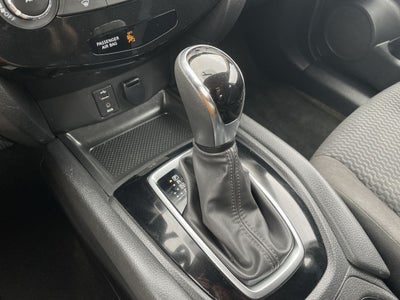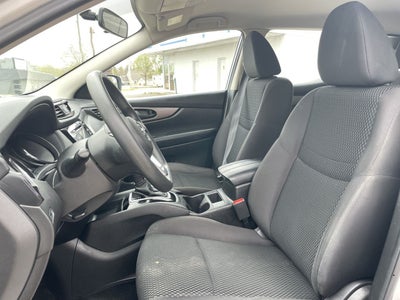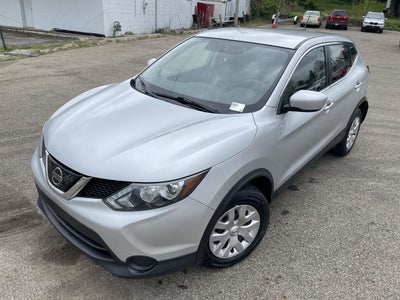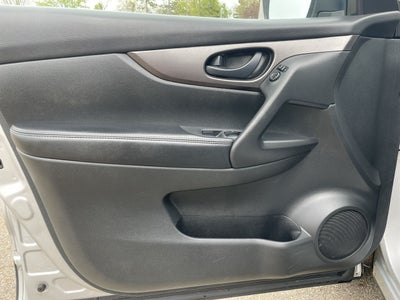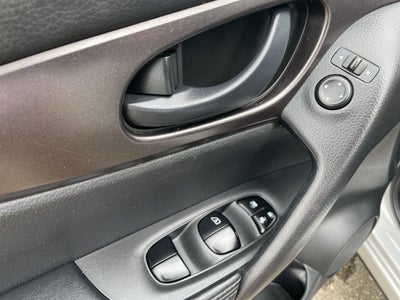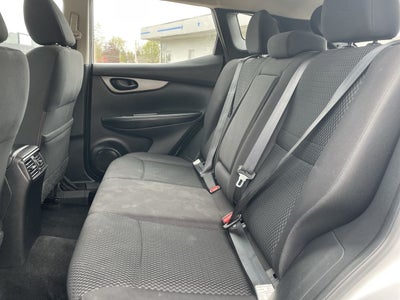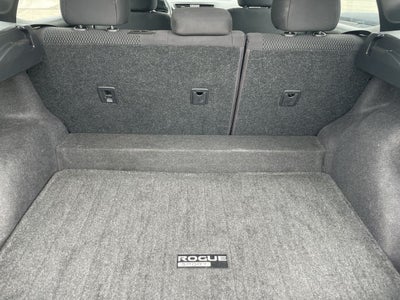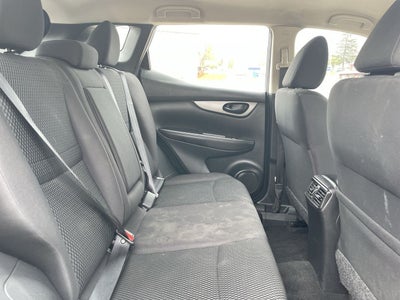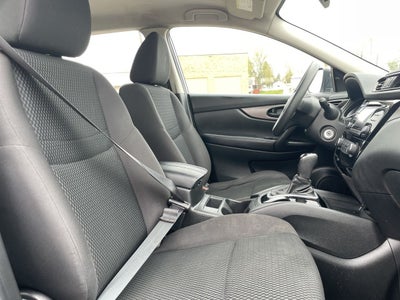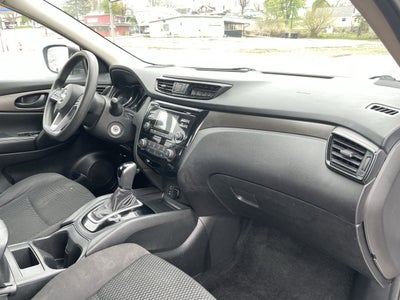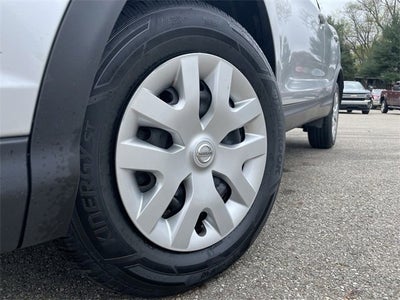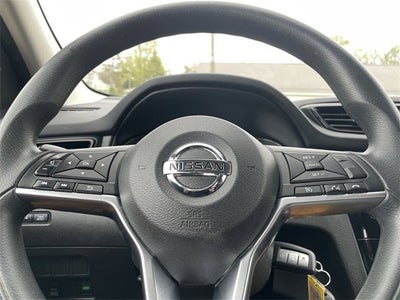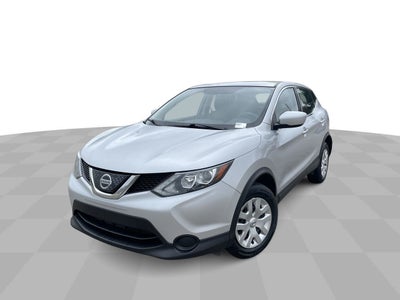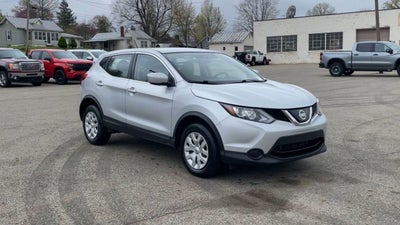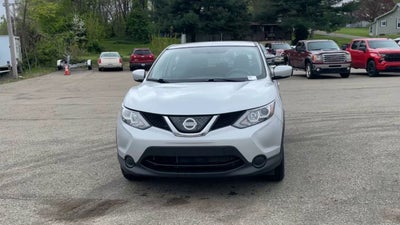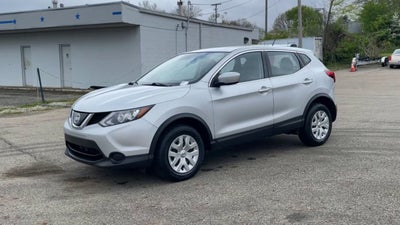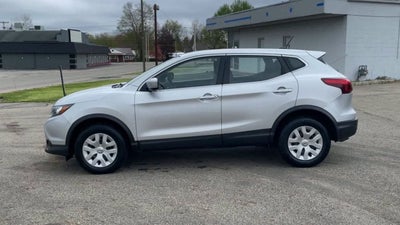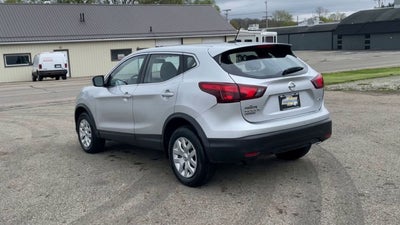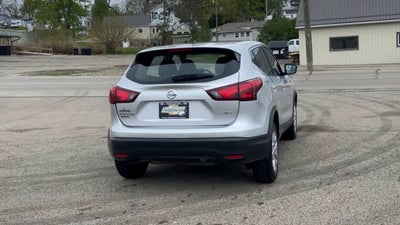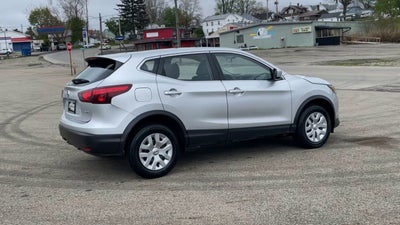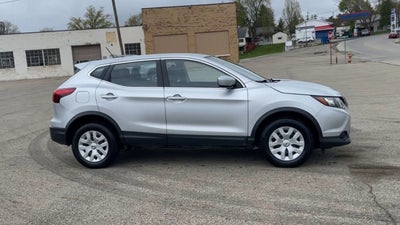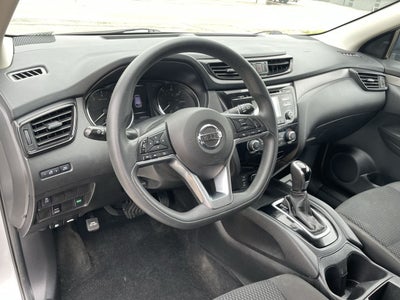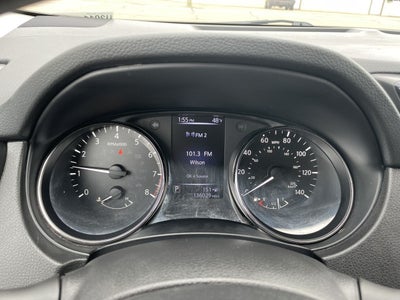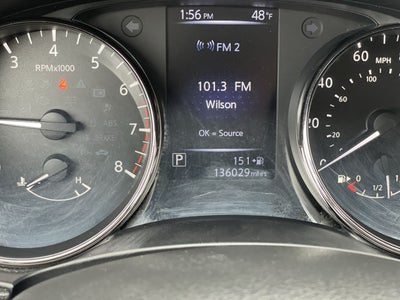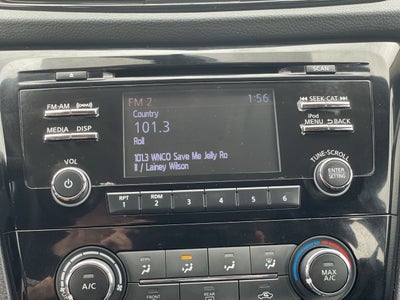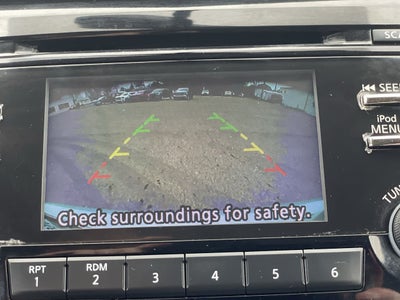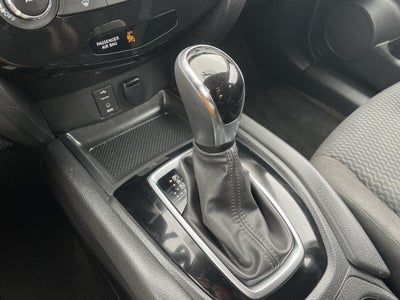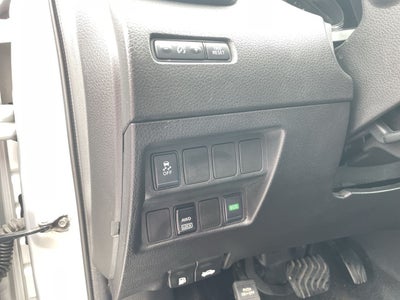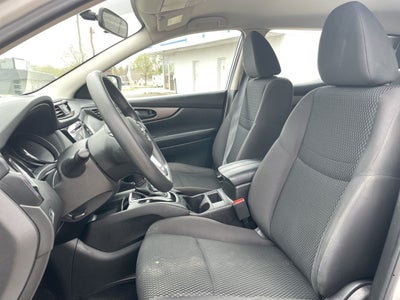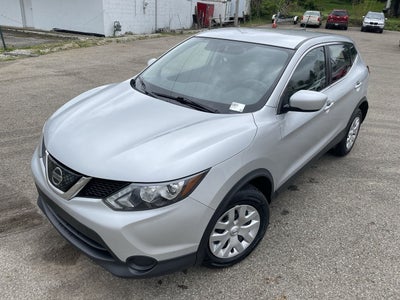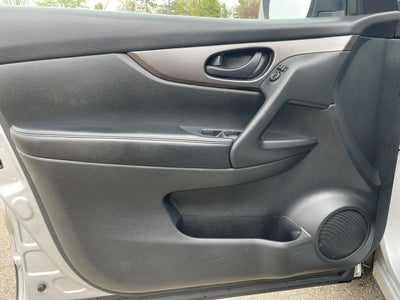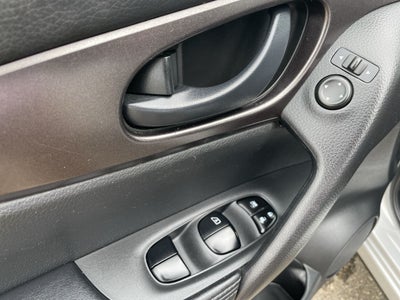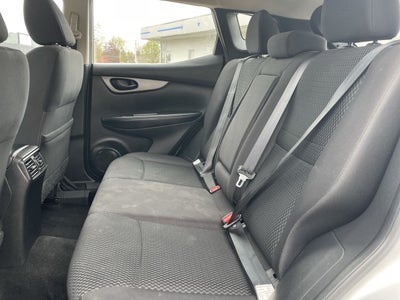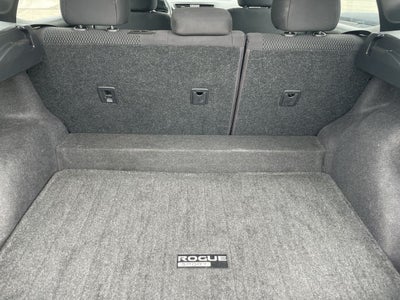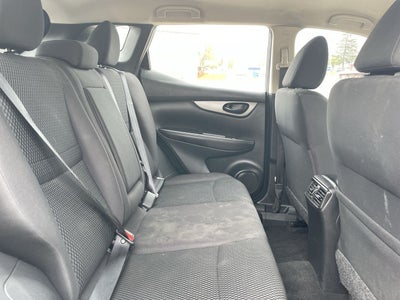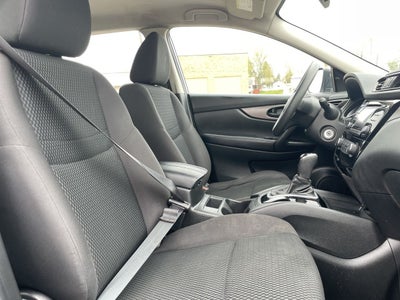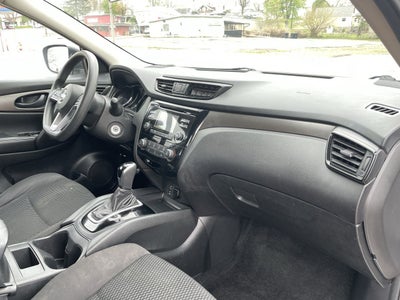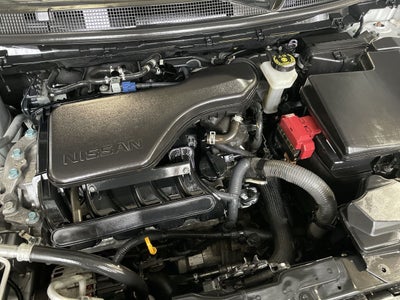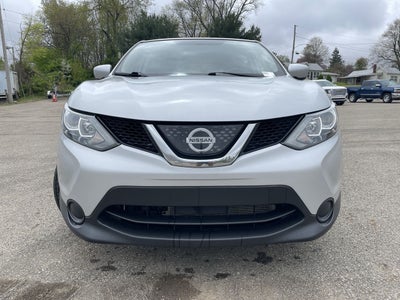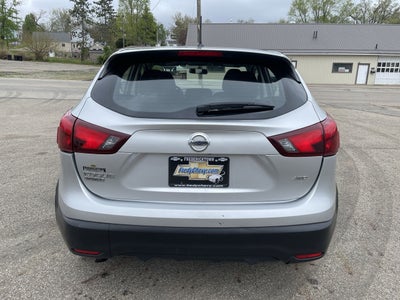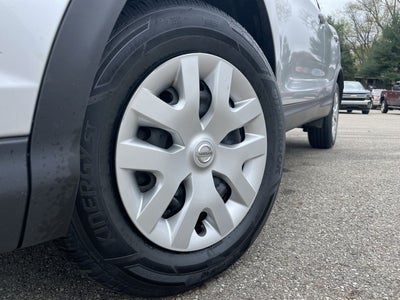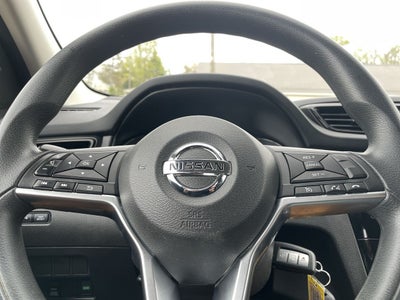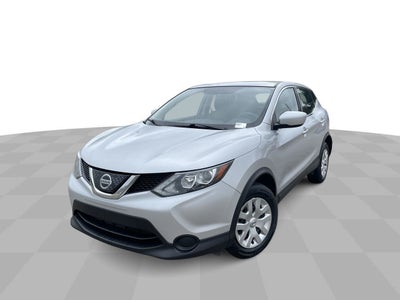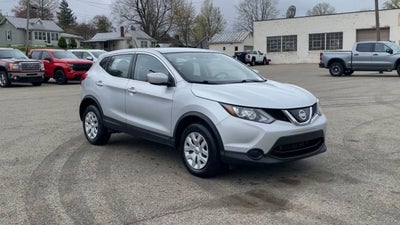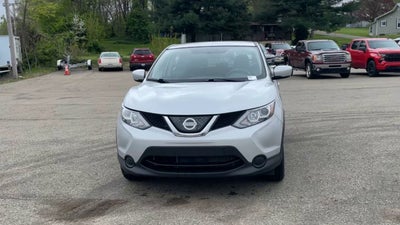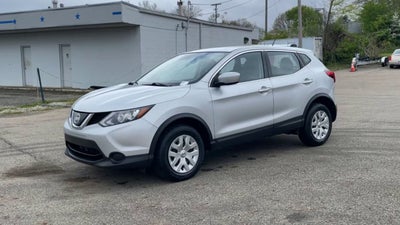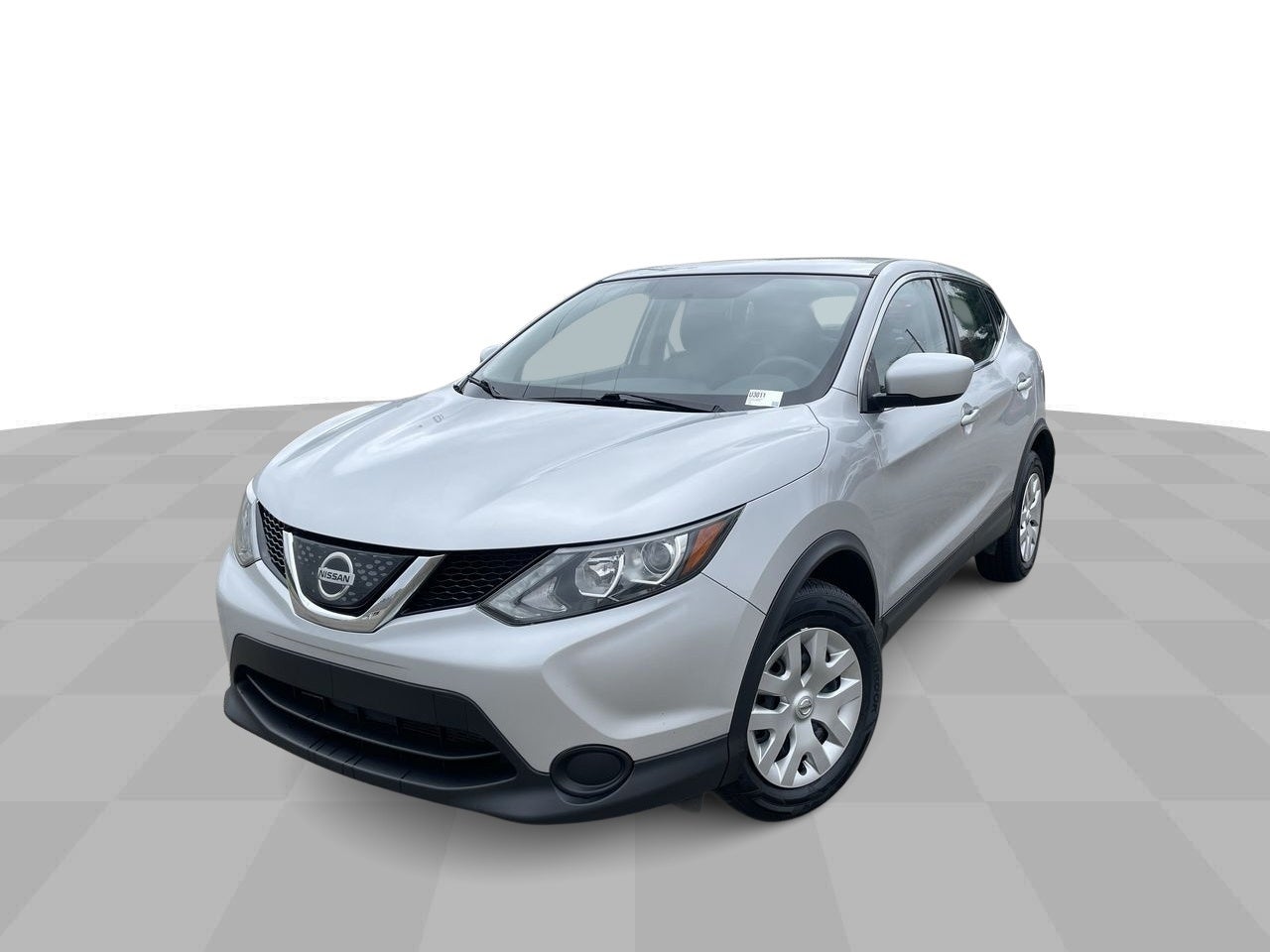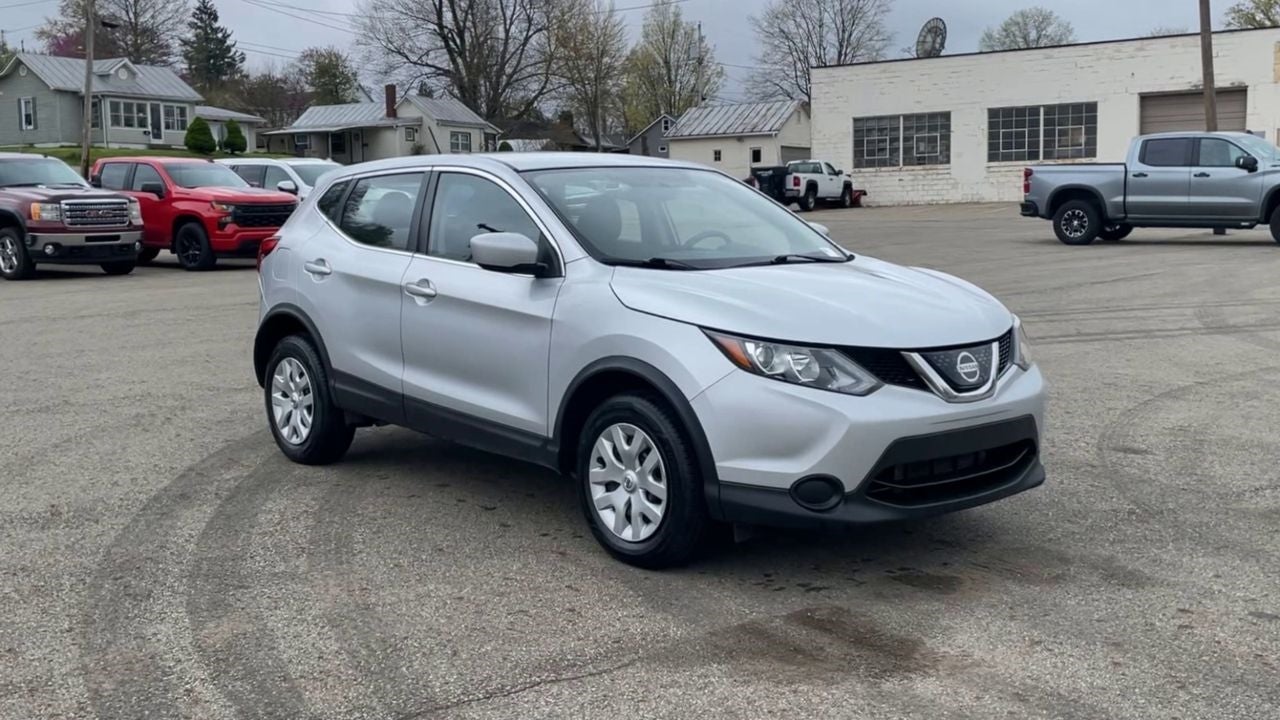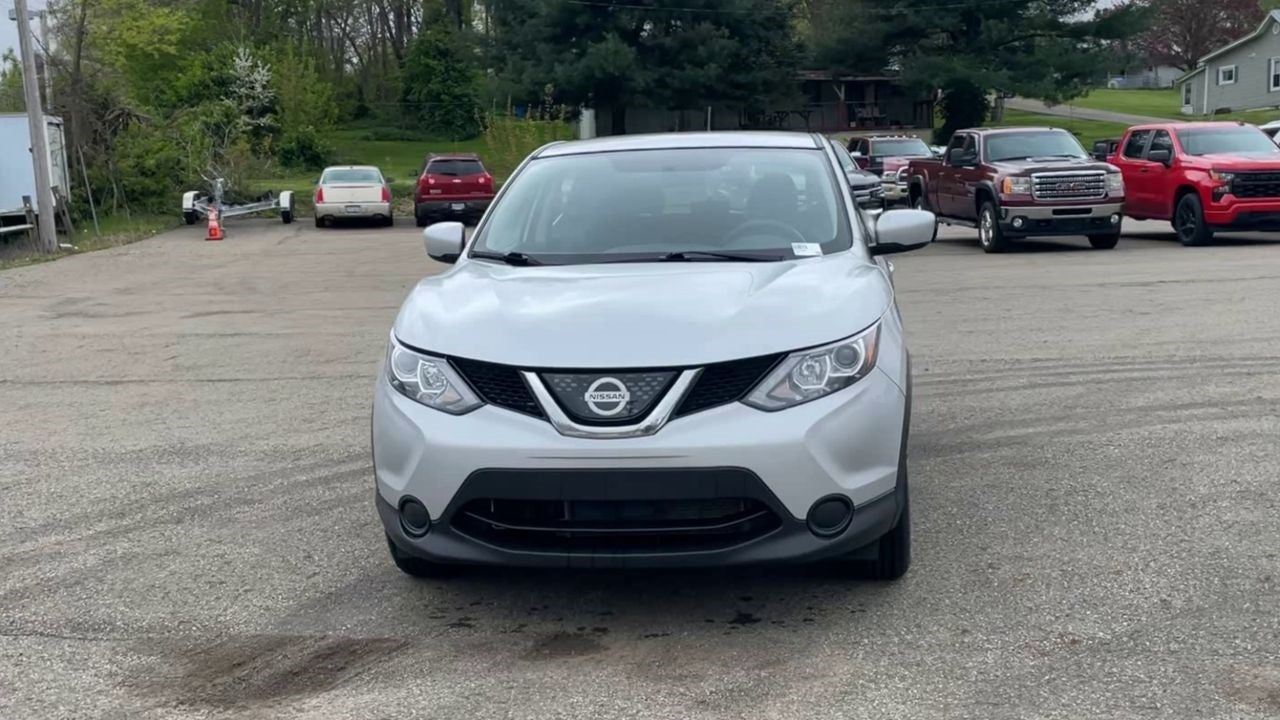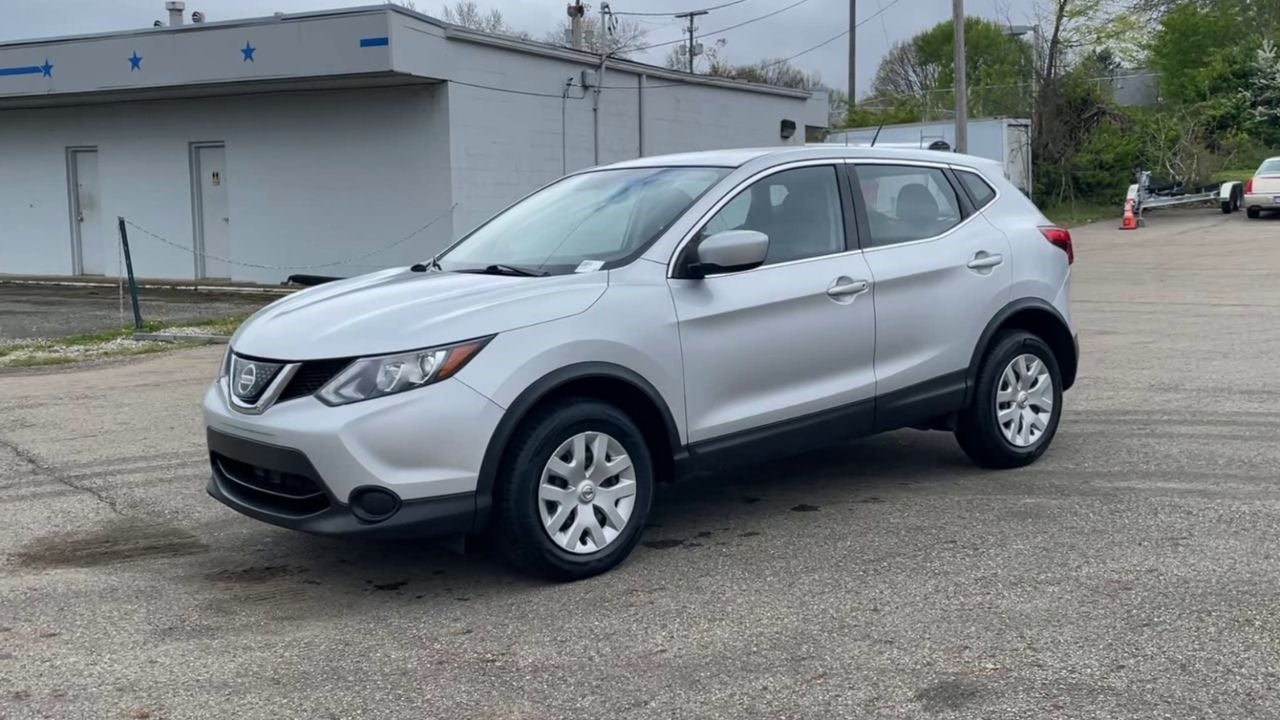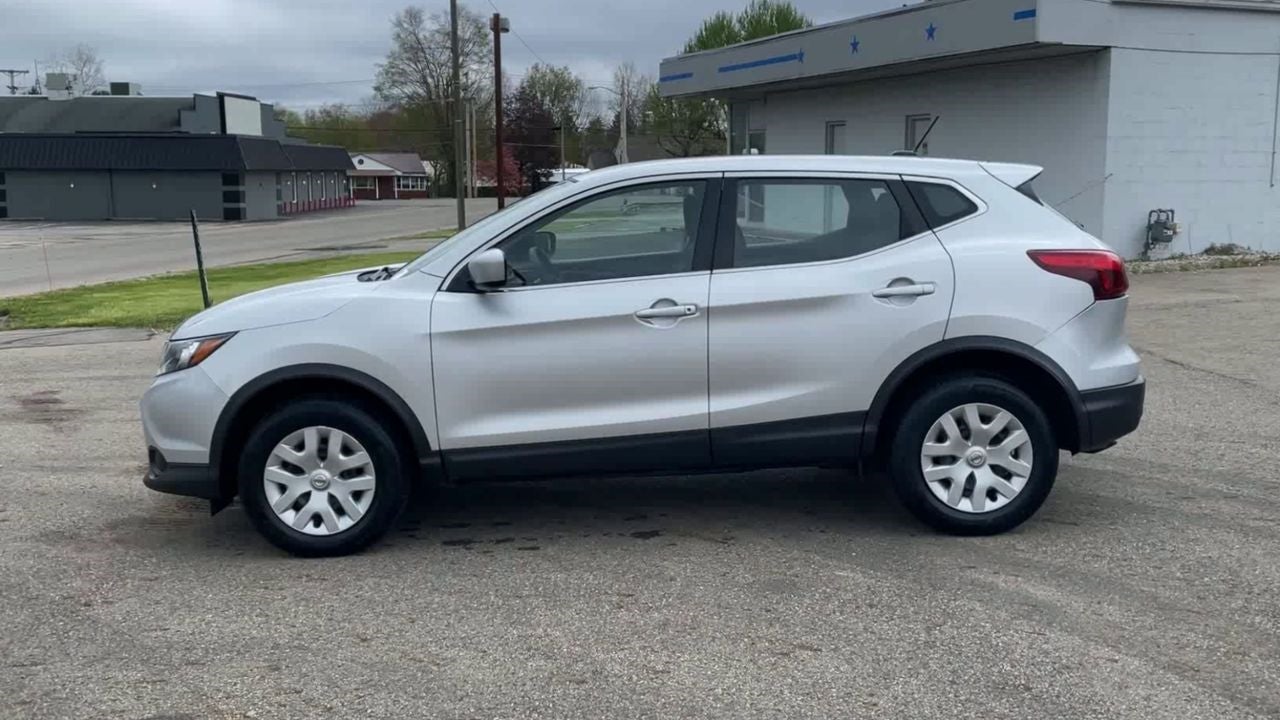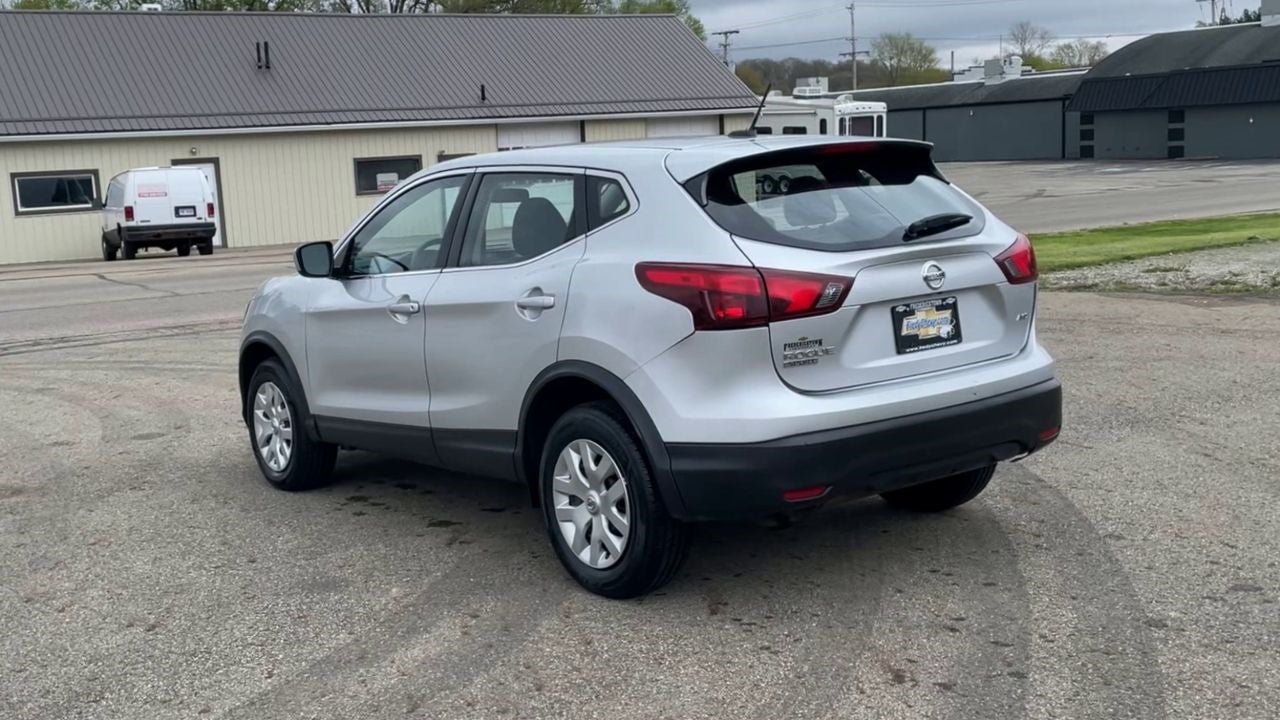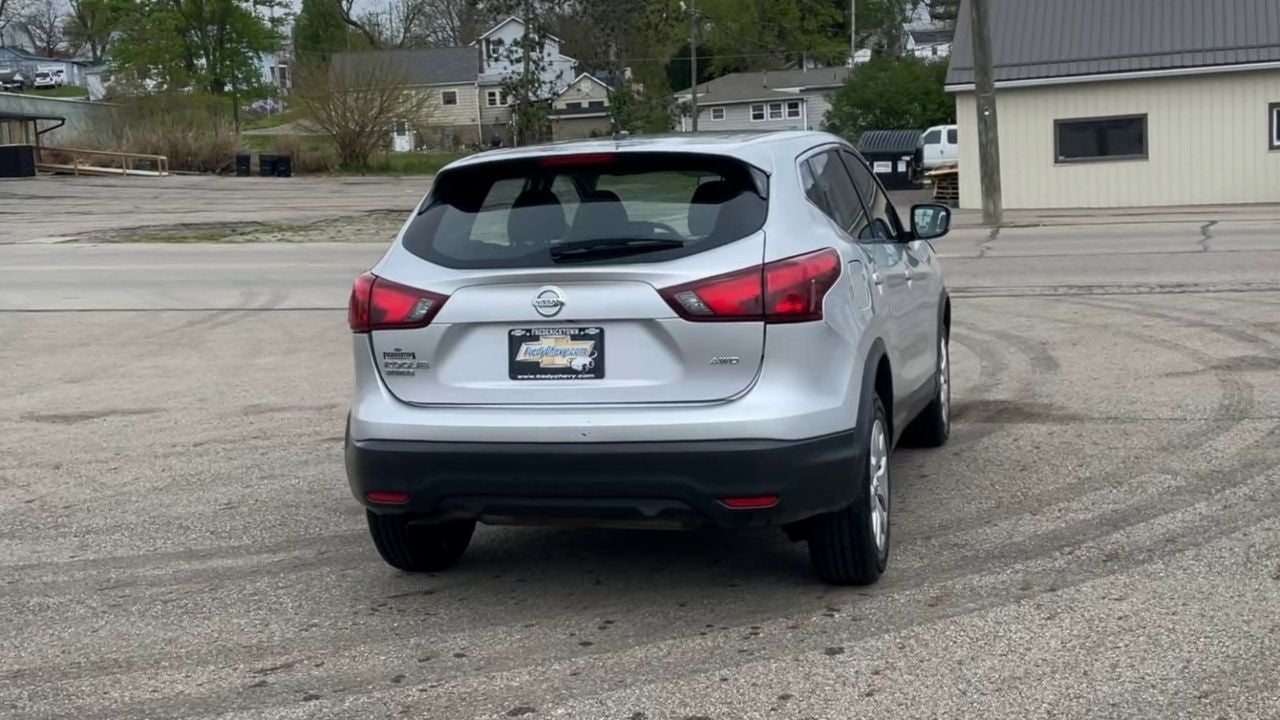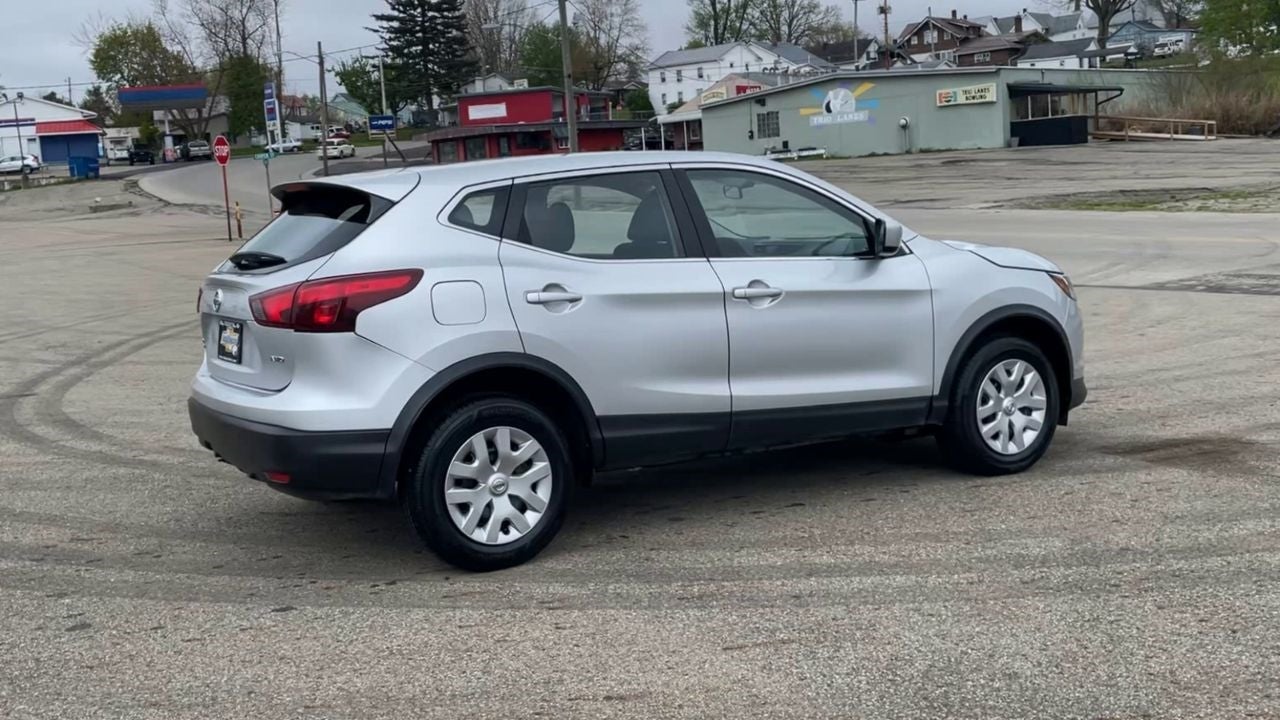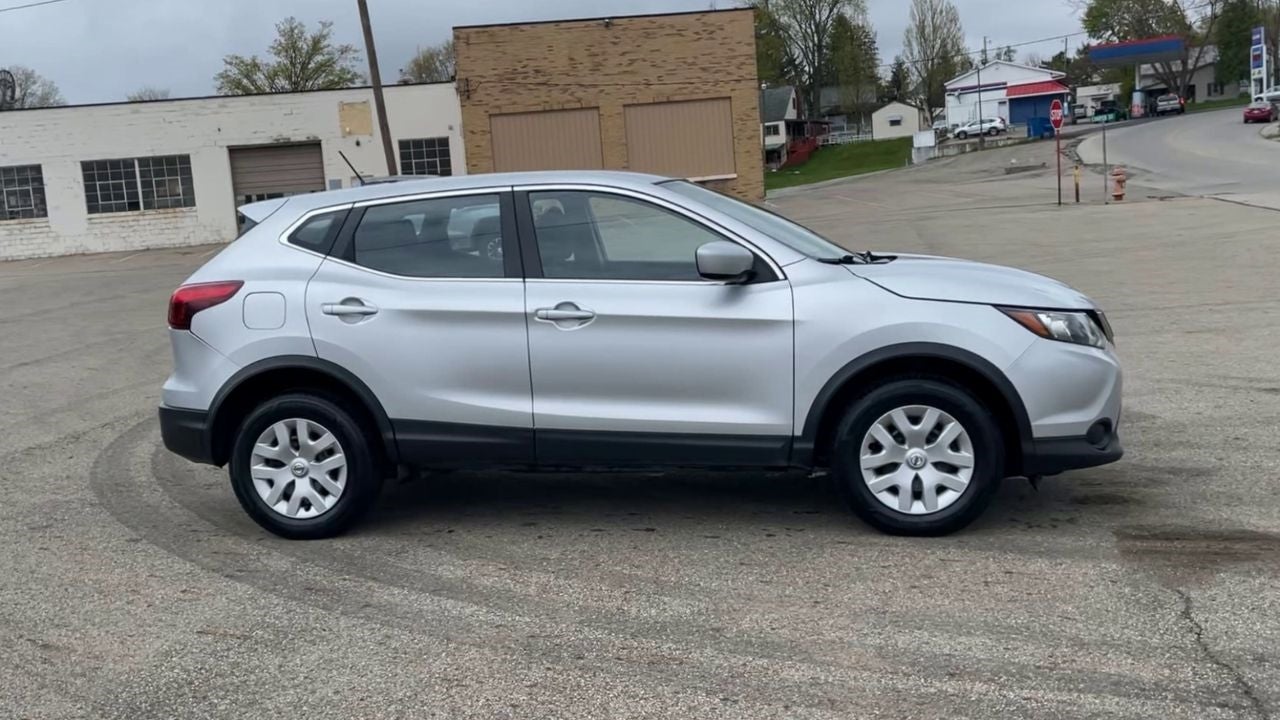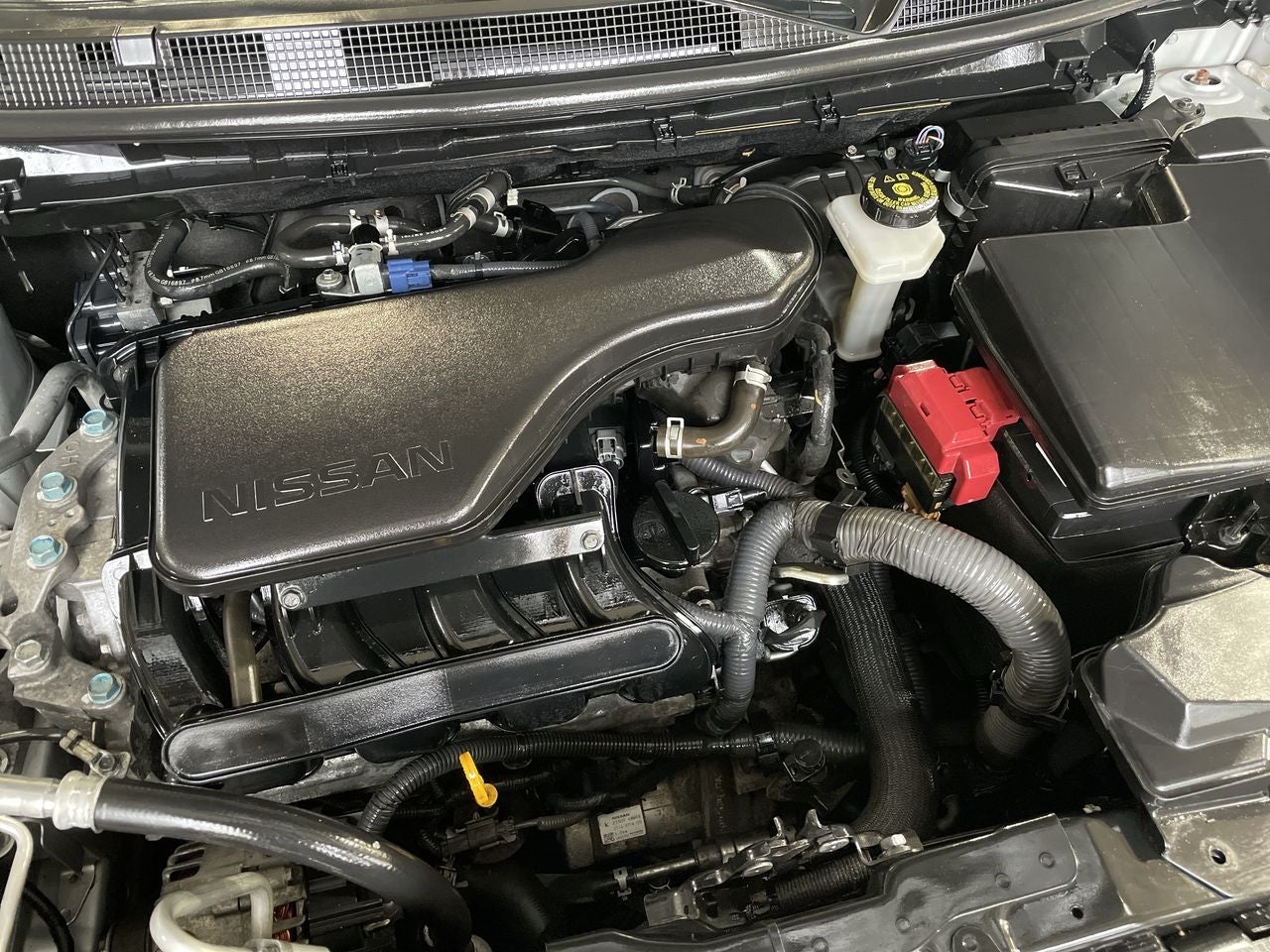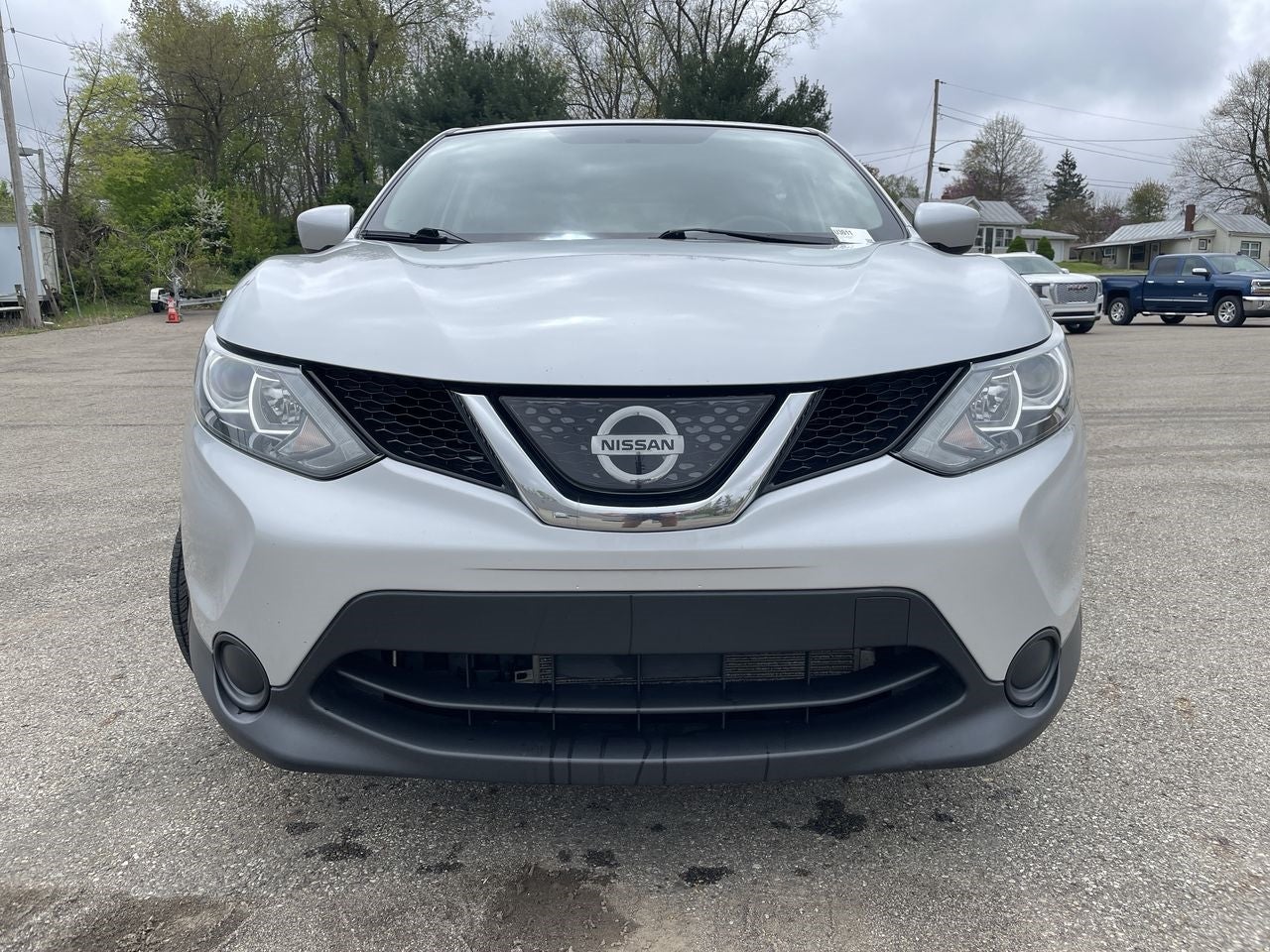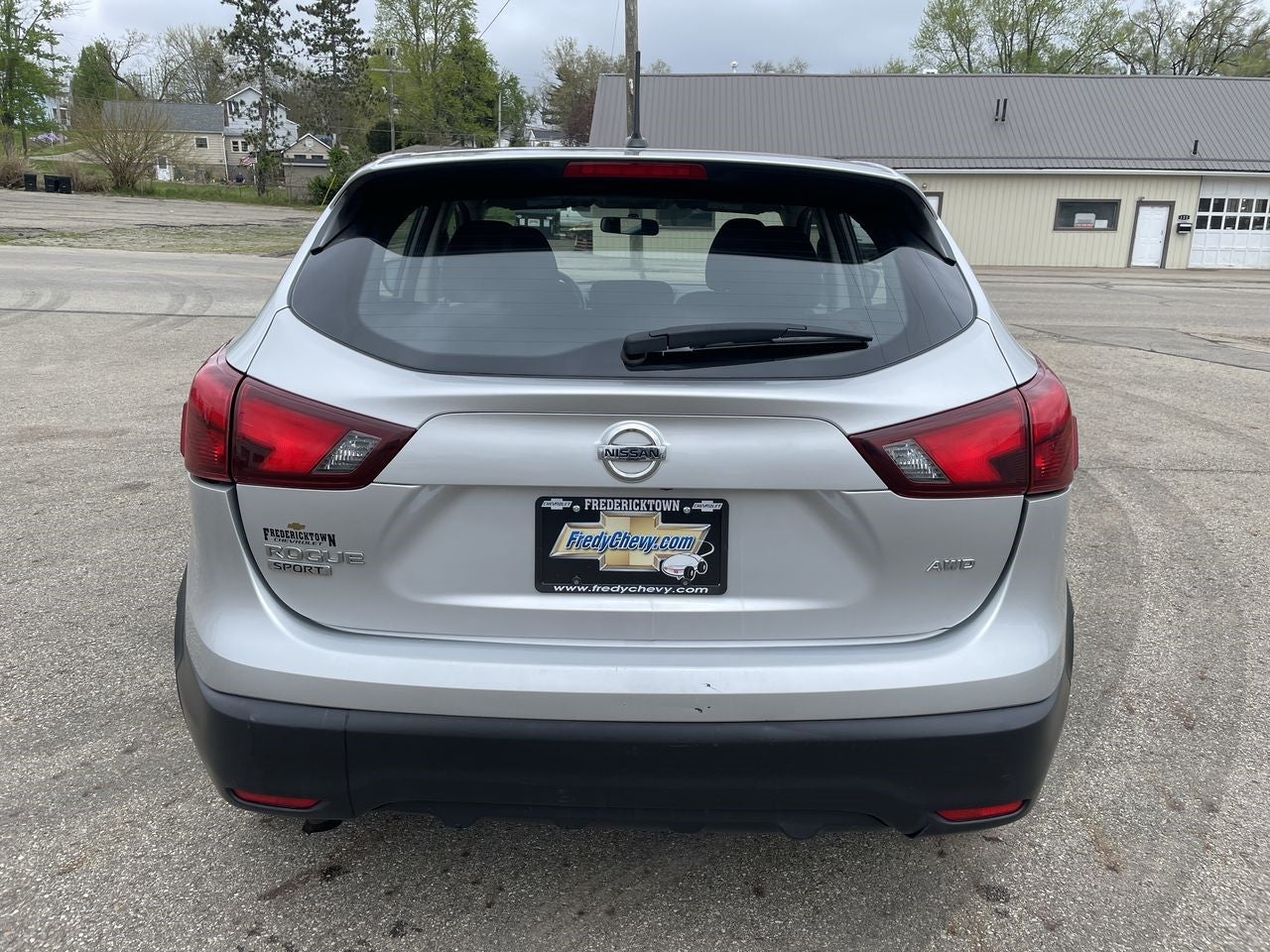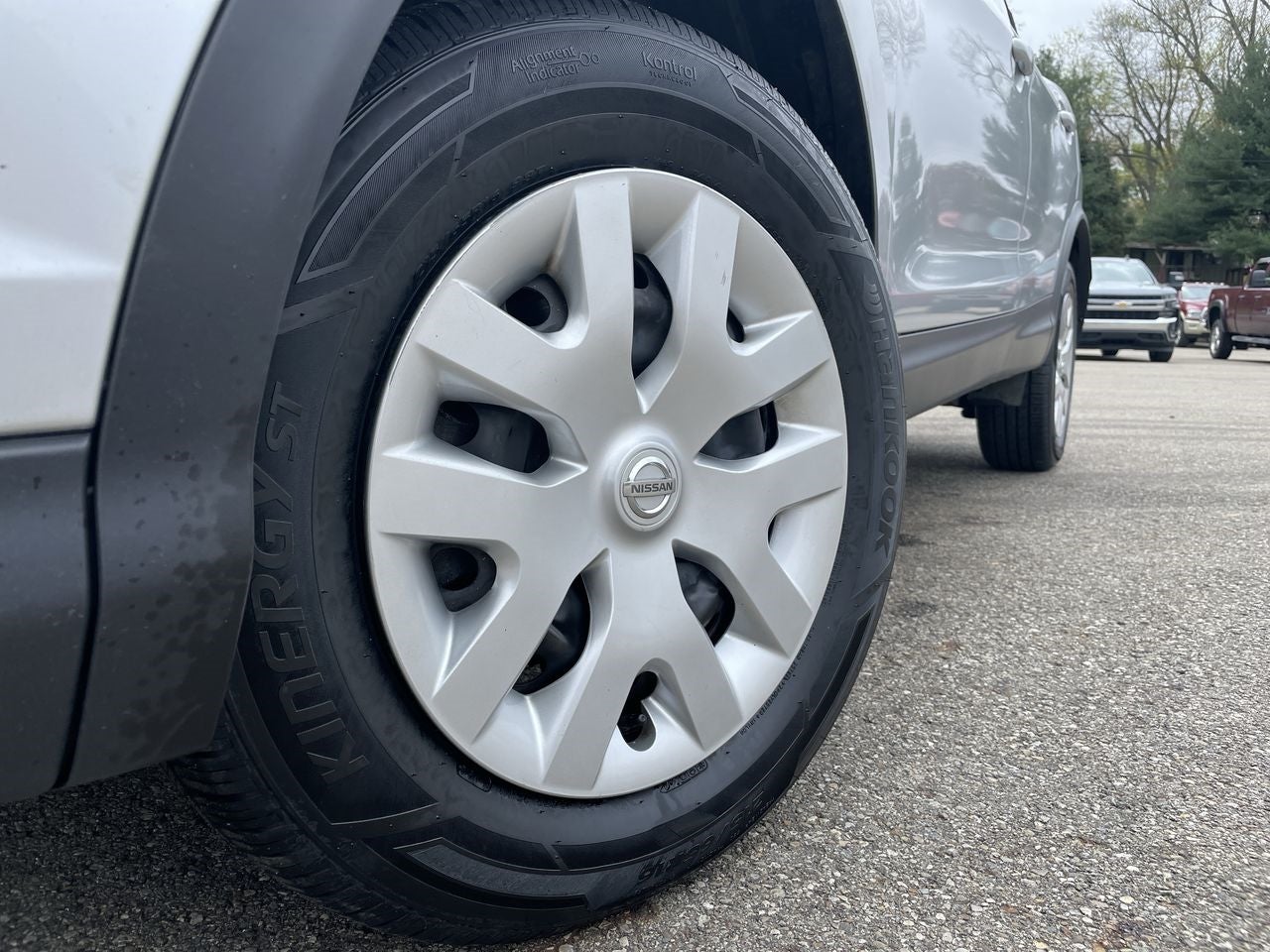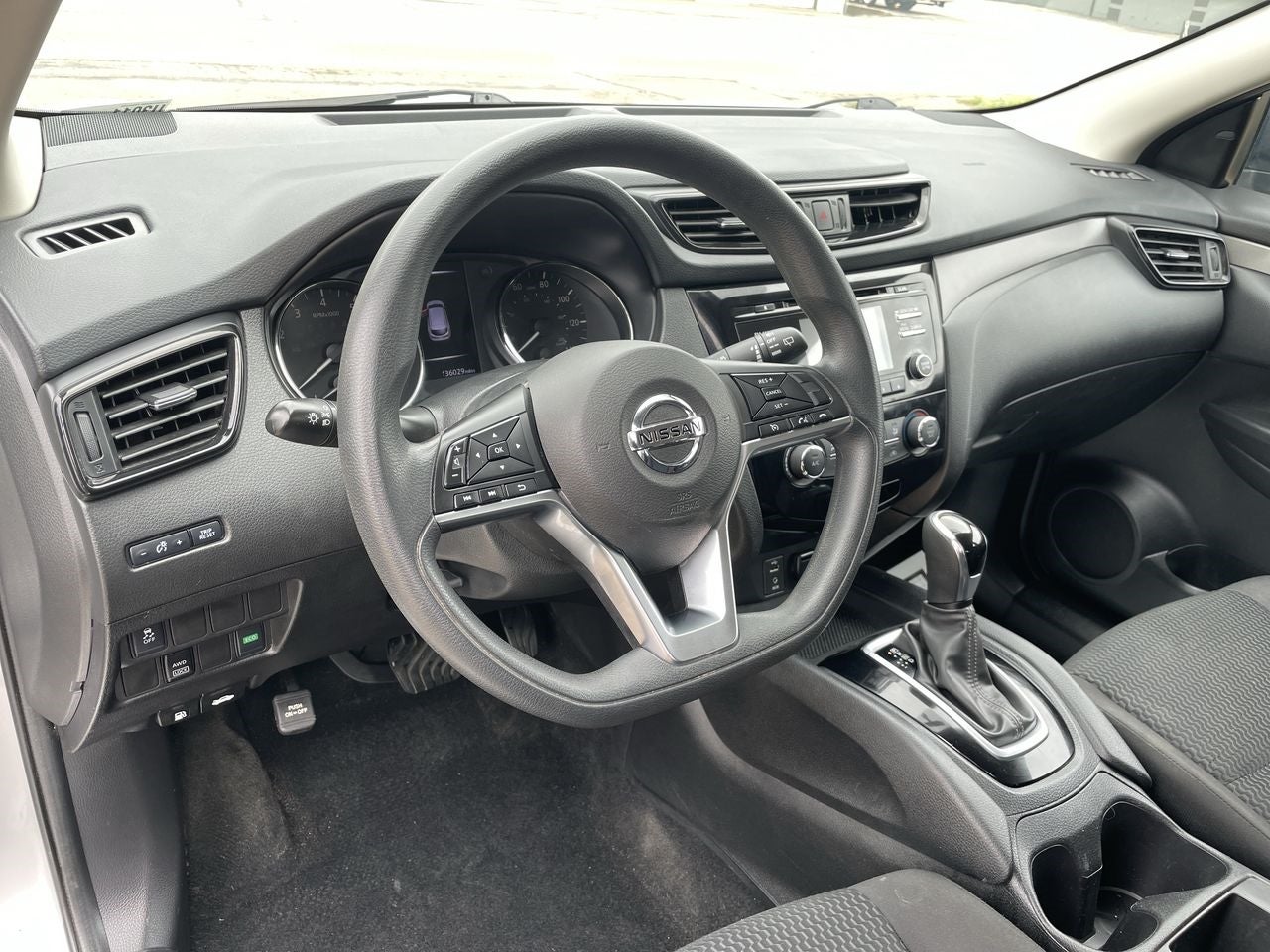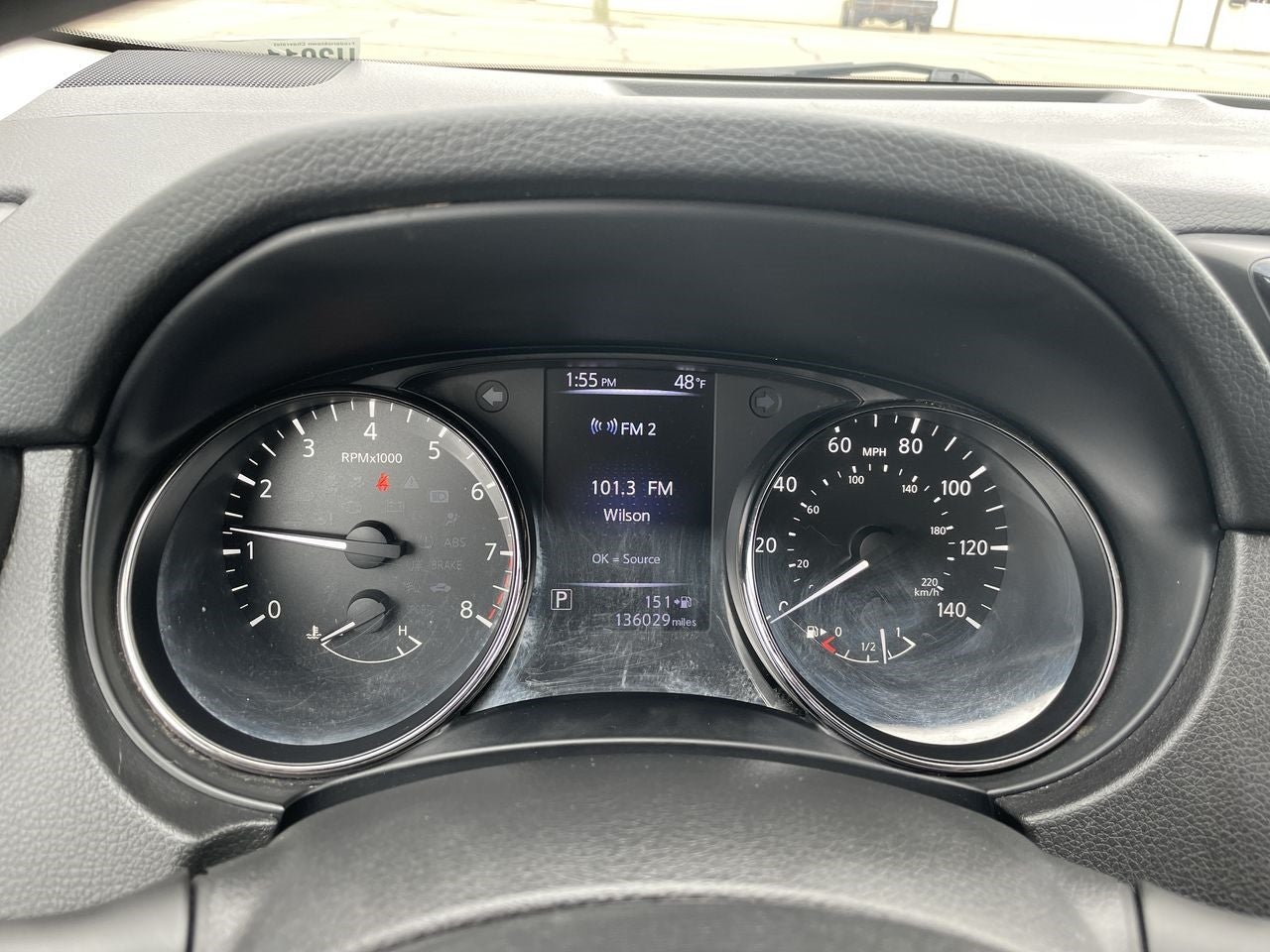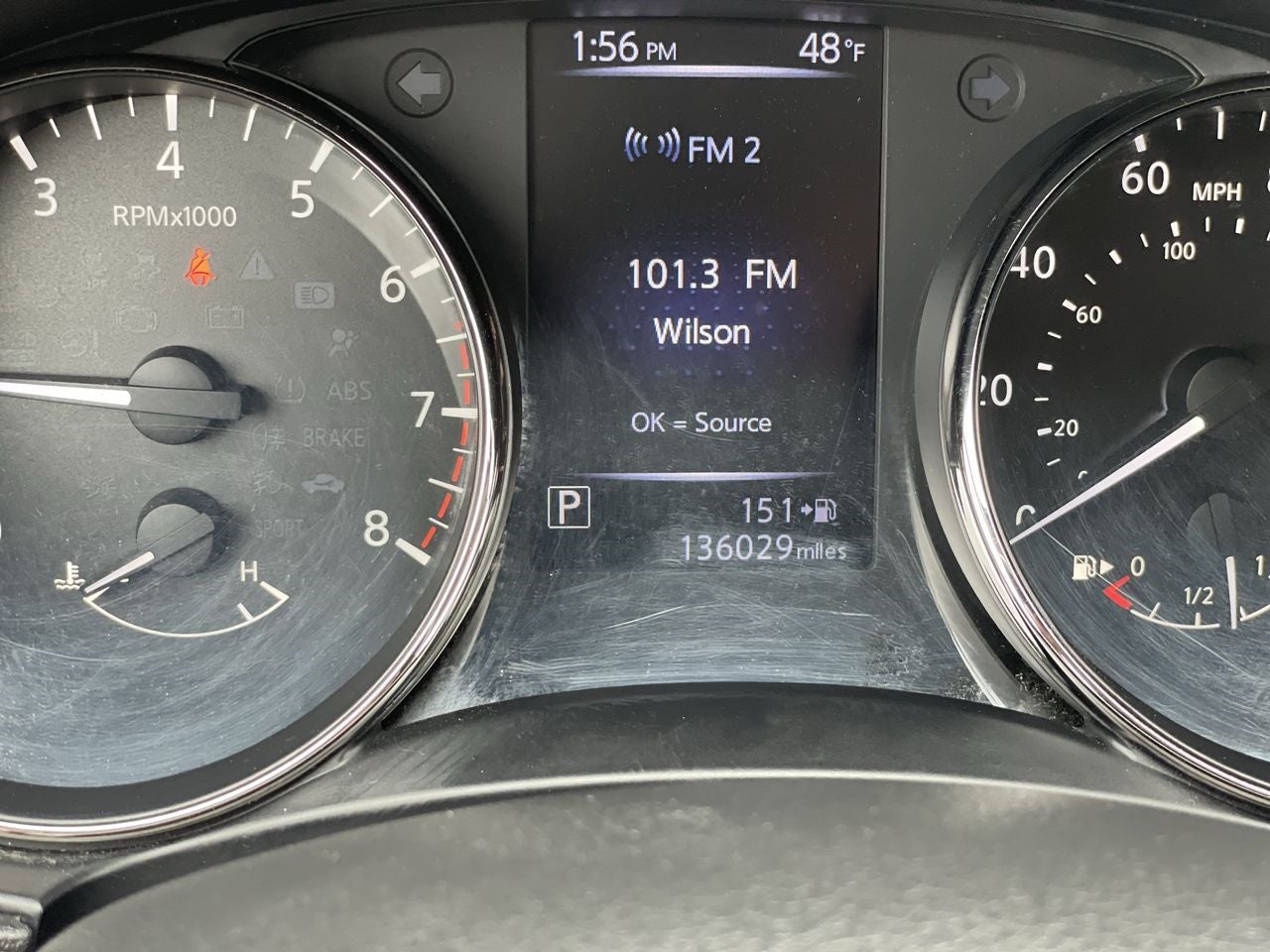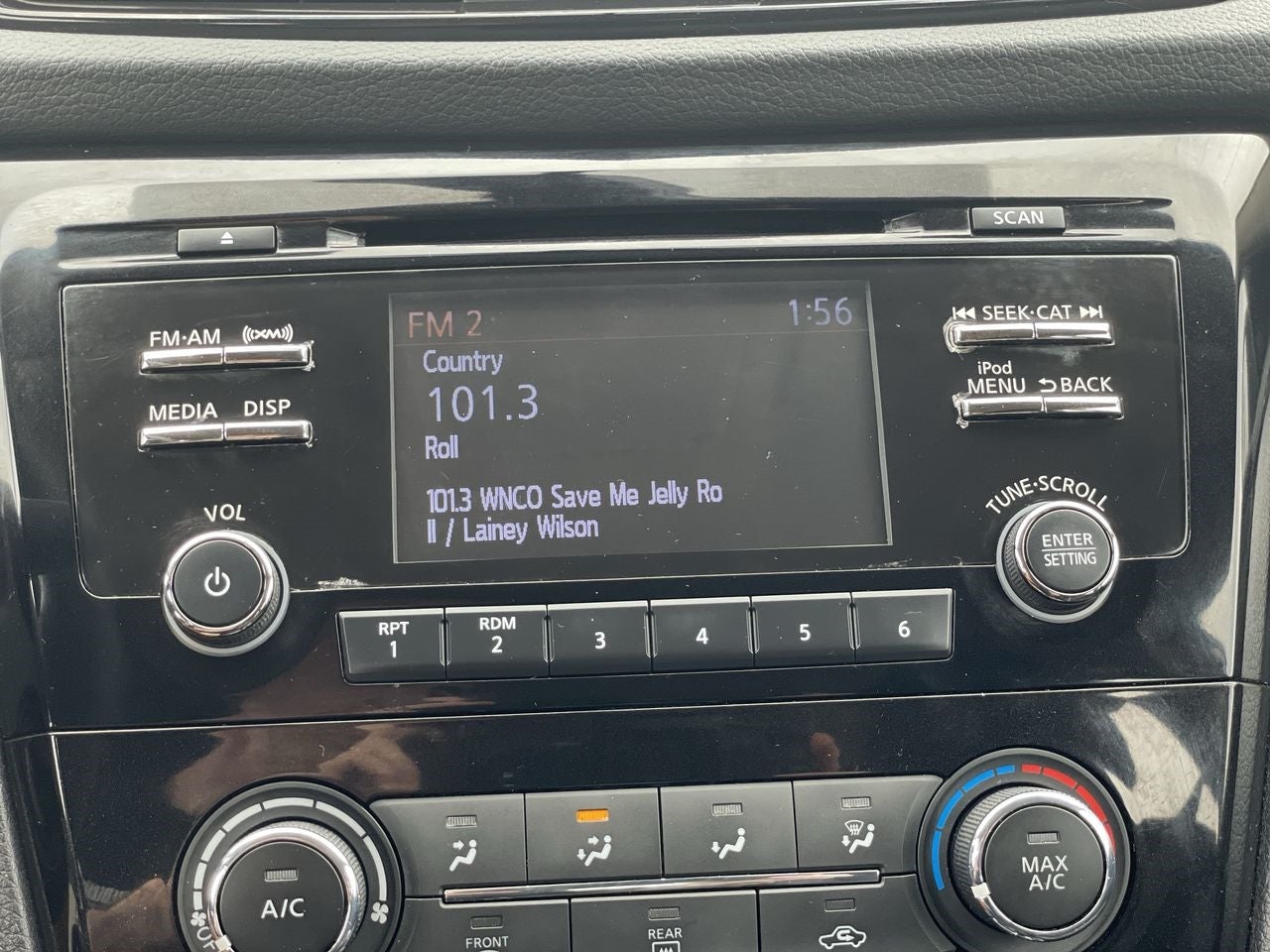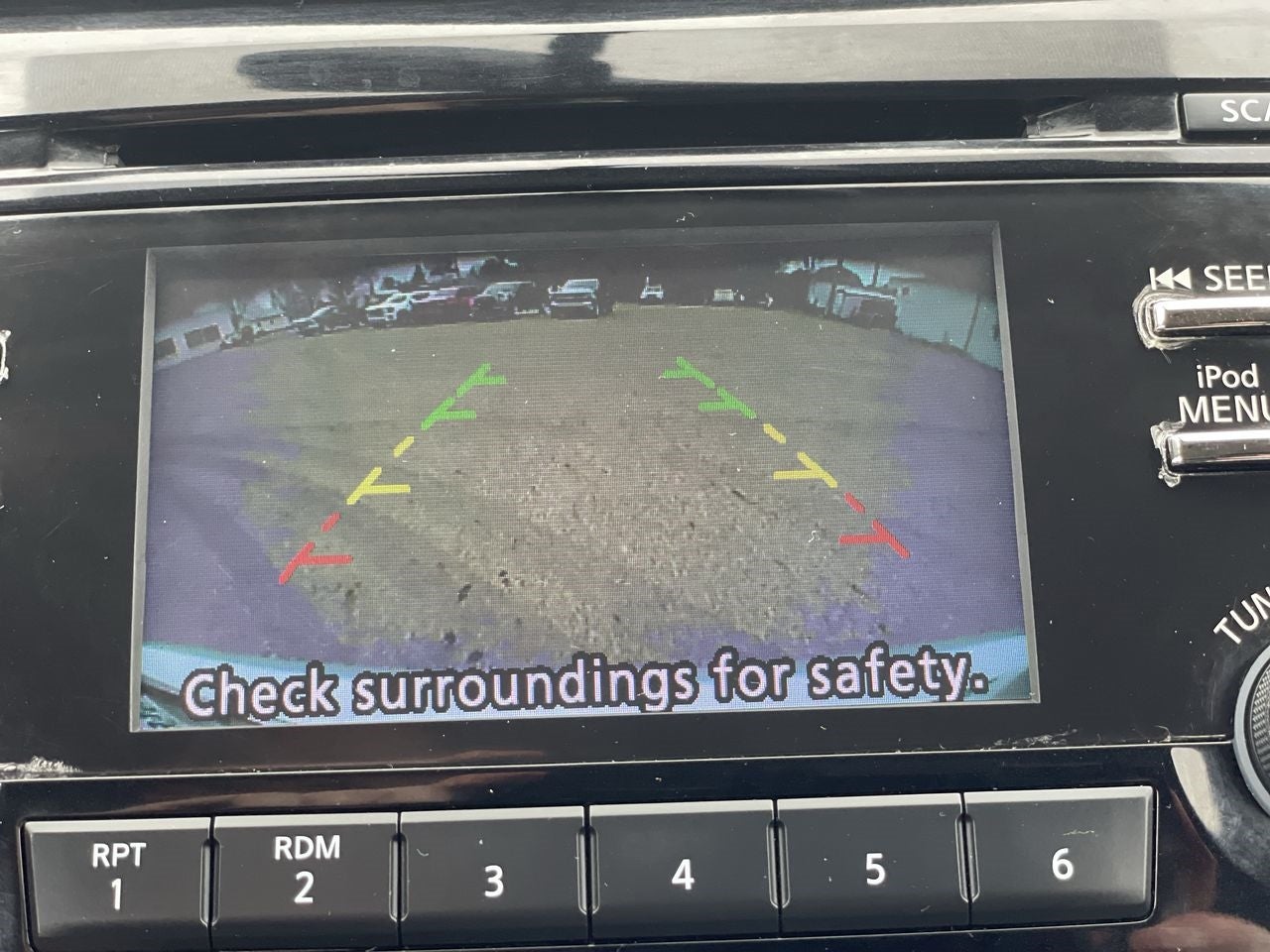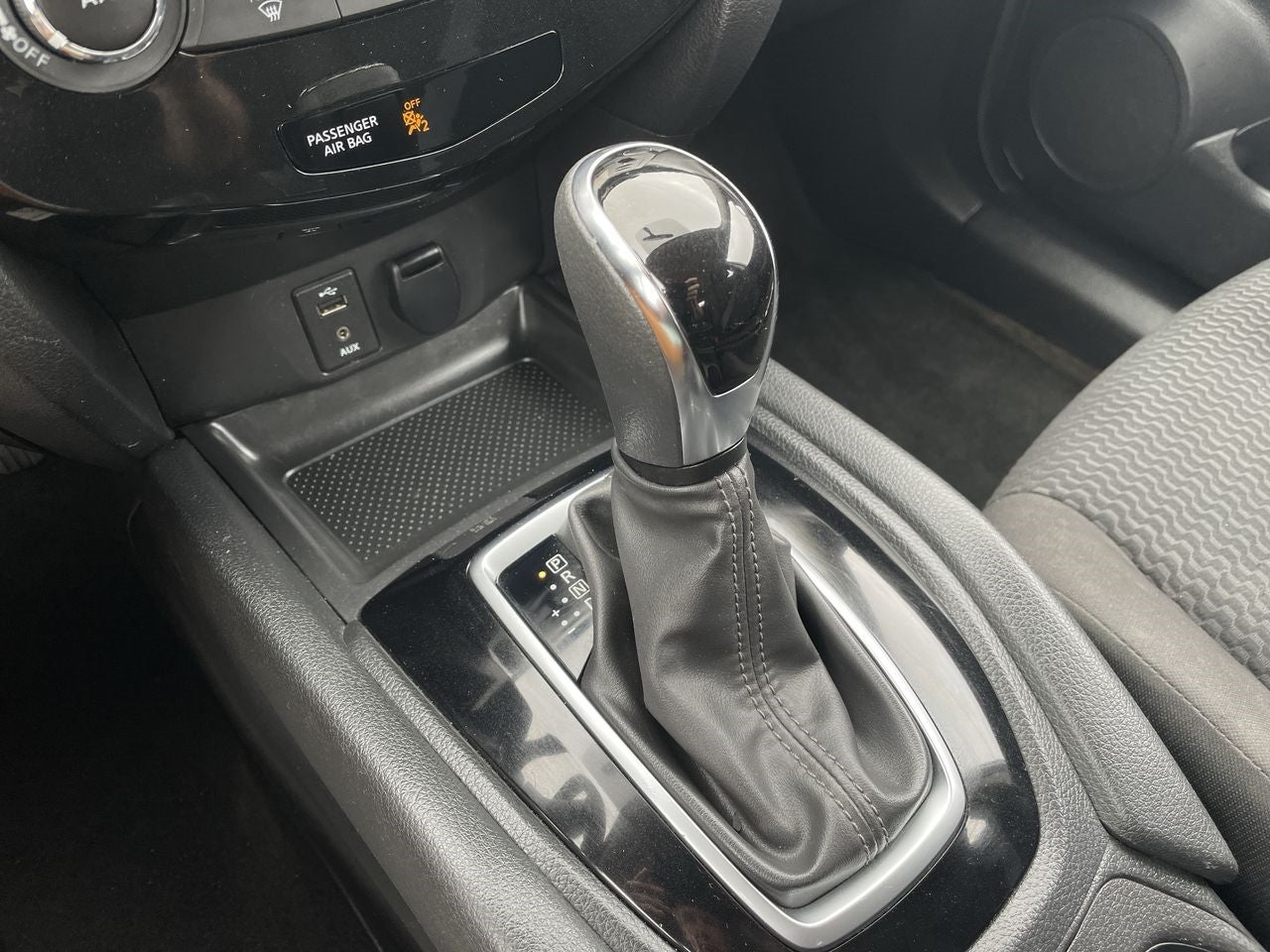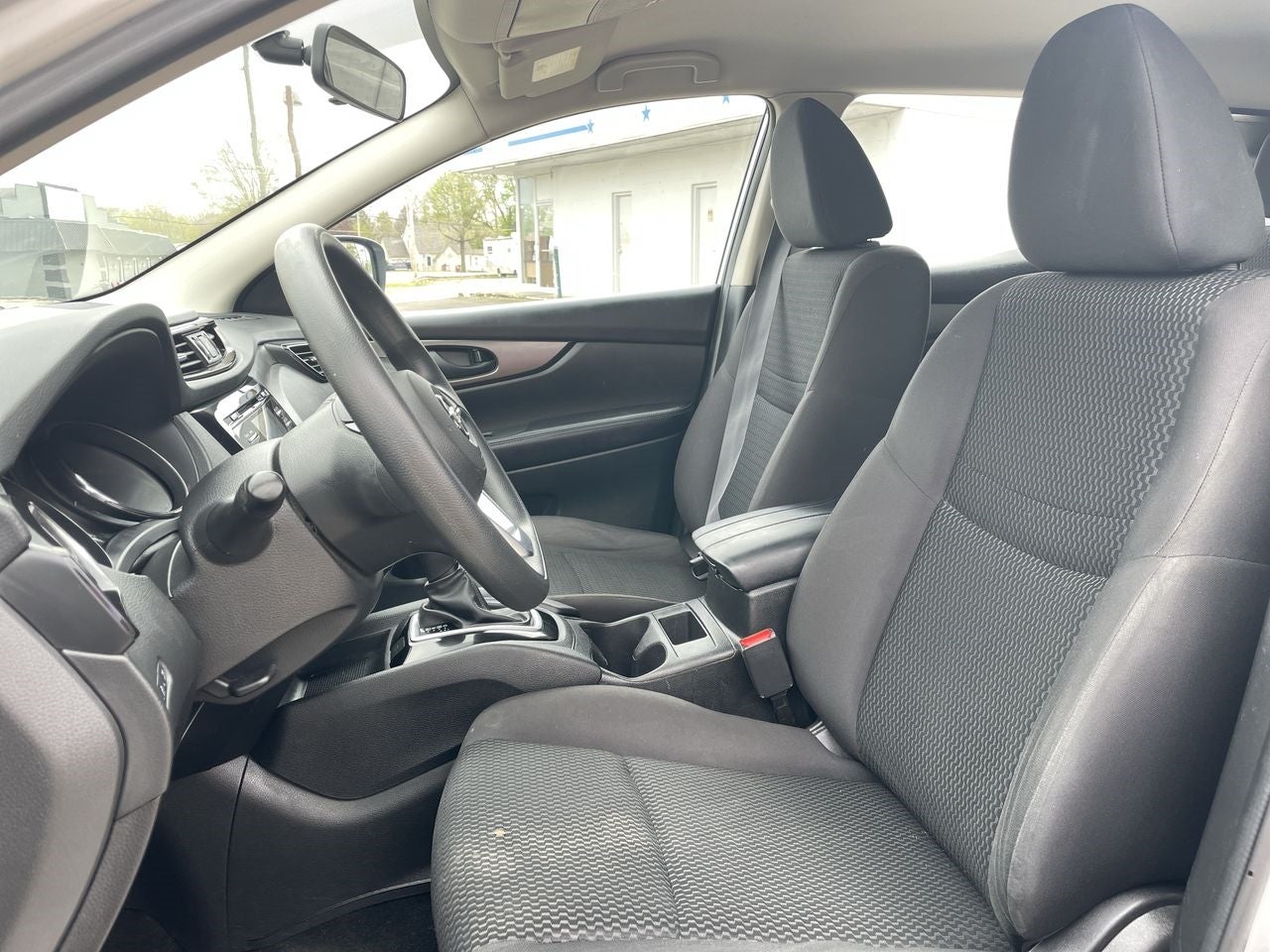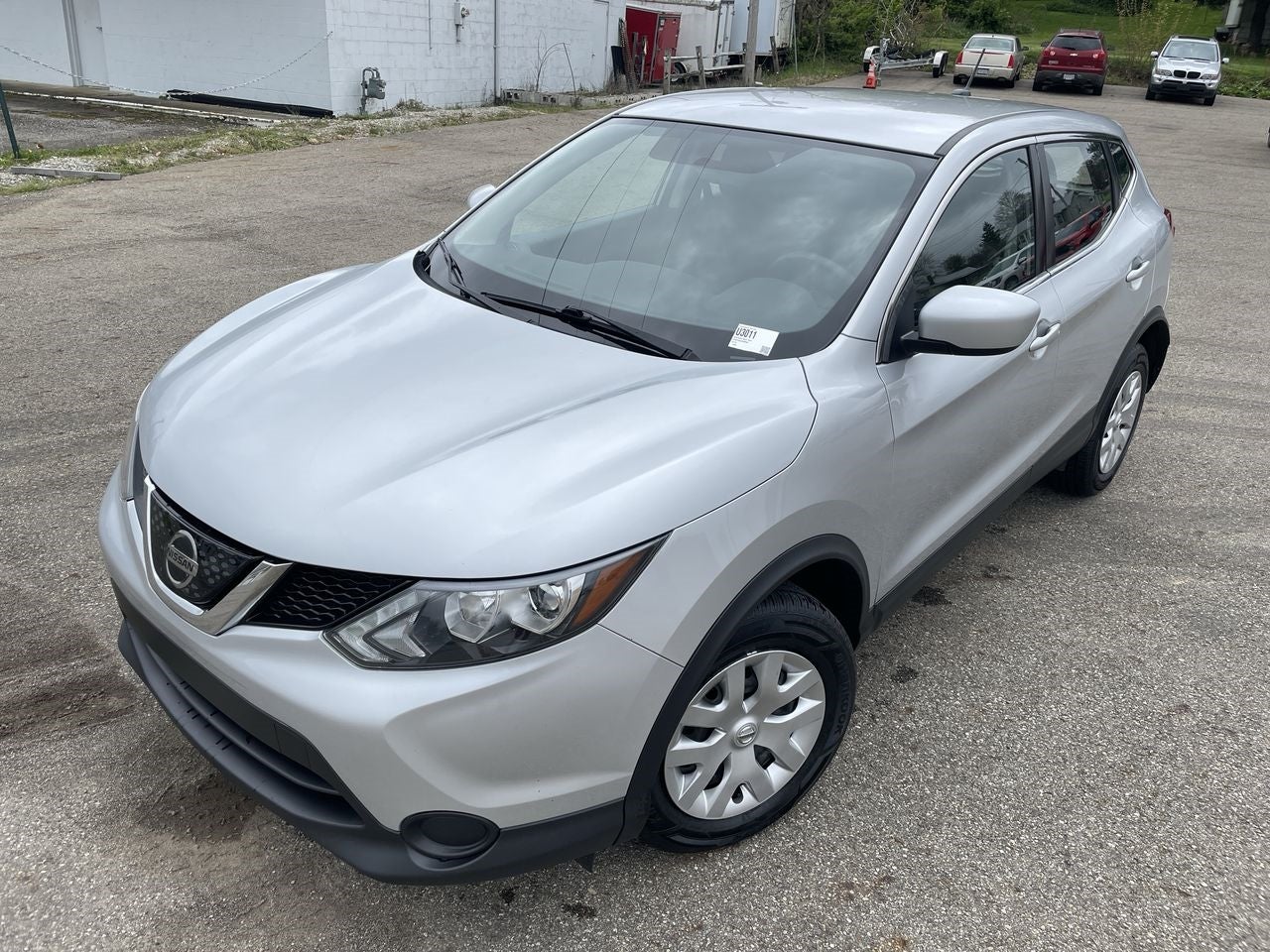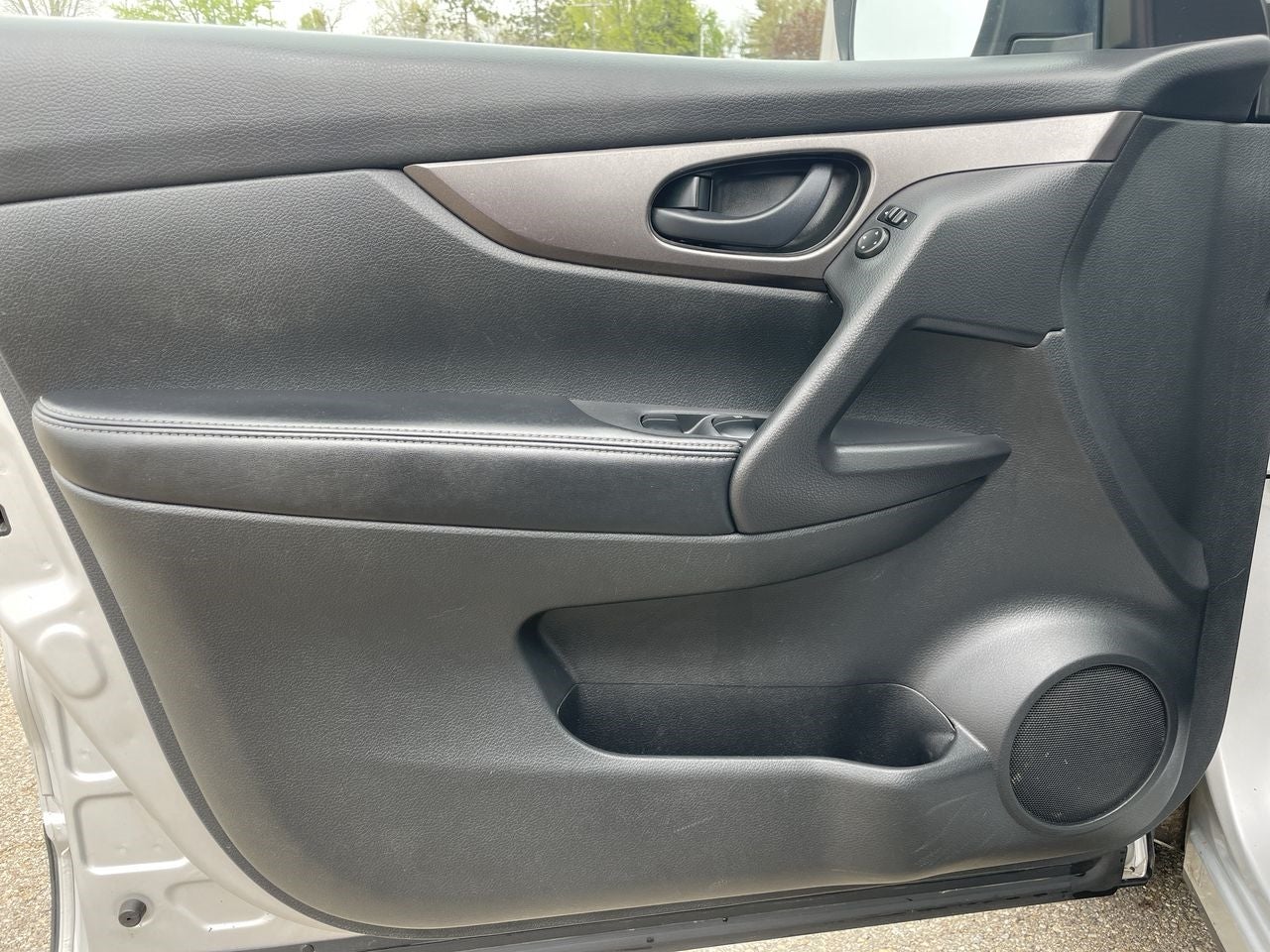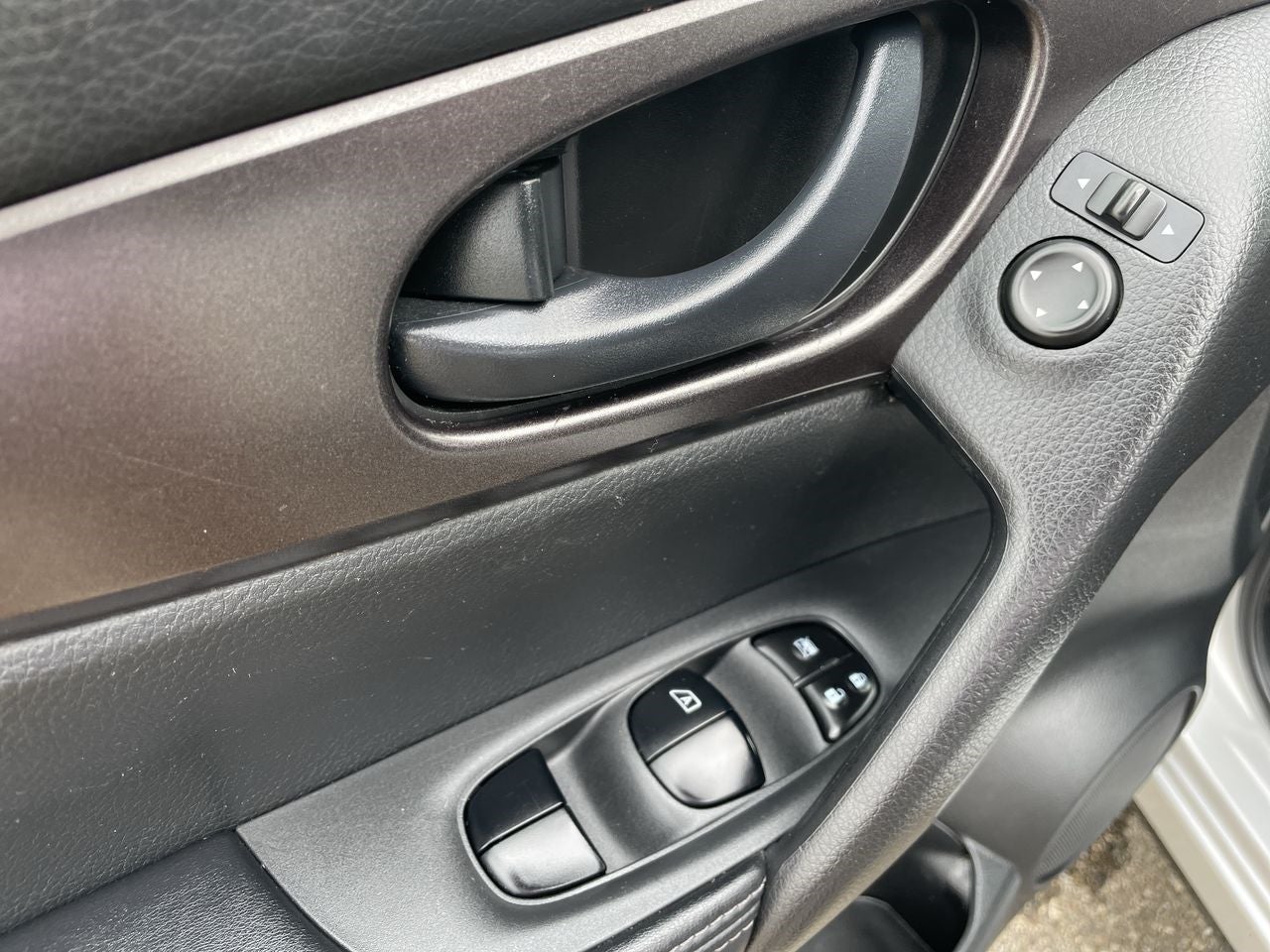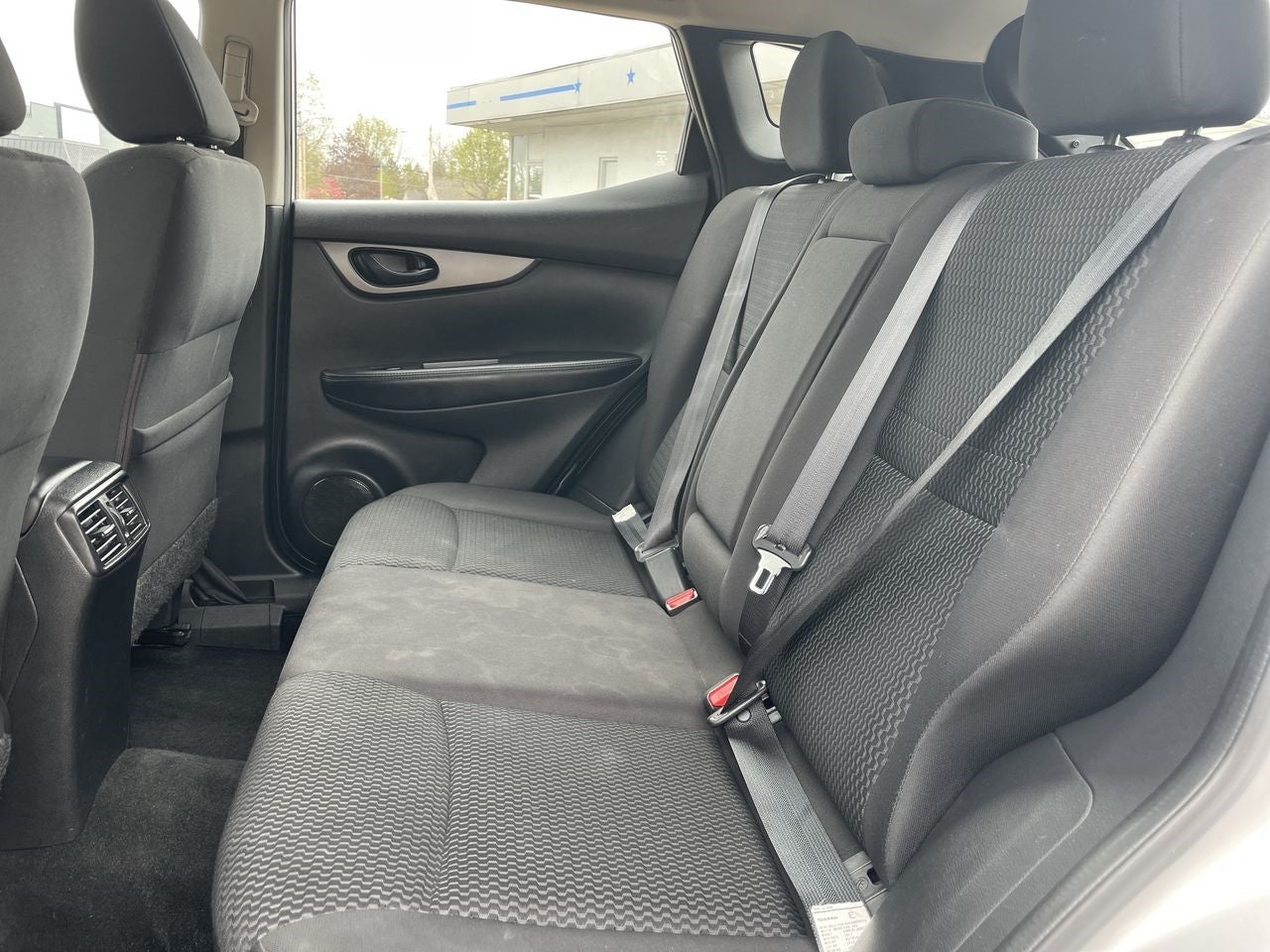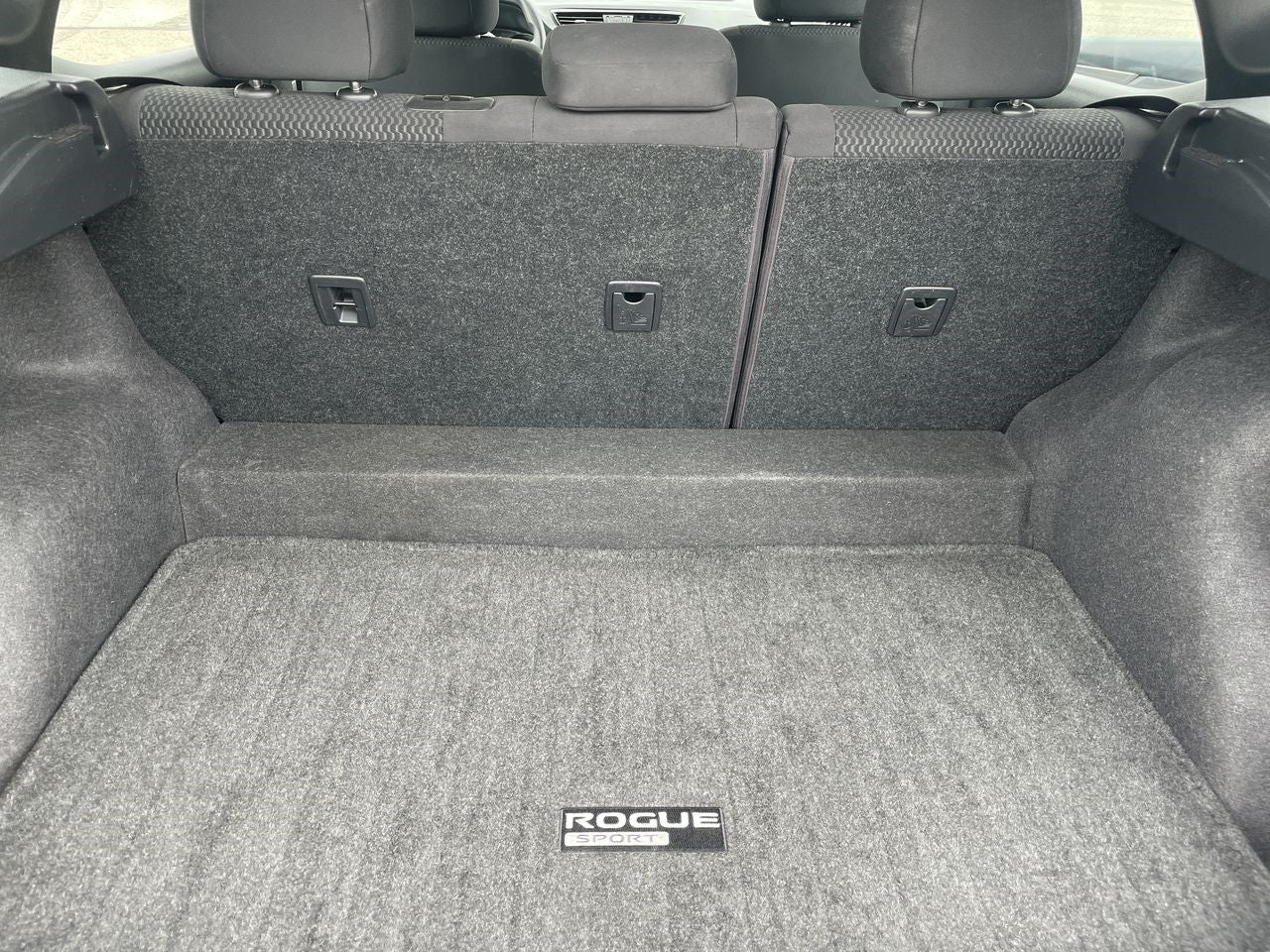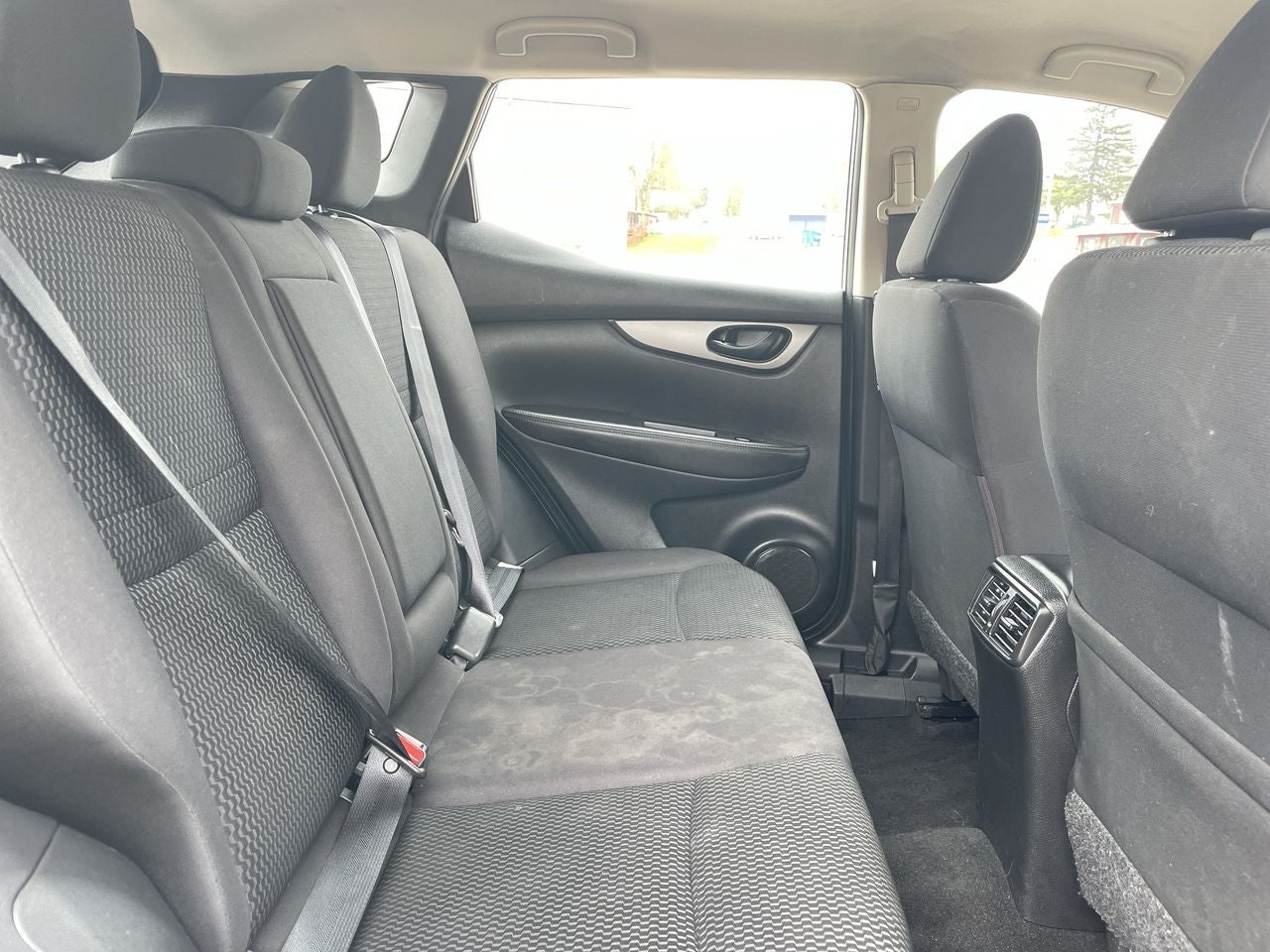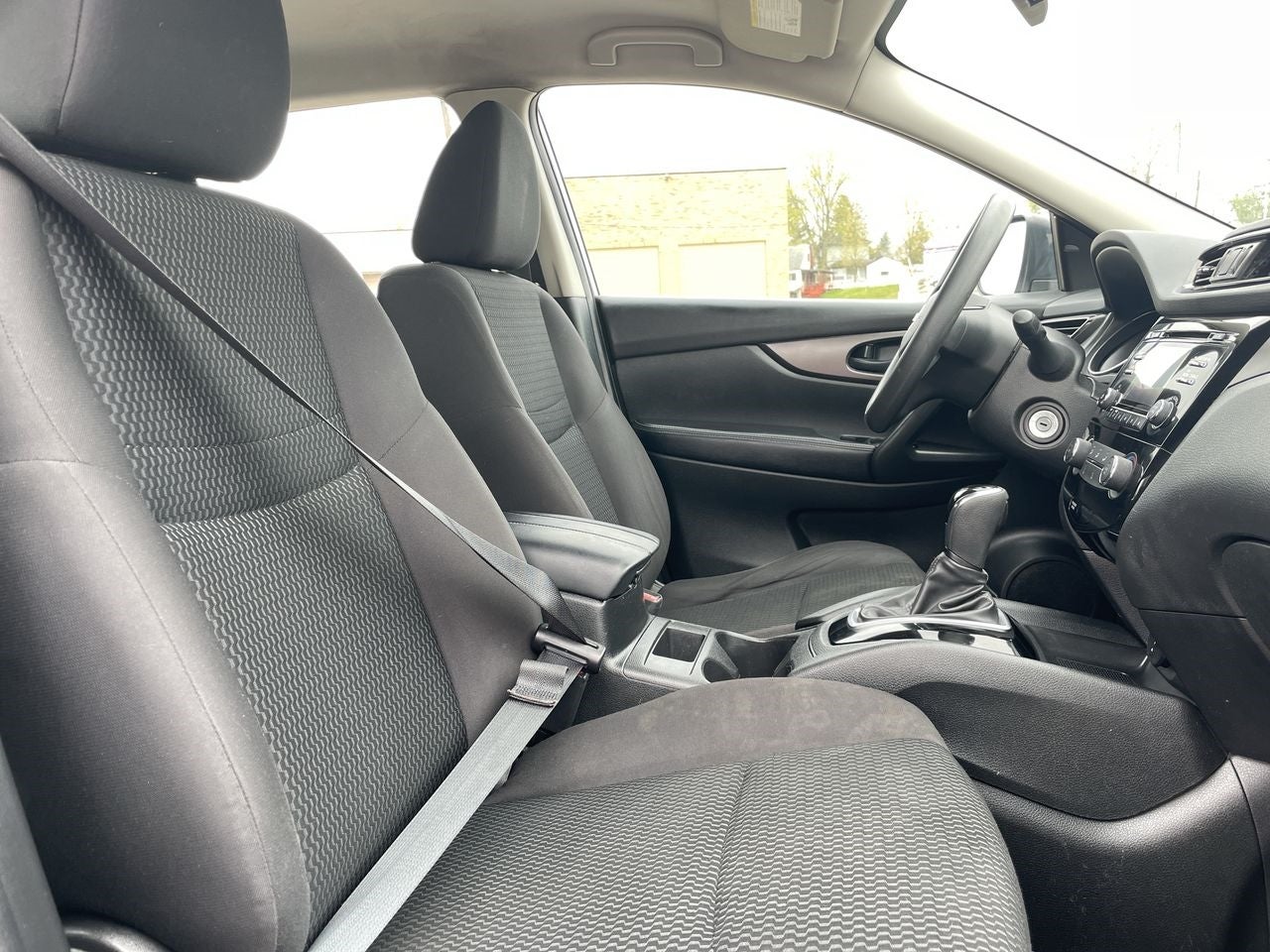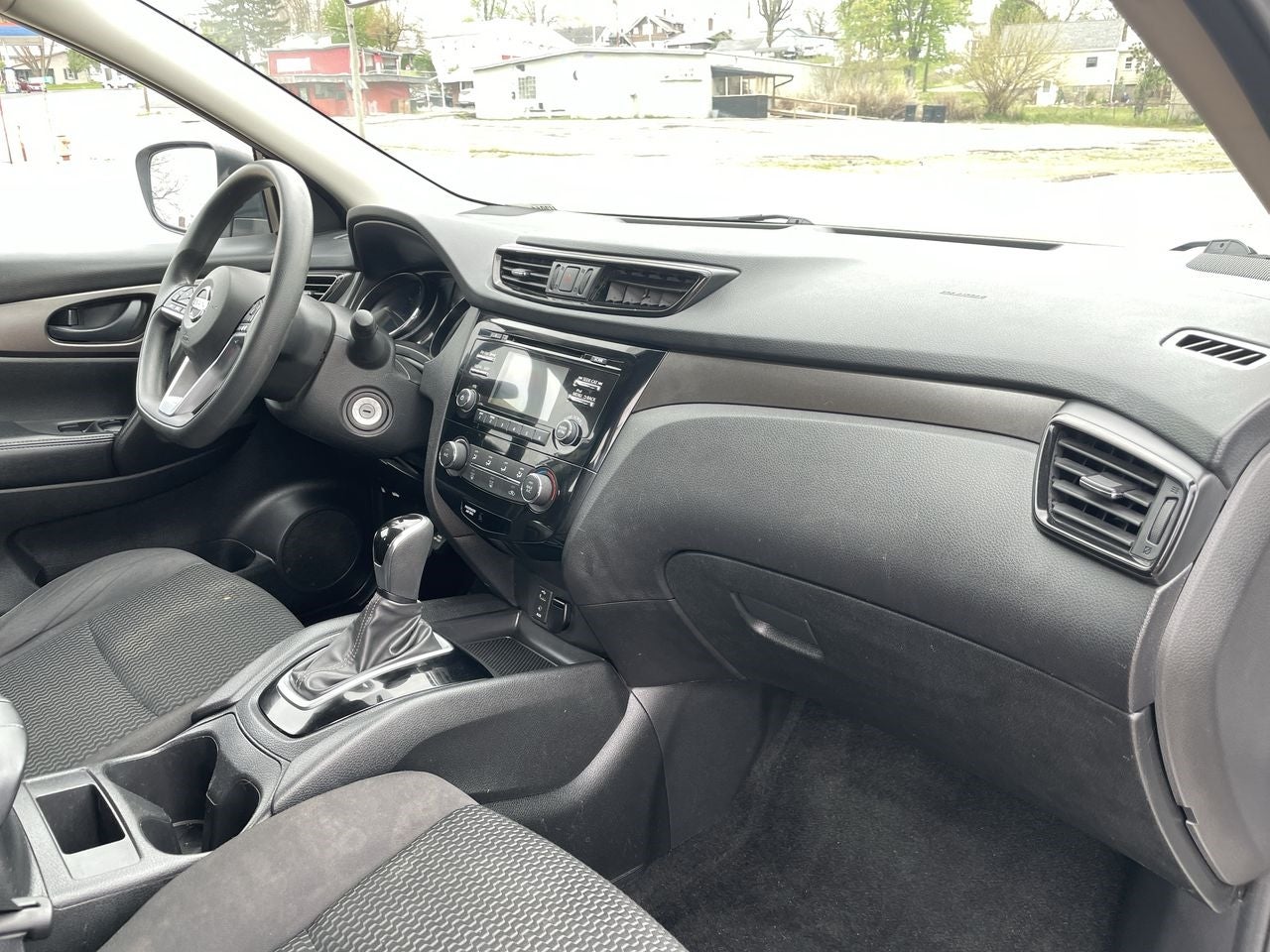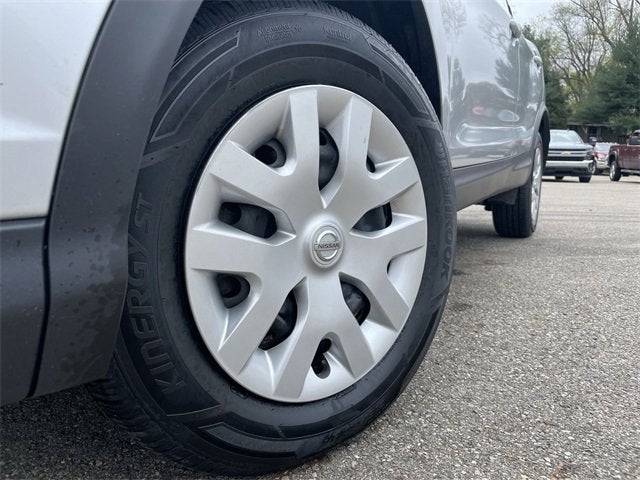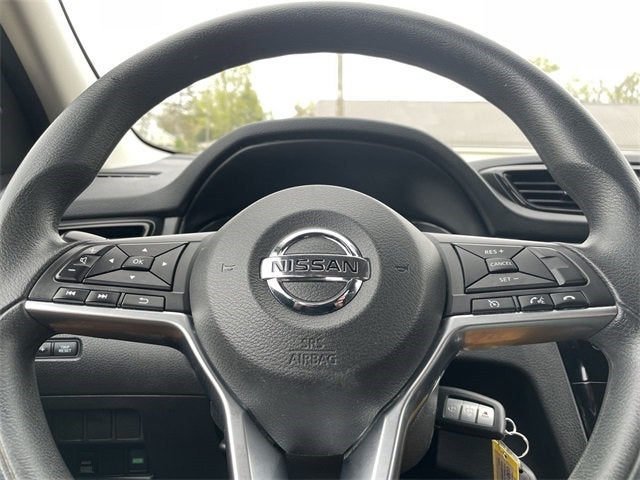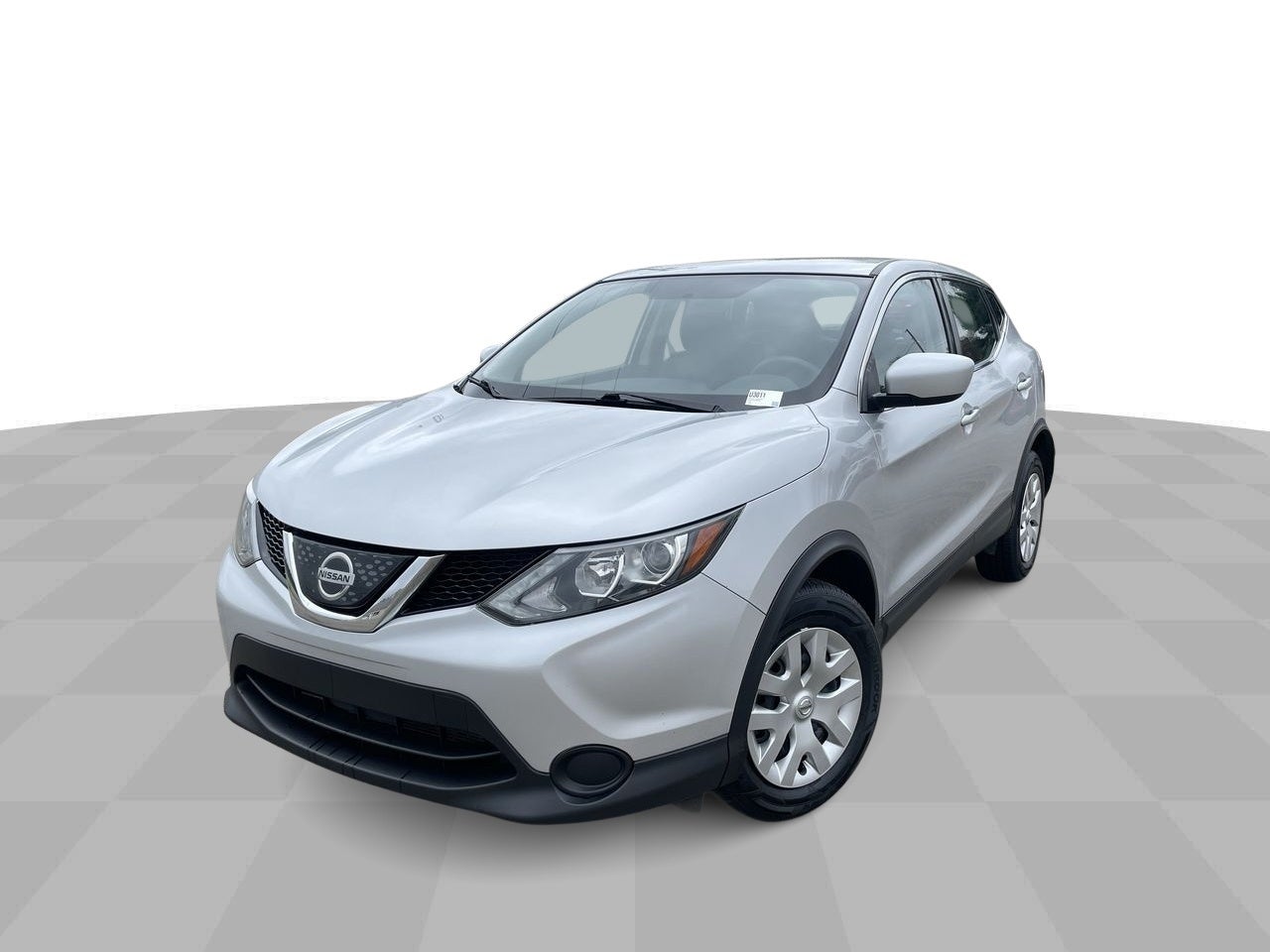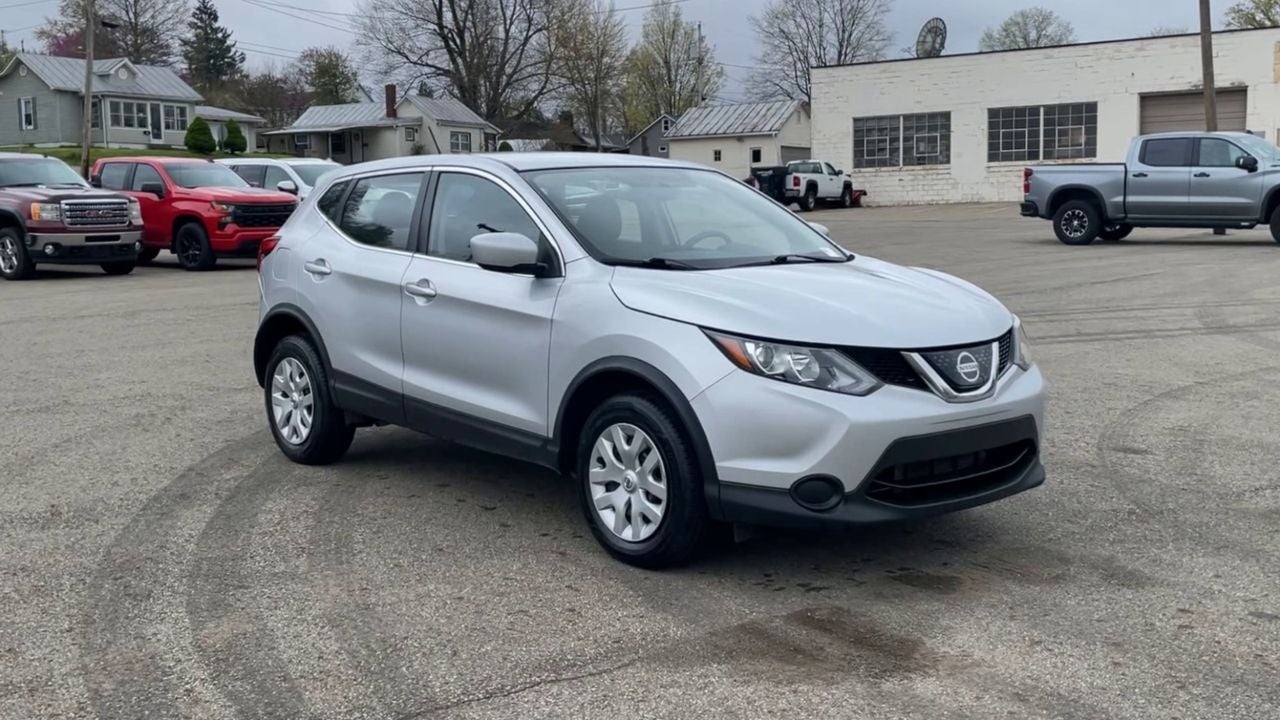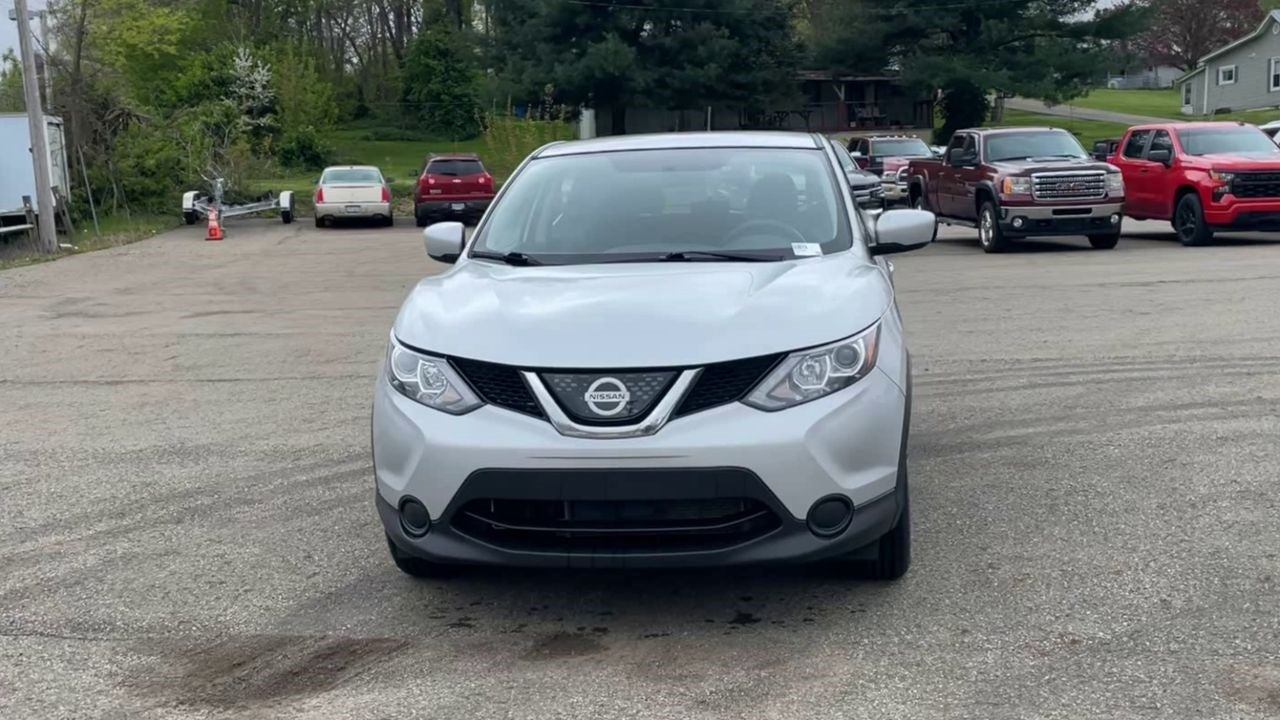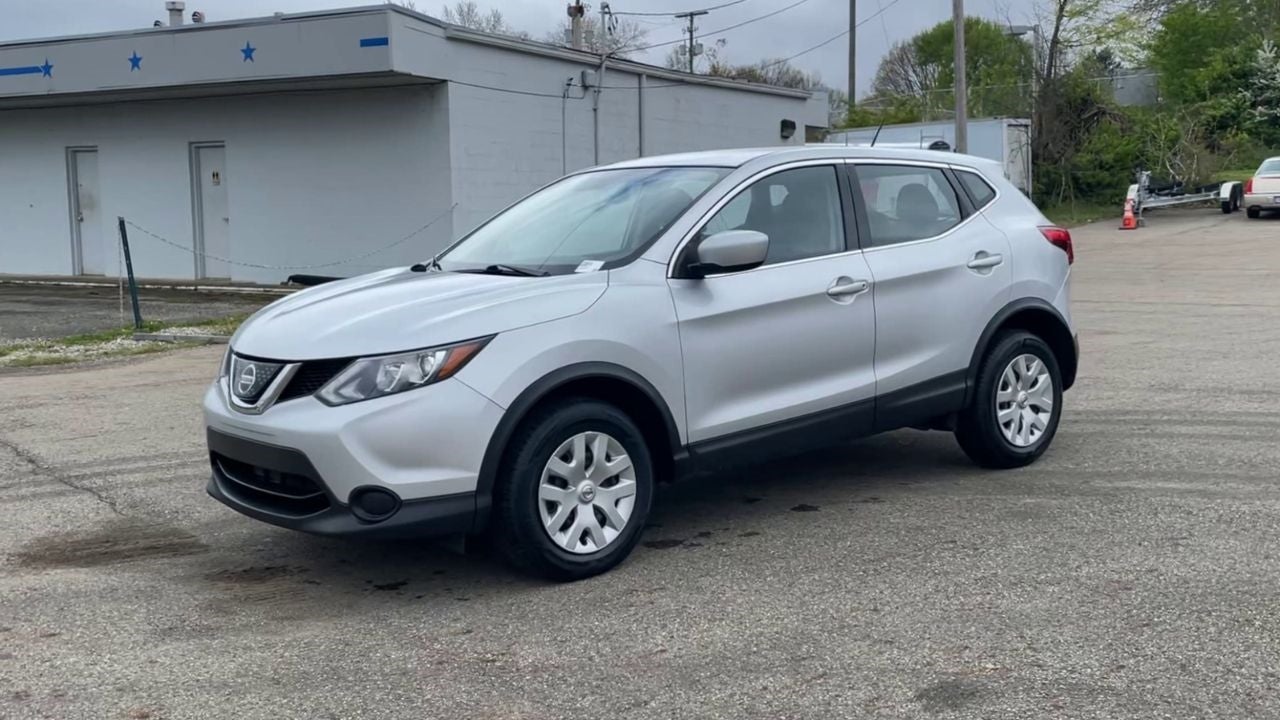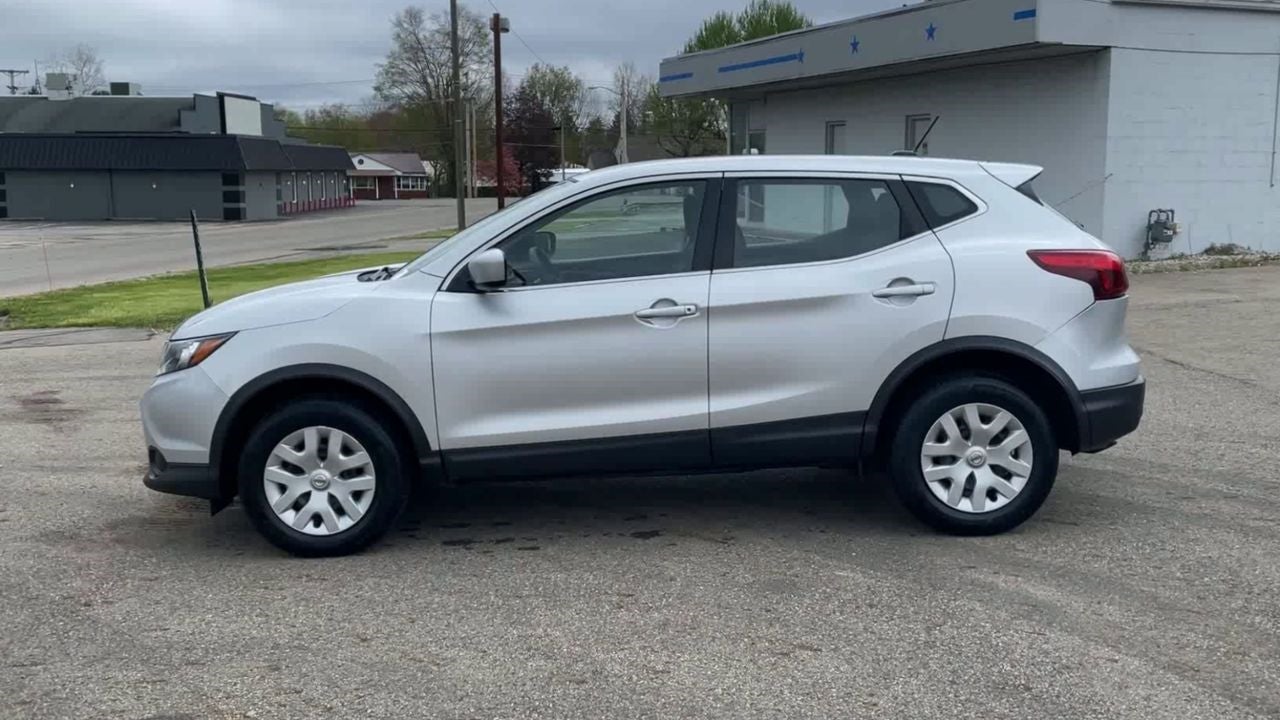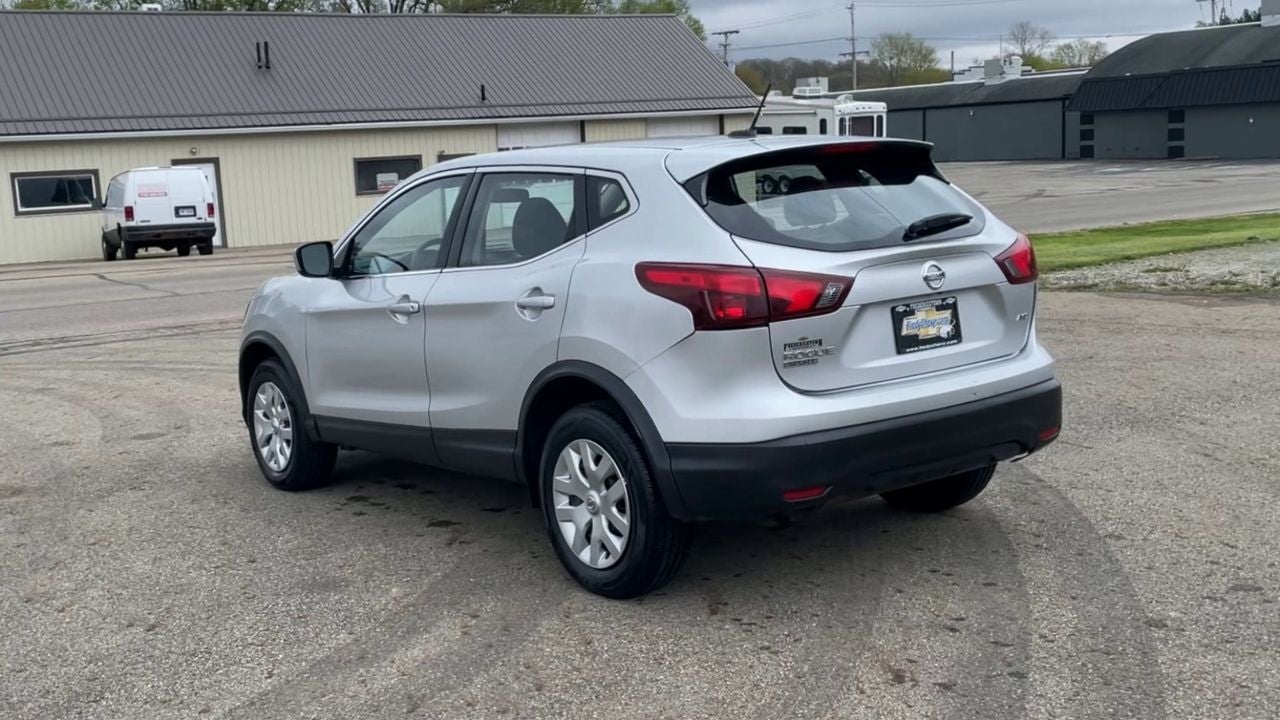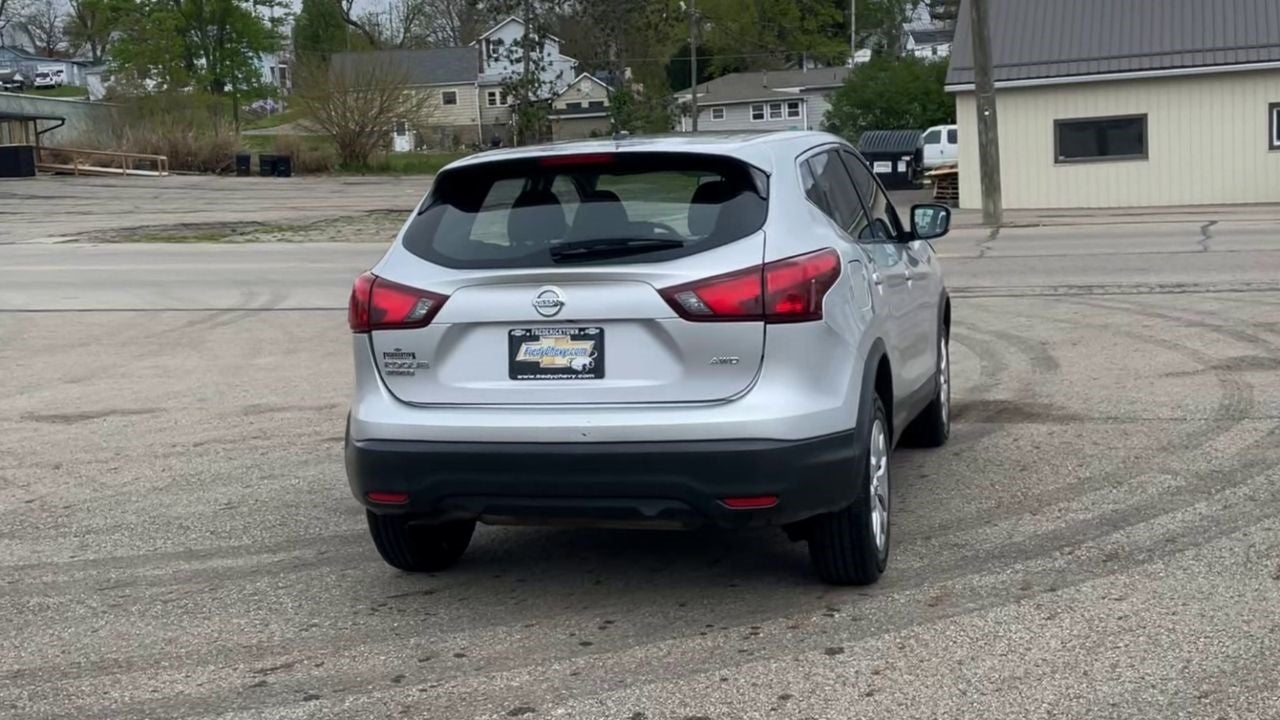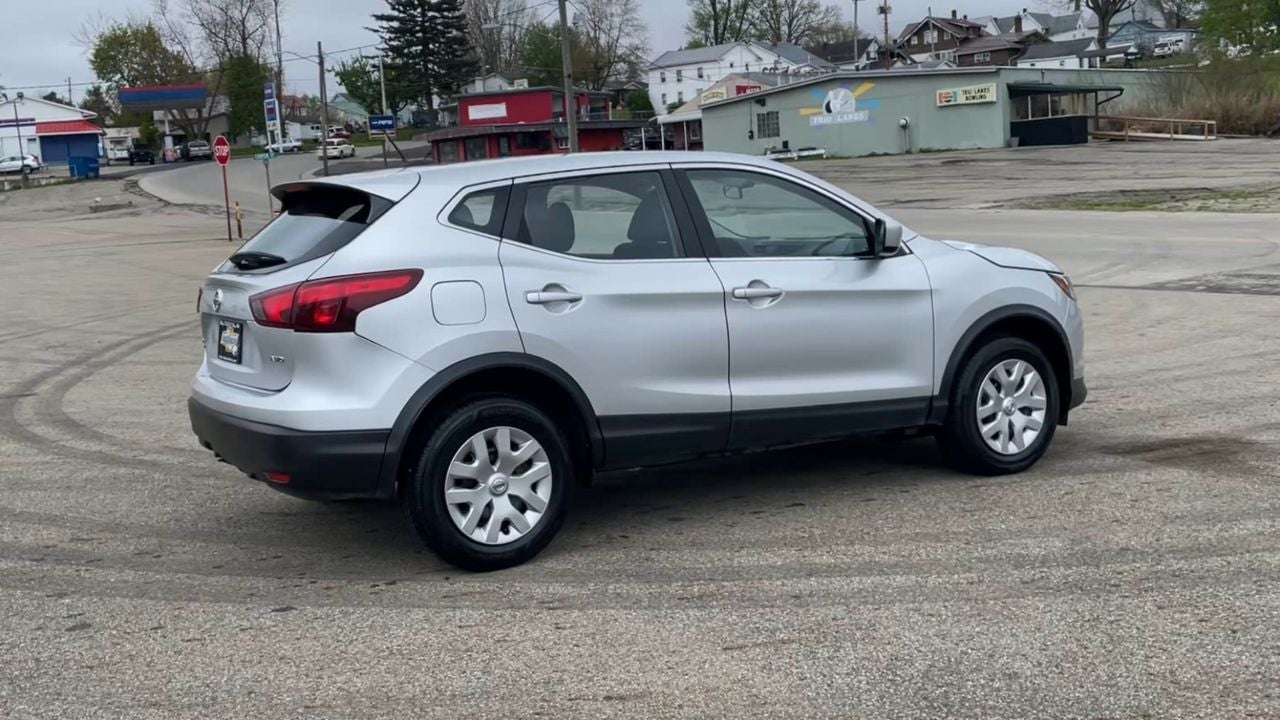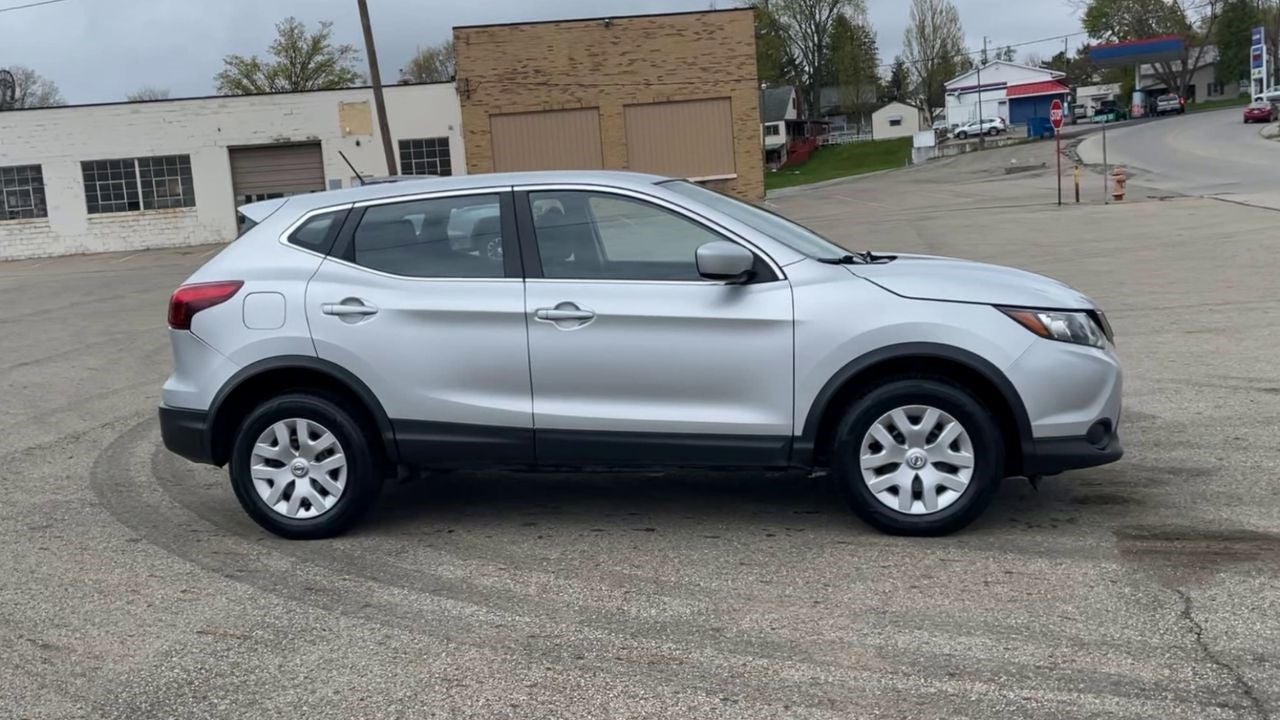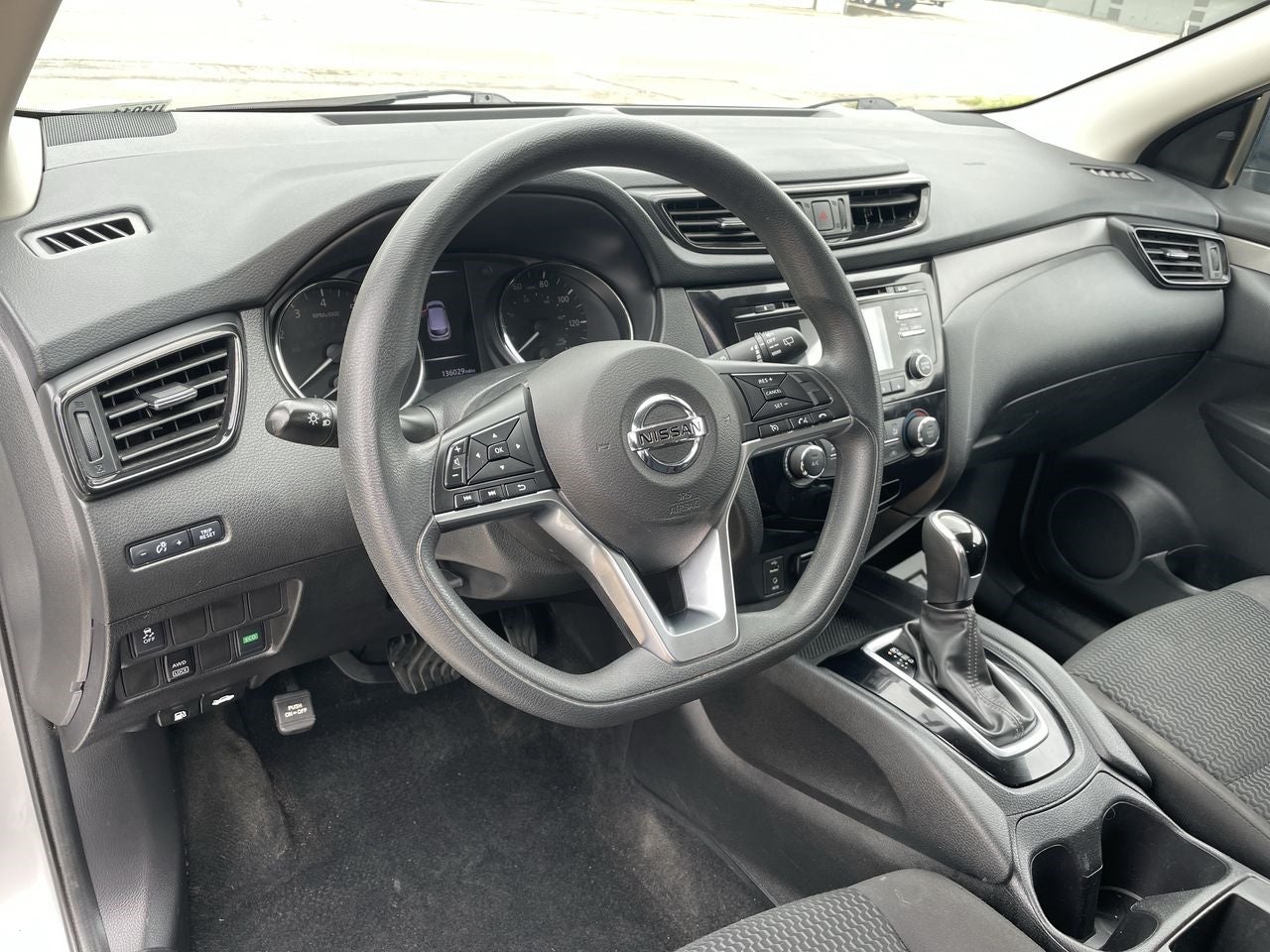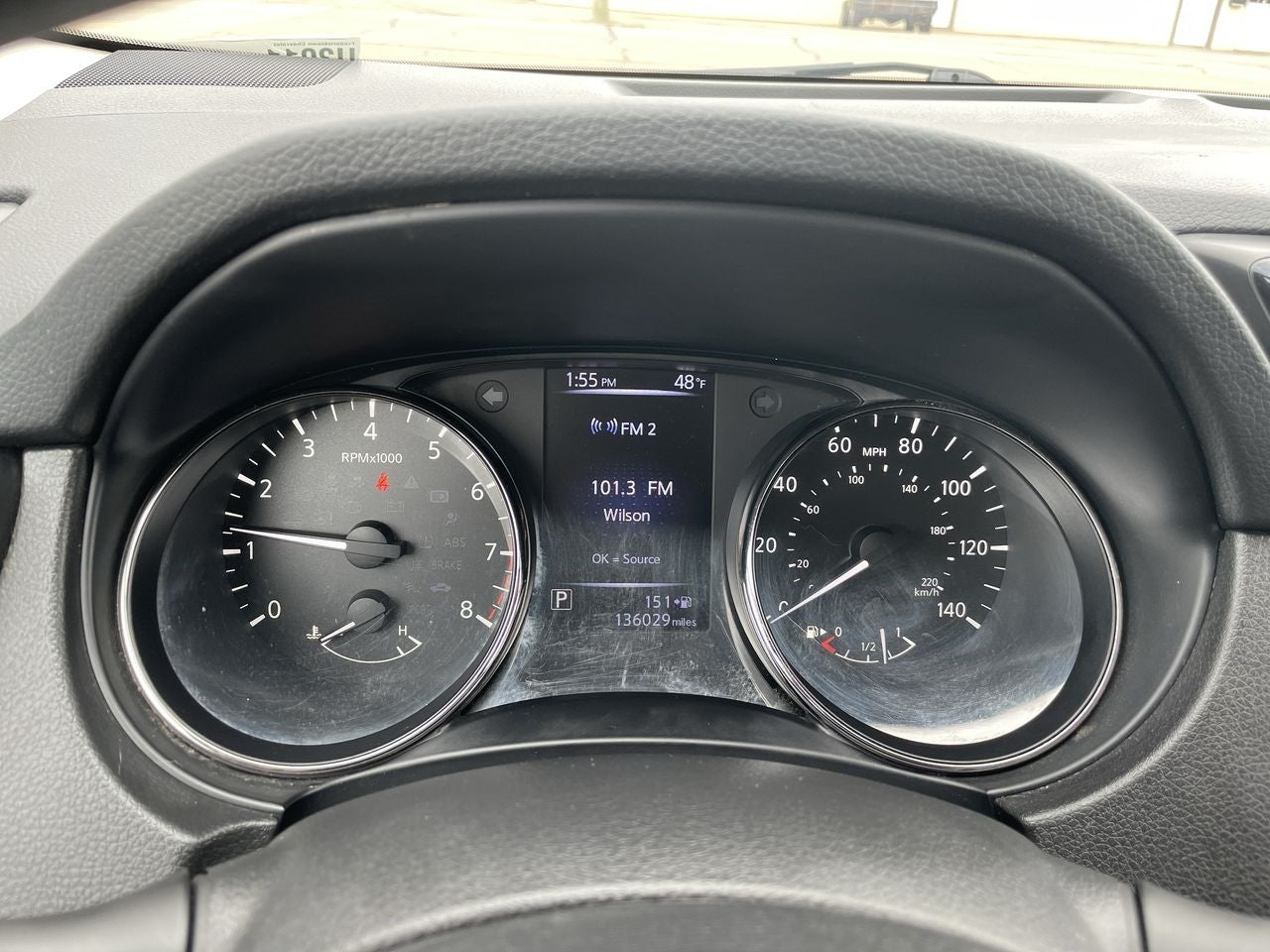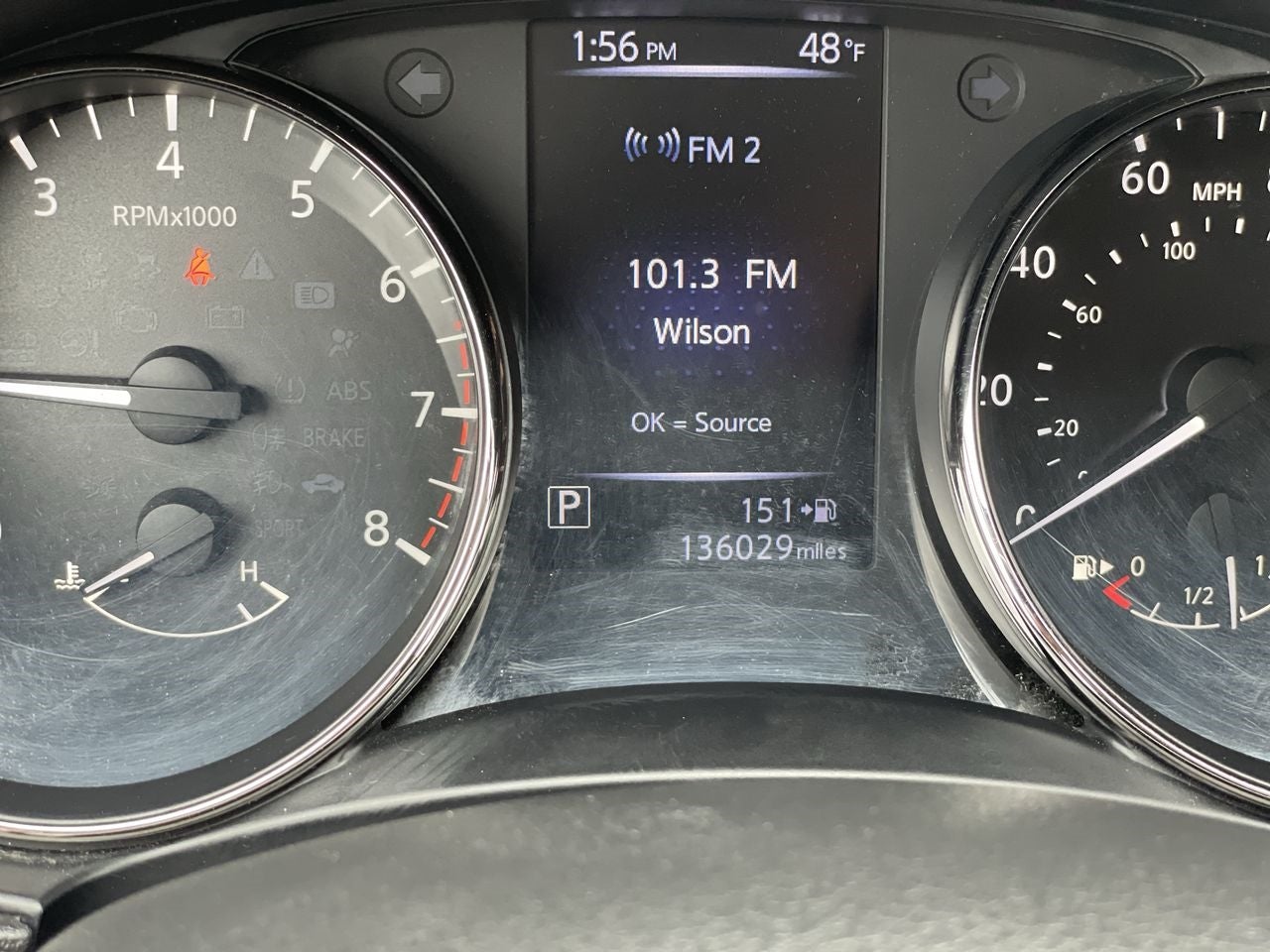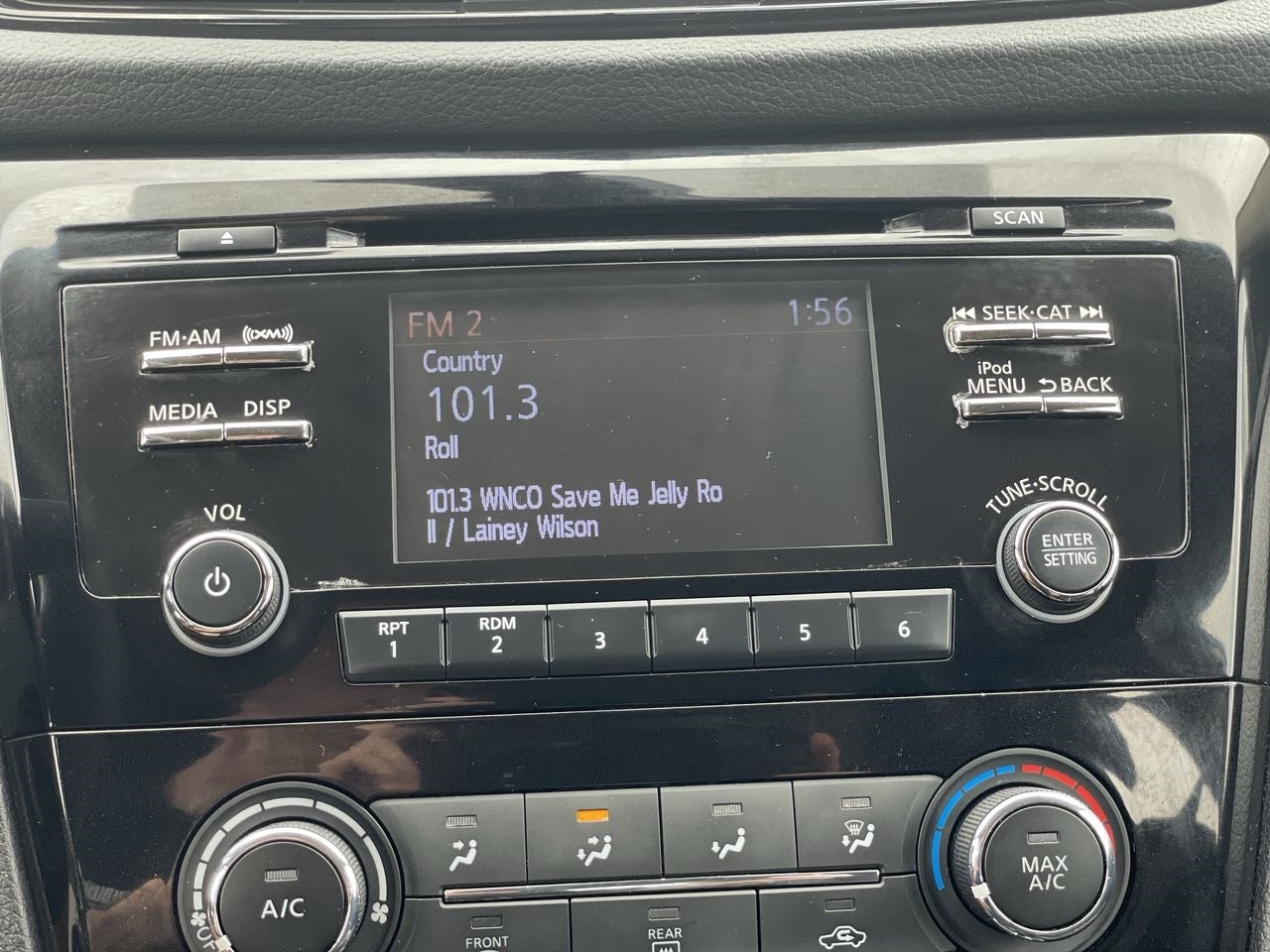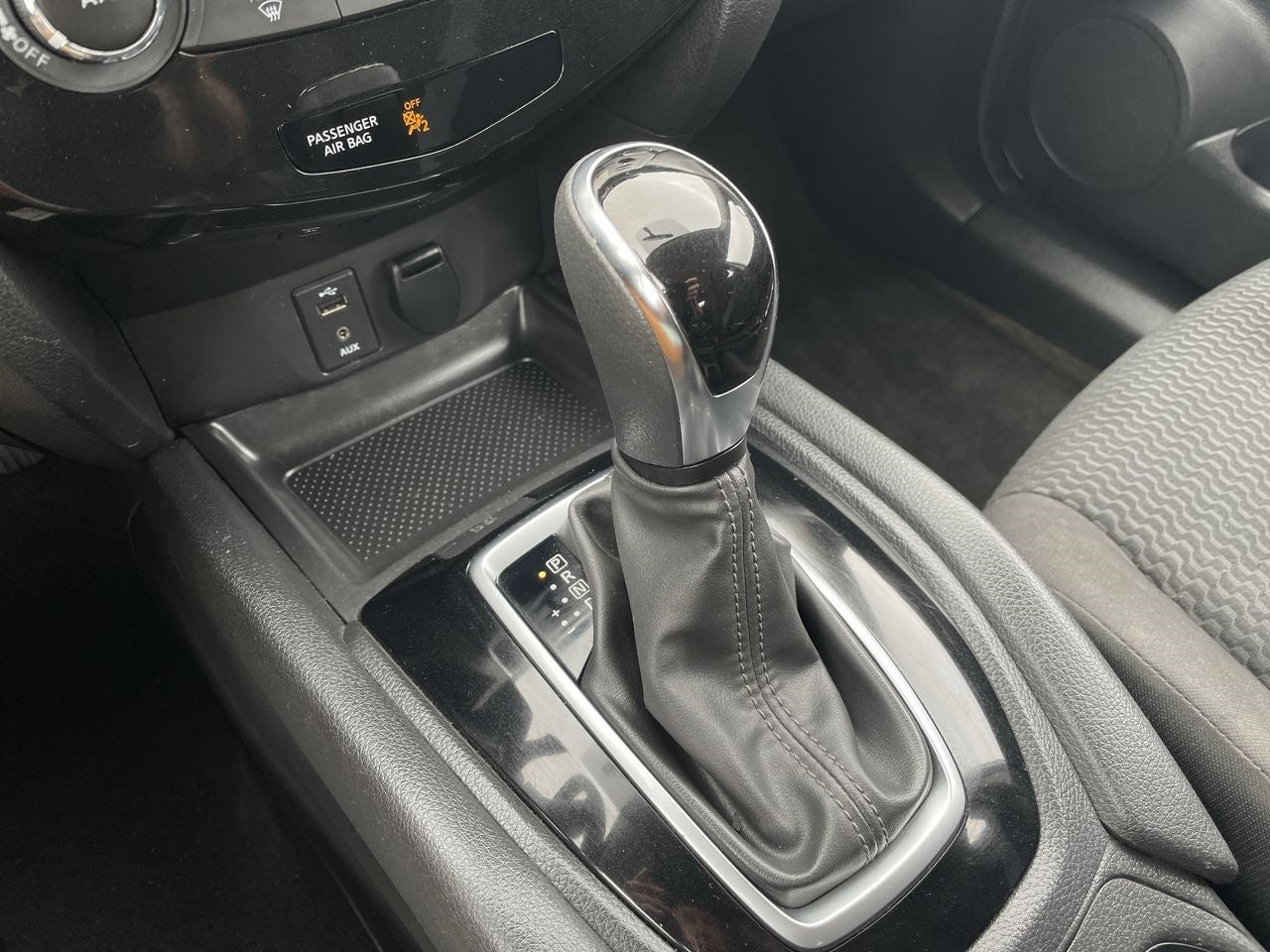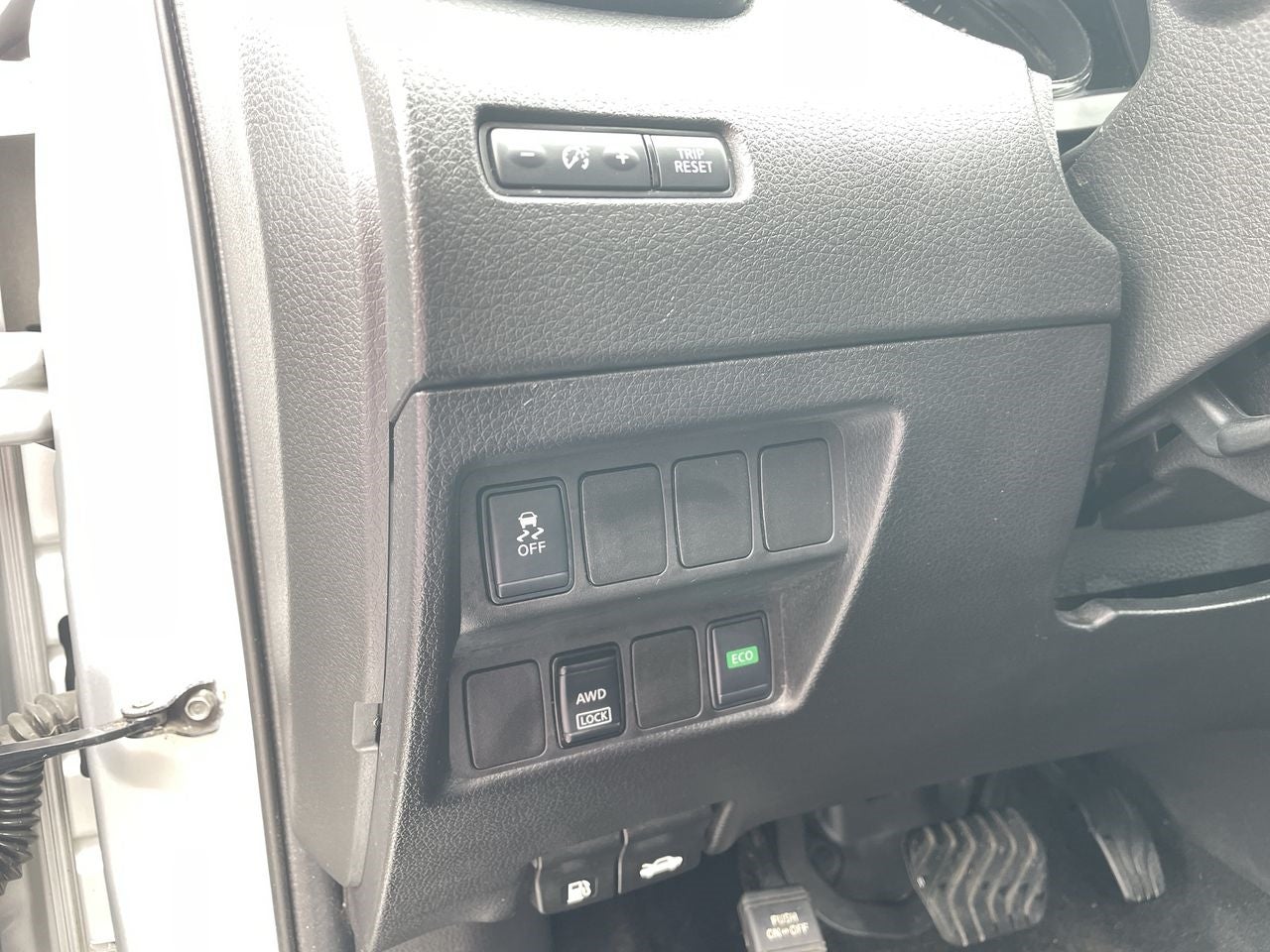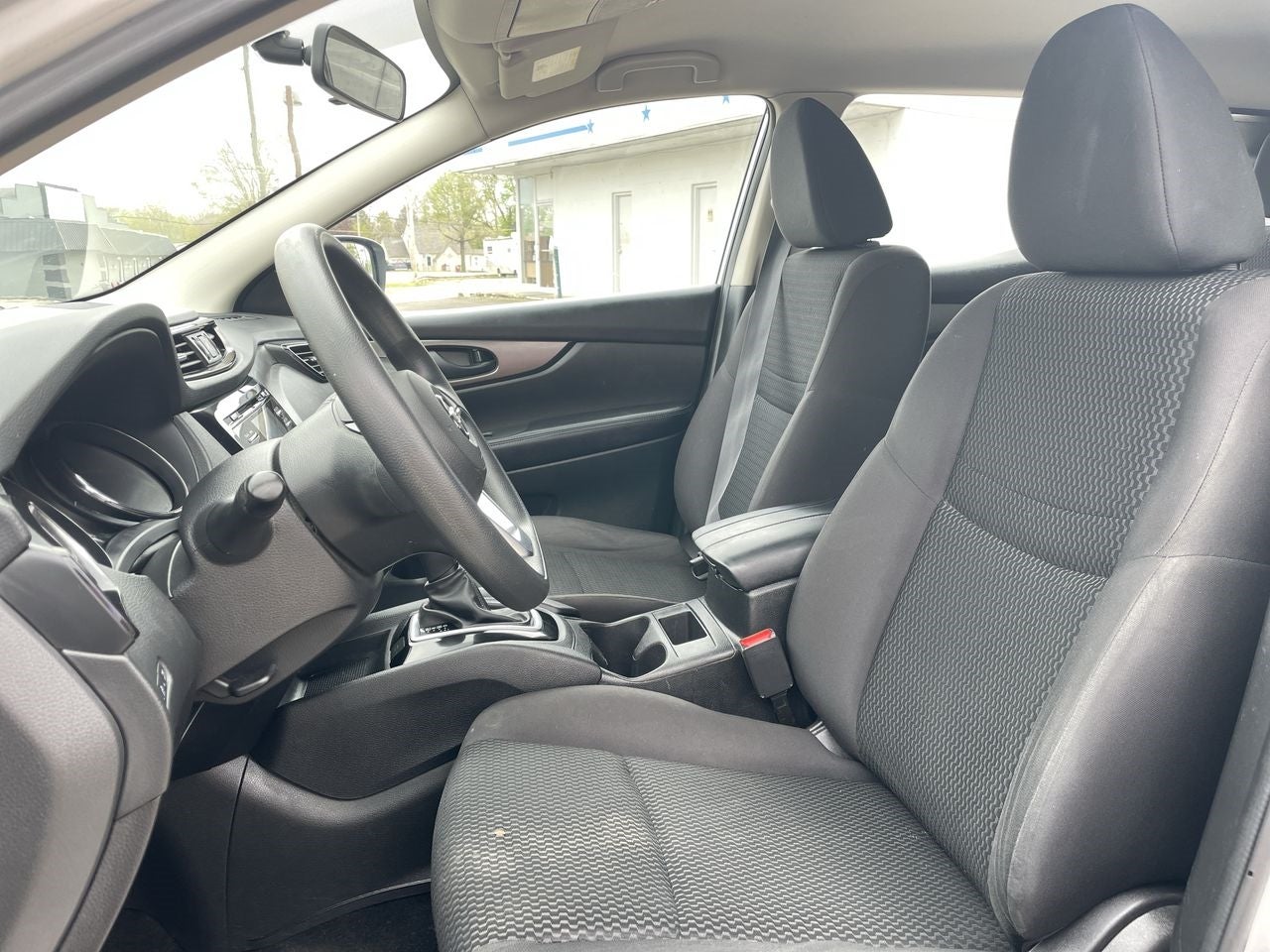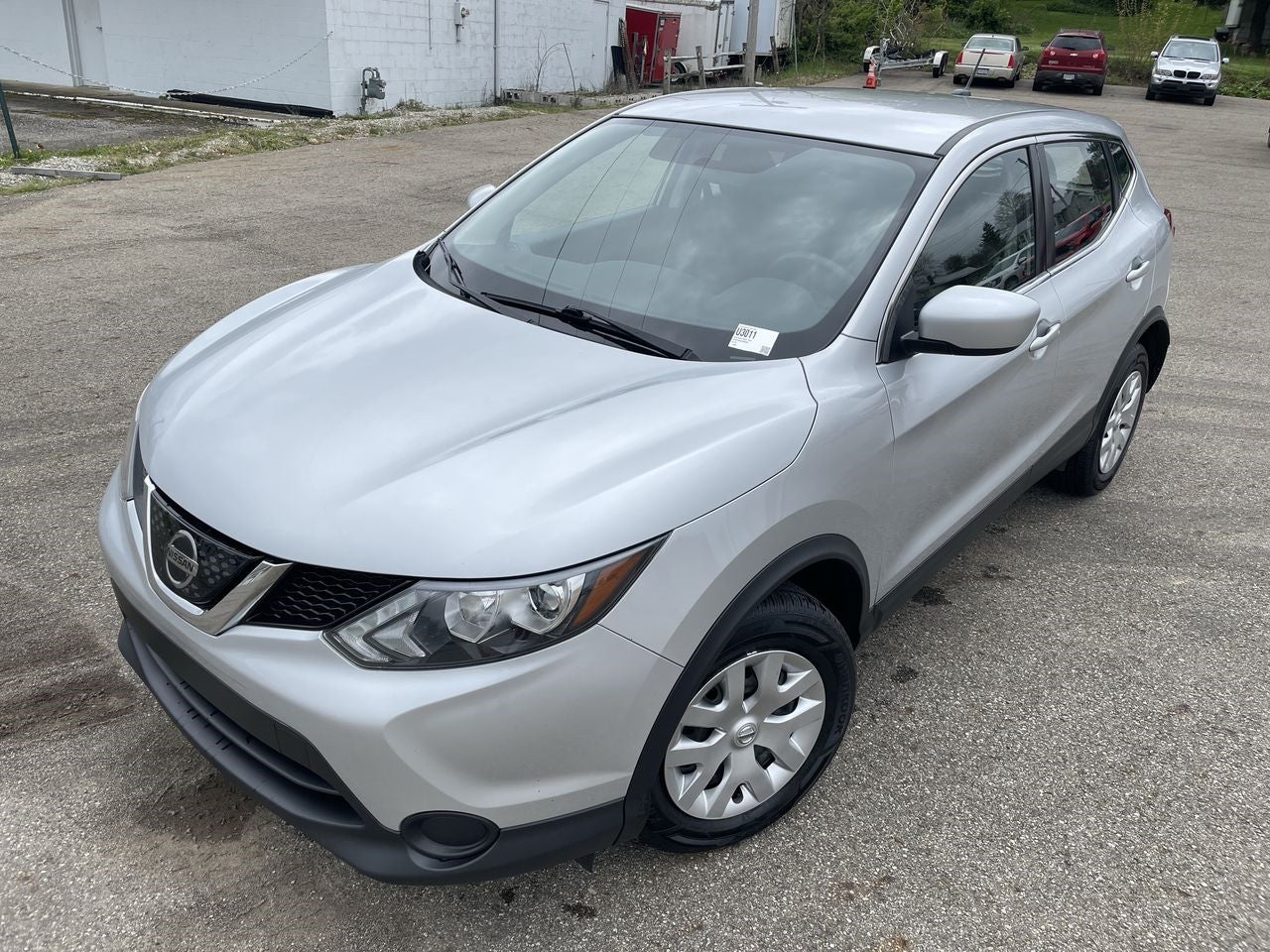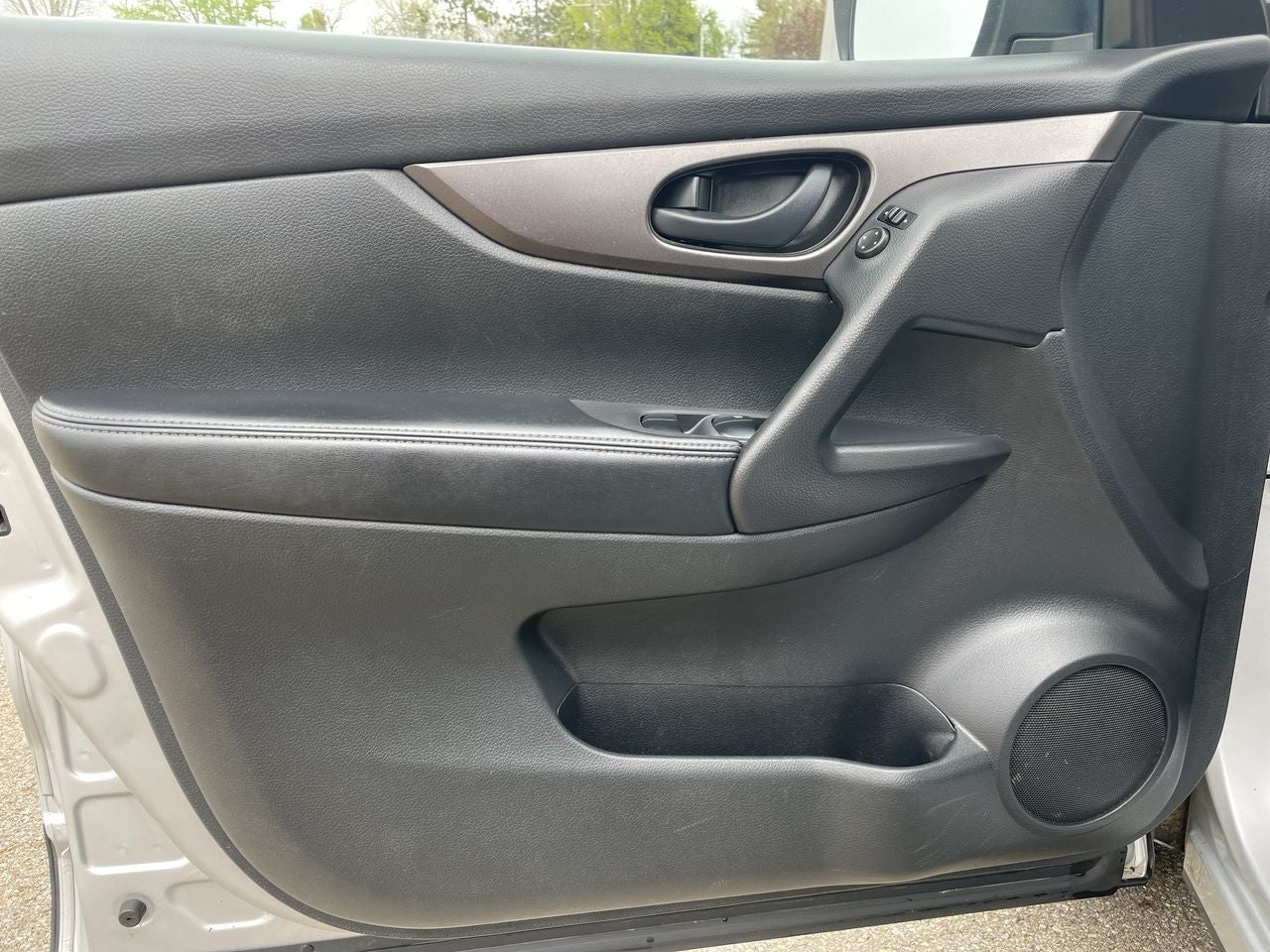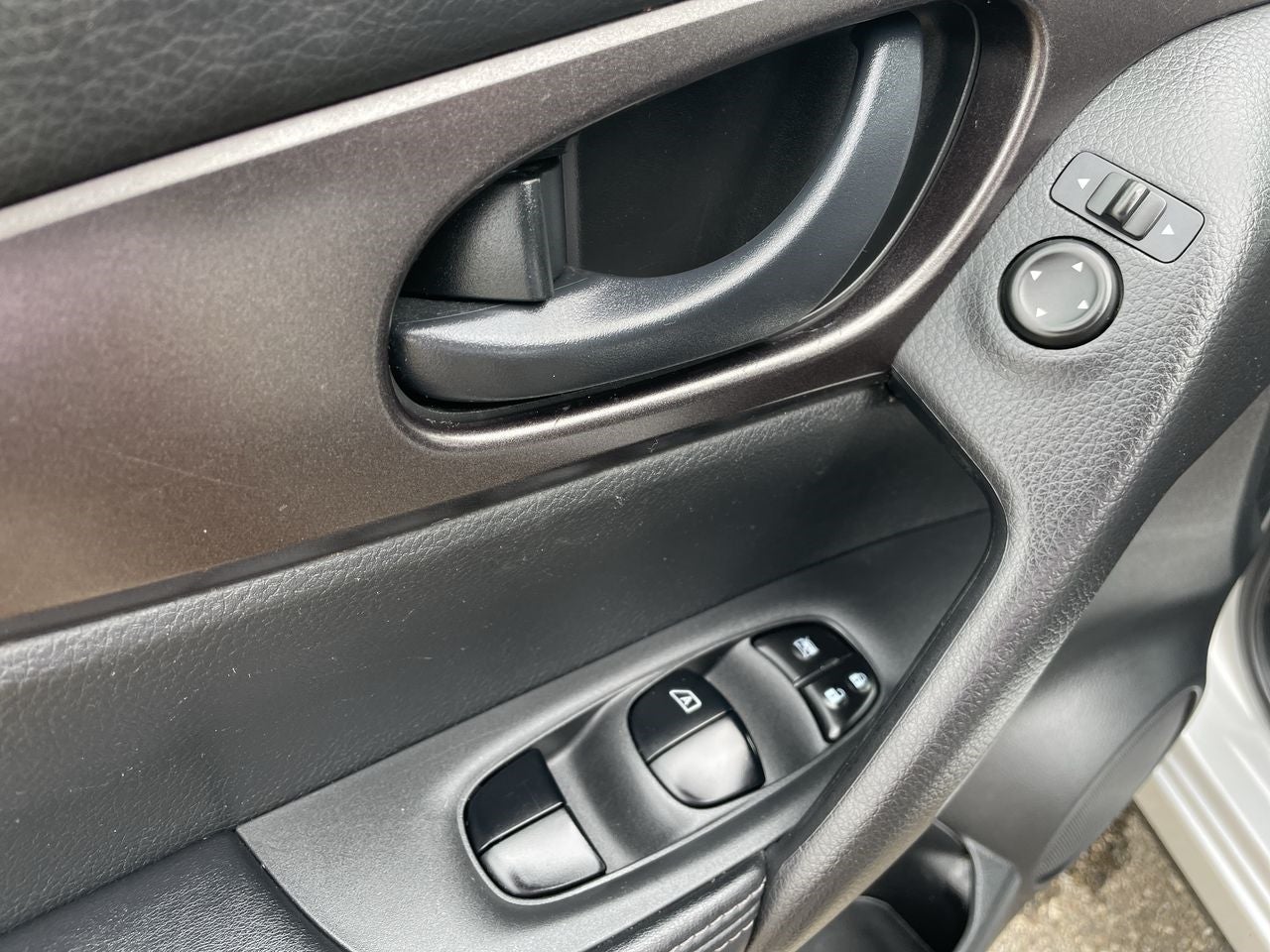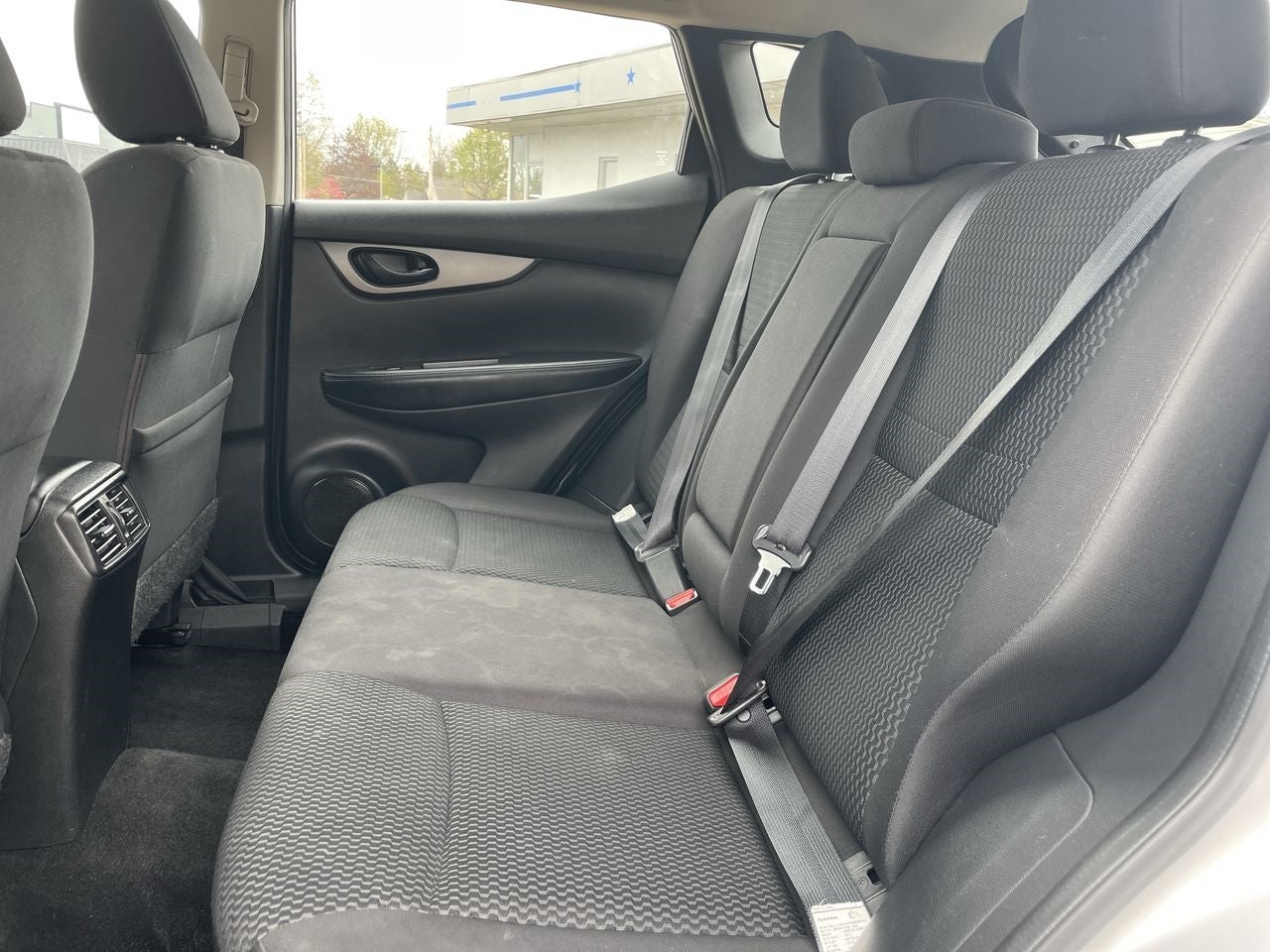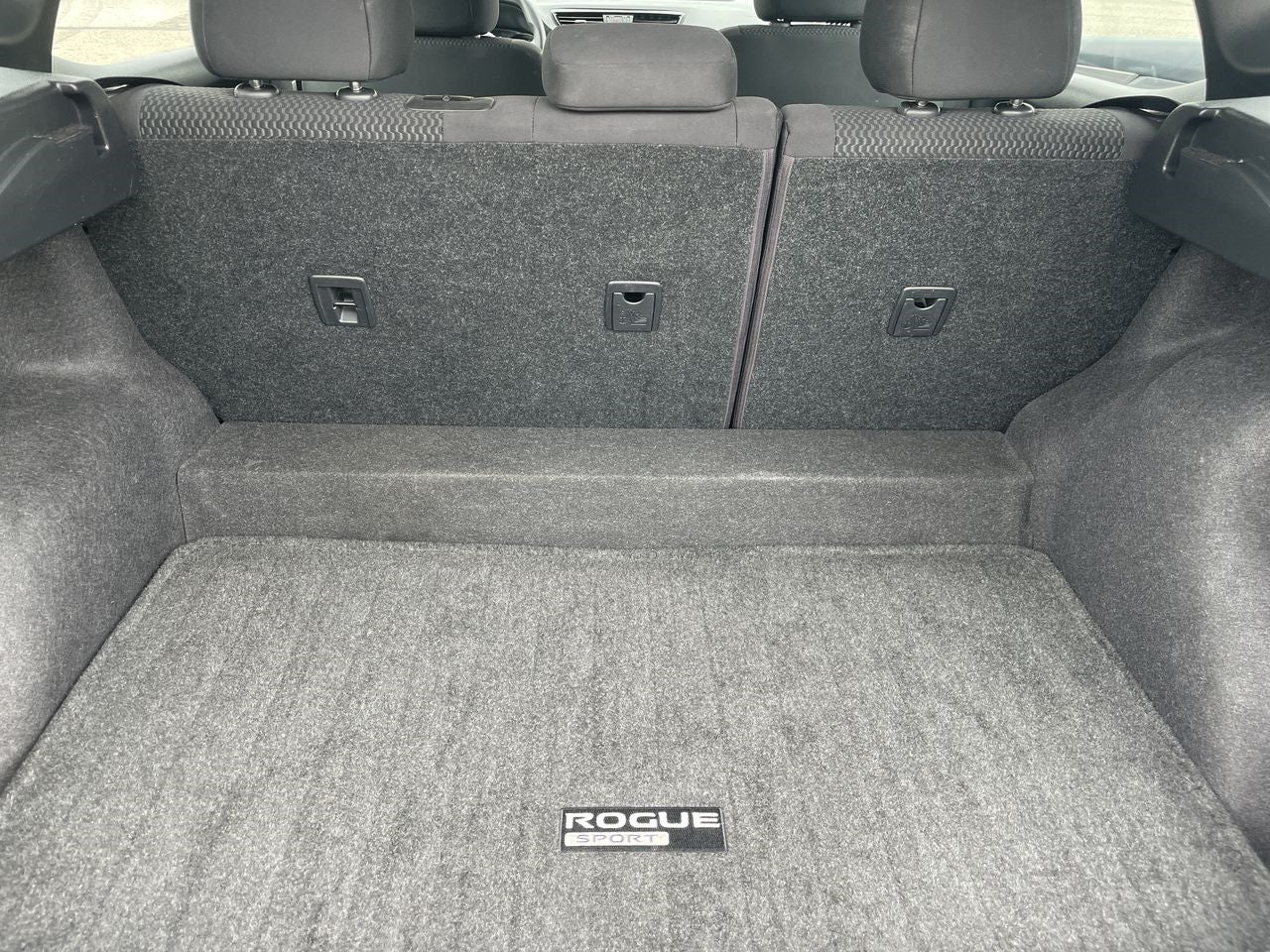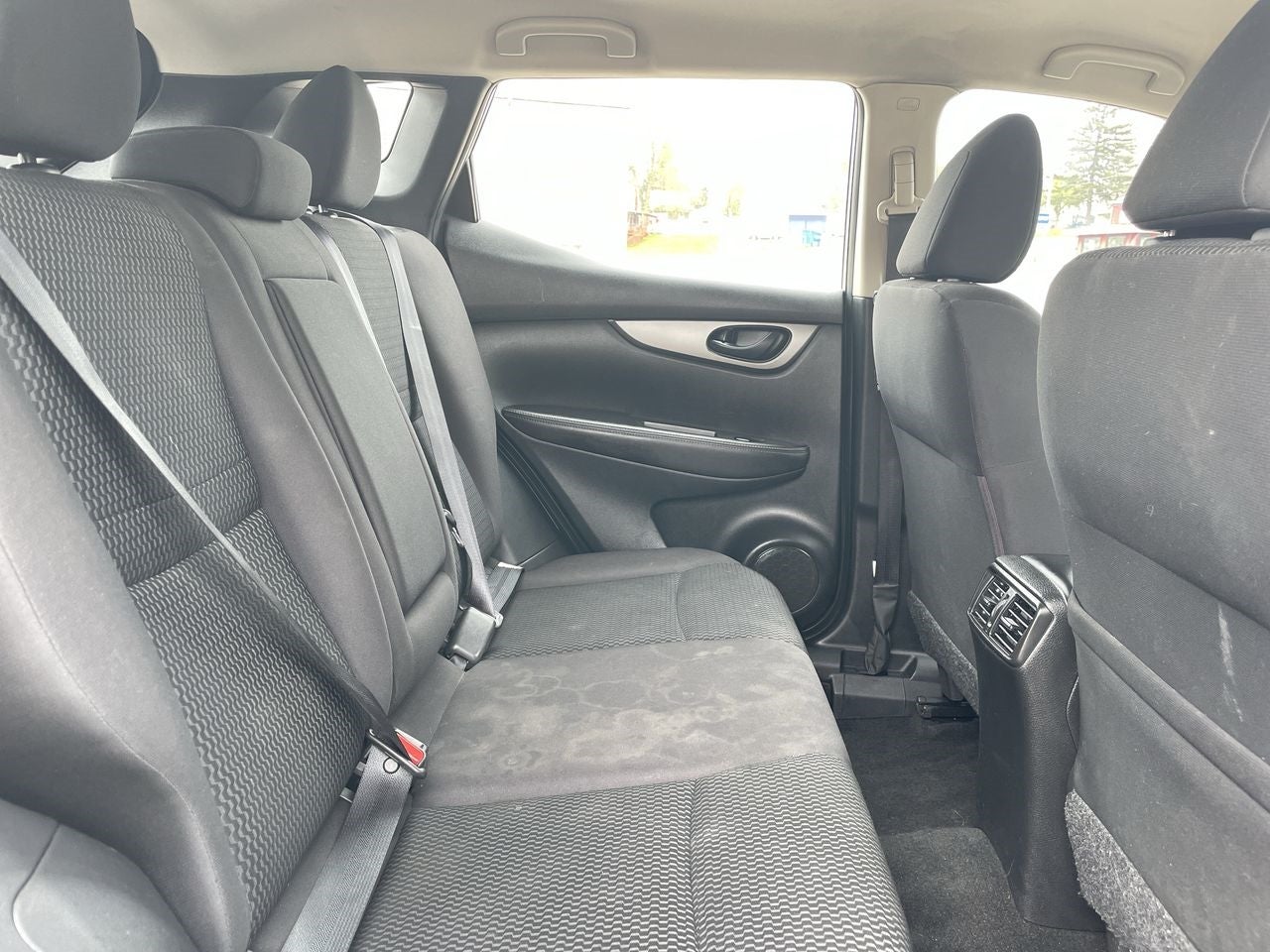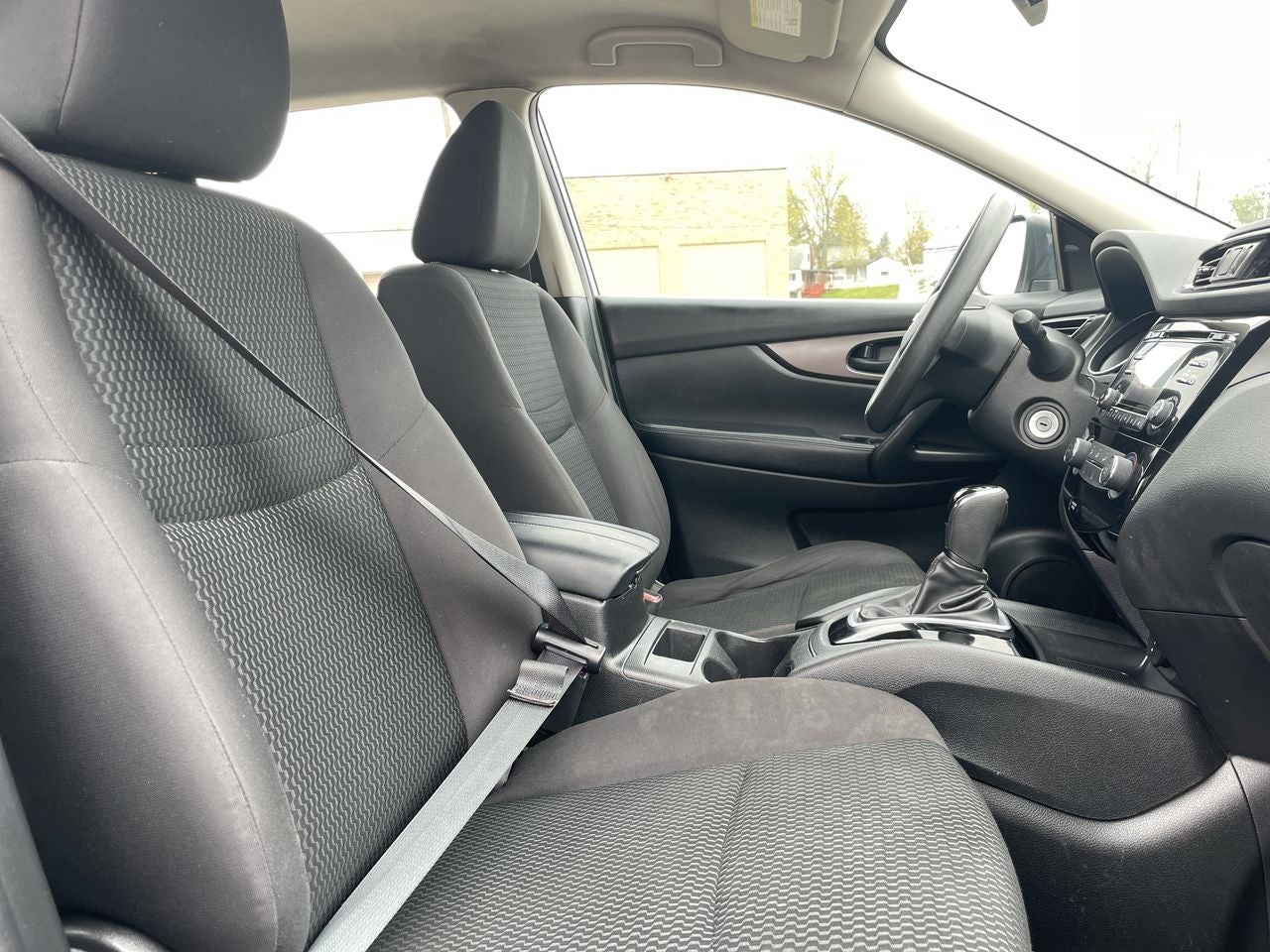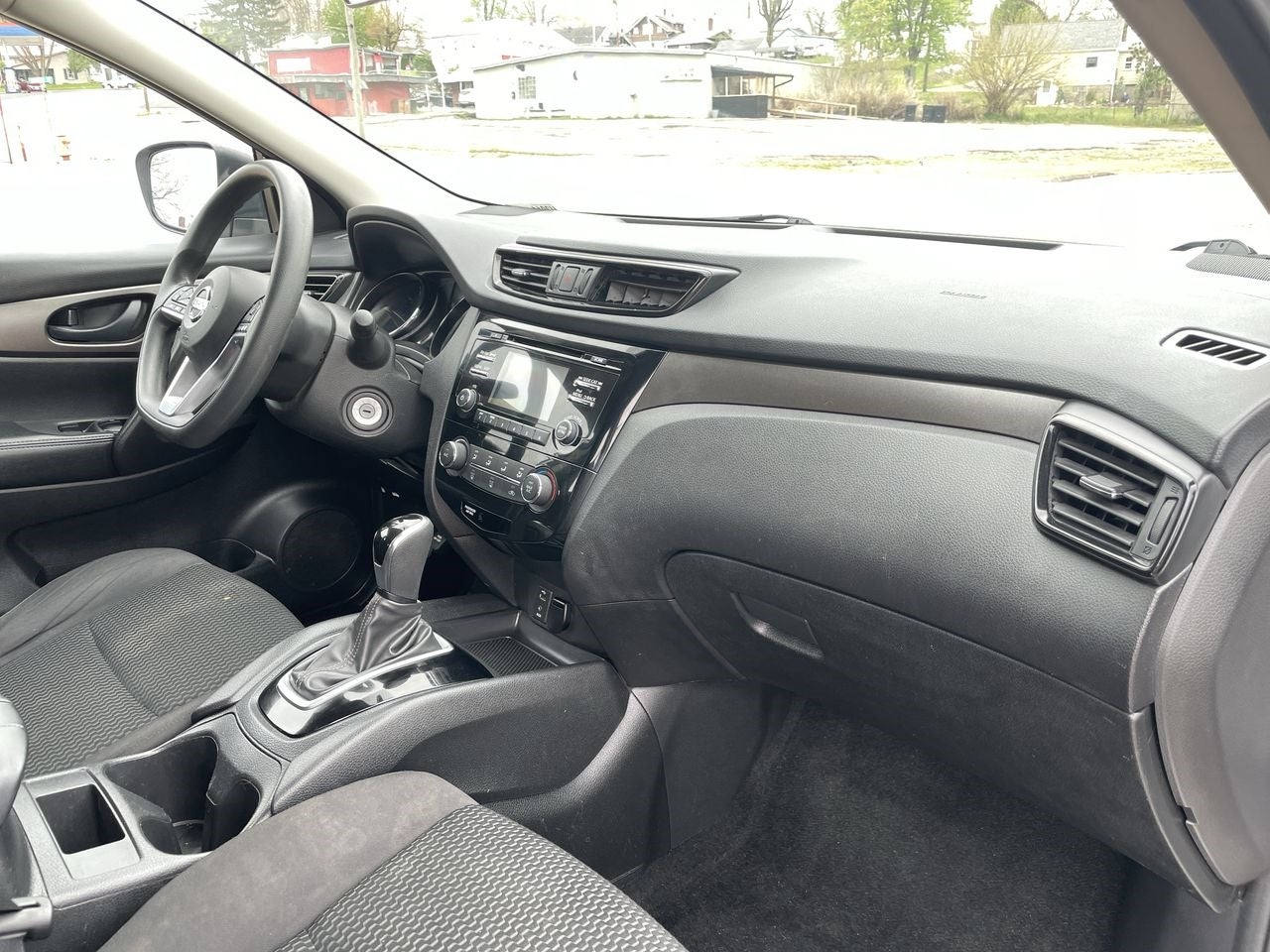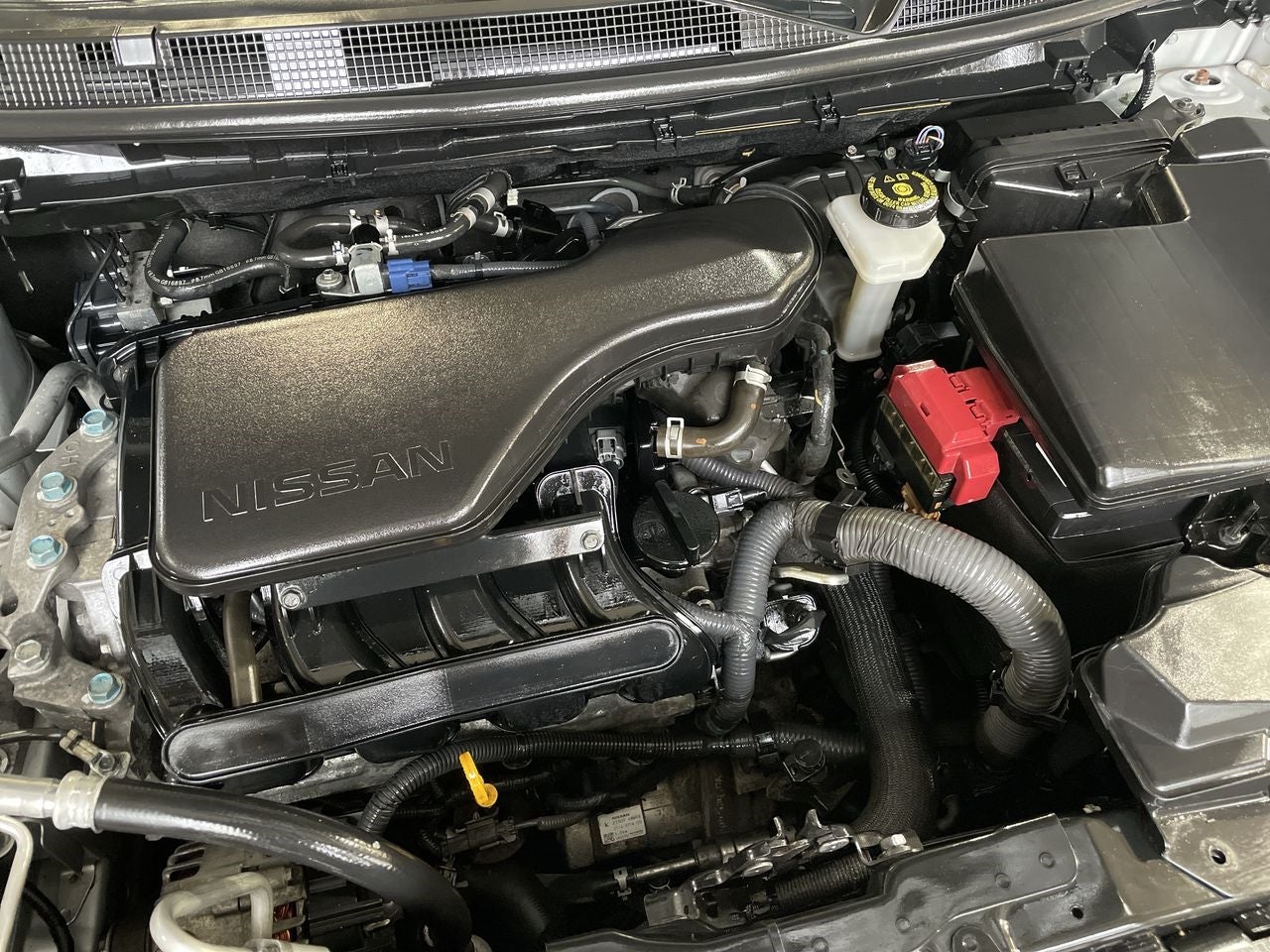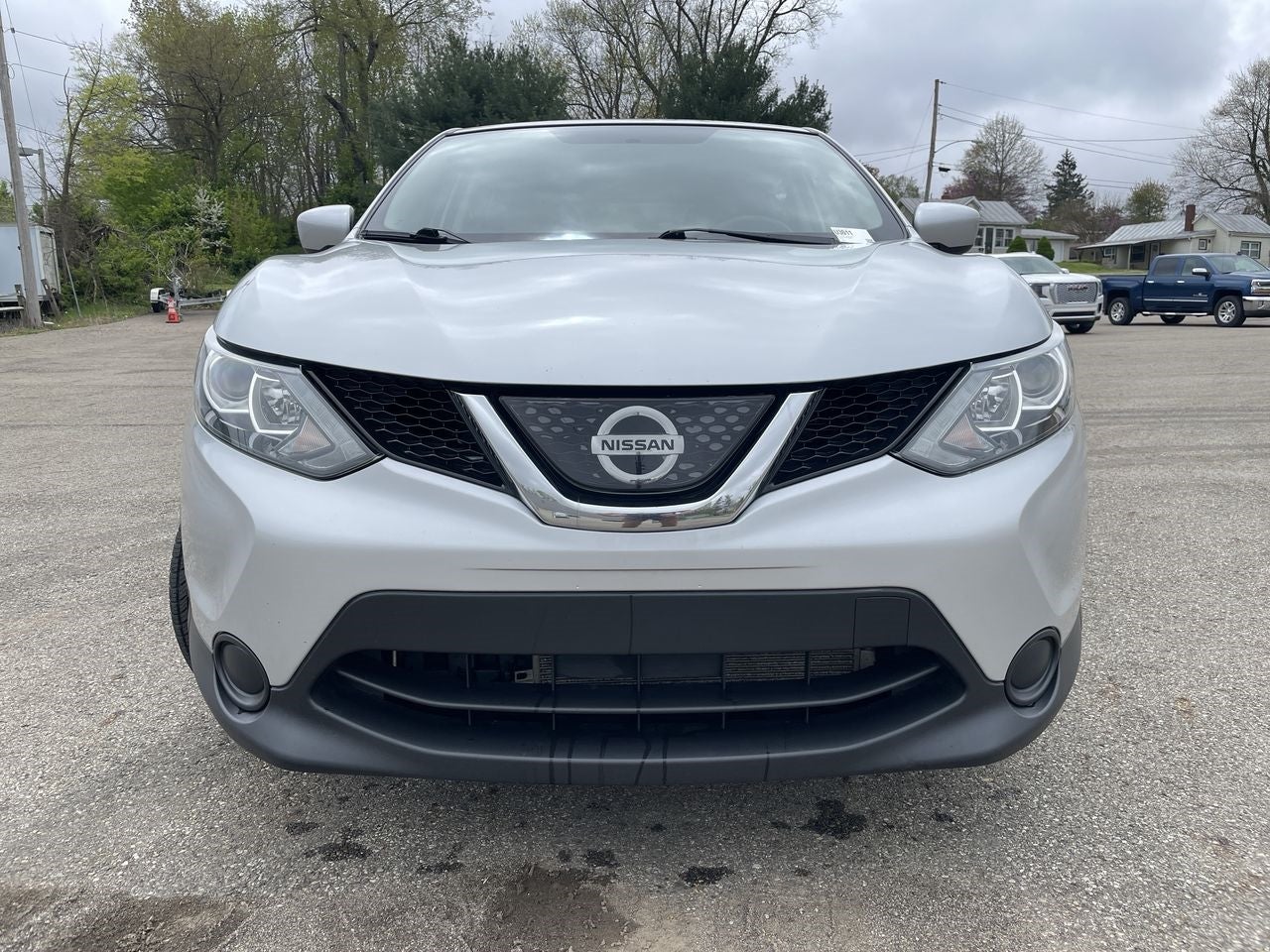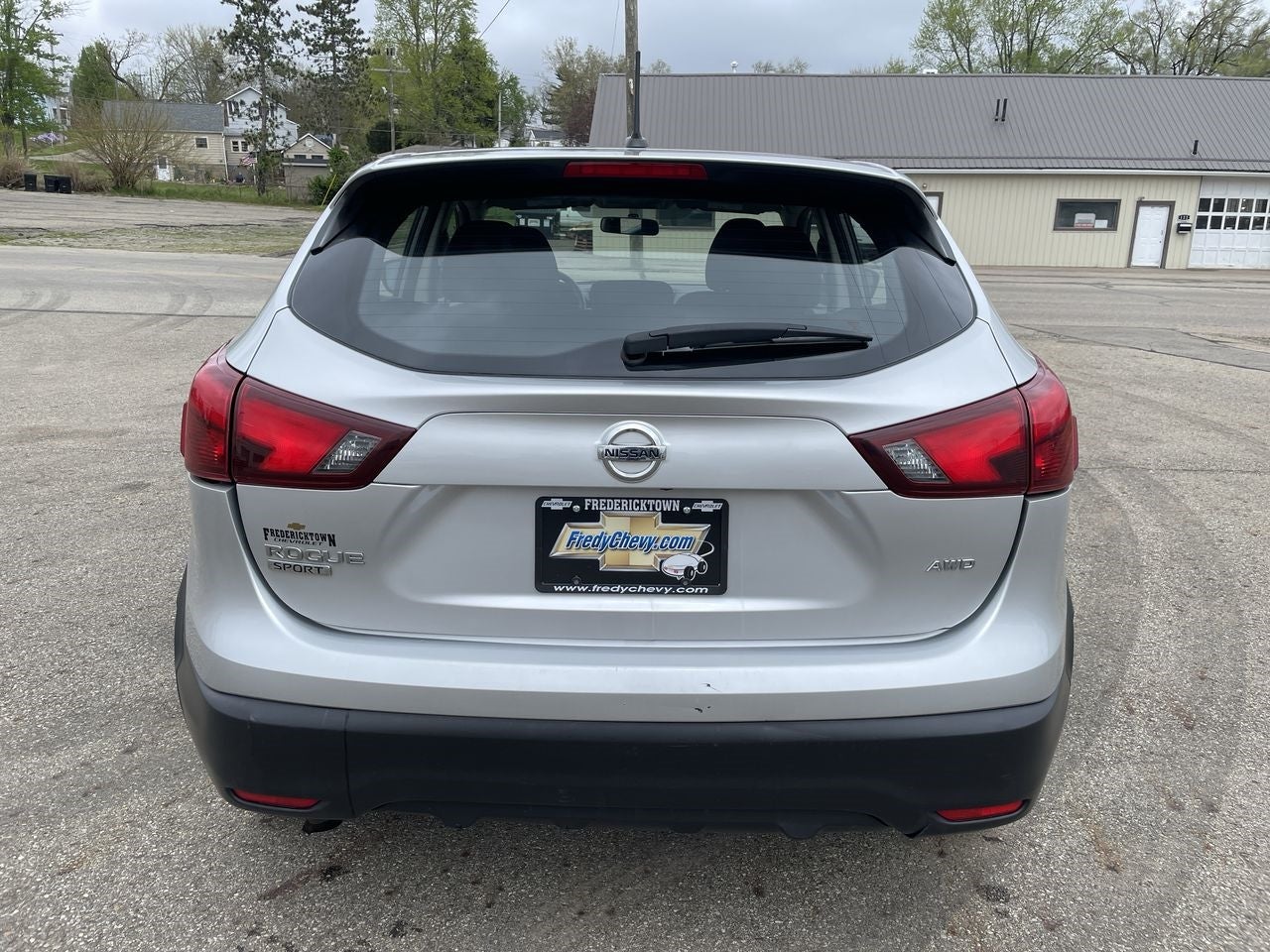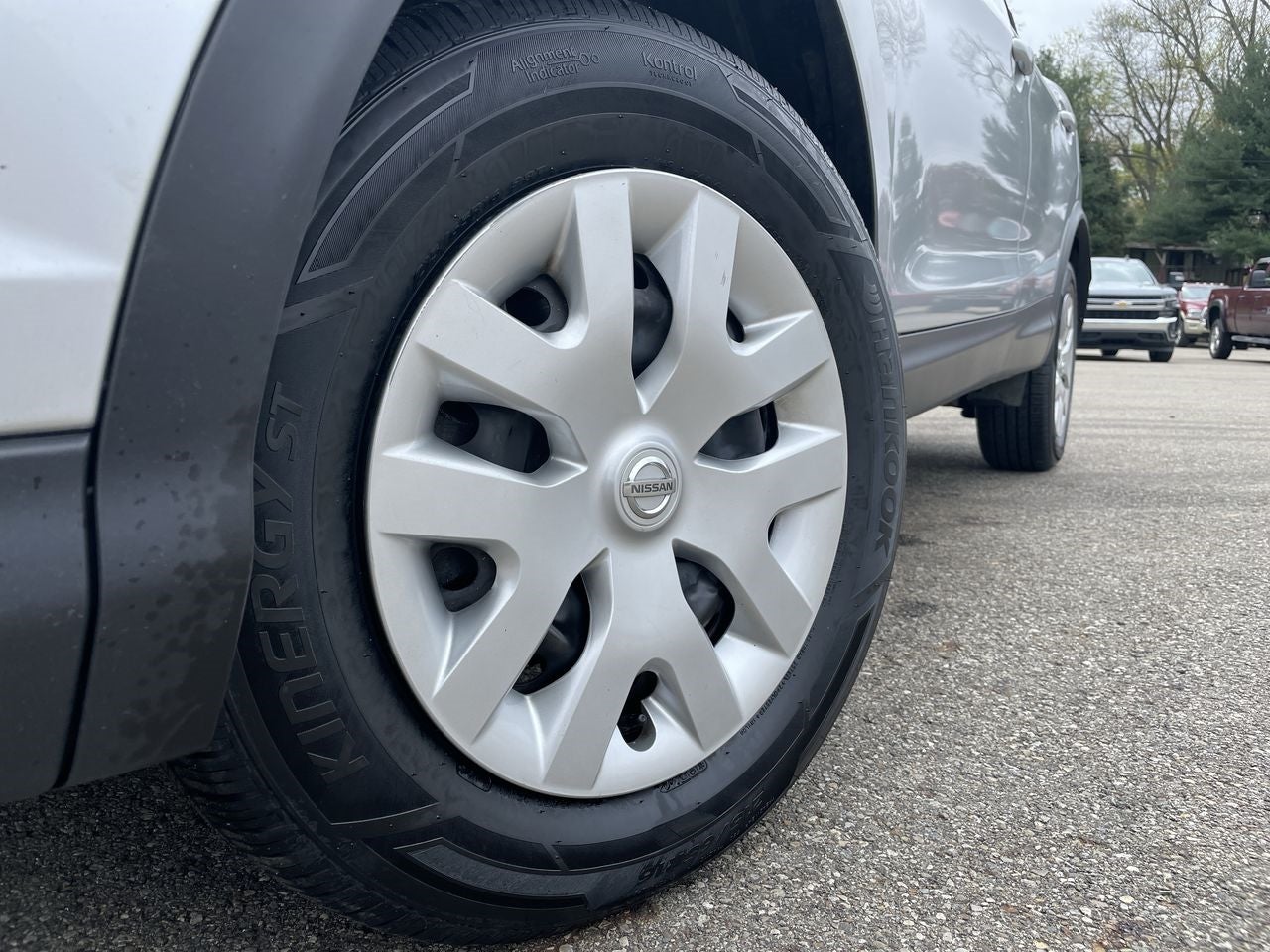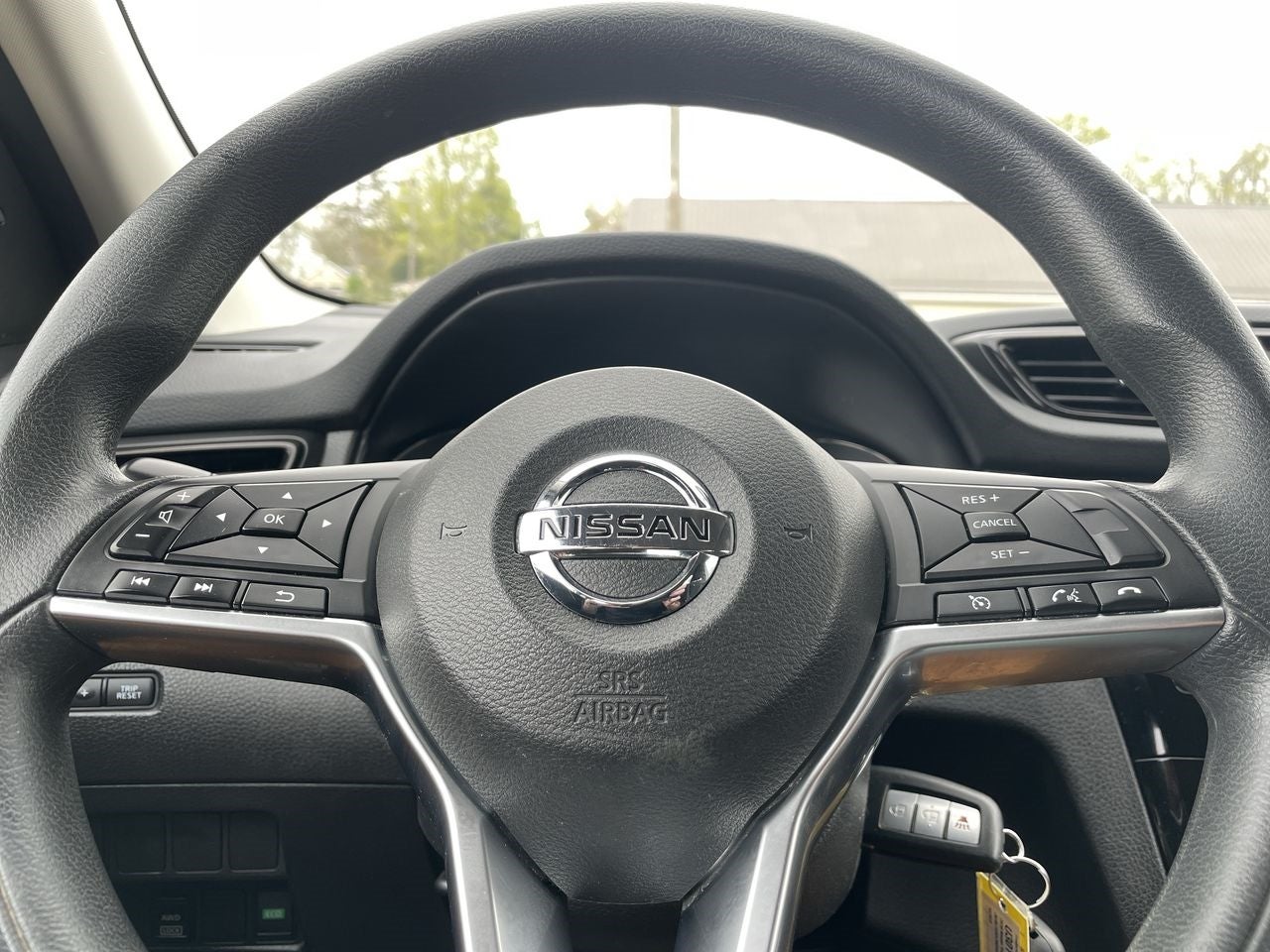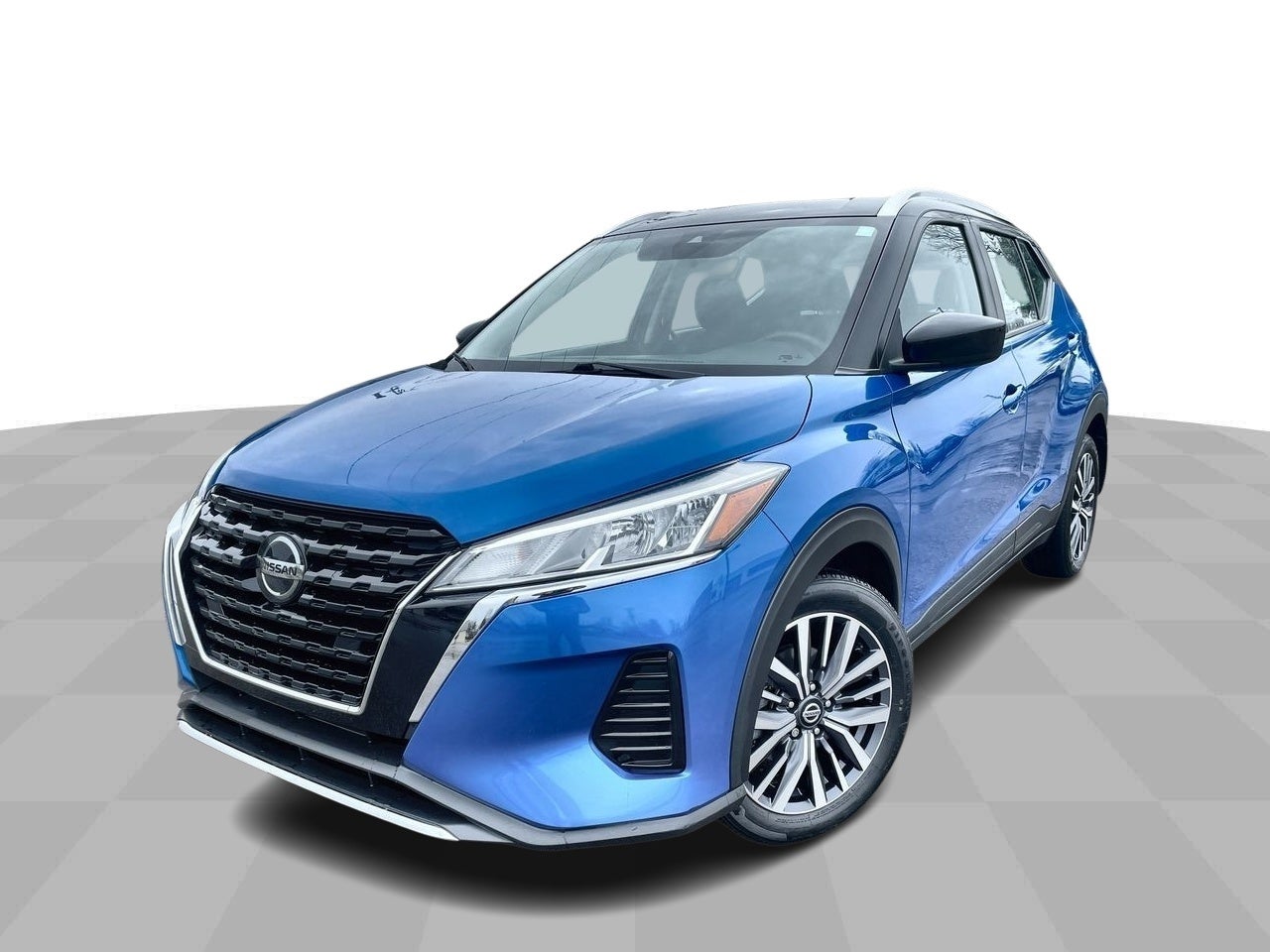2018 Nissan Rogue Sport S
-
$11,442 Fredy Price
Visit our Store
- Fredericktown Chevrolet
-
109 Bollinger Dr.
Fredericktown, OH 43019
- Sales: 740-848-5999
- Service: 740-848-6999
- Parts: 740-848-5666
- Body Shop: 740-848-5368
Vehicle Information
-
Condition Used
-
 Body Style Sport Utility
Body Style Sport Utility -
Exterior Color Silver
-
Interior Color Gray
-
Mileage 136,013
-
 Engine 2L I-4 gasoline direct injection, DOHC, CVTCS variable valve control, regular unleaded, engine with 141HP
Engine 2L I-4 gasoline direct injection, DOHC, CVTCS variable valve control, regular unleaded, engine with 141HP
Highlighted Features
- Bluetooth®
- 4WD/AWD
- Aux Input
- Emergency Brake Assist
- Blind Spot Monitor
- Forward Collision Warning
- Satellite Radio
- Speed Sensing Wipers
- Cruise Control
Dealer Comments
CARBRAVO CERTIFIED! THIS VEHICLE COMES WITH A LIMITED POWERTRAIN WARRANTY! ASK US FOR A COPY OF THE INSPECTION!
Brilliant Silver Certified. 2018 Nissan Rogue Sport S AWD CVT with Xtronic 2.0L DOHC
24/30 City/Highway MPG
We try to make everything as easy as possible for you, our guest. Reach out to us in any fashion you like for information or to start your process. We look forward to serving you!!
All Features
- Rear head restraint control: 3 rear seat head restraints
- Seating capacity: 5
- Bucket front seats: Separate driver and front passenger seats with individual control are provided.
- Cabin air filter: A system that filters the air before it enters the passenger compartment of the vehicle.
- Rear seatback upholstery: Carpet rear seatback upholstery
- Interior accents: Chrome and metal-look interior accents
- Cloth seat upholstery: The seating surfaces are covered in cloth.
- Front seatback upholstery: Cloth front seatback upholstery
- Headliner material: Cloth headliner material
- Cloth rear seat upholstery: The seating surfaces are covered in cloth.
- Manual reclining driver seat: The seatback angle is manually adjustable.
- 6-way driver seat: The seat provides a variety of adjustments to enhance seating comfort.
- Rear seats fixed or removable: Fixed rear seats
- Fold forward seatback: The seatback folds forward to rest on the seat cushion.
- Passenger seat direction: Front passenger seat with 4-way directional controls
- Front seat center armrest: A single center armrest divides the front seating positions.
- Full floor coverage: The entire passenger compartment floor is covered with flooring material.
- Full floor coverage: The entire passenger compartment floor is covered with flooring material.
- Headliner coverage: Full headliner coverage
- Height adjustable front seat head restraints: The head restraint(s) can be adjusted up or down.
- Height adjustable rear seat head restraints: The head restraint(s) can be adjusted up or down.
- Lightly tinted windows: The vehicle's glass is lightly tinted.
- Manual air conditioning: The air conditioning requires manual selection of operation mode, temperature and fan speed.
- Front head restraint control: Manual front seat head restraint control
- Rear head restraint control: Manual rear seat head restraint control
- Manual telescopic steering wheel: The distance of the steering wheel from the driver is manually adjustable.
- Manual tilt steering wheel: The angle of the steering wheel is adjustable manually.
- Door panel insert: Metal-look door panel insert
- Manual reclining passenger seat: The seatback angle is manually adjustable.
- Rear bench seat: A bench seat provides a common seating surface for all rear passengers.
- Rear console ducts: HVAC ducts are located on the back of the front console which direct airflow to the rear passenger compartment.
- Rear seat center armrest: A center rear armrest divides the seating positions.
- Rear underseat ducts: Rear underseat ducts direct HVAC airflow to the rear passenger compartment from under the front seats.
- Gearshifter material: Urethane gear shifter material
- Steering wheel material: Urethane steering wheel
- Manual air conditioning: The air conditioning requires manual selection of operation mode, temperature and fan speed.
- 12V power outlet: A single 12-volt DC power outlet is provided.
- 2 seatback storage pockets: Two seatback storage pockets are provided.
- Number of beverage holders: 6 beverage holders
- Key integrated remote control: The keyfob and ignition key are integrated into one unit.
- Auto-locking doors: All doors are automatically locked when the vehicle is put into gear or a pre-determined speed is reached.
- Battery charge warning: A message, or specific light illuminates to indicate the vehicle's charging system is not producing acceptable levels.
- Cargo space concealed storage: A covered storage space is provided in the cargo area of the vehicle.
- Cargo light: A light provides illumination in the cargo area.
- Cargo tie downs: Cargo tie downs are secure mounting points in the cargo area designed to hold cargo firmly in place.
- Carpeted cargo space floor trim: The cargo area floor is covered with carpet.
- Passenger doors rear left: Conventional left rear passenger door
- Passenger doors rear right: Conventional right rear passenger door
- Covered floor console storage: The floor console offers a covered space to store items.
- Cruise control with steering wheel mounted controls: Cruise control maintains a preset vehicle speed; automatically increasing or decreasing throttle to maintain that speed.
- Day-night rear view mirror: An interior, rear-view mirror that has a manually operated switch that adjusts the mirror slightly, up or down, to reduce glare from traffic at night.
- Multi-level cargo floor: The floor of the cargo area can be set at different heights.
- Passenger door bin: The inner door panel has an integrated storage bin.
- Driver foot rest: The driver's foot rest, or dead pedal, is located on the left side of the driver's footwell.
- Driver information center: A driver information center is a display screen that provides the driver with vehicle information and/or warnings in graphical and/or textual form.
- Driver vanity mirror: The visor has a mirror incorporated into its design.
- Tire fill assistant: When filling the tires, the vehicle uses the horn and/or lights to indicate when the correct pressure has been reached.
- Exterior temp display: Displays the temperature of the ambient air outside the vehicle.
- Fixed interval rear wiper: A fixed interval rear wiper has a setting for non-adjustable, delayed wiping.
- Rear windshield: Fixed rear windshield
- Third-row windows: Fixed third-row windows
- Front beverage holder(s): An area is provided to securely hold beverages.
- Front reading lights: Spot lighting is provided for the driver and front passenger that is brighter and more focused than the dome lamp.
- Full floor console: A full floor console separates the front seating areas and divides the footwell.
- Heated rear wiper park: A heating element is embedded in the glass at the position where the wipers rest when not in use.
- Illuminated glove box: The glove box is equipped with a light that automatically turns on when the glove box is opened.
- Illuminated glove box: The glove box is equipped with a light that automatically turns on when the glove box is opened.
- In-dash clock: A digital clock is displayed somewhere on the instrument panel other than within the radio display.
- Keyfob activated door locks (all doors): A handheld keyfob capable of remotely operating all the door locks.
- Liftgate rear cargo door: Access to the cargo area is gained via a large rear door that opens upwards. This door may also contain the rear windshield of the vehicle.
- Low fuel warning: A message, or specific light illuminates to indicate the vehicle will run out of fuel soon, and refilling the tank is required.
- Mechanical cargo area access remote release: A remote release provides access to the cargo area through mechanical linkage, with the lever located in the passenger compartment.
- Manually folding passenger side door mirror: Manually folding exterior mirrors can pivot on a joint to bring the mirror housing closer to the vehicle body.
- Mechanical fuel filler door release: A remote release opens the fuel filler flap through mechanical linkage, with the lever located in the passenger compartment.
- Mini overhead console: A short console, mounted to the headliner of the vehicle, that may contain several useful features such as map lights and storage.
- Oil pressure warning
- Overhead console storage: An overhead storage compartment for items such as sunglasses or a garage door opener.
- Passenger vanity mirror: The visor has a mirror incorporated into its design.
- Plastic trunk lid trim: The inside of the trunk lid or cargo access door(s) is covered with plastic.
- Power door locks with 2 stage unlocking: A two-stage power door lock system can unlock the driver's door only or, if desired, all doors.
- Power passenger door mirror: The passenger side door mirror is adjusted from the interior of the vehicle by an electric switch, which can modify the angle of the mirror surface.
- Power first-row side windows: The first-row of glass on the side of the vehicle can be raised and lowered by electric motors.
- Power second-row side windows: The second-row of glass on the side of the vehicle can retract into the body electrically.
- Tailgate/rear door lock included with power doors locks: The tailgate/rear door locking is integrated into the rest of the power lock system just like any other door on the vehicle.
- Rear beverage holder(s): An area is provided to securely hold beverages.
- Trunk/liftgate ajar warning: A message, or specific light illuminates to indicate the rear cargo door/trunk/hatch or middle gate is open.
- Rear window defroster: Heating elements on the rear windshield.
- Rigid cargo cover: A cargo cover provides an added measure of security for personal property stored in the cargo area.
- Speed sensitive wipers: Speed sensitive wipers vary the pause between intermittent wipes according to the speed of the vehicle.
- Steering wheel mounted audio controls: Auxiliary controls for the audio system are located on the steering wheel.
- Tachometer
- Trip computer: A trip computer calculates and can display any, or all of the following functions: current fuel consumption, average speed, distance traveled, elapsed time, distance to empty and remaining fuel.
- Trip odometer: A trip odometer counts the miles or kilometers the vehicle travels and can be reset by the driver.
- Variable IP lighting: The intensity of the instrument panel lighting can be adjusted manually.
- Variable intermittent front windshield wipers: The vehicle's front wiper system has low and high speeds, as well as a variable intermittent setting to change the pause length between wipes.
- Shifter boot: Vinyl shifter boot
- Steel wheels: Basic steel wheels are stamped from sheet metal and are designed to accommodate full wheel covers.
- Number of doors: 4 doors
- Black bodyside cladding: Black bodyside cladding is a large piece of rubber, plastic, or vinyl that is attached to the lower half of the exterior side of the vehicle.
- Bumper rub strip front: Black front bumper rub strip
- Grille style: Black grille with chrome accents
- Bumper rub strip rear: Black rear bumper rub strip
- Window Trim: Black side window trim
- Wheel well trim: Black wheel well trim
- Door handle material: Body-colored door handles
- Door mirror style: Body-colored door mirrors
- Bumpers front: Body-colored front bumper
- Bumpers rear: Body-colored rear bumper
- Basecoat/clearcoat paint: A modern multi-layer paint with a layer of very durable clear paint covering the pigment or color layer.
- Steel spare wheel: The spare wheel is constructed of steel.
- Wheel covers: Full wheel covers
- Fully galvanized steel body panels: Galvanized steel body panels are found on the vehicle's entire exterior.
- Special paint: Monotone paint
- AS tires: All-season tires are designed to provide good all-around traction and handling, and a smooth, quiet ride in all conditions.
- Rear lip spoiler: A lip style rear spoiler is an additional, molded air foil piece attached to the rear of the vehicle. This type of spoiler has no gap between it and the vehicle.
- Spare tire mounted inside under cargo: The spare tire is carried in a compartment underneath the cargo floor.
- Door mirror type: Standard style side mirrors
- Fuel economy (city/highway/combined): 24/30/27 MPG
- Emissions: LEV3-ULEV70 emissions
- Emissions tiers: Tier 3 Bin 70 emissions
- First-row display screen: One or more screens are located in the vehicle's first row of seating.
- Satellite trial: 3 month satellite trial subscription
- Speakers number: 4 speakers
- LCD primary display size: 5 inch primary LCD display
- Radio: AM/FM/SiriusXM /satellite
- Auxiliary input jack: Any means of input that allows audio to flow from, and be controlled by, an external device through the vehicle's primary audio system. The most common forms of auxiliary audio input are: RCA or a 3.5 mm jack.
- Wireless audio streaming: This feature allows music to be transferred from a mobile device to the vehicle without the need to physically connect the two devices.
- CD-MP3 decoder: The CD player can play regular CDs and those recorded in the compressed MP3 digital format.
- CD player located in dash: The CD player is located in the dash of the vehicle.
- External memory control: The vehicle can directly access and control digital memory stored on a hard-drive or memory card/stick. Digital memory can contain audio, video, pictures, or general files.
- Integrated roof antenna: The antenna that receives AM/FM broadcasts is mounted on the roof of the vehicle.
- Radio data system (RDS): The audio system is capable of receiving a Radio Data System (RDS) sub-channel, broadcast by some radio stations, which contains identification and programming information.
- Seek scan
- CD: Single-disc CD player
- Voice activated audio controls: The audio system functions respond to voice command.
- Speed sensitive volume: An automatic volume that increases/decreases the volume of the audio system based on vehicle speed.
- Speakers: Standard grade speakers
- Horsepower: 141 HP @6000 RPM
- Displacement: 2 L
- Steering type number of wheels: 2-wheel steering system
- Valves per cylinder: 4
- All wheel drive: All-wheel drive supplies power to both the front and rear axles all the time. Power is instantly redirected by the center differential to the wheels with greater traction when slip is detected. Unlike full-time 4-wheel drive systems, there is no 2-speed transfer case for 4WD Low operation.
- Alternator: The alternator is an electromagnetic device that converts mechanical energy into electrical energy.
- Automatic full-time 4-wheel drive: In normal driving conditions, automatic full-time 4-wheel drive directs power to one axle, or 2-wheel drive. When the primary axle senses wheel spin or slippage, some or all available torque is automatically transferred to the secondary axle. No driver input is required. The system may or may not have 4WD-Low capabilities.
- Battery run down protection: Battery run-down protection automatically turns off interior lights and accessory power after a set time period, or when the battery power level reaches a predetermined point, in order to prevent excessive power drain on the battery.
- Brake actuated limited slip differential: A brake actuated limited slip differential uses the anti-lock brake wheel sensors to detect wheel slip and automatically pulses the brakes, simulating the effects of a limited slip differential.
- Driver selectable steering effort: The steering effort can be selected by the driver.
- Electric power-assisted steering: An electric power-assisted steering system replaces the traditional hydraulic system with a dedicated electric motor and sophisticated electronics.
- Electronic transfer case shift: 4-wheel drive is engaged electronically, using convenient button or switch controls.
- Four channel ABS brakes: Four channel ABS monitors and operates on each wheel individually.
- Front and rear ventilated disc brakes: The superior braking characteristics of 4-wheel disc brakes are augmented by incorporating channels, or vents, to promote air circulation. This provides better heat dissipation for cooler operation to maximize braking effectiveness.
- Front anti-roll bar: An anti-roll bar, also called anti-sway or stabilizer bar, is a transversely mounted link connecting the right and left sides of the suspension. Body roll or individual wheel movement causes the bar to twist, adding its own spring rate to that of the vehicle's springs to help reduce body roll.
- Front coil springs: A spiral-shaped spring that can be compressed or extended without permanent deformation.
- Gas-pressurized front shock absorbers: A shock absorber, also known as a damper, is a cylindrical device that prevents a vehicle's springs from continually bouncing up and down. Energy caused by axle motion is converted into heat, dissipating the energy through hydraulic fluid before it reaches the vehicle body. Pressurized nitrogen gas prevents aeration (formation of air bubbles) of the hydraulic fluid in the shock absorbers, which can occur during hard use and diminish effectiveness.
- Powertrain type: ICE
- Independent front suspension: Independent front suspension allows either wheel to track over road imperfections with minimal effect on the opposite wheel.
- Independent rear suspension: An independent rear suspension allows either wheel to track over road imperfections with minimal effect on the opposite wheel.
- Battery type: Lead acid battery
- Multi-link rear suspension: In this independent rear suspension, three or more lateral arms and one or more longitudinal arms are used to locate the rear wheels and to absorb braking and acceleration forces.
- Permanently locked 4WD wheel hubs: The front hubs are permanently engaged to transmit power to the wheels.
- Rack-pinion steering: Rack-and-pinion steering is a simple and direct system that uses a gear (pinion) meshing with a toothed bar (rack) to directly actuate the steering linkage.
- Rear anti-roll bar: An anti-roll bar, also called anti-sway or stabilizer bar, is a transversely mounted link connecting the right and left sides of the suspension. Body roll or individual wheel movement causes the bar to twist, adding its own spring rate to that of the vehicle's springs to help reduce body roll.
- Rear coil springs : A spiral-shaped spring that can be compressed or extended without permanent deformation.
- Fuel Type: Regular Unleaded
- Regular grade rear springs: Springs are an integral part of a vehicle's suspension system. They control motions and absorb impacts caused by tires passing over uneven road surfaces to reduce the effect on the vehicle body and spreading the weight of a load more widely over the vehicle's chassis.
- Spark ignition system: Contemporary ignition systems provide a high level of spark energy to ensure ignition under a wide variety of operating conditions
- Speed sensitive power steering: Speed sensing steering governs the amount of power assist inversely proportional to speed. The system provides greater assist when the vehicle is moving slowly, decreasing assist as speed increases.
- Stainless steel exhaust system: Stainless steel construction is used for the exhaust system.
- Regular ride suspension: A regular ride suspension provides riding comfort in typical driving situations.
- Strut front suspension: A strut suspension uses an elongated type of shock absorber (strut) that provides a dampening function and structural support for the vehicle suspension.
- Seatbelt pretensioners number: 2 seatbelt pre-tensioners
- 4-wheel ABS brakes: 4-wheel anti-lock brakes use computer-controlled sensors to continuously monitor the rotational speed of each wheel. When impending wheel lockup is detected the computer signals the hydraulic system to pump the brakes more quickly than human reflexes permit.
- 4 wheel disc brakes: 4-wheel disc brakes consist of a disc at each wheel that rotates at wheel speed, straddled by a caliper that squeezes the disc (rotor) with friction pads to provide braking.
- 6 airbags: Airbags are designed to cushion the occupants' impact and therefore reduce the possibility of serious injury in the event of a crash.
- Airbag occupancy sensor: Determines if a seat is being used, either by weight and/or occupancy position sensors within the seat. These factors help to determine which airbags should and should not inflate, and the intensity with which they should deploy, in the event of a collision.
- Analog instrumentation display: The majority of the instrument cluster gauges are a traditional analog style or are a digital representation of analog gauges and their movement.
- Auto off headlamp control: This feature automatically turns off the headlamps when the vehicle is turned off.
- Forward collision mitigation: The vehicle is equipped with a system that senses, and then prepares, the vehicle and/or occupants, for an impending forward collision.
- Blind spot warning: A blind spot detection system will alert the driver when another vehicle is within the warning zone.
- Brake assist: Brake assist senses panic braking from the speed of the brake pedal's travel and applies all available power brake boost.
- Curtain first and second row overhead airbags: Airbags are designed to cushion the occupants' impact and therefore reduce the possibility of serious injury in the event of a crash.
- Driver front impact airbag: Airbags are designed to cushion the occupants' impact and therefore reduce the possibility of serious injury in the event of a crash.
- Electronic stability control: Electronic stability control monitors and compares vehicle dynamics to driver input (steering/braking/speed). When oversteer (fishtailing) or understeer (plowing) is detected, the computerized system engages the traction control and anti-lock brake systems in an attempt to control skidding.
- Fade dome light: A fade dome light remains on for several seconds after the door(s) have been shut, then slowly begins to dim until it has shut itself off.
- Height adjustable front seatbelts: The upper anchor point of the outboard front seats can be raised or lowered manually.
- Front seatbelt pretensioners: Pyrotechnic retractors quickly remove slack from the safety belts in a crash exceeding a preset level of severity.
- Halogen beam headlamps: Halogen headlamps are standard on most vehicles. They produce a bright white light.
- Center high mounted stop light: The auxiliary brake light (CHMSL) is located in a center position at the rear of the vehicle, higher than traditional brake lamps.
- Hill hold control: When starting from an incline position, the vehicle automatically applies brake force to prevent itself from rolling back.
- Illuminated entry: An illuminated entry system lights the interior before opening a door, and illumination is sustained for a period of time after a door is closed.
- Ignition switch illumination: The ignition switch is illuminated.
- Ignition immobilizer: Ignition immobilizer is a passive means of security. It consists of a transmitter embedded within the ignition key and a sensor located in the vehicle. These two circuits must be present, and must recognize each other before the vehicle will start.
- LED daytime running lights: Daytime running lights provide headlamp illumination as soon as the vehicle is started.
- Manual rear child safety locks: Child safety locks prevent the rear doors from being opened from the inside.
- Multiple enclosed headlamps: The headlamp system contains separate bulbs for the high and low beams. Both are located in the same housing behind a shatter-resistant transparent cover.
- Passenger front impact airbag: Airbags are designed to cushion the occupants impact and therefore reduce the possibility of serious injury in the event of a crash.
- Projector beam headlamps: Projector beam lamps focus light in a precise pattern and project it downward and onto the roadway.
- Rear collision warning: The vehicle is equipped with a system that senses, and warns of an impending rear collision.
- 3-point rear center seatbelt: A 3-point seatbelt offers enhanced center occupant protection by providing a belt that crosses the lap and the chest.
- Rear camera: The vehicle is equipped with a camera that displays an image of the area behind the vehicle on an interior display.
- Remote activated perimeter approach lighting: Perimeter approach lighting provides illumination around the vehicle as the owner approaches and unlocks the vehicle with the keyfob.
- Panic alarm: A button on the remote keyfob that, when pressed, will activate the vehicle's horn or siren, interior lights, and cause the exterior lights to flash.
- Seat mounted driver side impact airbag: Airbags are designed to cushion the occupants' impact and therefore reduce the possibility of serious injury in the event of a crash.
- Seat mounted passenger side impact airbag: Airbags are designed to cushion the occupants' impact and therefore reduce the possibility of serious injury in the event of a crash.
- Security system: The vehicle is equipped with a means of anticipating and/or detecting unwanted vehicle intrusion.
- Low tire air pressure warning (tire specific): A message, or specific light illuminates to indicate exactly which tire is under inflated or will display the exact pressure in each tire. Some systems also monitor the spare tire.
- 1 USB port: A Universal Serial Bus (USB) allows connection, data transfer, and/or power supply between the vehicle and electronic devices.
- Wireless connectivity: Otherwise known as Bluetooth®, this technology allows electronic devices to integrate with the vehicle systems without the need for a physical connection between them.
- City: 0
- Hwy: 0
- Combined: 0
- Fuel Tank Capacity: 0
- Fuel Type: Regular Unleaded
- Horse Power: 141
- Trailering Capacity: 0
MPG estimates on this website are EPA estimates; your actual mileage may vary. For used vehicles, MPG estimates are EPA estimates for the vehicle when it was new. The EPA periodically modifies its MPG calculation methodology; all MPG estimates are based on the methodology in effect when the vehicles were new (please see the ?Fuel Economy? portion of the EPA?s website for details, including a MPG recalculation tool).
MPG estimates on this website are EPA estimates; your actual mileage may vary. For used vehicles, MPG estimates are EPA estimates for the vehicle when it was new. The EPA periodically modifies its MPG calculation methodology; all MPG estimates are based on the methodology in effect when the vehicles were new (please see the ?Fuel Economy? portion of the EPA?s website for details, including a MPG recalculation tool).



